NARRATIVE 2
The Artist's Zoo [TAZ]
[concept]art by Paul McLean
For the Society for the Prevention of Creative Obsolescence
[ARTIST STATEMENT]
1
“Fact is better left to fiction.” – Jerry (The Zoo Story, by Edward Albee)
[I need to record the phases of emergence in the narrative. – PJM]
In 2005, I was a participant in the East Austin (TX) Studio Tour [EAST], at Pump Project/Shady Tree Studios. At some point during the tour weekend I came to the realization that my bad attitude towards studio tours, as a general proposition, derived from a weird, intellectual linkage my brain had forged between two phenomena that most people wouldn't naturally or readily compare in any apples-to-apples way.
My mind had asymmetrically contrived a structural connection between artist studio tours and zoos. I was equating the artist and the zoo animal. I think I still do.
∞
[User #46 comments at Bushwick Manifesto, a Tumblr project]
What is it about the artist that the non-artist finds so alluring, scary and exotic? Is it our proclivities for transgression? Our bohemian lifestyles? Our wild fashion instincts?
I suppose the culturista could compose a list of reasons artists and art studio pique the public, but it would just be anecdotal, because artists are resistant to definition, especially the high kind.
Abject? Check. Precarious? Check. Dark Matter? Check.
Hell, the NEA of recent years has a tough time even defining “art” and “artist.” They can’t even figure out what categorical cage we belong in!
Talk about a crazy artsy nature! In Bushwick, the freewheelin’ artoidz can stiffen the twisted upper lip of the snark dispensing NY Times culture critic, Guy Trebay, which is an impressive feat. Just read his idiotic piece on BOS2013 [“At Every Turn, Another Strange World” (June 6, 2013)]. Trebay sounds like a guy shopping in SOHO who ends up at the Monkey House in the Bronx! Definitely out of his element! ObvEOsLY out his comfort zone!
Go back to PACE! Stop ur haten & drift back to Rohatyn!
But b4 you jet on the L, Ante UP M-Fer!
BTW Whatever happened to the Gorilla Girlz?
4
[Excerpt from interview for podcast (with Milo Santini)]
PJM: Don't get me wrong. EAST was and is a terrific studio tour, one of the best in the country, thanks to the hardworking artist-organizers, the good people at Big Medium, and many others. This year’s EAST will be the 13th, and the event enjoys sustained community and commercial support. Presenter Big Medium gets funding from the City of Austin, Texas Commission on the Arts and private donors.
…
MILO: In truth, most of the studio tours I've encountered are fun and worth the effort. Over the years I have covered, participated in, and attended a fair number of them. I have a few favorites. Studio tours (and visits) are preponderantly pleasant affairs, because most artists are as a class pretty pleasant and social.
PJM: Let's face it. It's such a generous act for the artist to invite the general public to inspect the artist's studio. Doctors don't have anything similar. Neither do attorneys, plumbers, mechanics... Most professions don't put together tours of offices and warehouses and the like, except as highly managed PR affairs, which is hardly what most artist studio tours turn out to be. It's doubtful many people would come to those other types of tours, if the other (less-cool-than-artist) professionals did produce tours.
…
MILO: On top of that, Artist studios are by and large unique. No two are the same, except in the interstices between artist-occupants, in industrial studio buildings, like the ones sprouting up all over the place in Bushwick, during which periods you have an empty, bare room with white walls. Over time, artist studios develop a patina. Think of Francis Bacon's, which is now enshrined in Ireland. I helped move stuff out of Sam Francis' in LA, after he passed away. Sam's couldn't have been more different than Bacon's.
2a
[Extracts from surveillance recording of phone contacts between artist X and artist Y (>12:48-13:12. 05/02/2013. X: 40.6942° N, 73.9186° W; Y: 35.6672° N, 105.9644° W. X =BB FDL0126518, VER XXXXXXXXXXxXX; Y =IP imei:010113005310121 ATT x2558; X+Y =+17/x2,55,98,48,x49,00,2y …)]
There's a macro-narrative, too, here, having to do with imaginary and real economics. Very few art districts in the US contain sufficient numbers of artists capable of sustaining yearly leases, especially expensive ones. In New York City, Los Angeles and other major metro centers with substantial creative class populations, a lot of artist studios aren't artist studios at all. They are studios for filmmakers, ad agencies, pre- and post-production media shops, digital workspaces, small manufacturers and craftspeople of many kinds, and so on. After all, the creatives are the ones who can fork out the rents for the mixed use commercial spaces in desirable or destination points in a city's cultural topography. As for painters and sculptors, in the fungible art world, they occupy a very tenuous ranking in the creativity complex. For those of us who came up in places like 1980s Santa Fe, like I did, hardly anyone BUT painters and sculptors were considered *real* artists. It helped that every other arts discipline's *practitioners* (relatively new terminology) didn't feel the need to identify as an artist to get the respect from anyone. Being a musician or dancer or actor was cool enough in its own right. The middle decades of the 20th Century were tough ones for academic artists, in terms of street cred. Artists didn't usually have to have five professional jobs to survive. Then, unlike now, temporary work between sales or shows - in galleries, foundries, frame shops, art supply stores, museums and schools - could support an artist, even those with families. Some had day jobs. That was before the exploitation racket for unpaid interns caught on. Cheap immigrant labor has also consumed a lot of jobs that used to keep artists from starving in America.
2b
[ibid.]
Anyway, I was talking about studios. During my Arts Management Masters study at the Drucker School, I met the lady – I forget her name - who at the time was in charge of cultural development in Santa Monica. They had generated a really powerful branding campaign for the city, and some stellar programs like the GLOW show. Santa Monica was touting itself as the most creative city per capita in the USA. During one of our classes with her, after listening to her present the data on how vibrantly creative Santa Monica was, I asked her how many artist studios were there. I think the first time I asked there two hundred and change. Over a couple years, that number would shrink substantially. There seemed to a big disconnect between the burgeoning creative population and the existence of the dedicated, actual architecture needed for art production. Santa Monica was really into creating a creative atmosphere, though. I guess I'm thinking about this a lot, after attending a panel discussion at CUNY's Graduate Center called the Politics of the Creative Economy and reading an article in the NY Times titled "Rising Rents Leave New York Artists Out in the Cold. Maybe I've been thinking about this for awhile. People are always talking about studios in Berlin. I think it's fairly easy to secure cheap studio space in Detroit. I built my own studio in Pecos, NM in 1989 or -90. It was 10' x 20' and cost about $800 to construct. Some friends came over to help me with the drywall and roof. I bought the beer. Maybe I should make a list of every studio I've ever occupied.
∞
[MTS #2004790451, 3/14/08, Claremont, CA 9:14AM]
A zoo is a place with a bunch of wild animals put on display in safely secured spectacles of artificial nature. Zoos fabricate non-threatening encounters with beasts as a form of entertainment. At a zoo, you can get pretty close to the non-human mammal, or reptile, or bird, or amphibian, or fish, or insect, minus the worry that the exotic creature will devour you or your children, sting you, maul you, spit on you, throw poop at you, whatever. A zoo is a wunderkammer populated with bodies of fur, fang, scales, wings and claw, not stuffed, but breathing, moving. Like a prison for animals who have committed no crime, except piquing human curiosity, zoos afford the person unused or afraid of nature on its own terms, to existentially grapple with a version of it on civilization's terms (which are not good for captive animals).
∞
[Resolve divergent characteristics, Paul! – MILO]
As you may have noticed, I not only consider artist tours bizarre. I think zoos are clearly oddities of civilization, particularly European and euro-affected civilization, which is responsible for the modern zoo concept. Morally, I think zoos are flat bad, and we should be rid of them. Do we know whether imprisoning animals for whatever purposes habituates us toward imprisonment, say, for people? Is it a slippery slope to butchery, cannibalism or torture? Consider also the hospitality factor. Does incarceration for zoo animals negate hospitality arrangements? Is this why, when a dopey kid falls into the lion’s den, they don’t eat him right away? Or does that happen just because the big cats are very well fed? Also, how do you configure the art school open studio phenom into this? In NYC, as the recent NYT article indicates, when bubble conditions are in effect, academic [BFA, MFA] hosted open studio weekends are feeding frenzy opportunity for speculative art investors and gallerists/brokers/agents, etc., on the prowl for the next big art star [nbas]. Is this scenario at all comparable to what happens at the South Orange Maplewood AST? …Just brainstorming here, on points of convergence, Milo!
1b
[Extract from digital recording (10-23-2012); recorded at Wyckoff-Starr; informal roundtable on TAZ, with Jez, Shane, Konstant, Atchu + Milo]
Yes, I do acknowledge that studio tours are an important tool in local art economies for building community, connecting artists with collectors, making artist life more transparent to non-artists, de-mystifying and democratizing the artist, and de-centralizing art markets that generally exist in urban environments, and so on. Many artists feel much empowered by the studio tour format. Hey, they must work! They're EVERYWHERE! Just ask the Google. Type in "artist studio tours USA" and check the results.
JEZ: Or they’ll check YOU, Lulz!
1c
[CONT’D]
KONSTANT: I suppose what I find objectionable about studio tours is the dynamic that seems common amongst them, which I would characterize as dimensional. I came up at a time and in a scene (Santa Fe, mid-80s), when the studio visit was a serious matter. In some places, like New York City, it often still is. Whether the invitee were another artist, a gallerist, a collector, an art writer, or whatever, the elder artists I knew treated this particular sort of exchange ritualistically, with gravitas. It was a very different scenario than, say, bringing the crew back to the studio after the bar closed, so the party could continue, which was also cool, but, like I say, different. The studio tour mostly obliterates that tradition. Tours only last a few days, so it shouldn't be a big deal, right? Another thing: I am an artist who didn't invite ANYONE to come to studio to visit for the first twelve or thirteen years I was painting. I think I imagined the studio as something like the Bat Cave, or Ali Baba's cave, or some other kind of magical, quasi-dangerous cave, but not like Plato's. A hideout, a lab, an asylum - my studio was this and more. It was the generator, the percolator, the mad den where the alchemy was done. It was a special place, for letting everything hang out, where great dead artists appeared in dope-soaked visions to encourage you, in the middle of the night, as you sobbed over that grand new painting, which by morning would be only another failed, flawed attempt. Finally, I got this vision, after visiting a studio tour, maybe in Dixon, New Mexico, or maybe it was Galisteo's or Pojoaque's or Eldorado's or Madrid's. I saw this kid with her mom and dad, framed like a children's book, pointing at this disheveled, grizzly old vato painter, slouched, miserable, suffering through the indignity of it all, a cigarette in one hand, a paper cup with Tequila in the other, paint all over his clothes, soft hat brim hiding his red eyes. The kid says, "LOOK, MOMMY, THE ARTIST IS SMOKING!!!" The dude just groans.
ATCHU: I realize it's not like that.
SHANE: ~ For most artists… Can we look at the pictures you shot of the last few, Bushwick Open Studios again, Paul? I really want to see the one with the naked girl in the mask and wheelchair, with that nutty mirror-covered dude pushing her down the street. Didn’t he about run you down?
MILO: You won’t see that shit anywhere else.
1d
[CONT’D]
PJM: (Back to Austin) At that time, my involvement in EAST took the form of an intervention, calling attention to the lack of press coverage for artists and art projects outside the nodes of UT-Austin, The Blanton (which is attached to UT-A), ArtHouse at the Jones Center and the Austin Art Museum (which merged in 2011 as AMOA-Arthouse, and in 2013 re-branded as The Contemporary Austin) and a few other art spaces and organizations. During the tour, I shut my studio door, posted photos and protest statements, etc., on the exterior, and refused attendees access. When a local arts reporter (Rachel Korper) drifted in with a crowd, we staged a photo-op that gave the impression I was berating the writer, while an angry mob cheered me on. The reality was a less rambunctious, coming across as not much more than artsy shenanigans. But our crew acted with discipline. It all happened pretty quick, impressively. Mulvany, the Irishman was perfect. Actually a “friendly;” Rachel kind of went with it in the moment, although she probably wasn’t pleased the next day, when the press blast appeared in her inbox (and the inboxes of Austin daily, weekly and monthly print editors), along with the candid photoset.
Anyway, the concept of "The Artist Zoo" was one of the derivatives of the intervention. The success of the direct action gave the alt.Austin movement some momentum. The subsequent collaborations were thereby invested with some agency and urgency. A stream of successful collective projects followed, like the successful art/exhibition + text collective Cantanker, which published until recently. The whole thing fed a number of other very positive developments in the blossoming Austin art scene, such as Co-Lab, which resonate through the present. Sometimes it just takes a dust mote shifting to start an avalanche.
3
For the 2014 Bushwick Open Studios Tour, I'm envisioning a new iteration of "The Artist's Zoo" [TAZ]. On my website [artforhumans dot com], in the AFH Projects section, I will be periodically posting progress reports on the production, concept ideas and art, models and other goodies. Really, I’m not entirely sure what it will look like, yet. My initial vision entailed staging a hyper- or parallel- or 4D alt.reality scenario and shooting it, then rear-projecting it on a screen at the Jefferson Street location, which would require removing or modifying the door. I also thought about constructing a 1/10 scale model, which would dovetail nicely with the Prop-Art production in the works for later this year. I have a vast database of studio documentation, dating to the early 90s, with a few shots of studios predating Santa Fe. The Statue of Liberty piece in process in the garage at my Beckley, West Virginia home, is a gem. I wish I had more images from Notre Dame. A lot of that has been lost over the years, trashed in transition, disappearing with dead digital drives and so on. Did it really even happen, if there’s not a photograph or video of it? The AFH Anarchives have been relatively assiduously maintained, with great attention paid to establishing a progressive history, a record, over time, from location to location, studio to studio, across the continent, around the globe, to Scotland and Switzerland, to Kauai… Turning fifty this month, I am reflective, searching the past for bits of information to assimilate into a big picture. There are questions. What if I had only had one studio all this time? I know a few artists with that kind of durational relationship with their studios. Only a few though. The laws and rules, the bad game of Property versus People, destroy that potential for almost everyone, including artists. It’s wasteful and stupid, and one big reason why artists in this regime tend to produce mediocre art. The problem is logistical, and the studio problem is a big part of it. In New York City, the worst solution is to rent from another artist. The landlord artist is a special breed of prisoner-guard/regime manager. I’m thinking of Django and Samuel Jackson’s character. Hey! Whatever you gotta do to get by!
∞
Let me just say, in my opinion, BOS2014 is the best I know of, all factors considered. The best in the world, right now. Can you believe it?! Arts in Bushwick is a terrific organization, and the attendees over the past few years I've participated in BOS have been remarkable, to say nothing (but good things) of the diverse and massive group of high-performing artists of every description who will be opening their doors to the world May 30th through June 1.

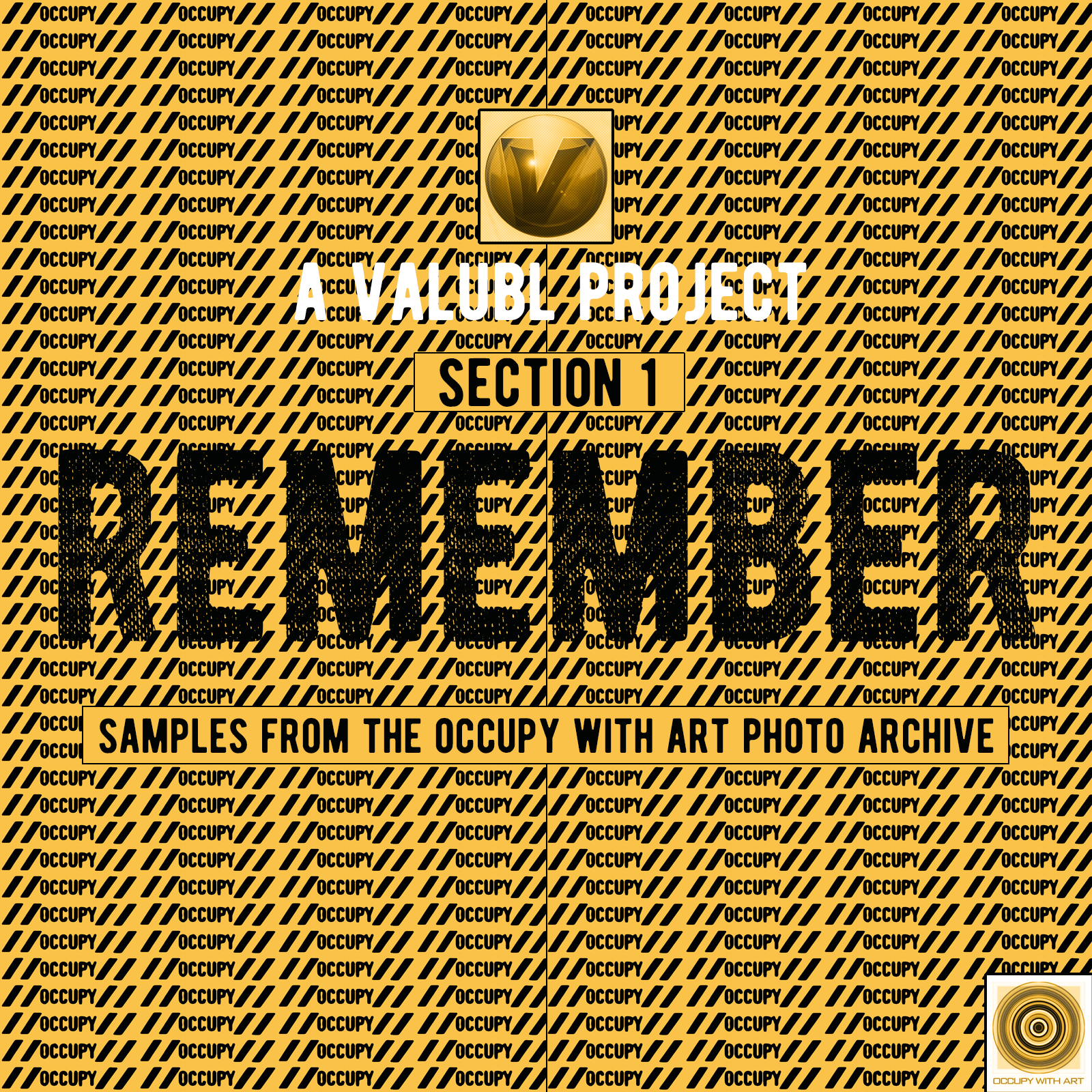
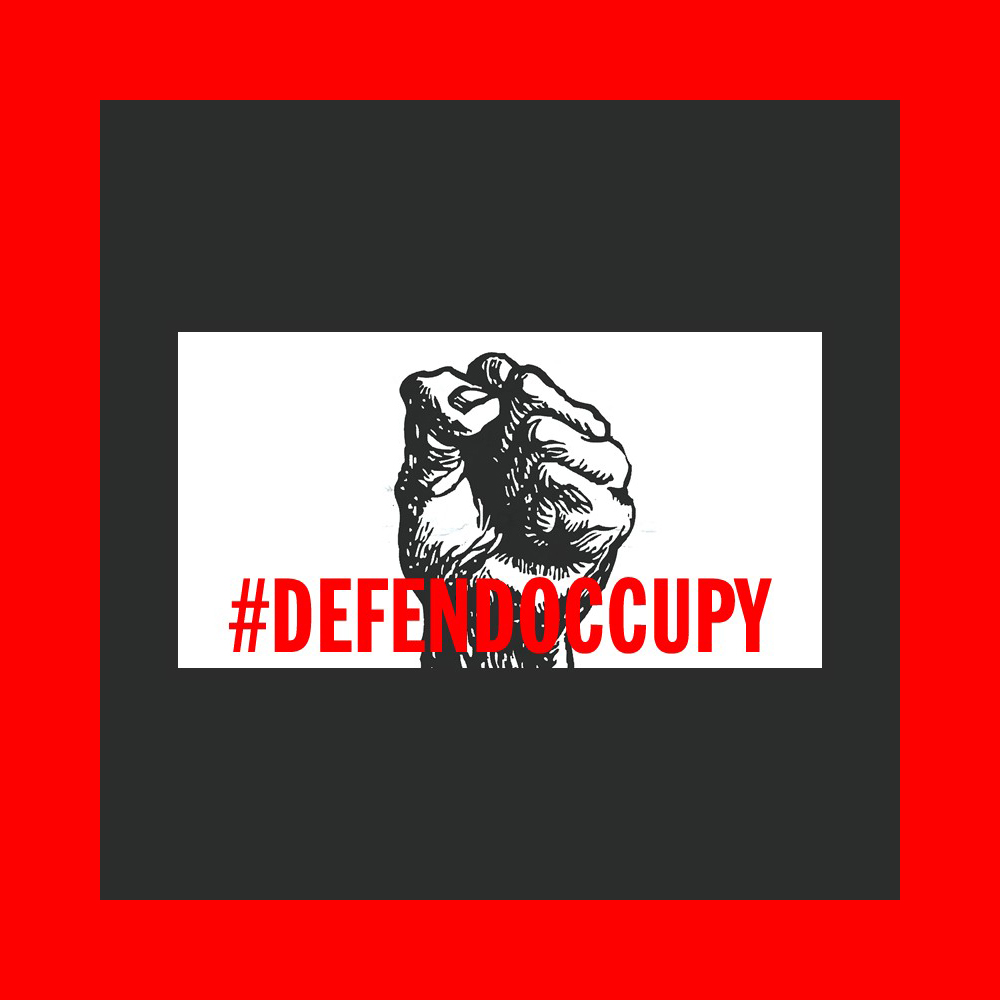
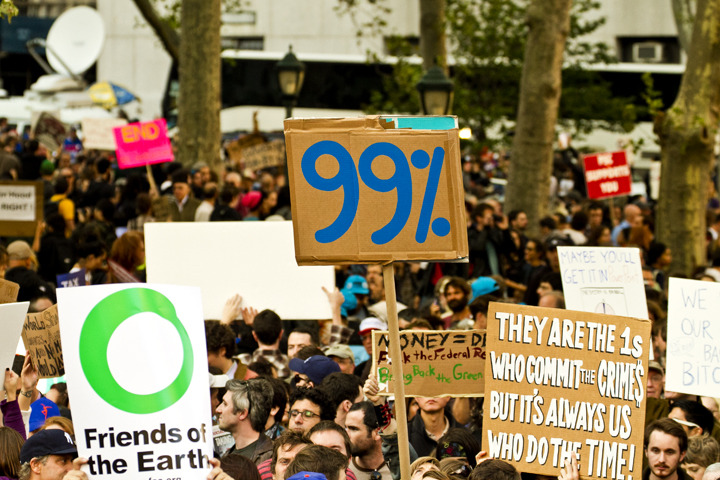
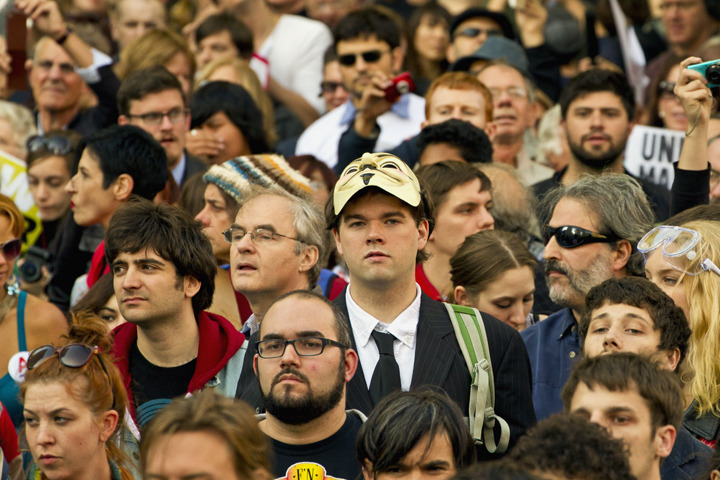
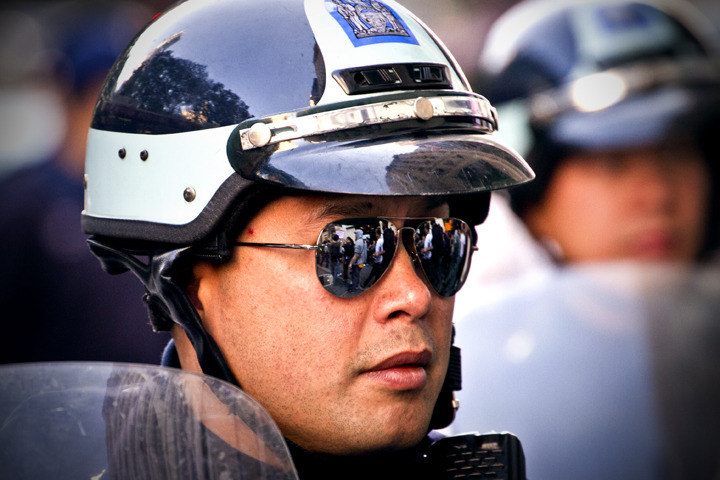

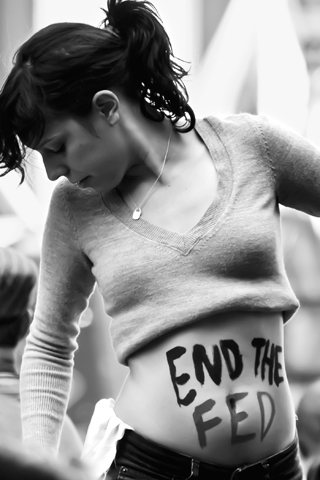
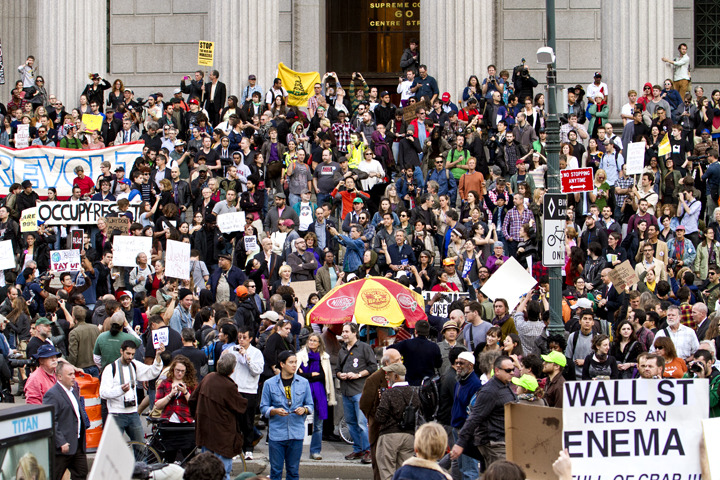





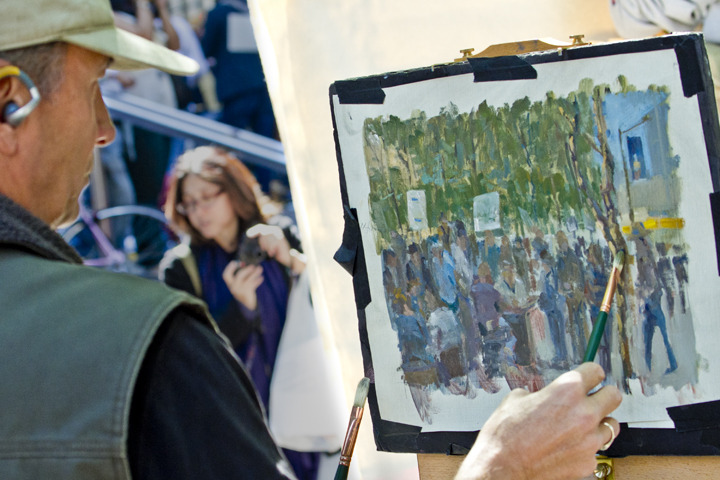

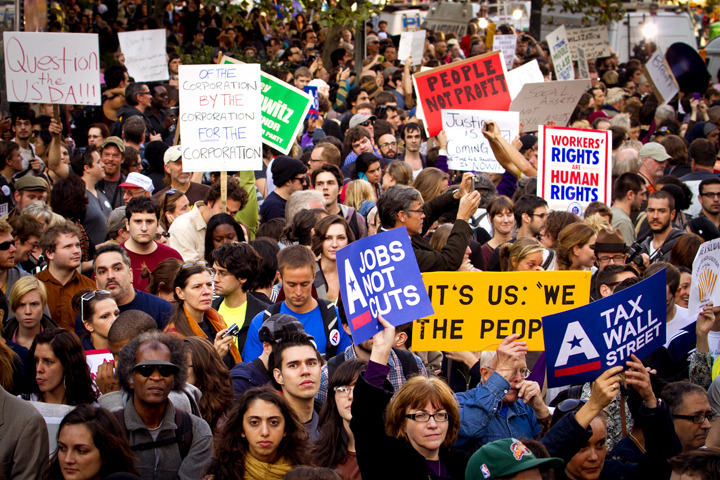

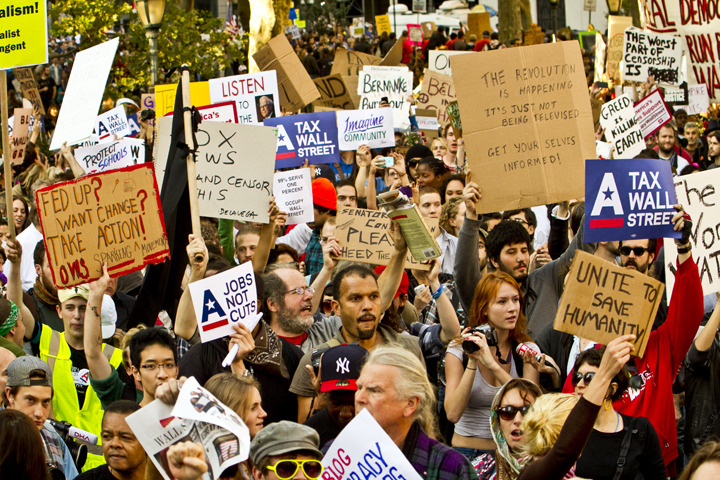
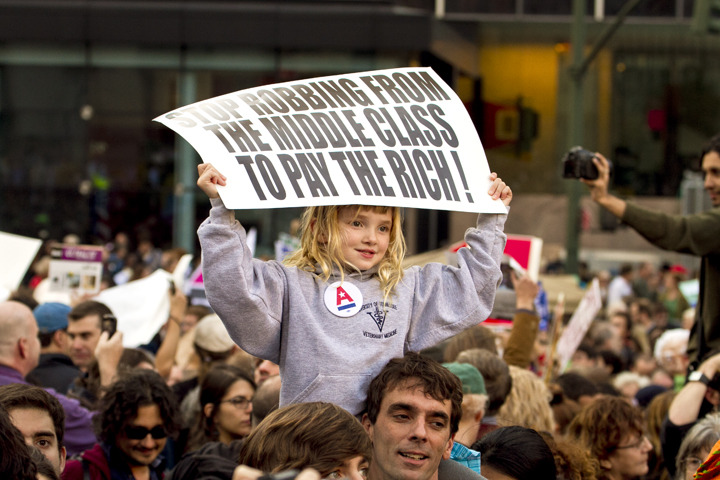
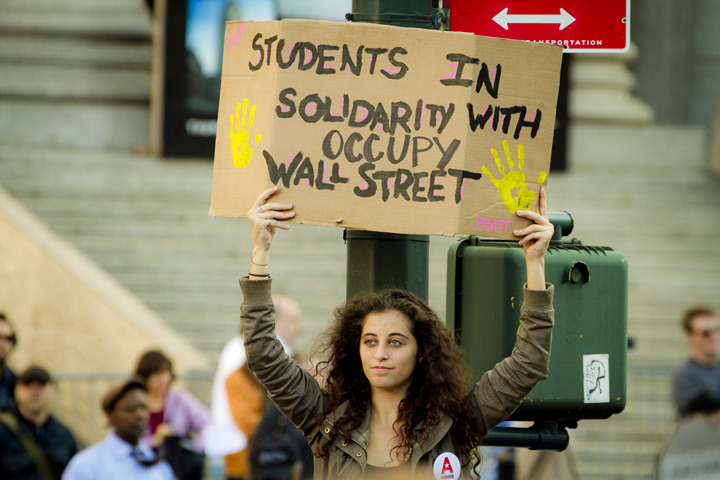
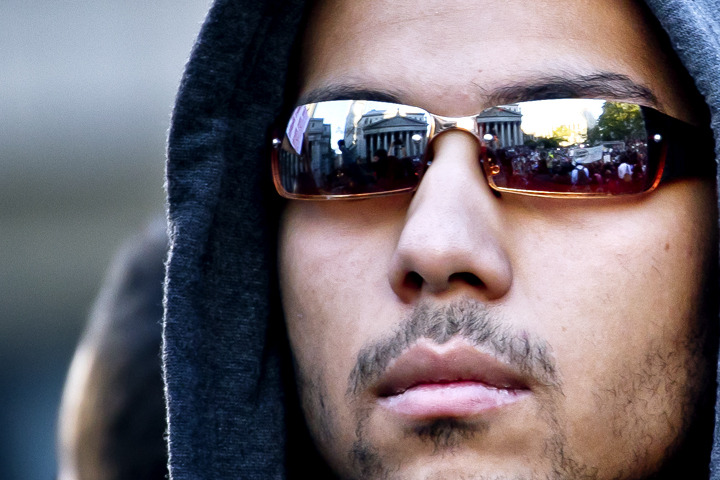



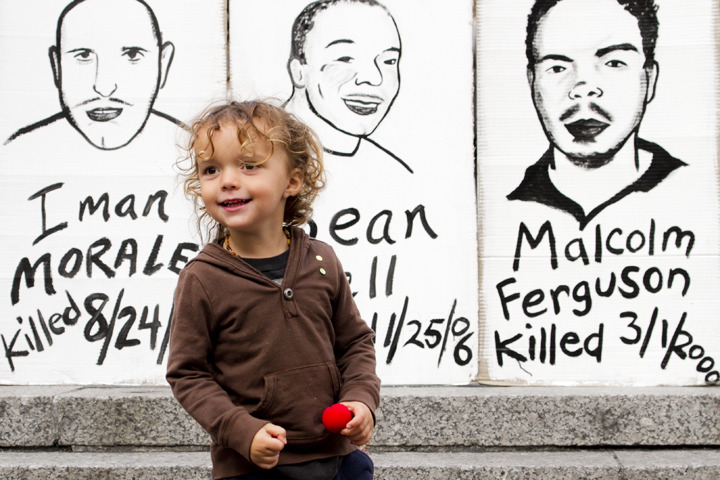
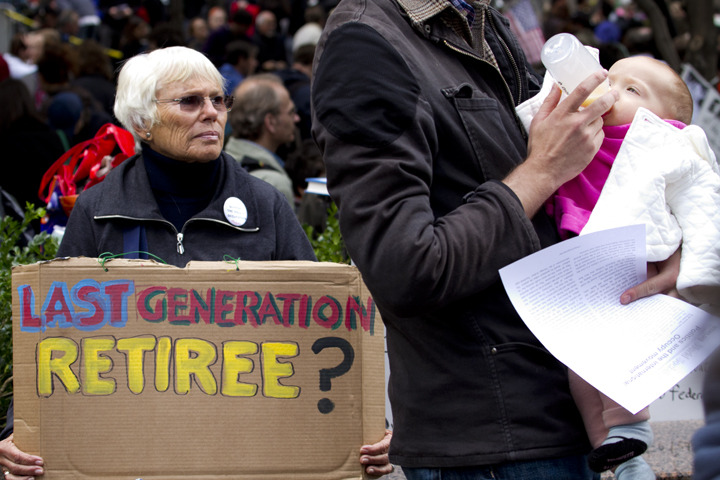


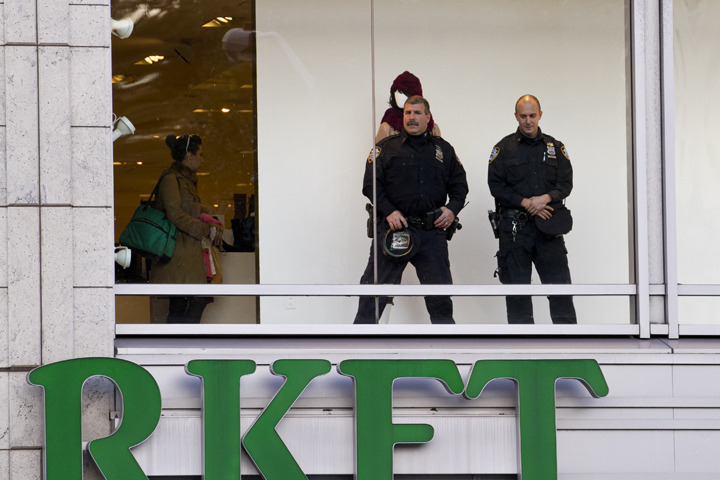
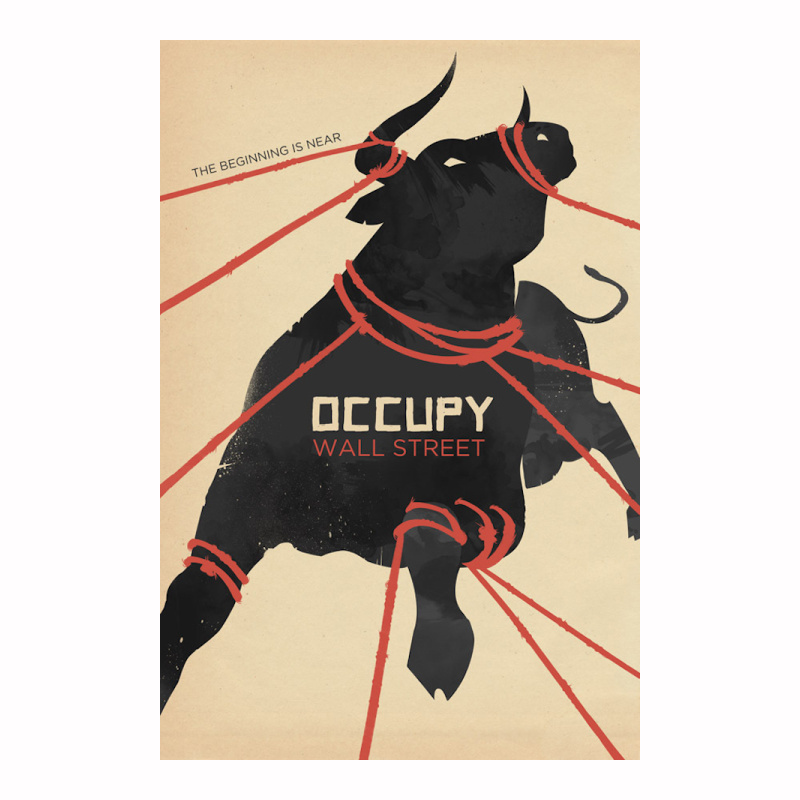






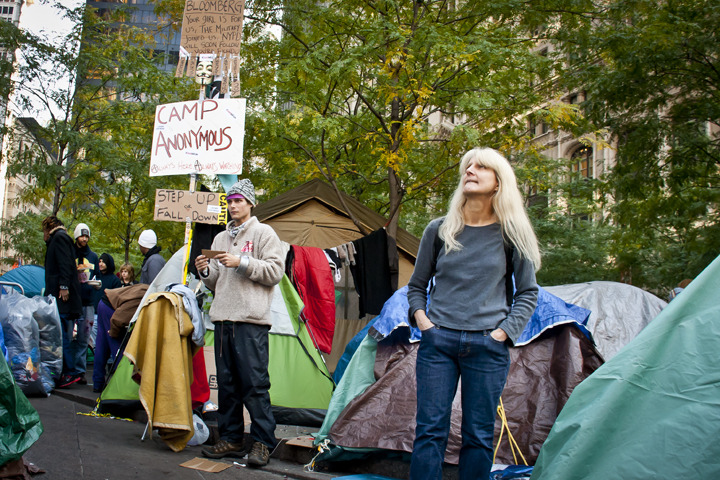
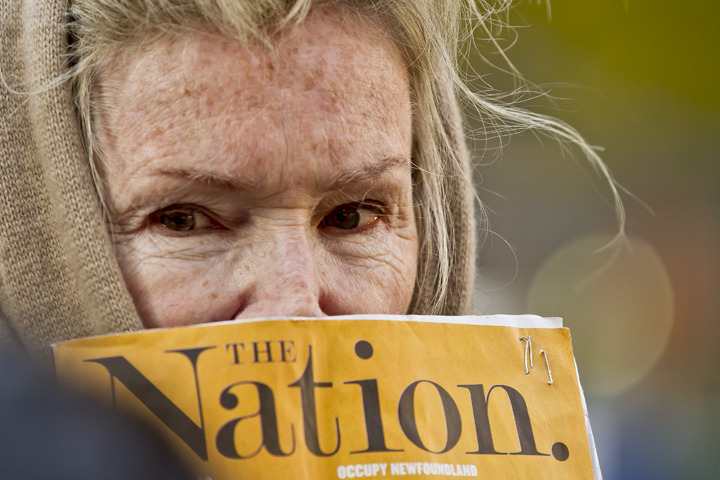


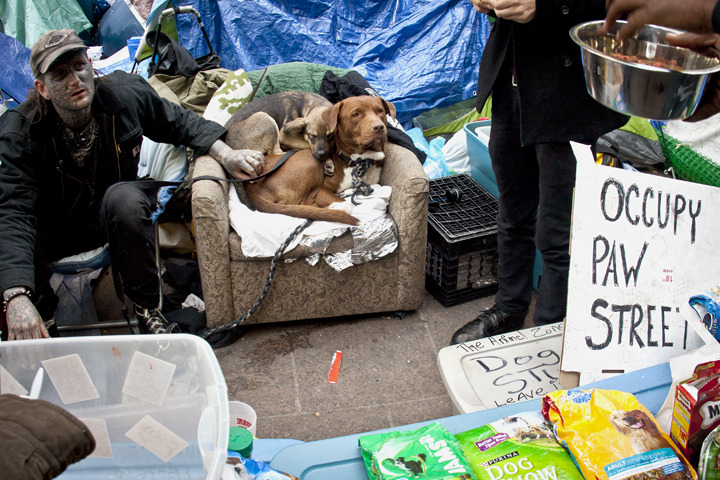

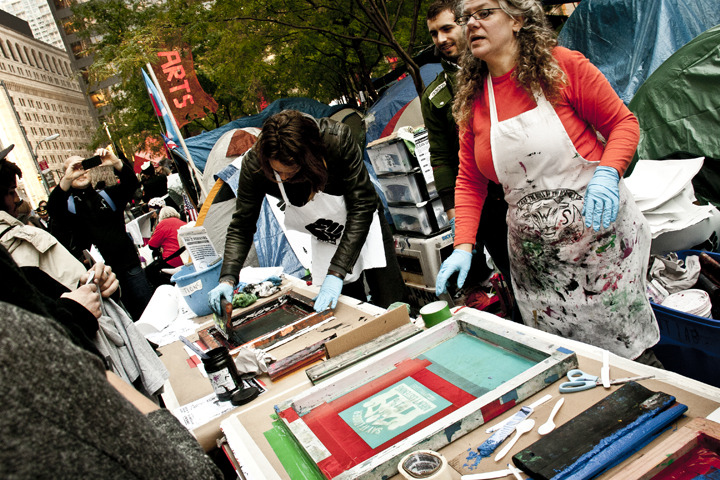
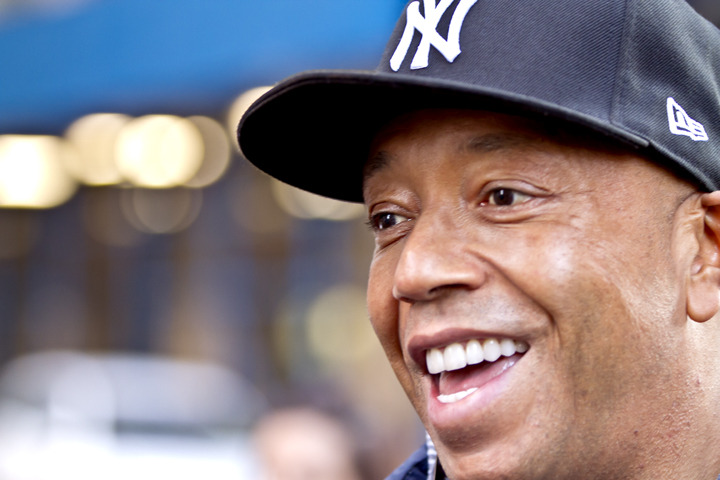
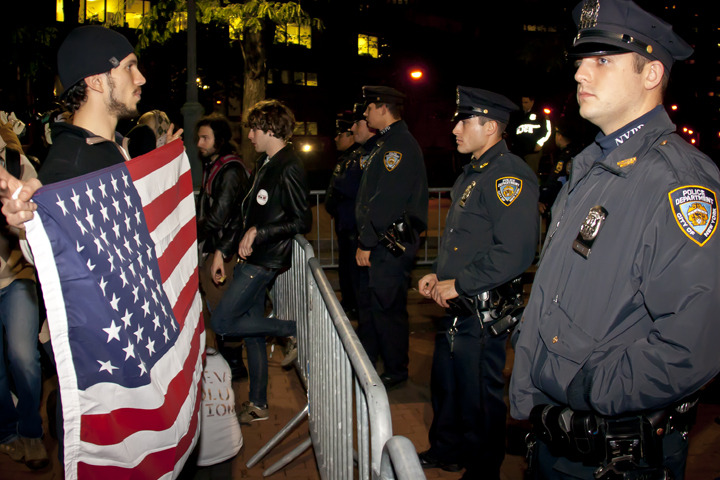



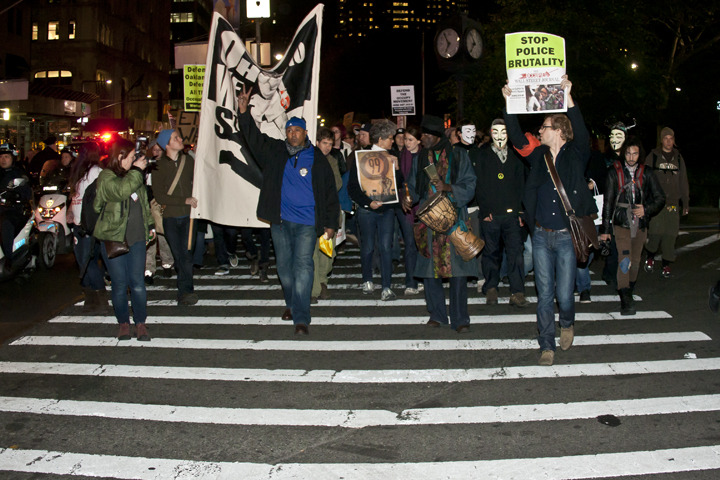

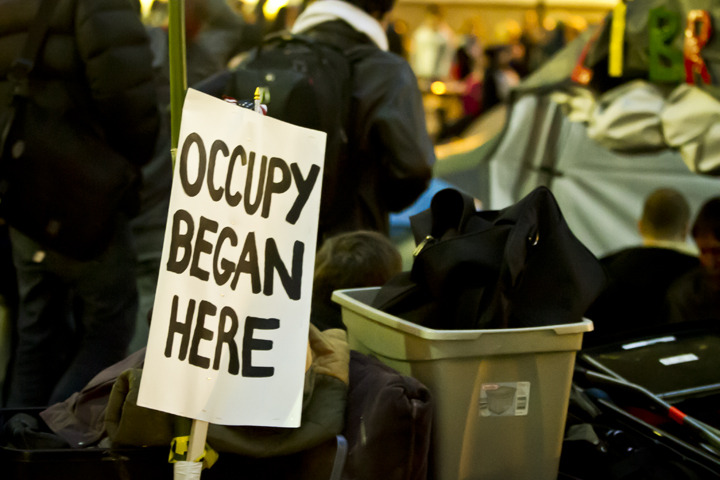



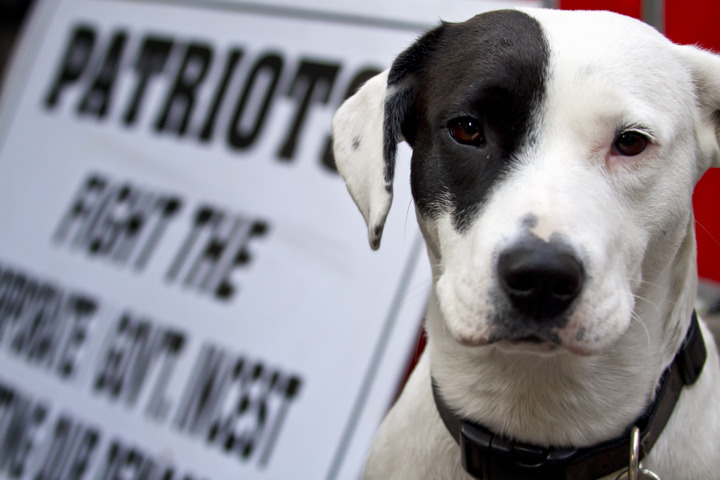
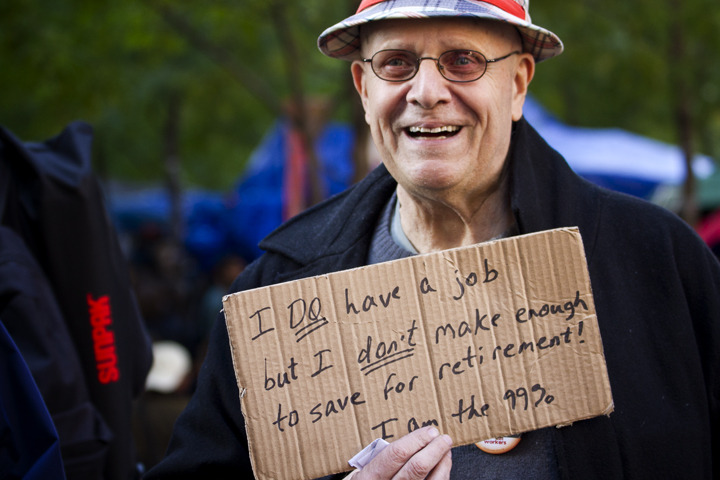
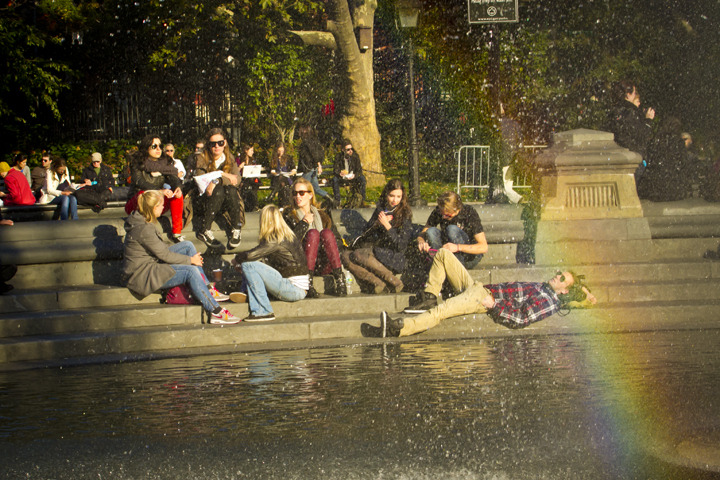

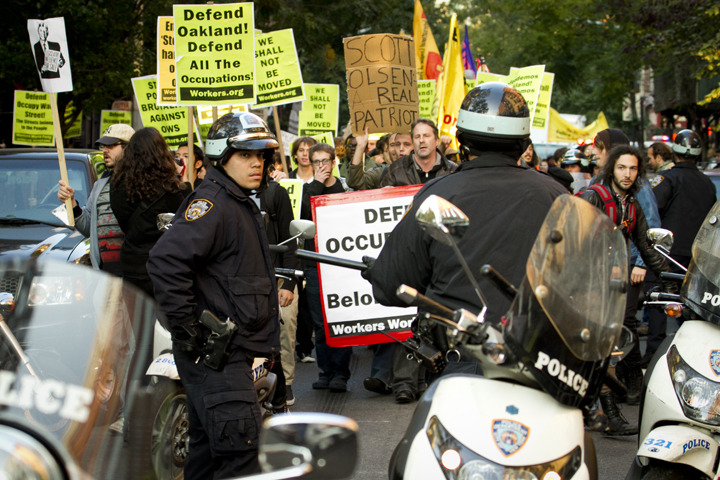



![“AQUA” [Series 1, vinyl on archival paper, 5” x 7” (2018)]](https://images.squarespace-cdn.com/content/v1/501abbd4c4aaab20160f16af/1547523960319-M1V3ZHMR1SGNMZYJU4GB/aqua.jpg)




































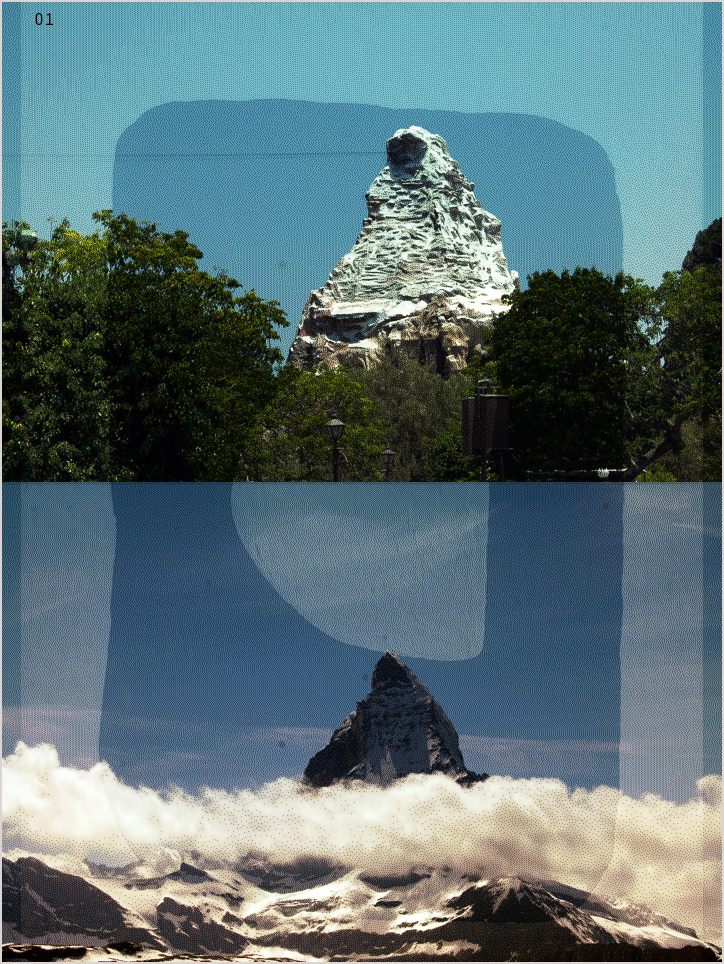


















































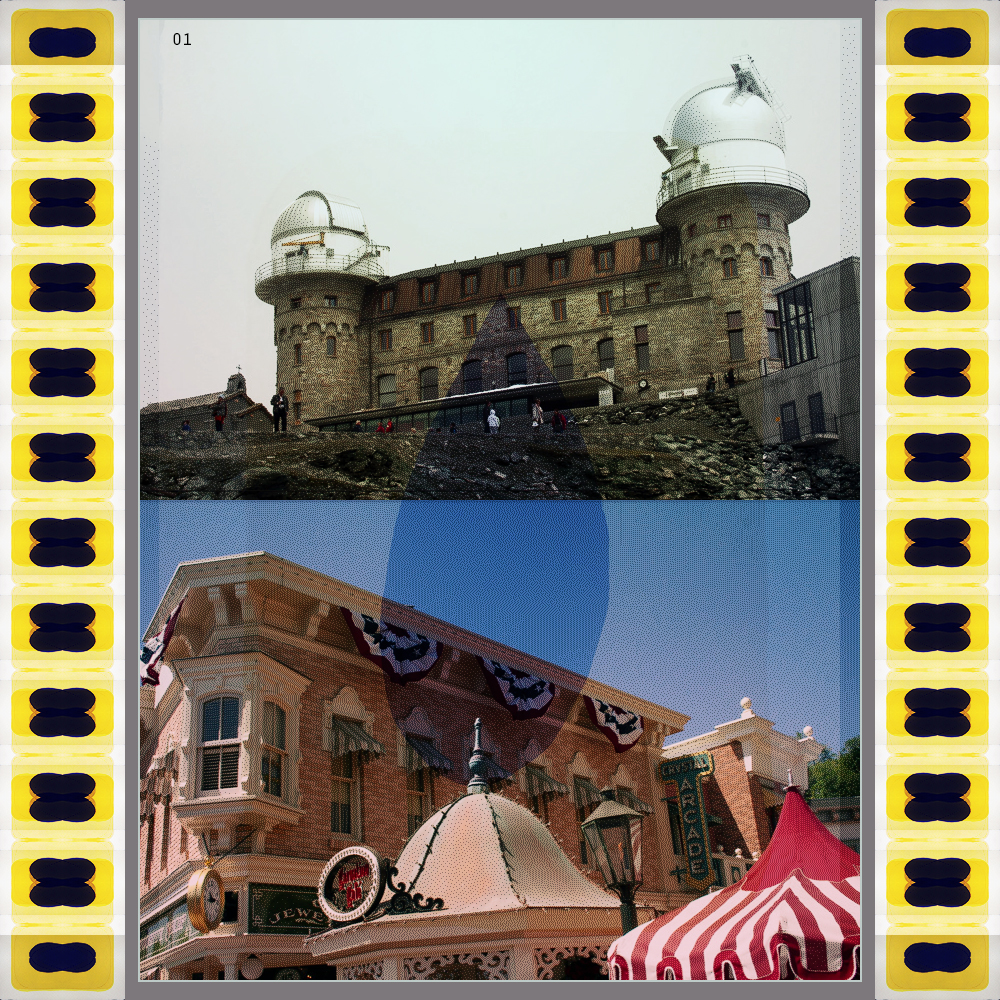









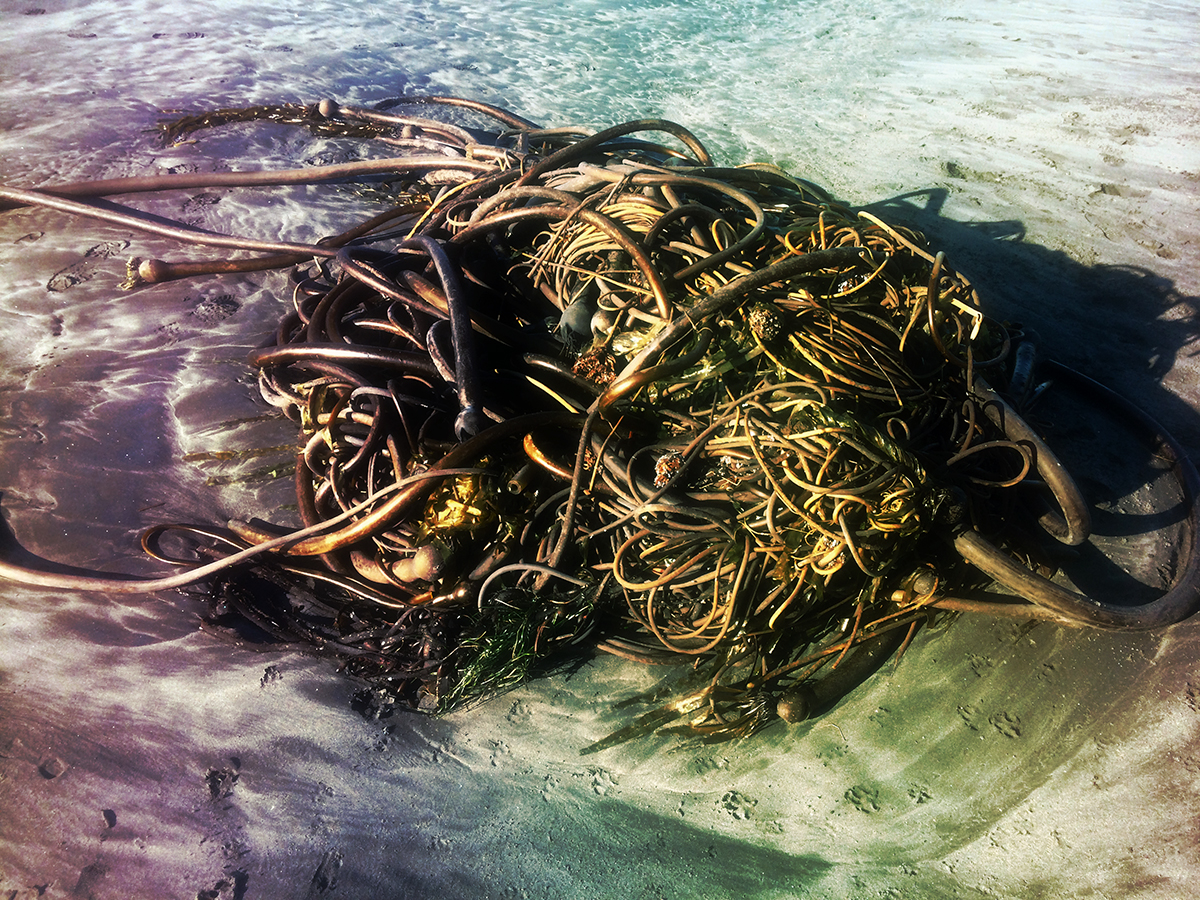

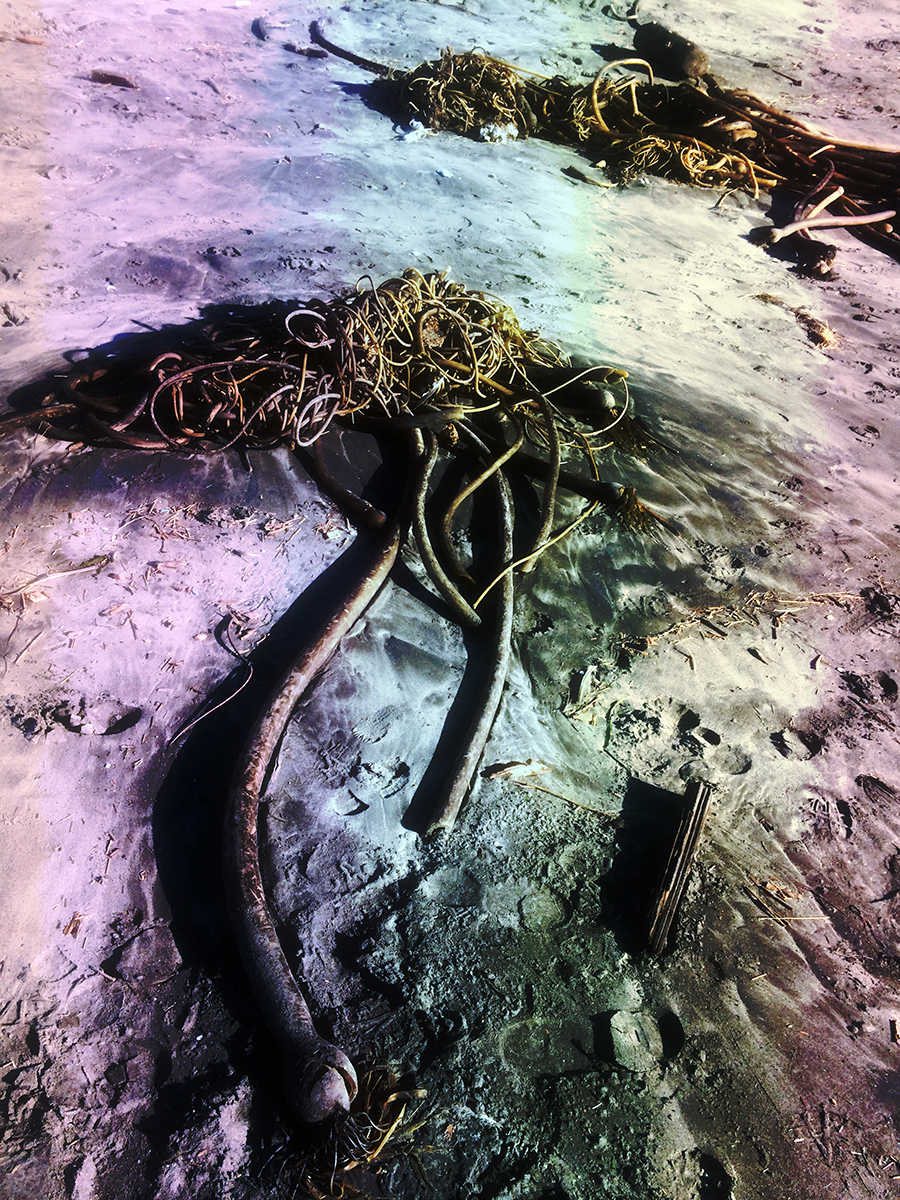


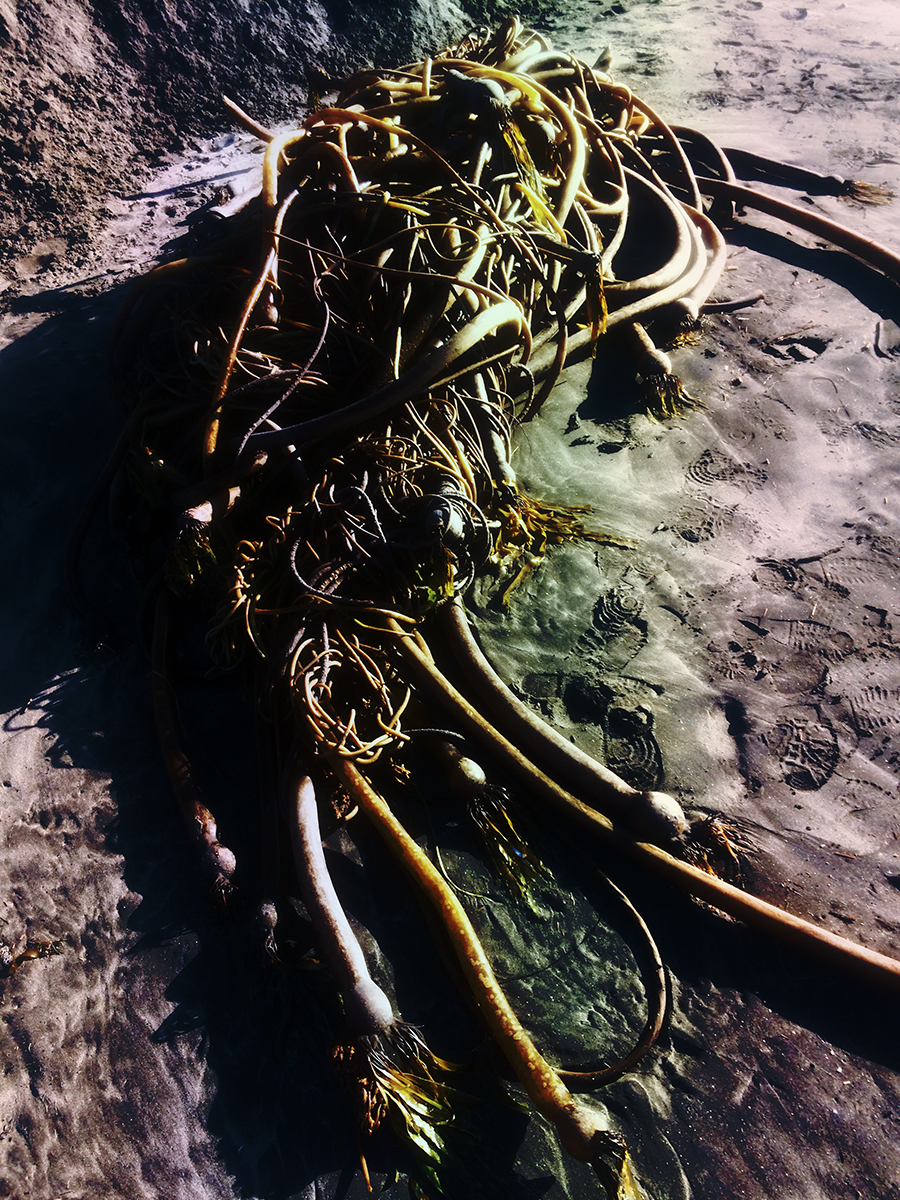





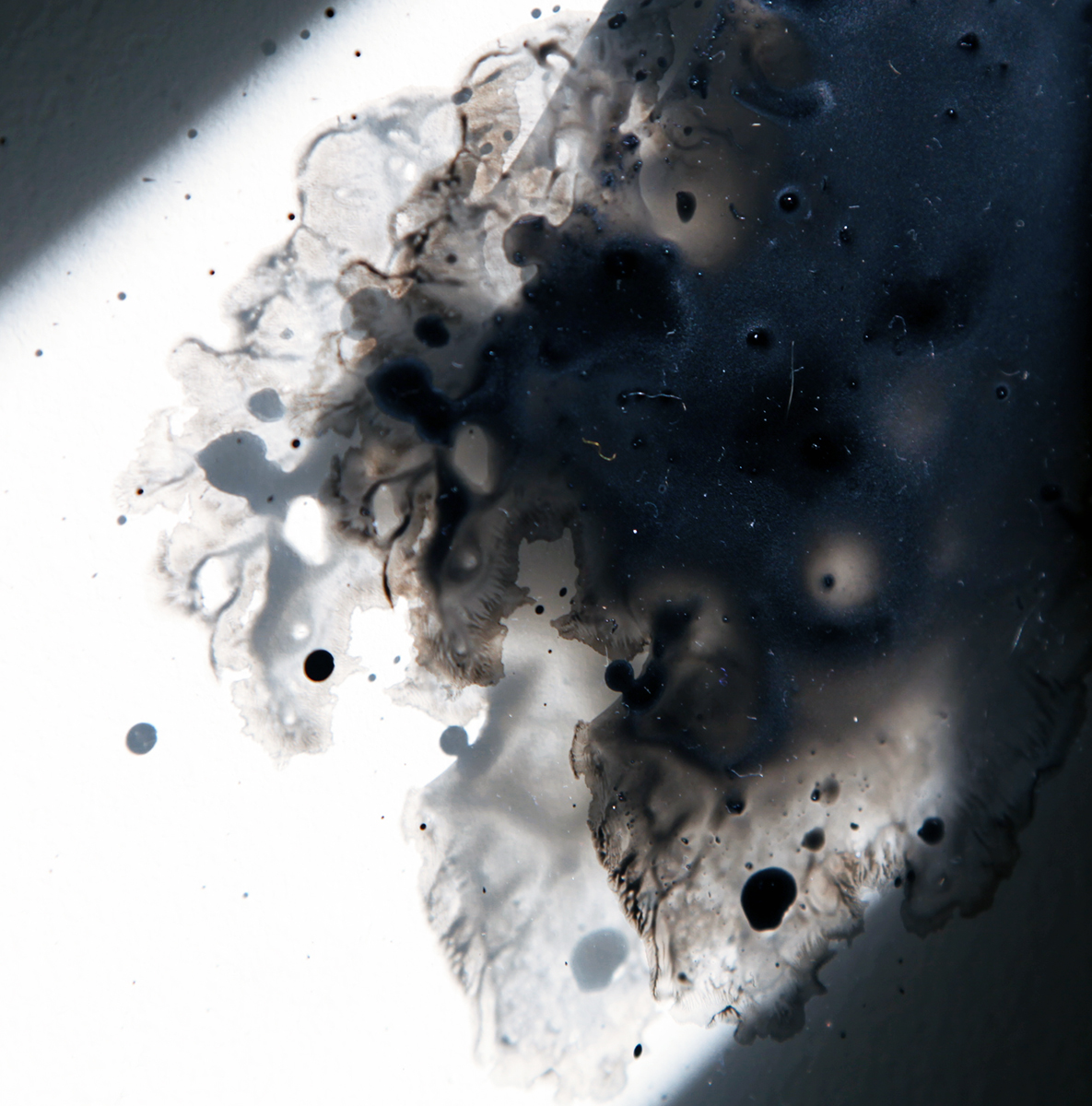
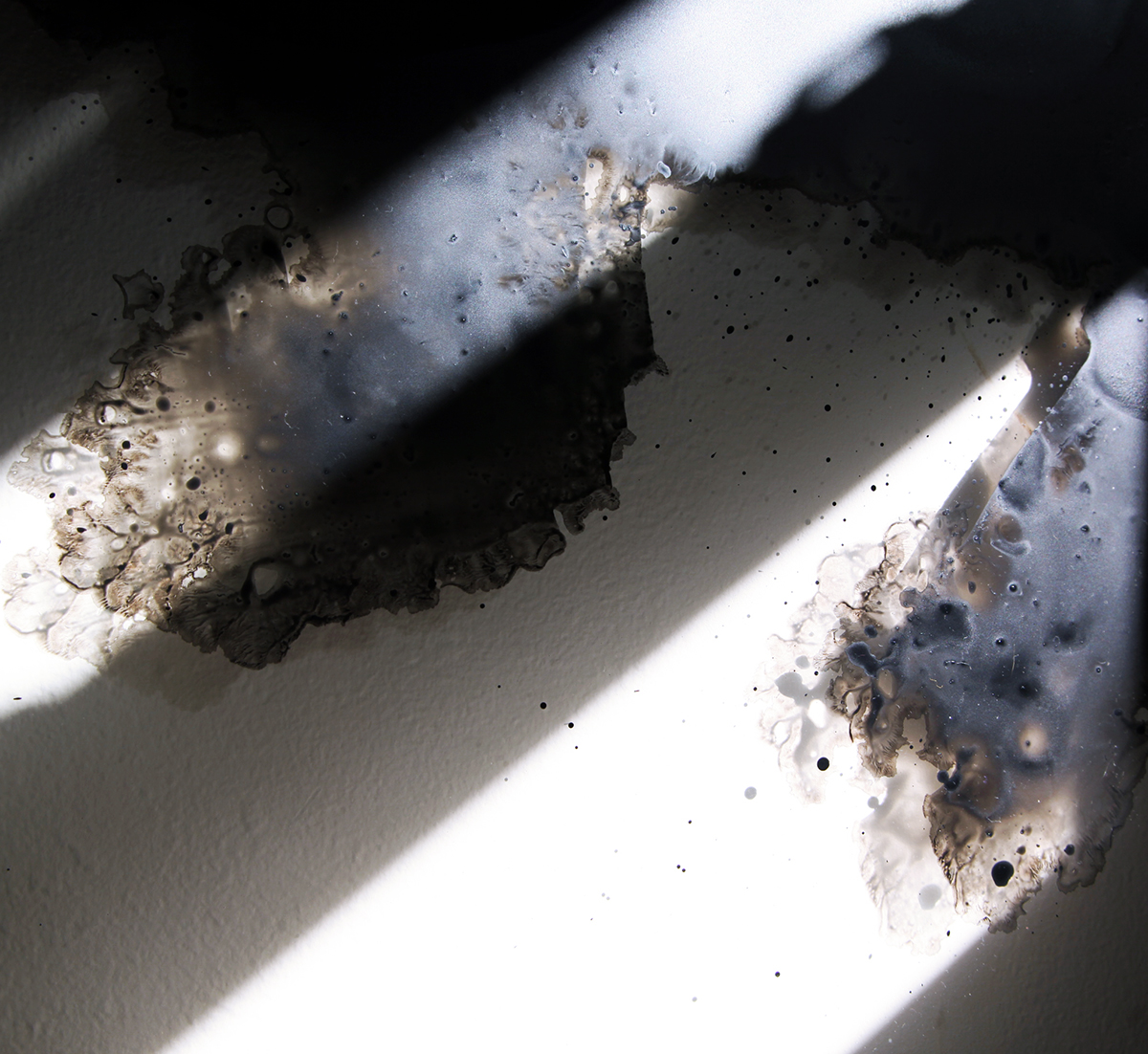



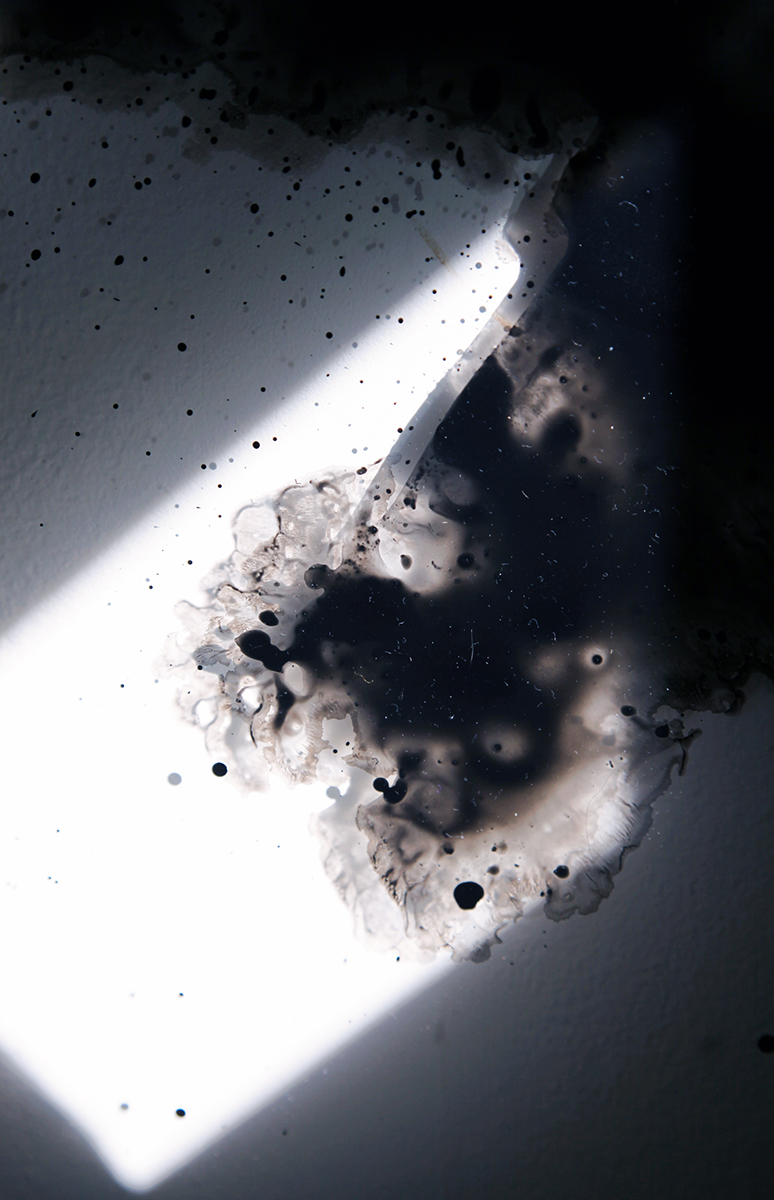

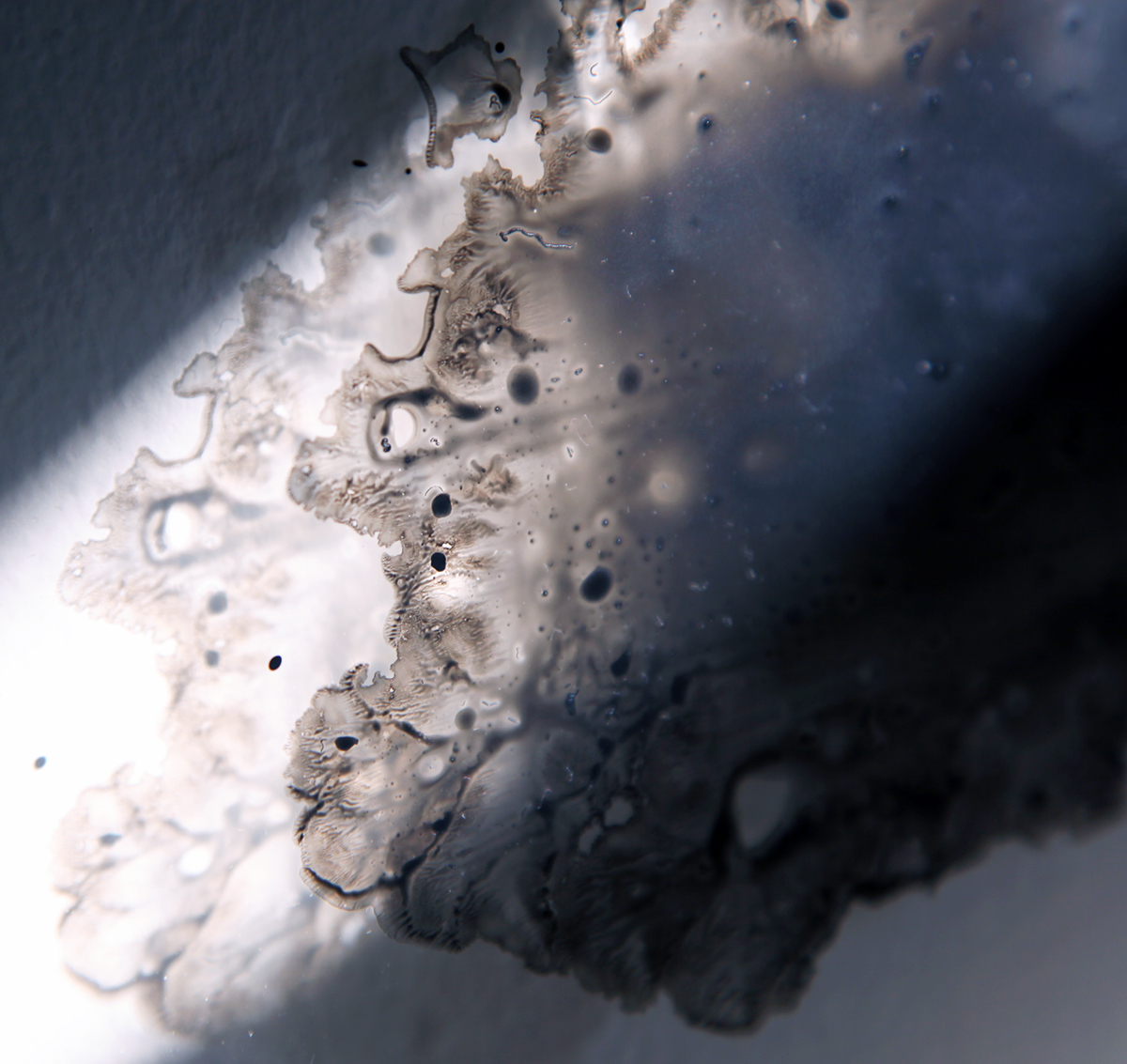






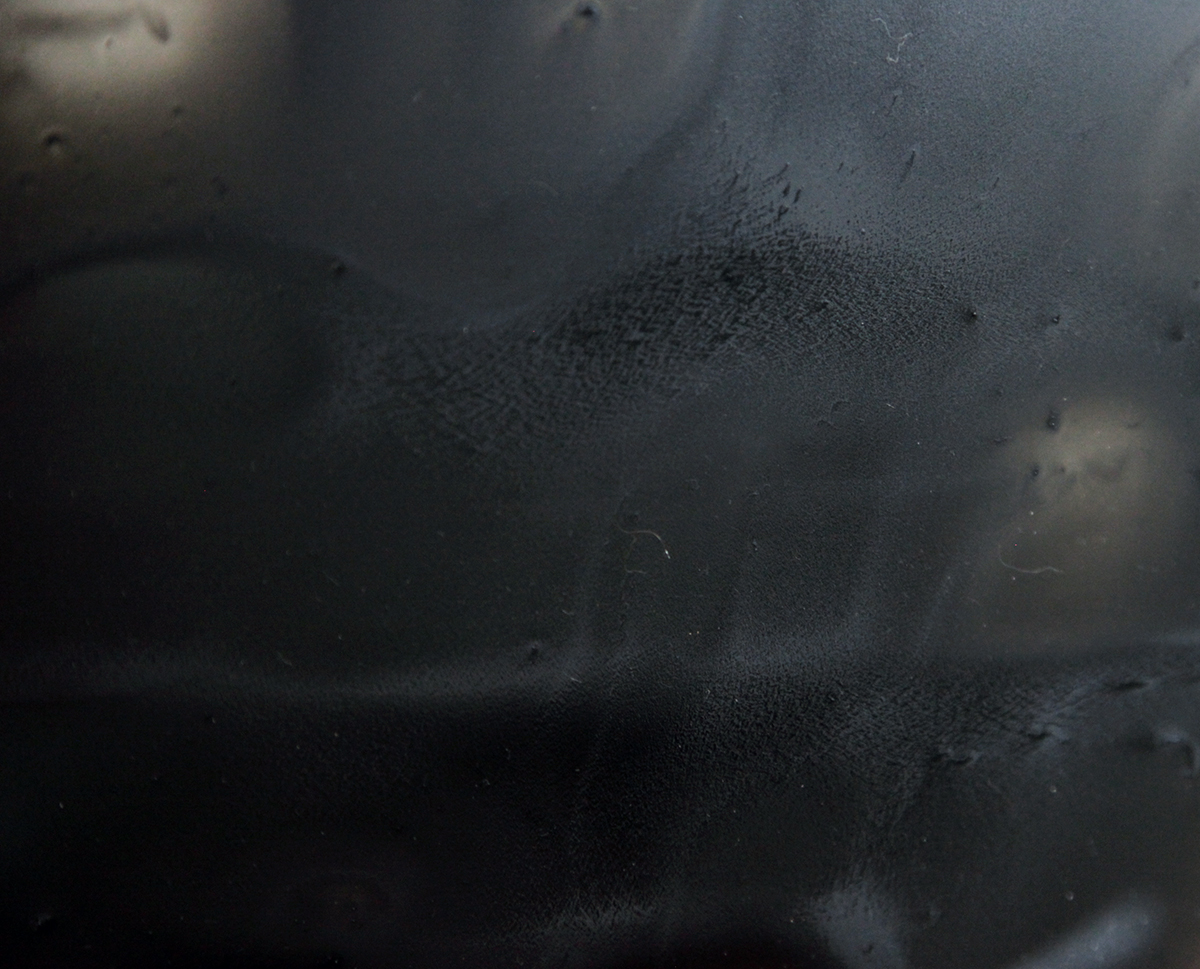




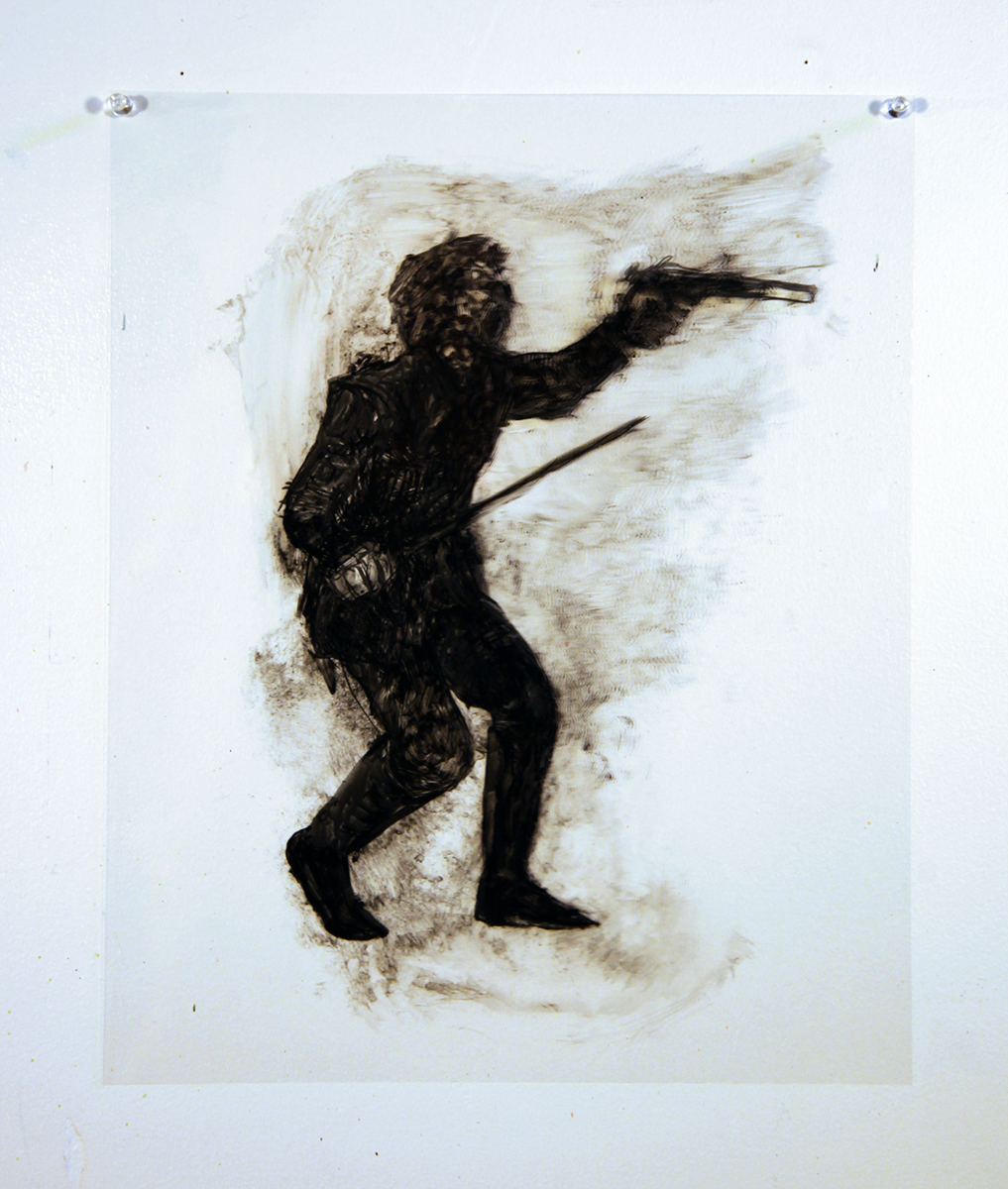
















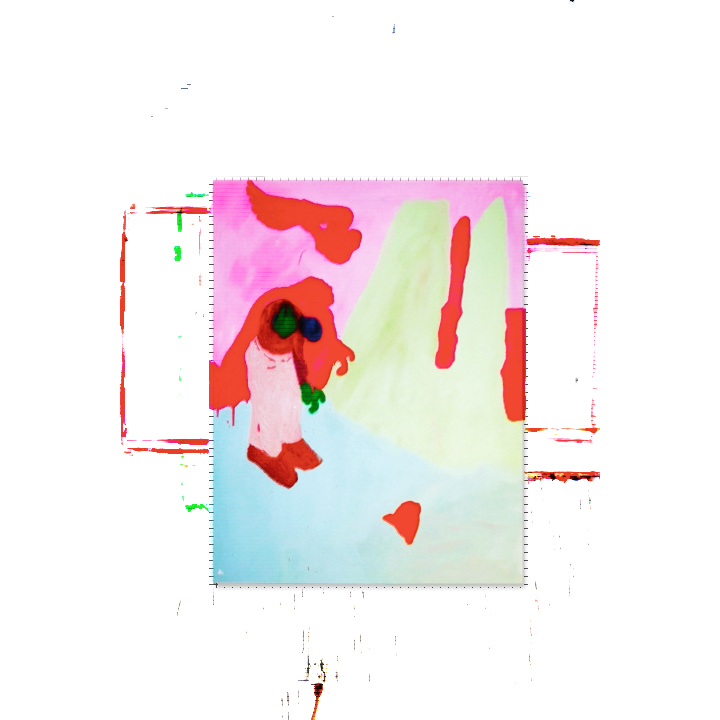





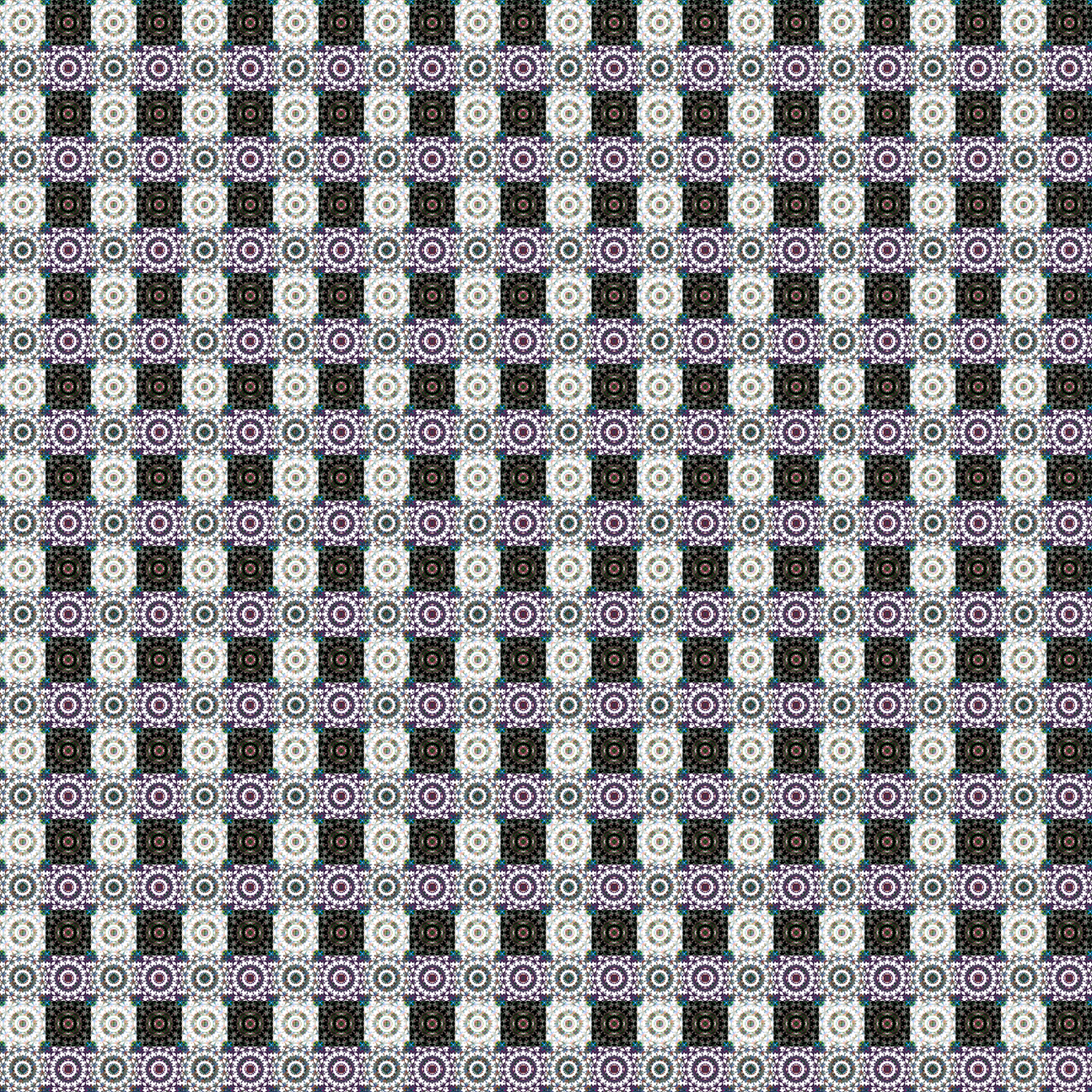




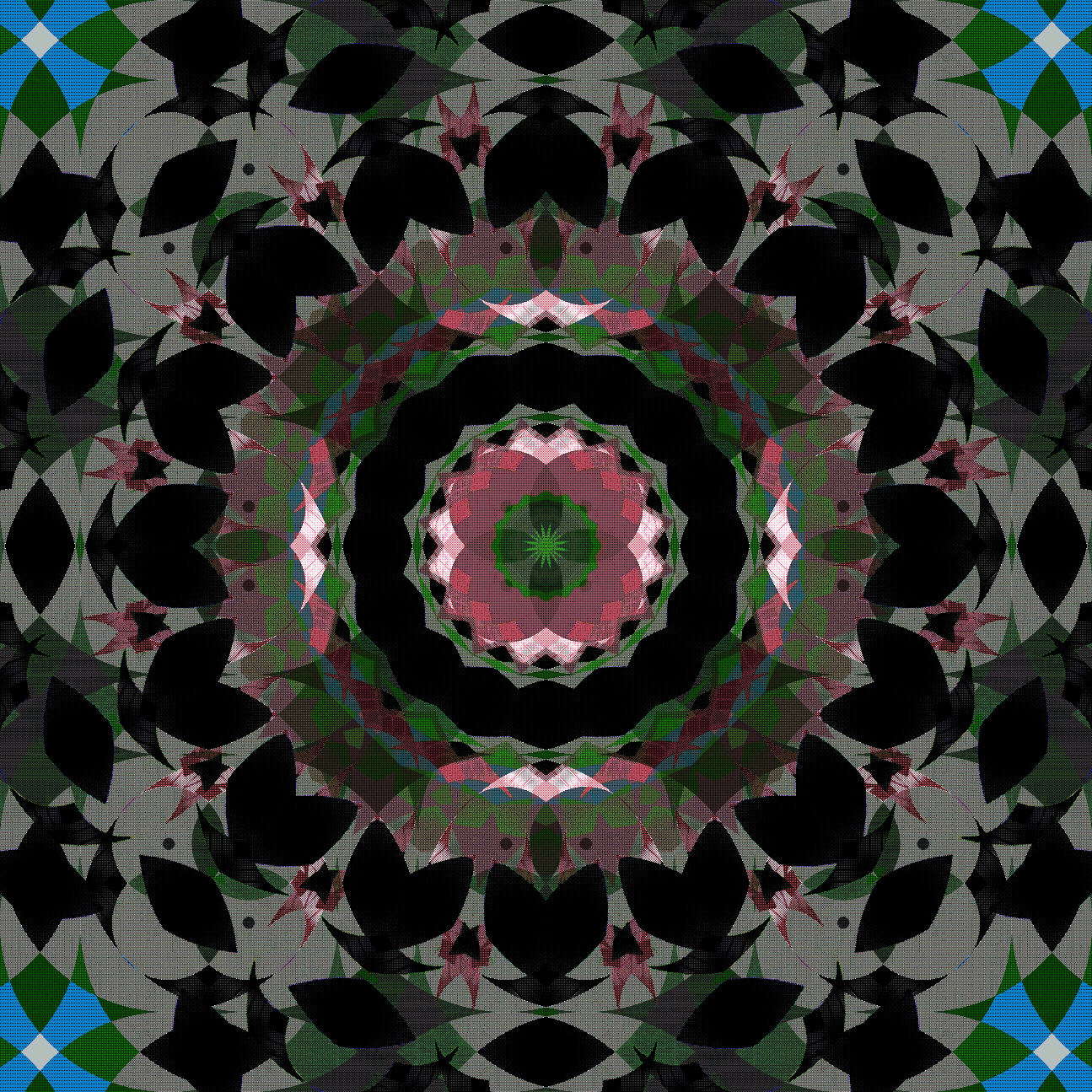





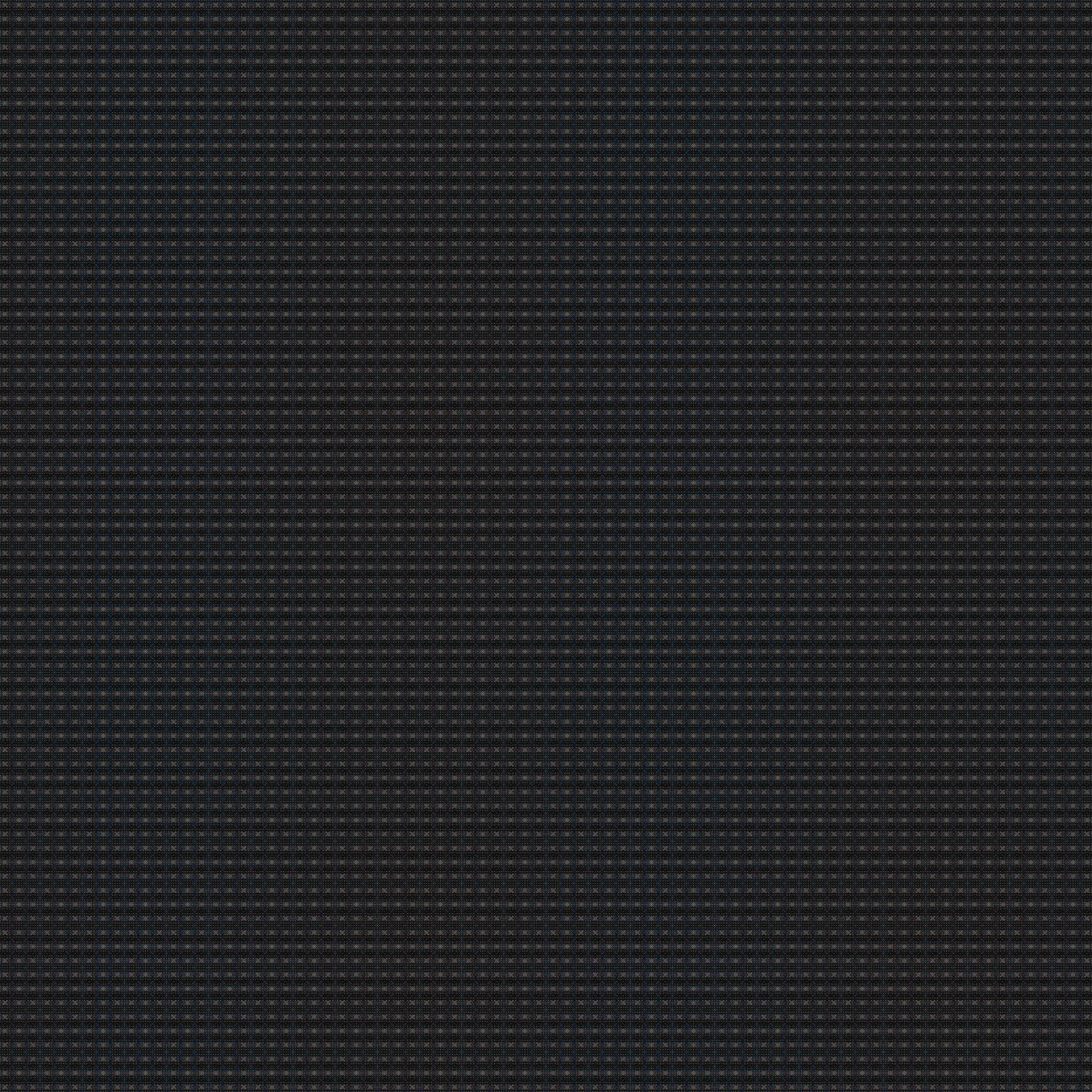

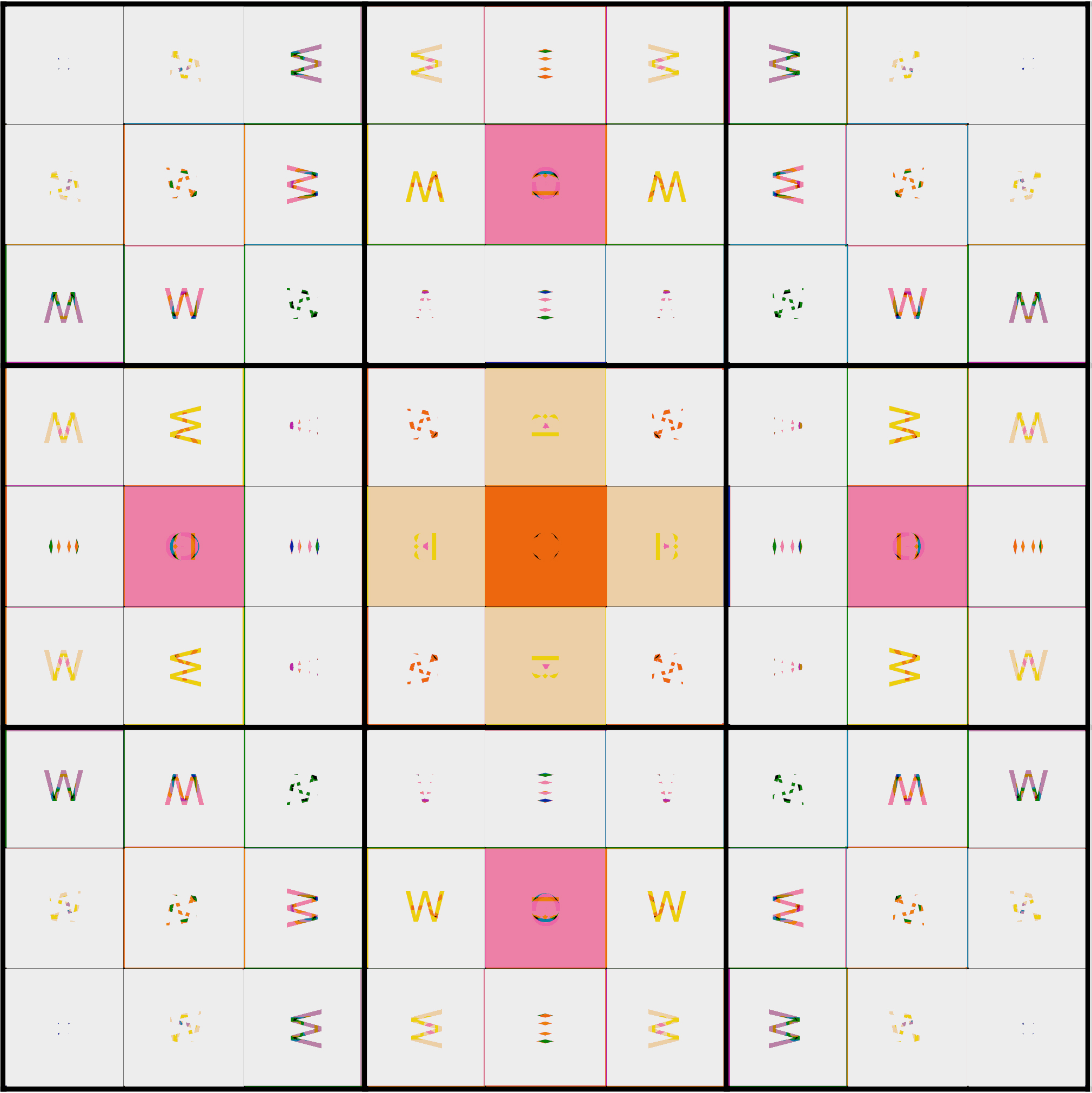

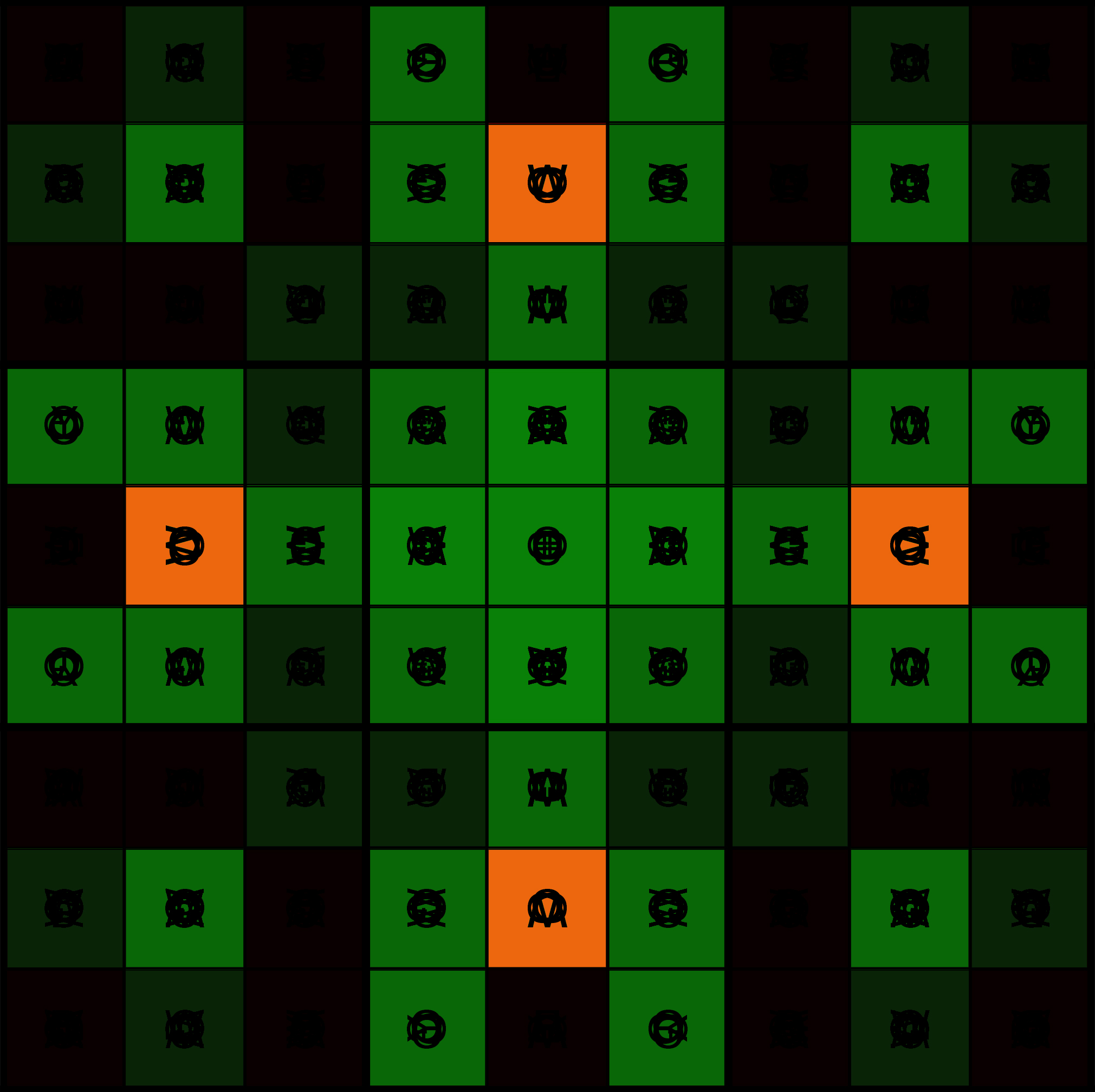

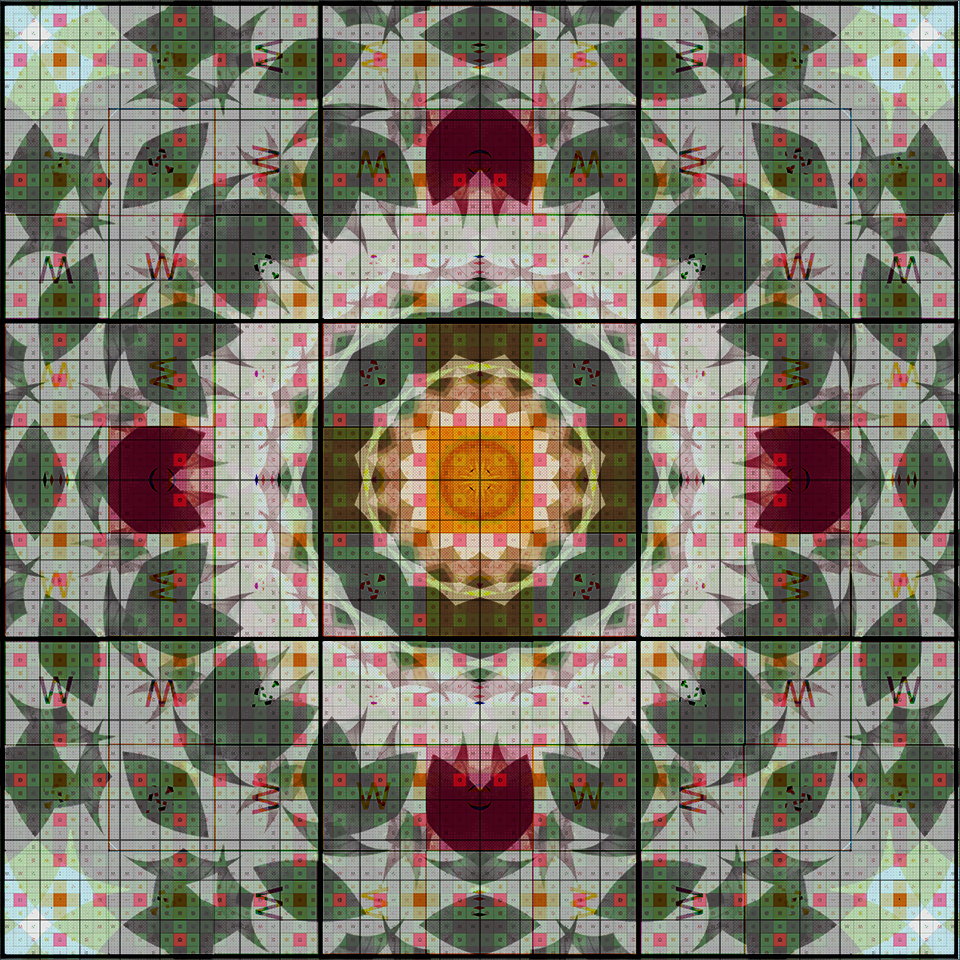

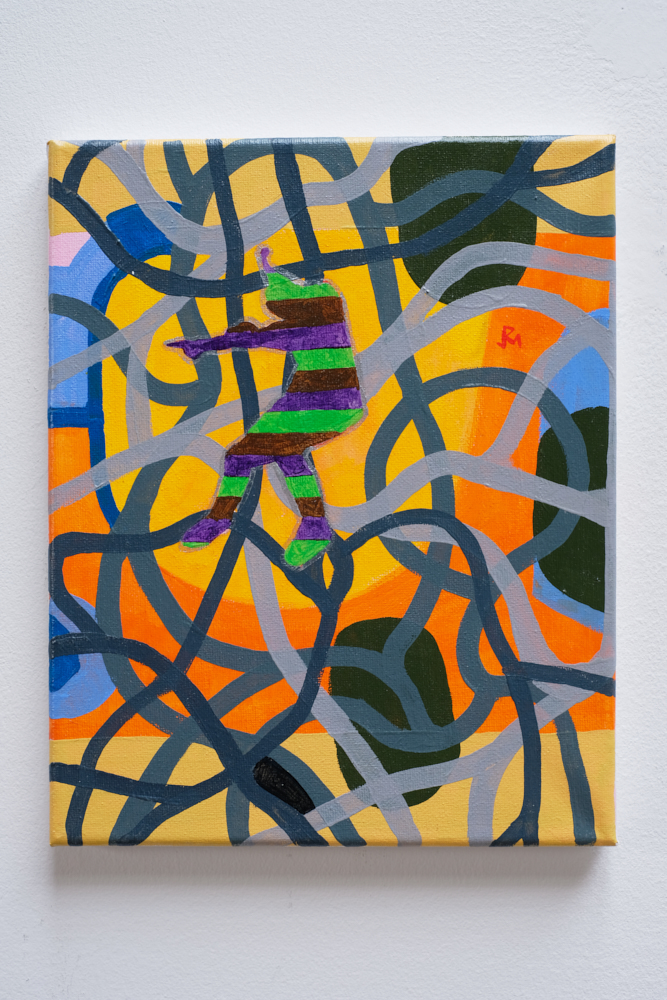

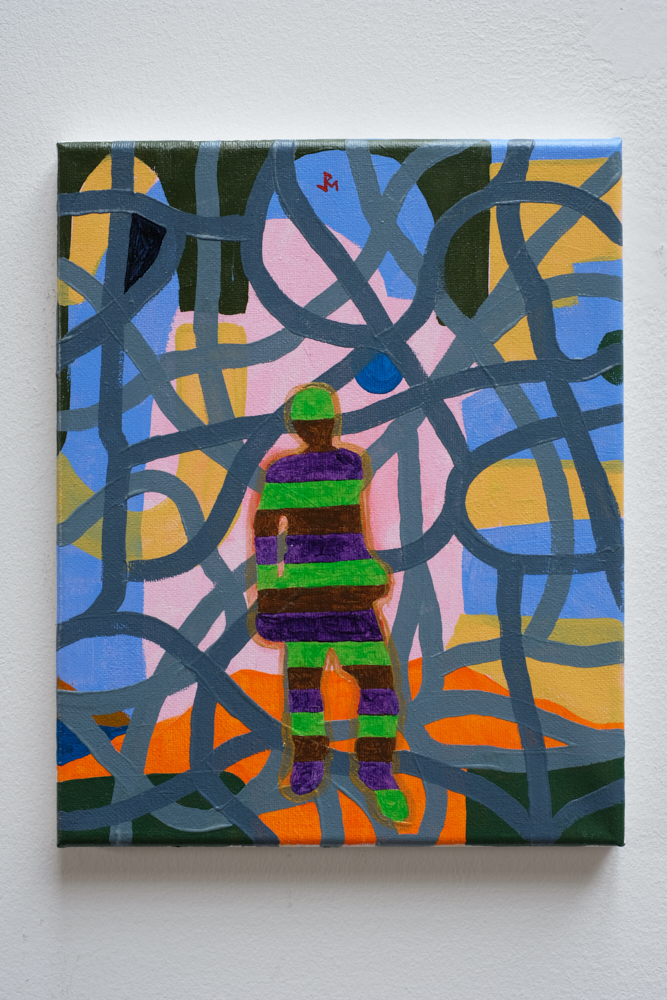
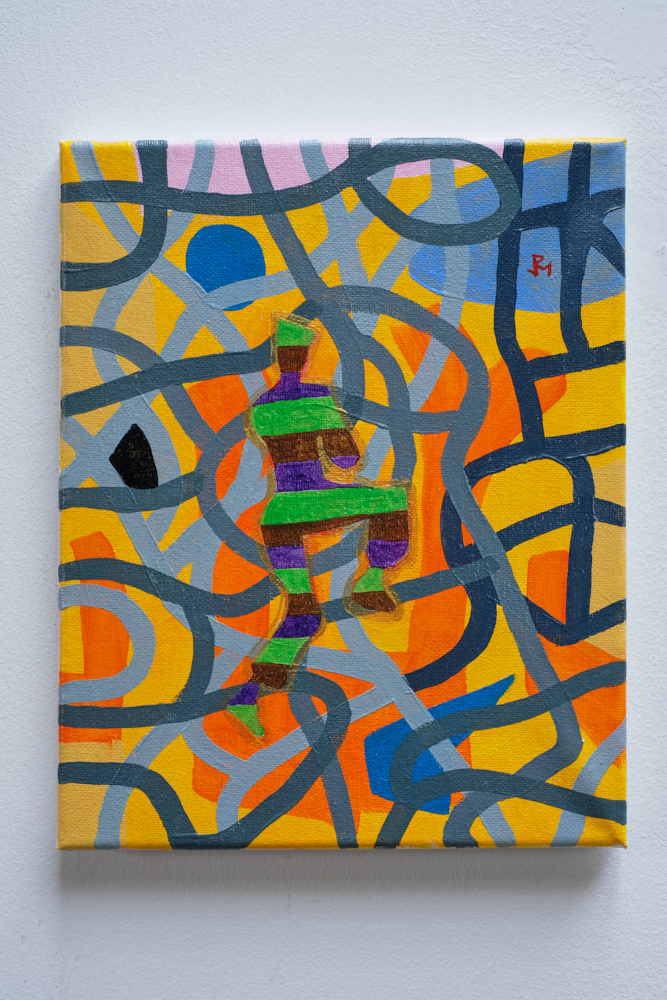
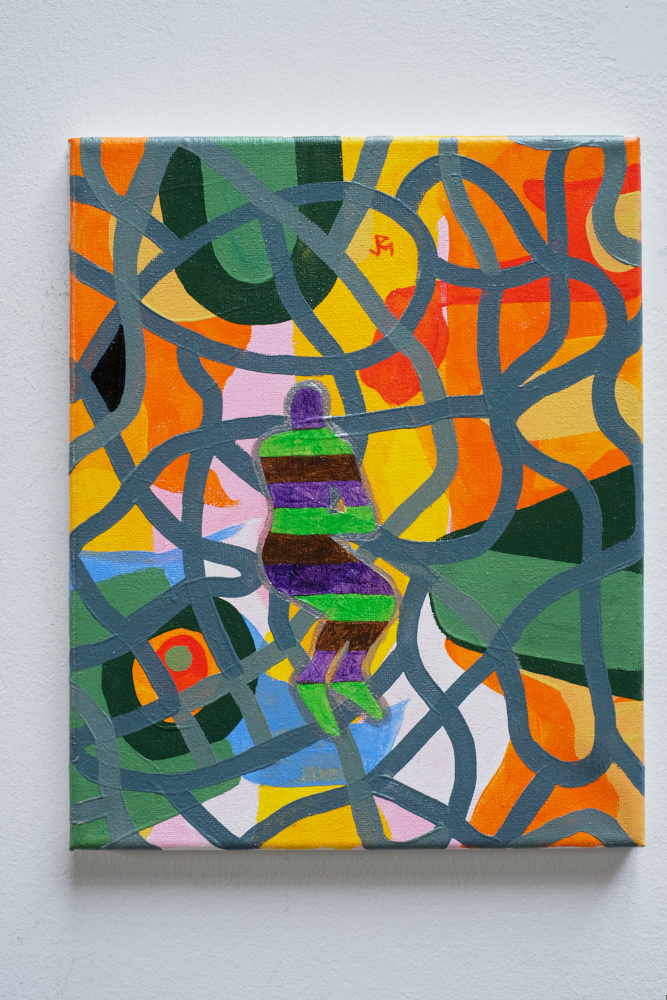

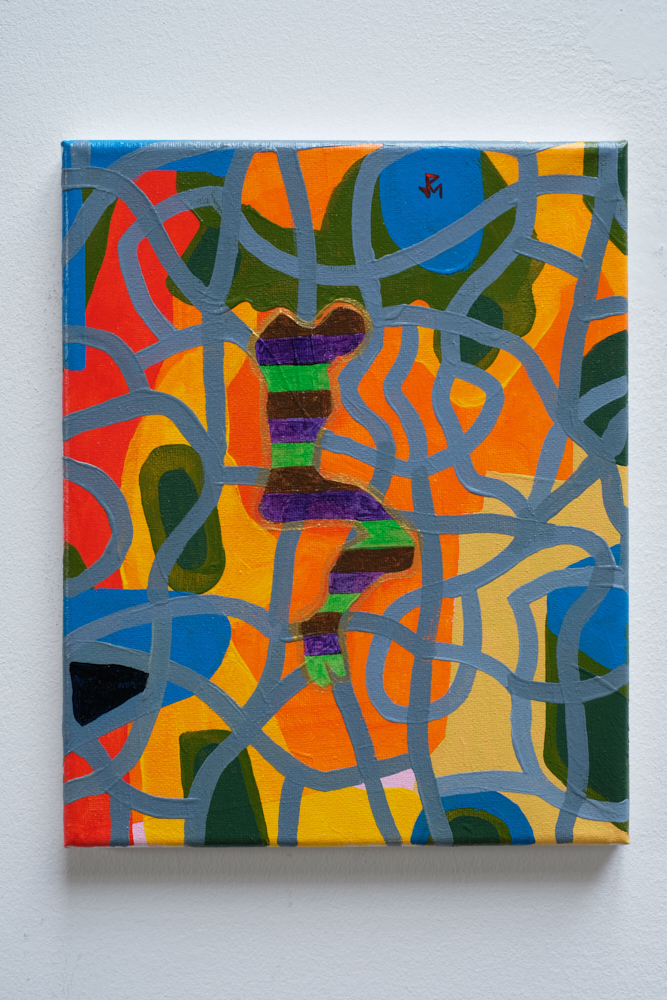
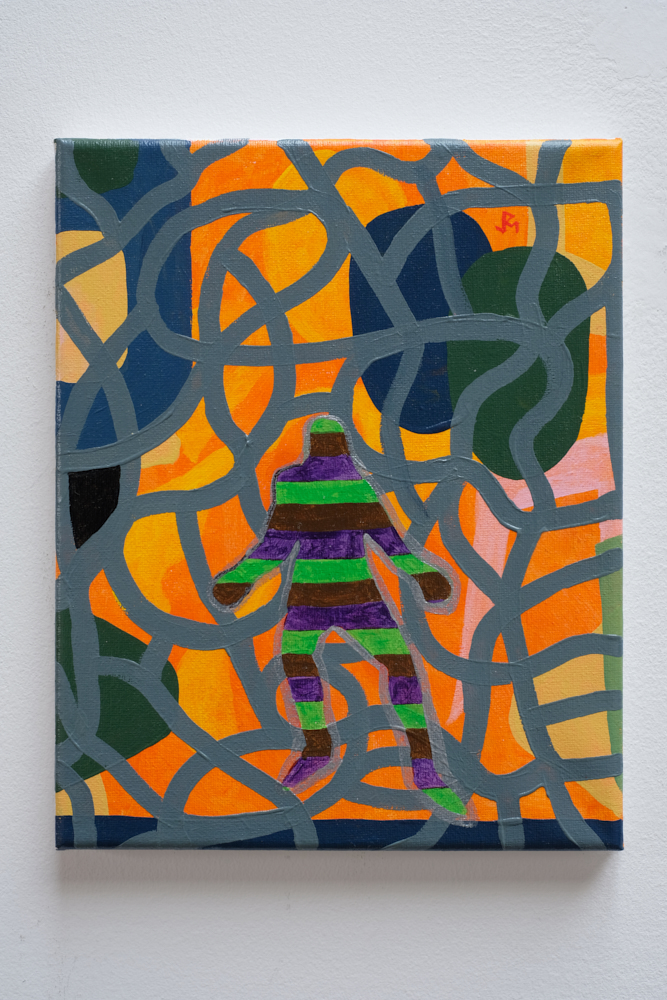
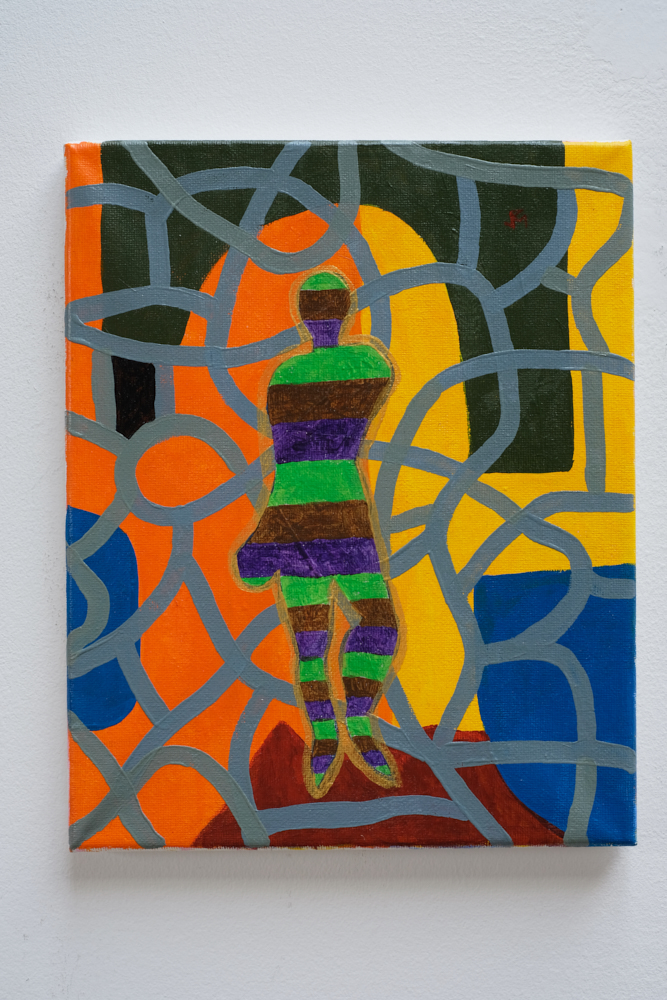
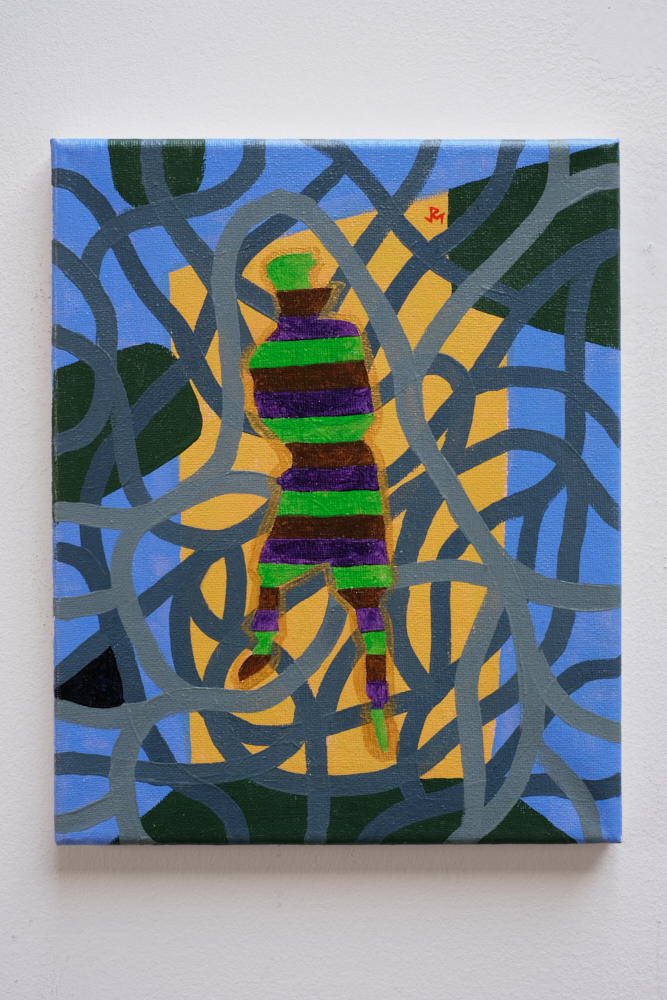
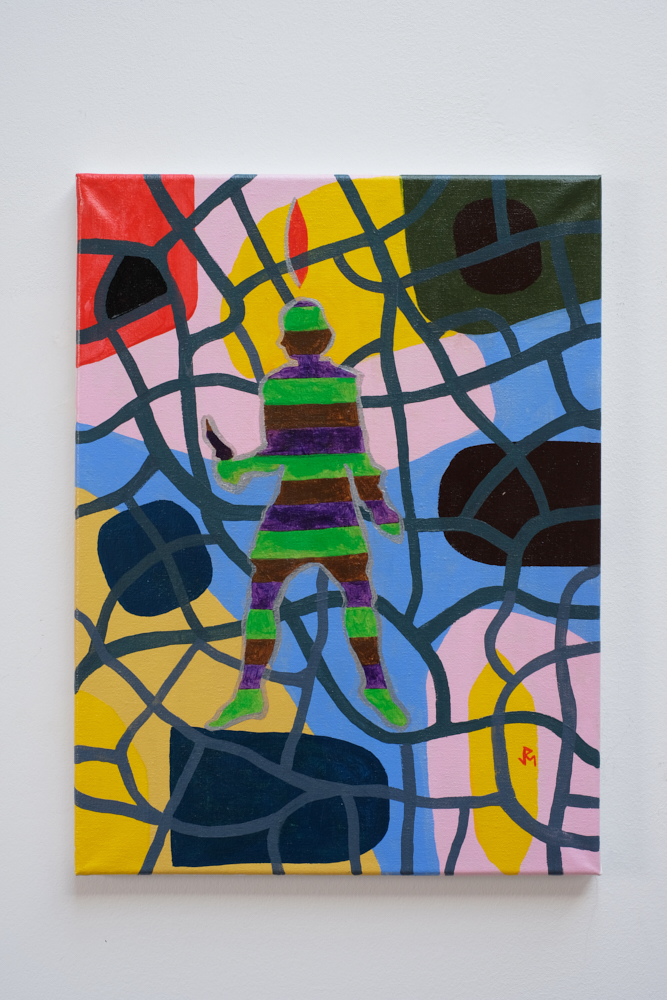

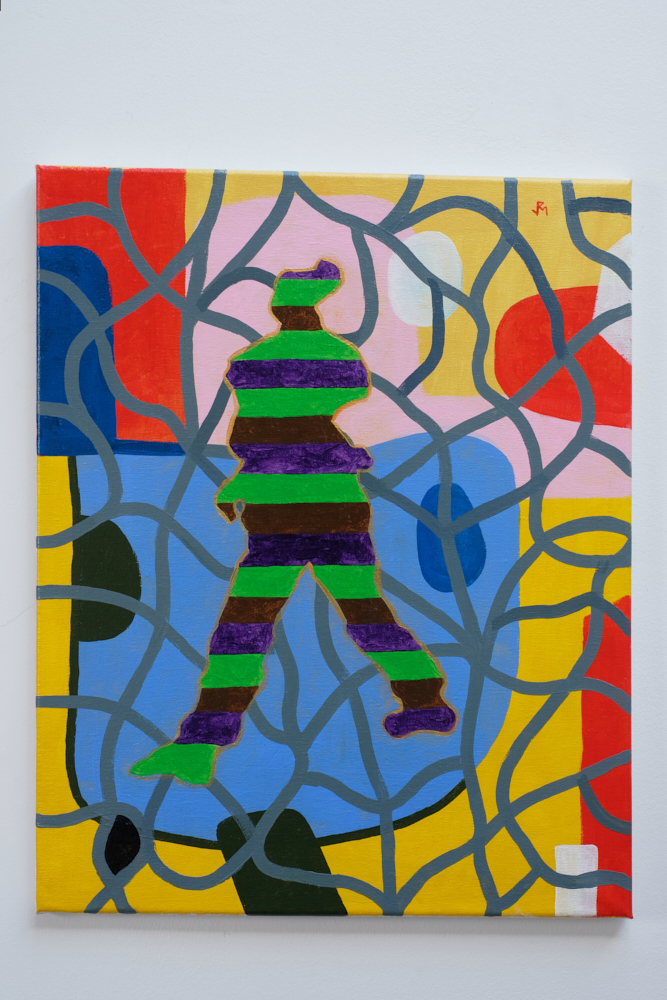
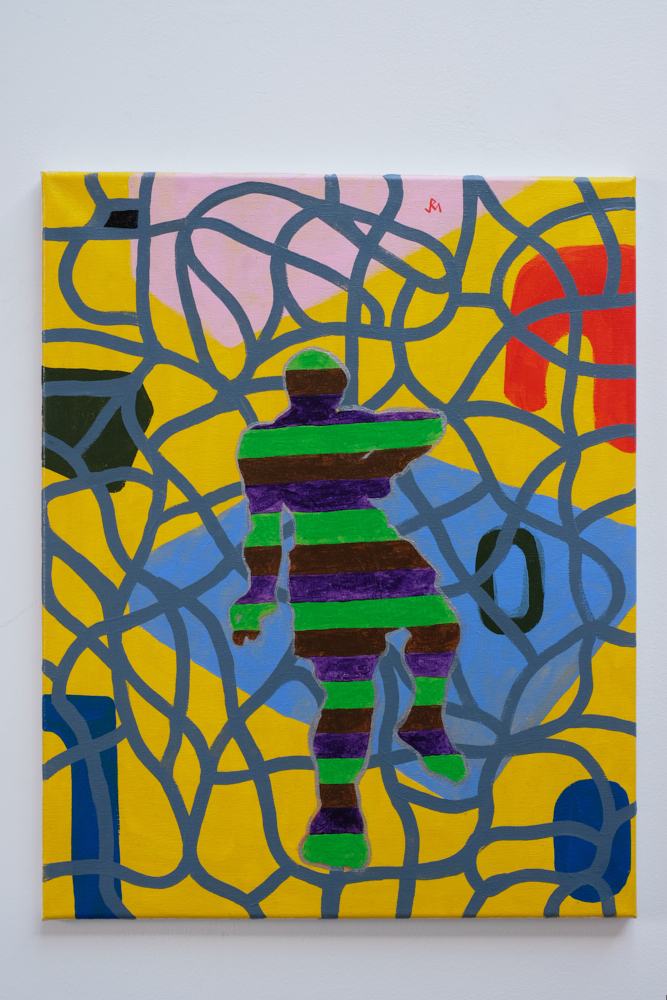
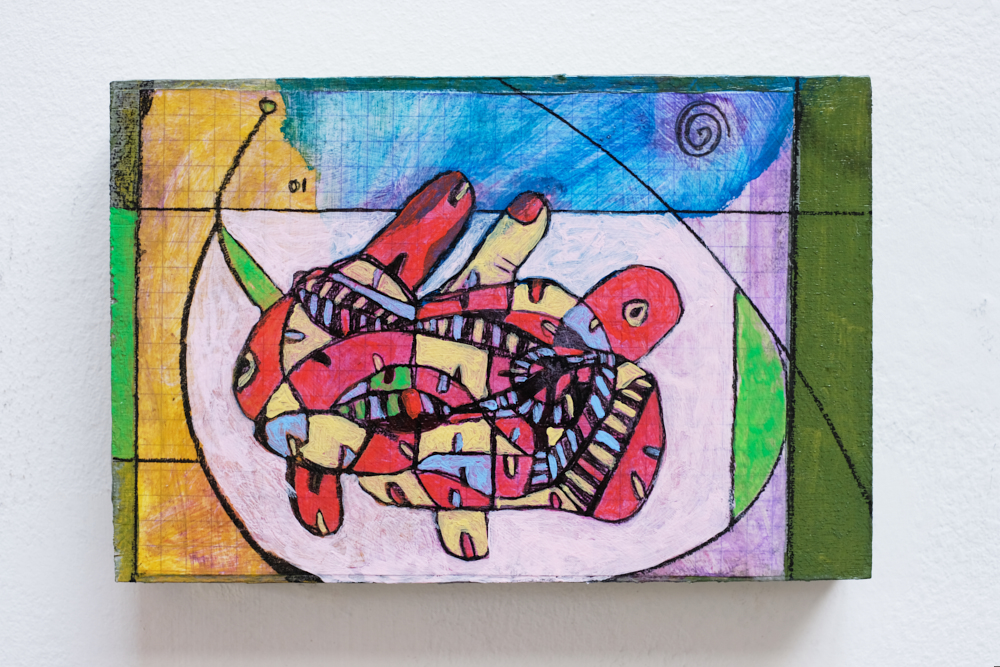

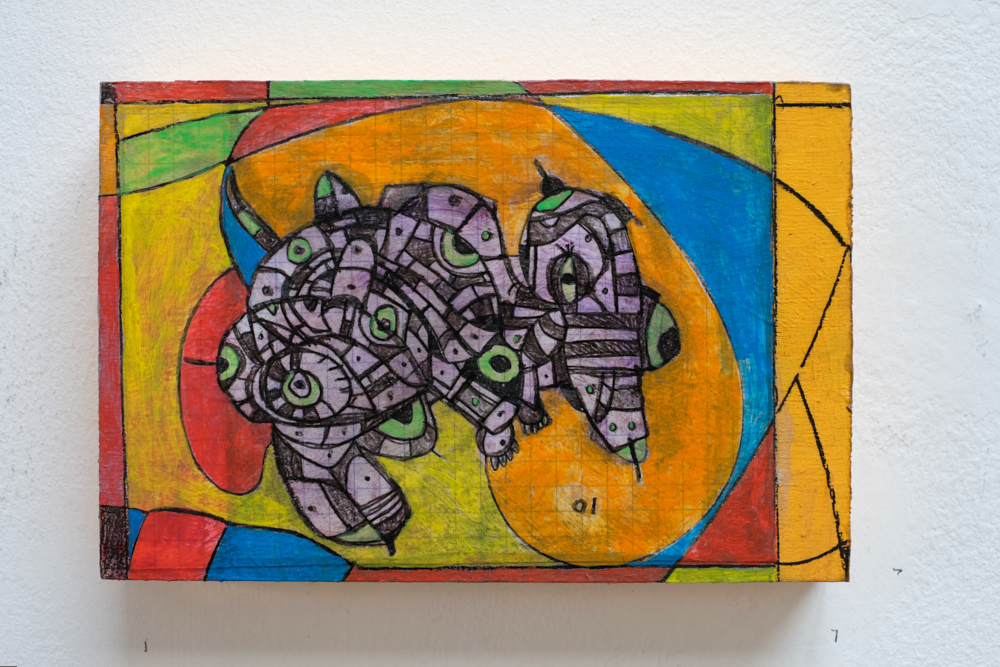
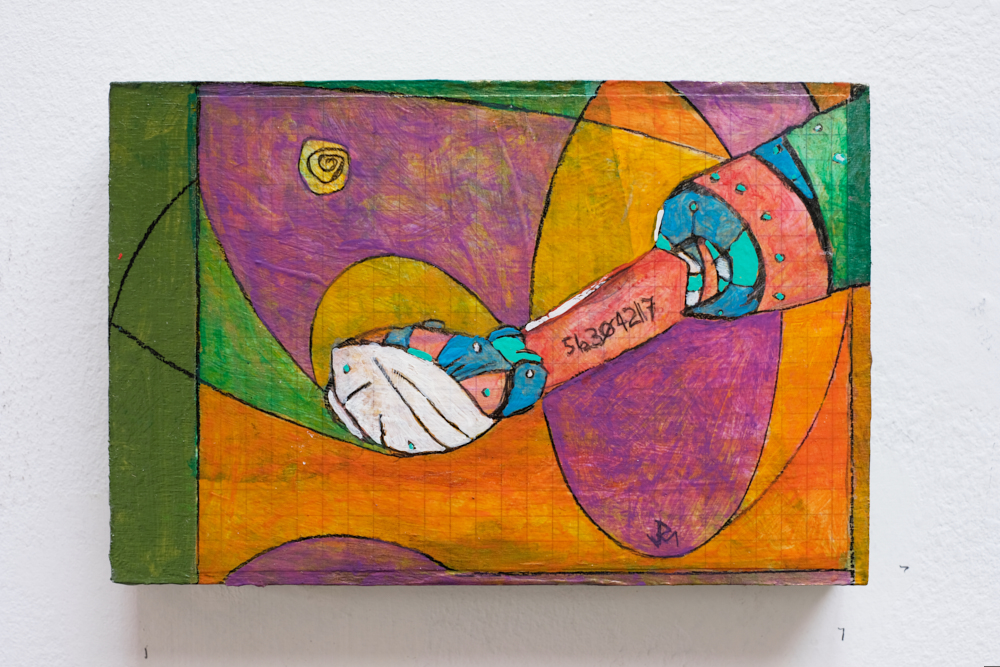

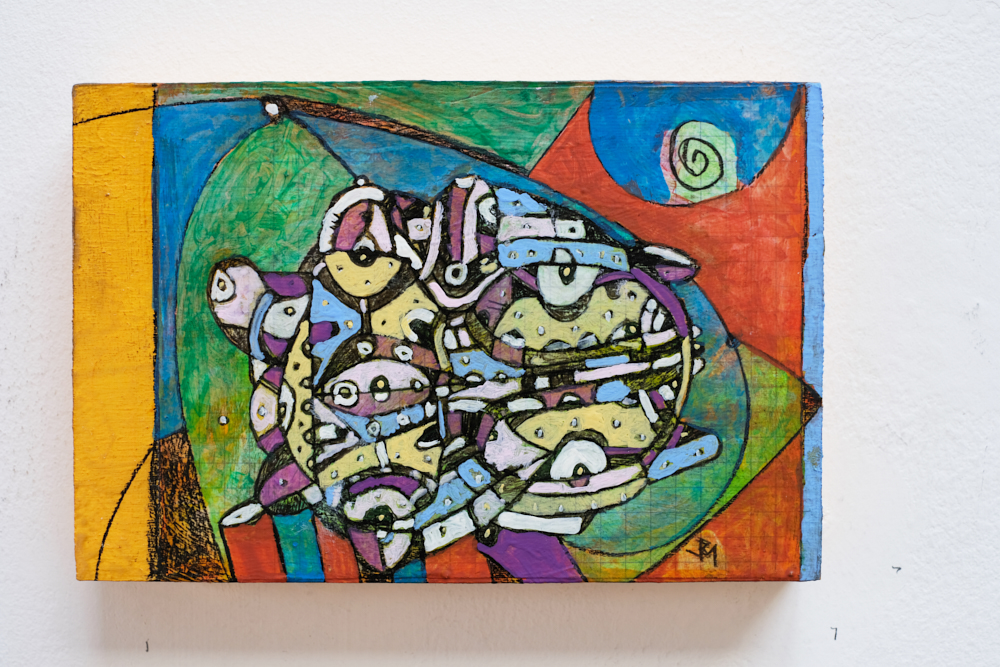
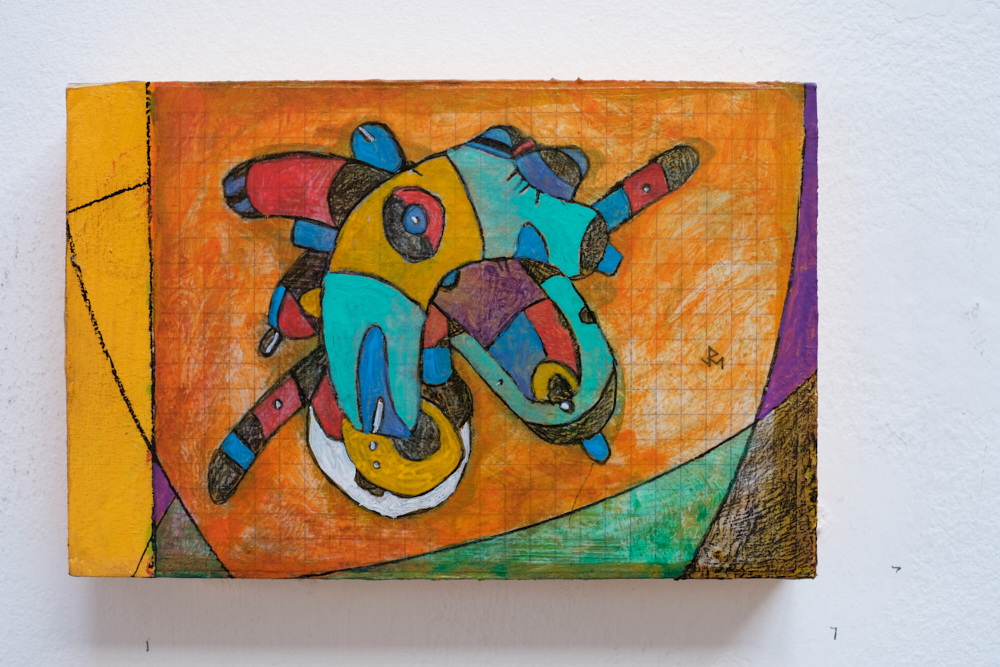

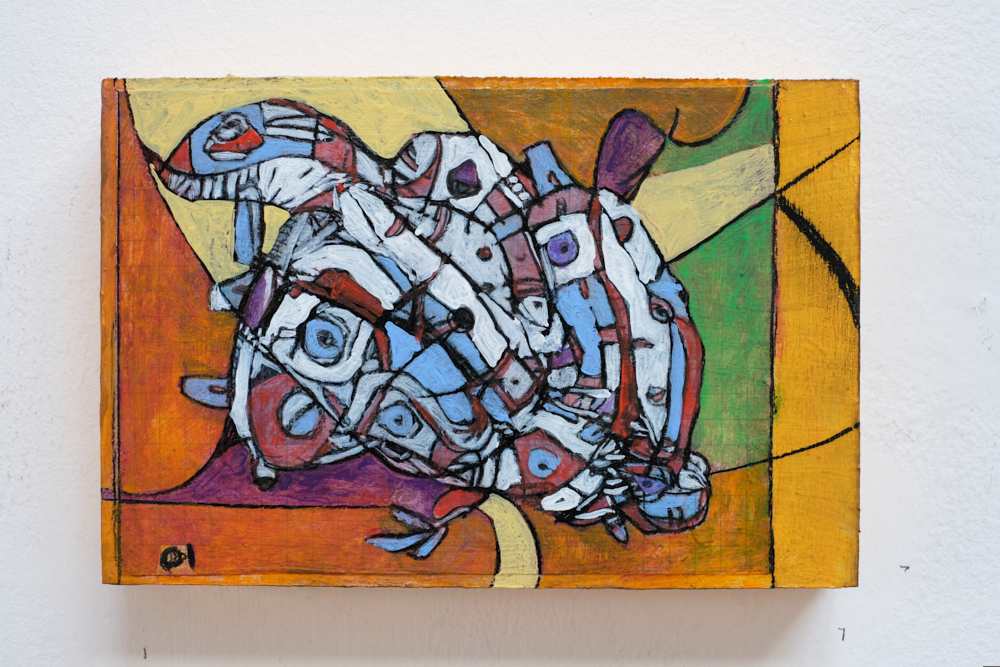
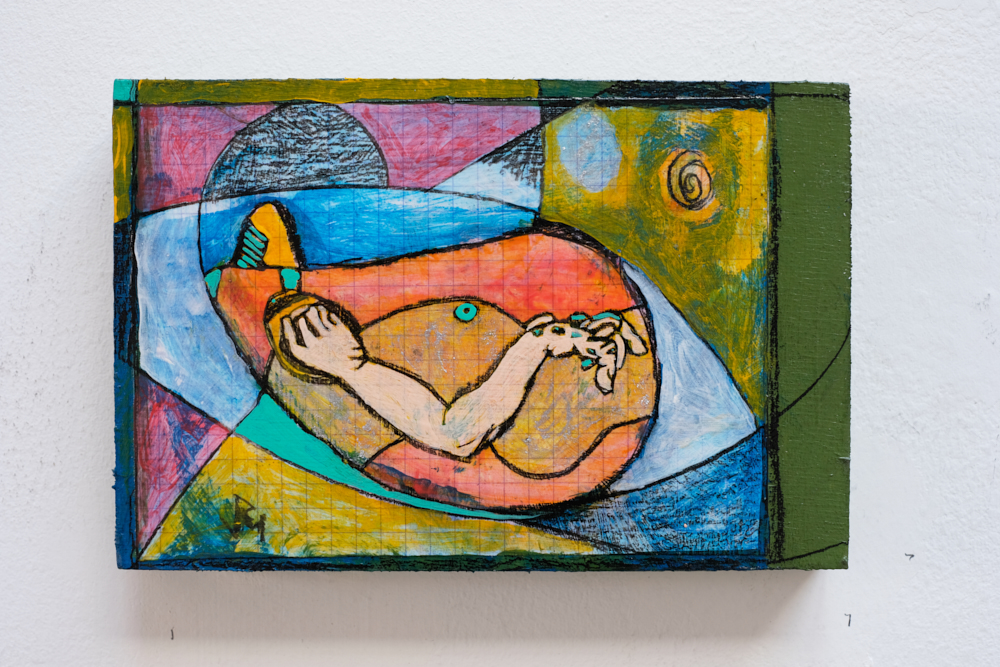
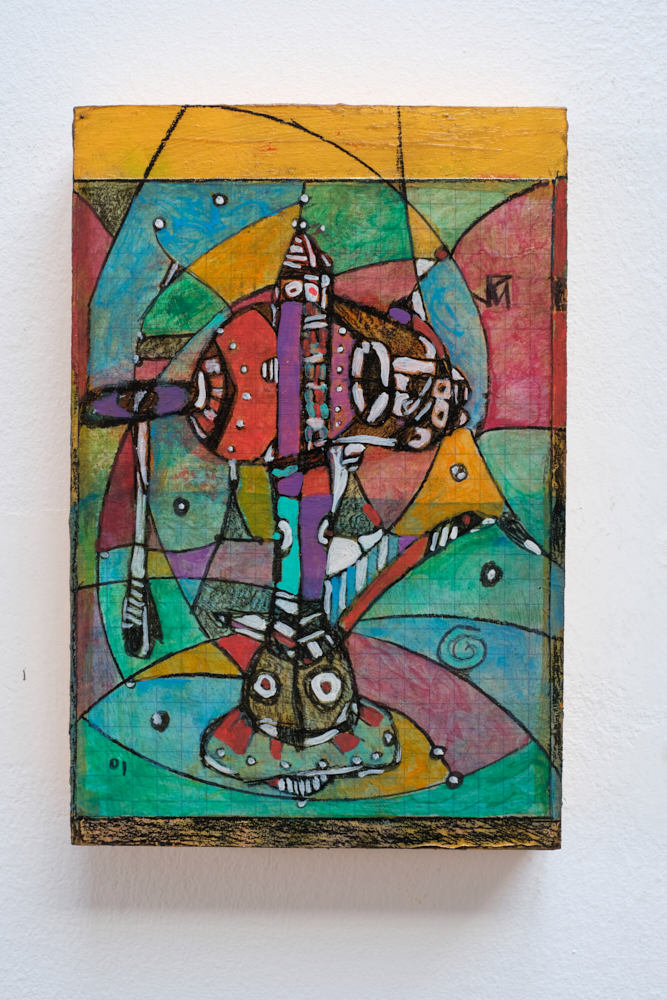
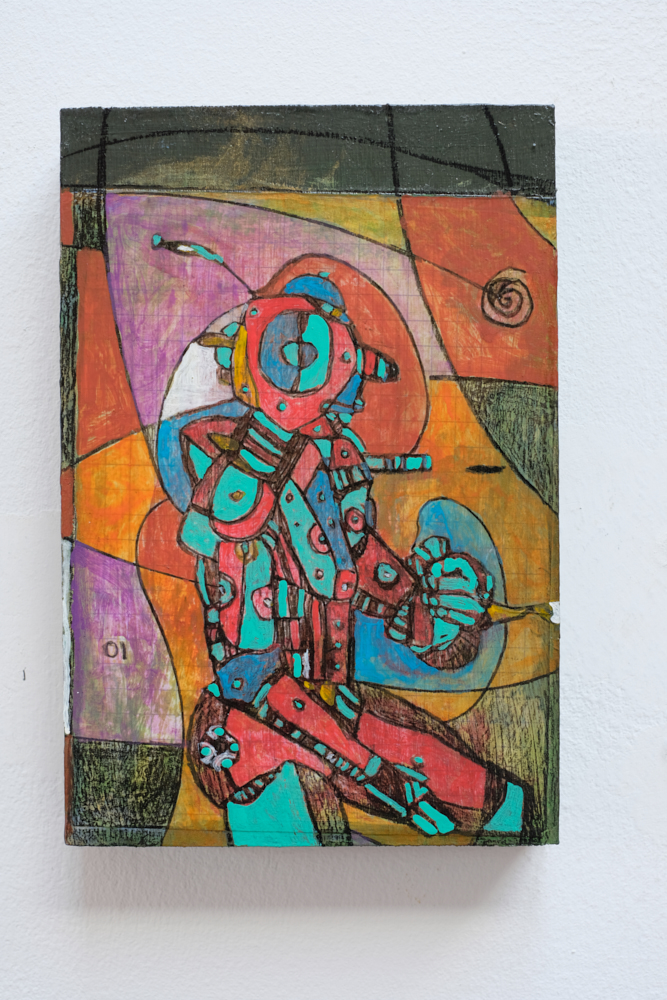
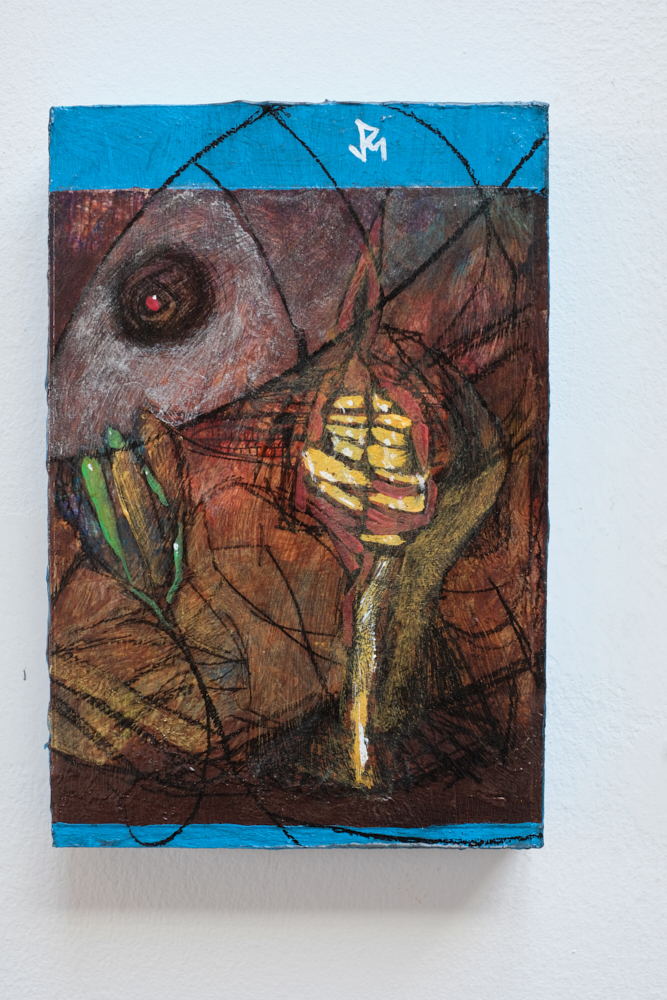

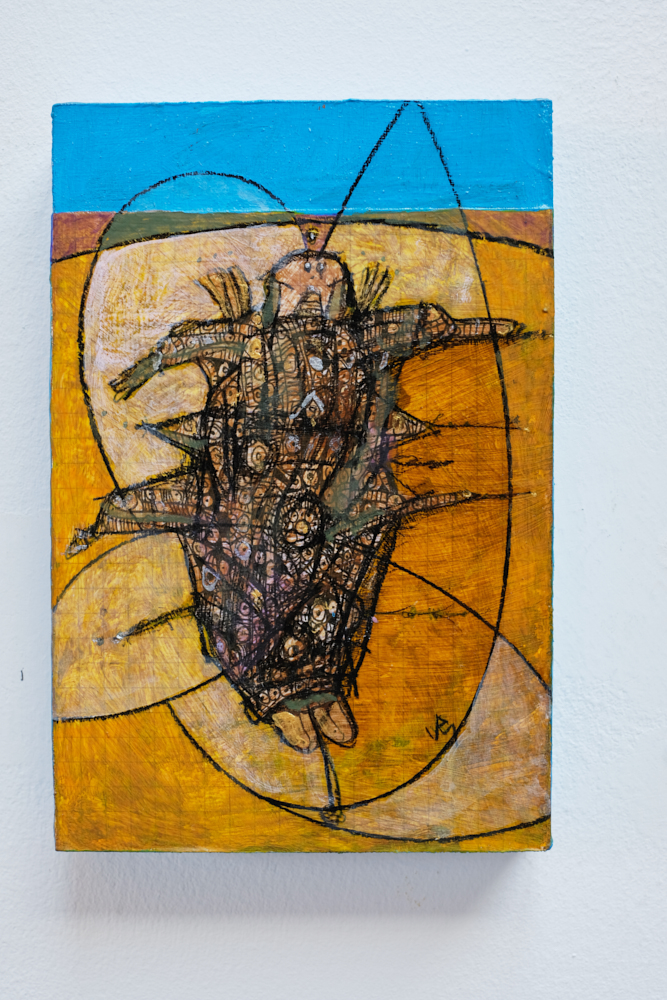
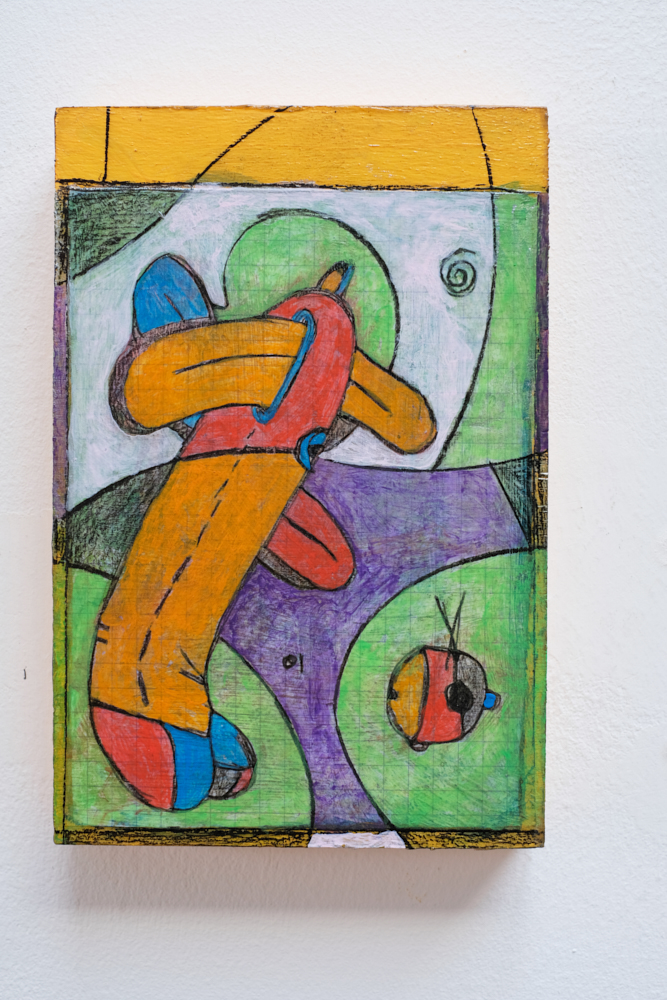
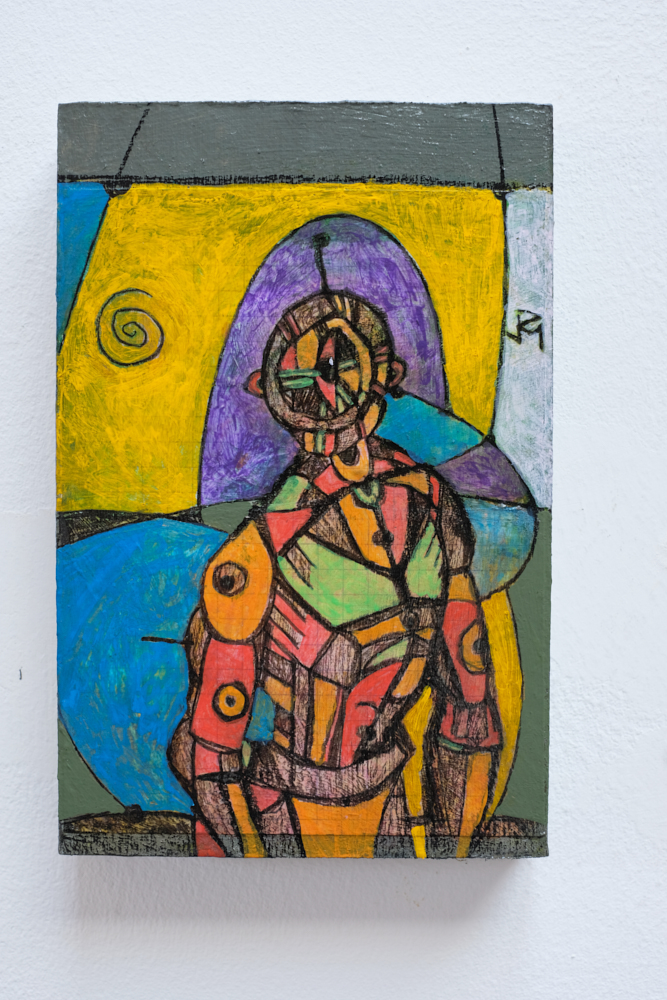
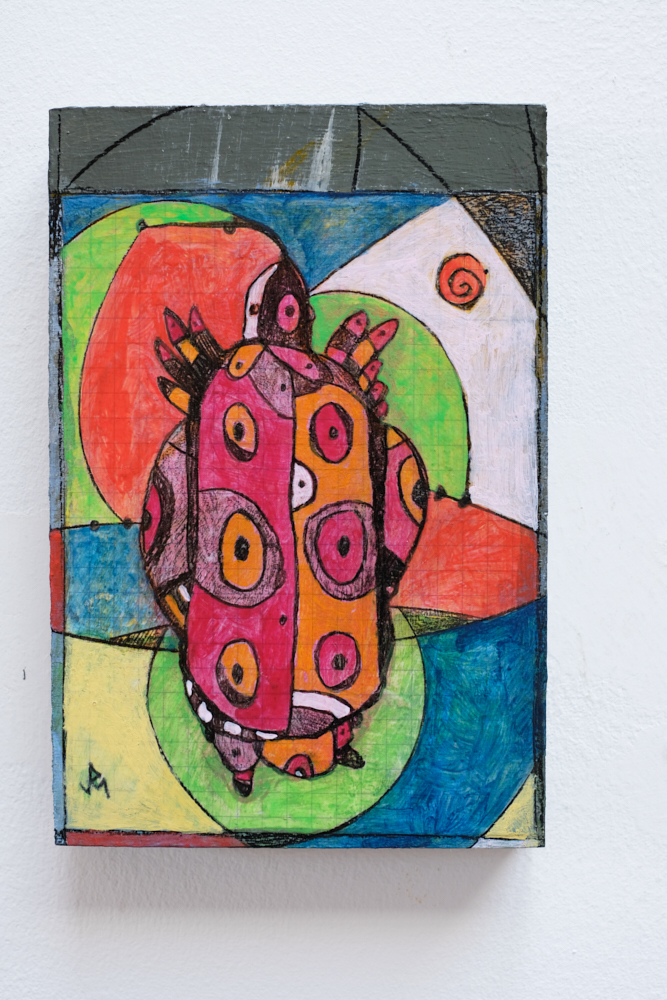
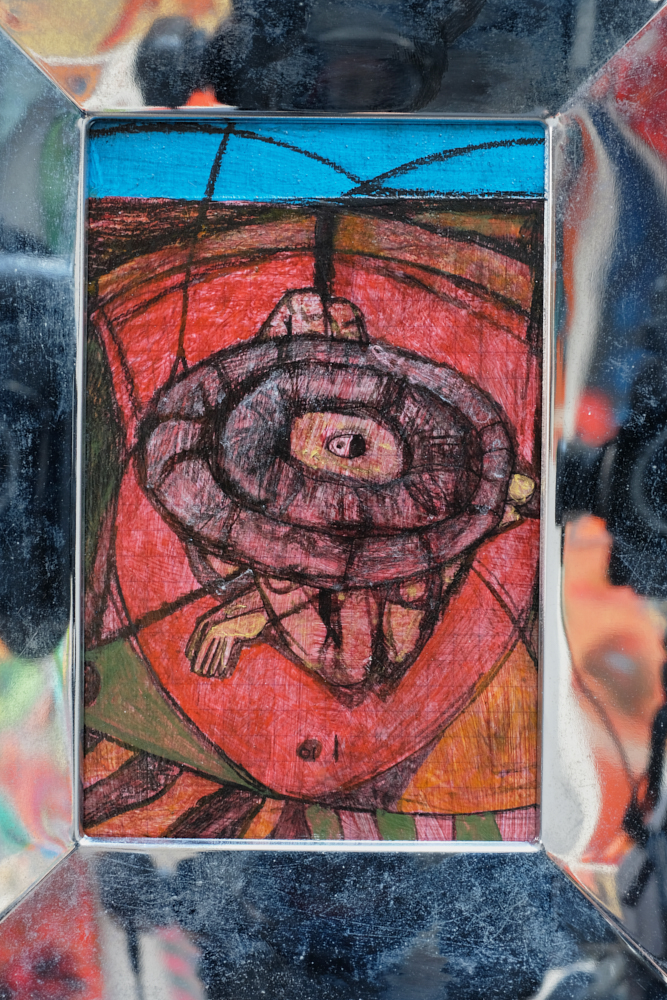

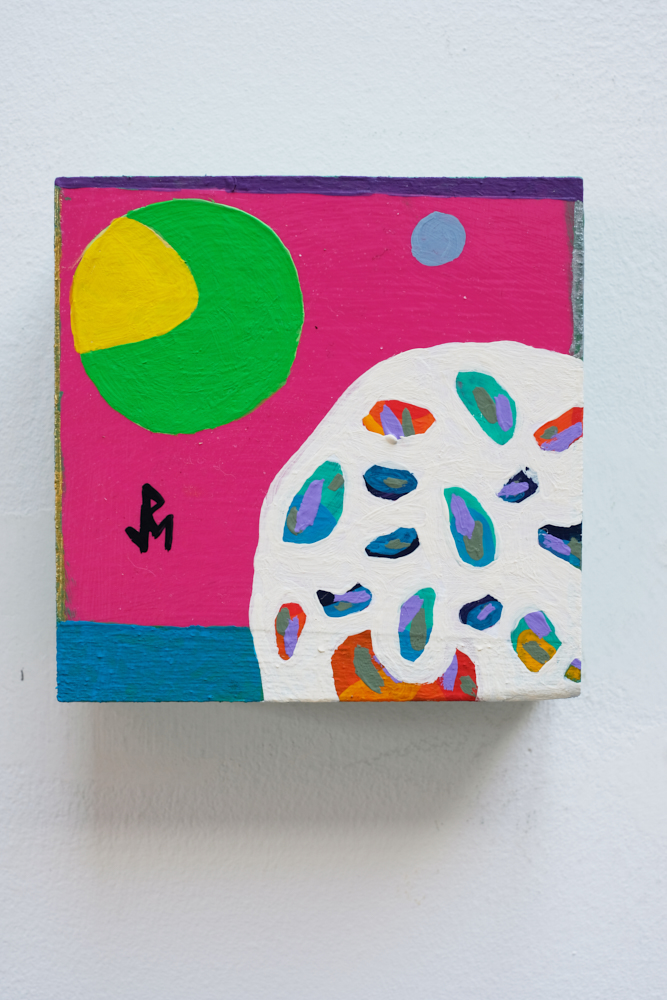
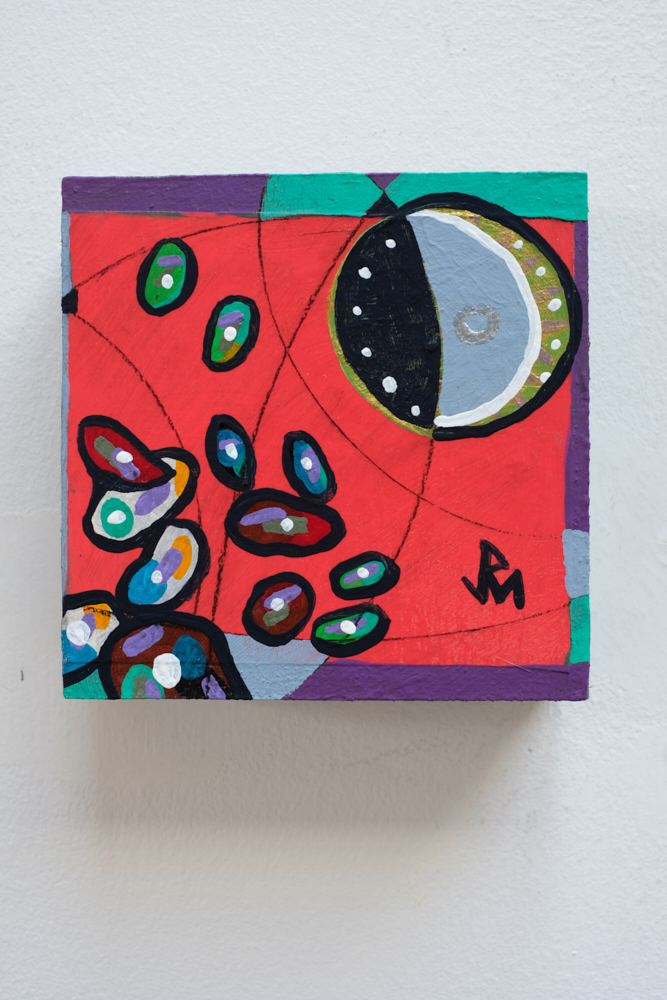


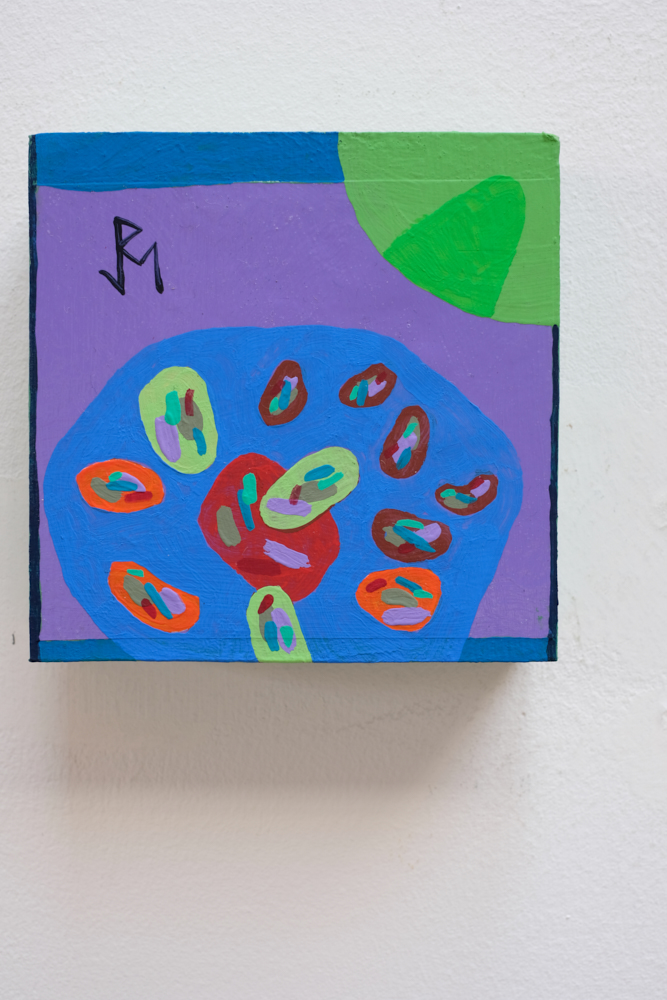
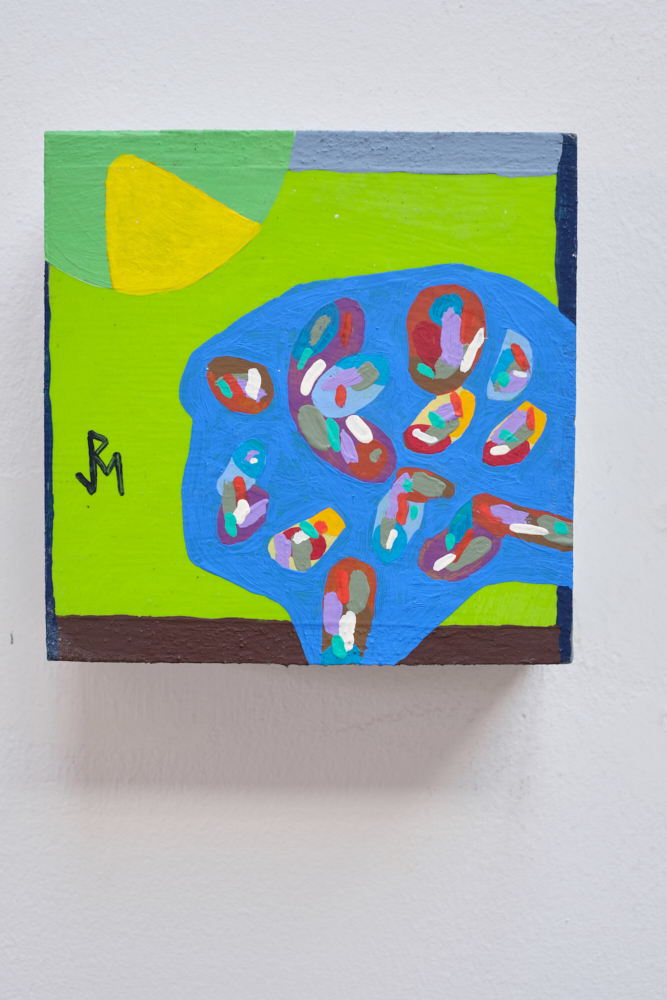
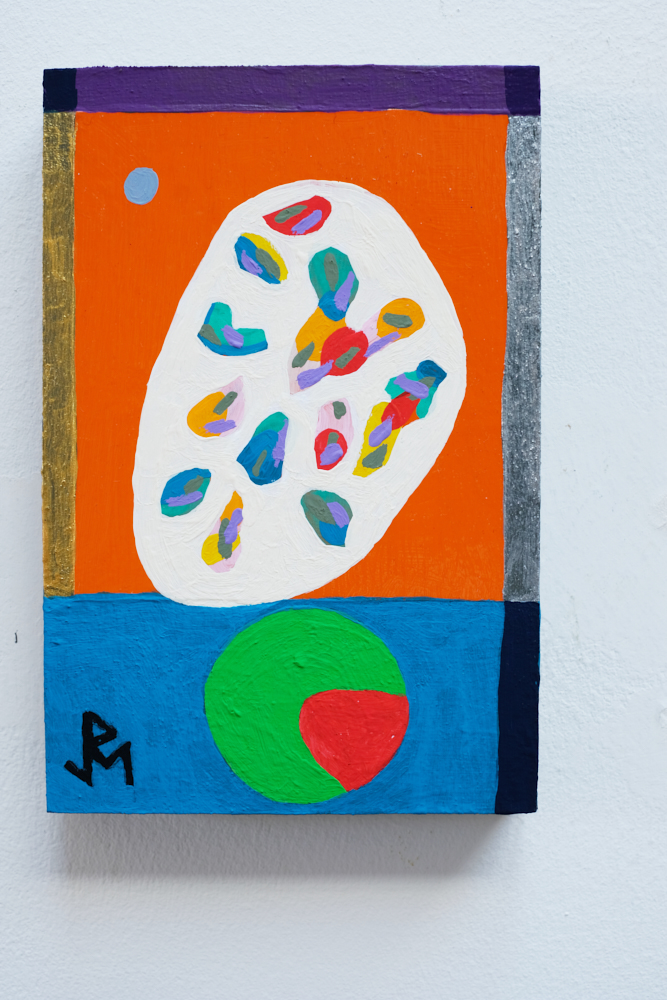
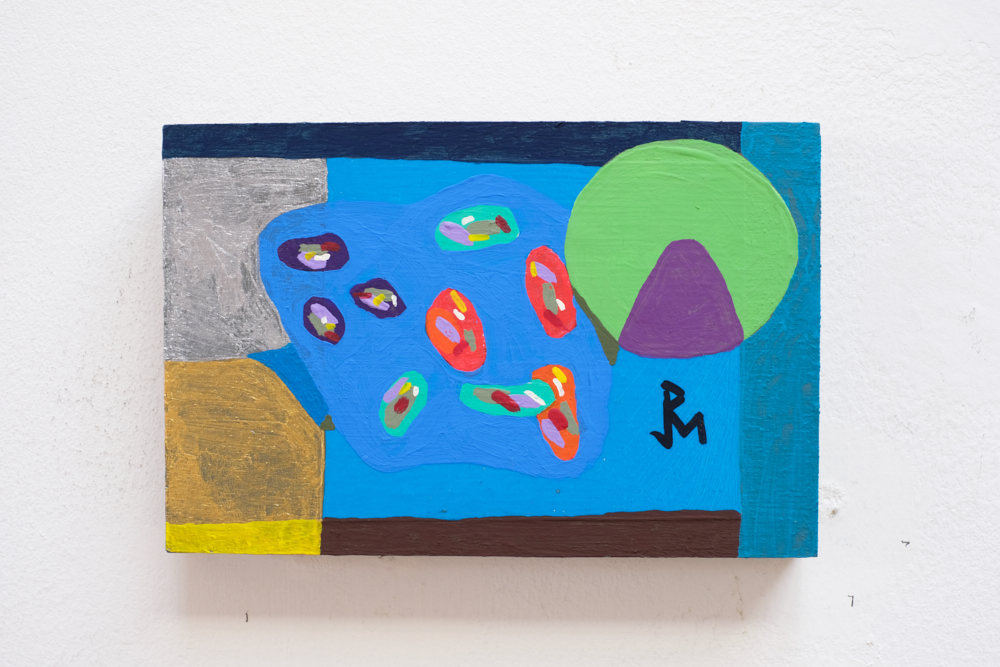
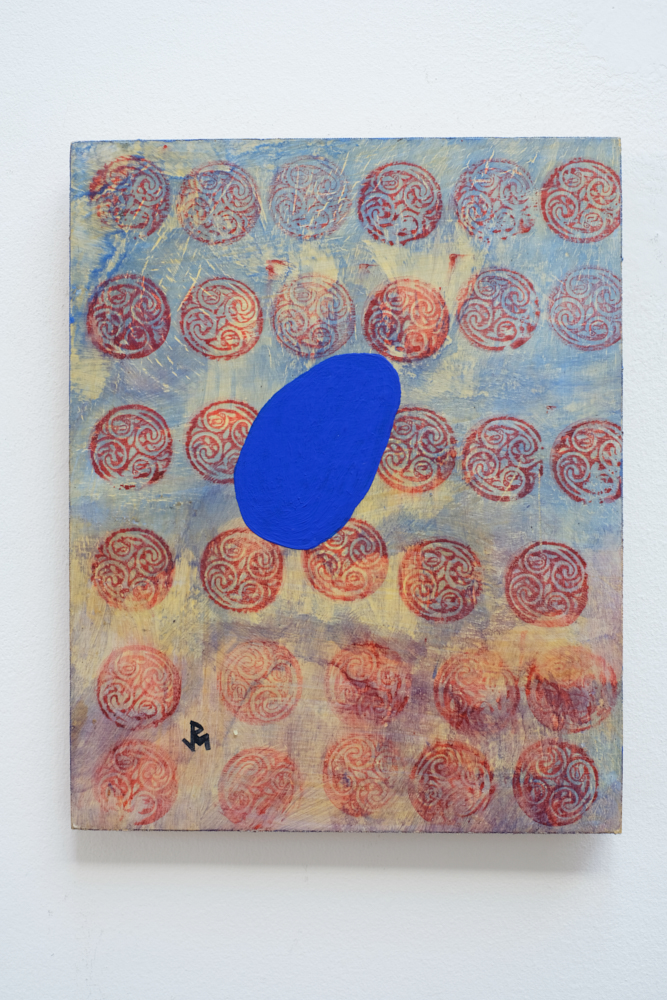
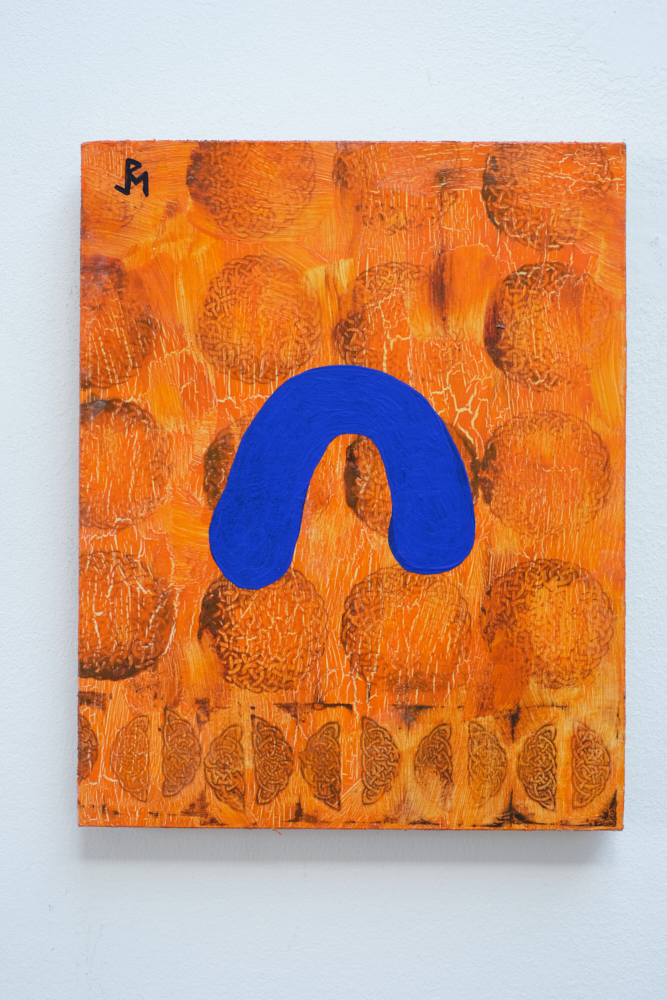

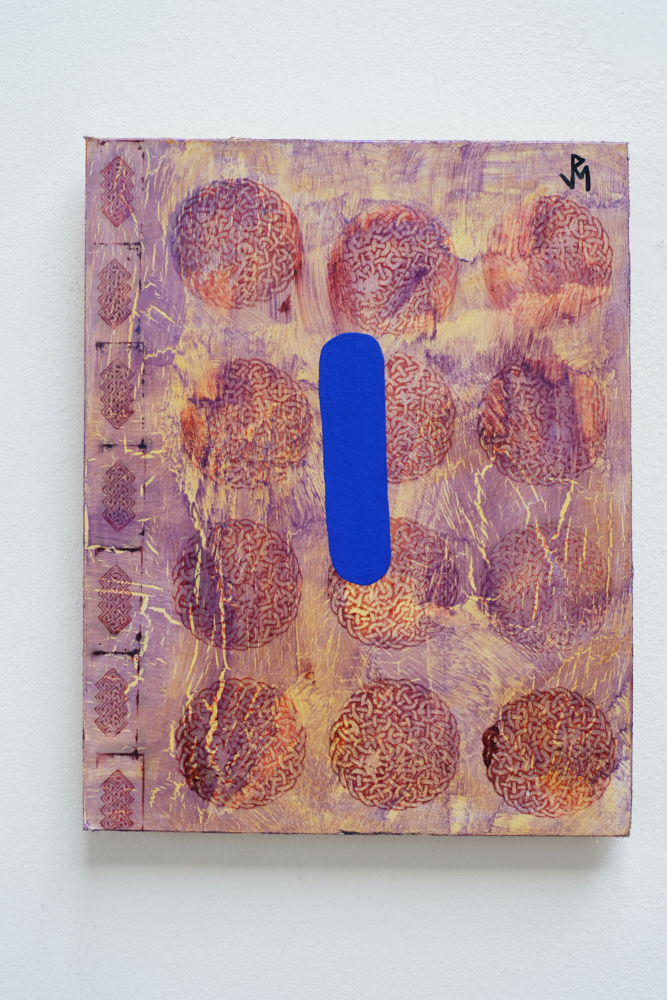
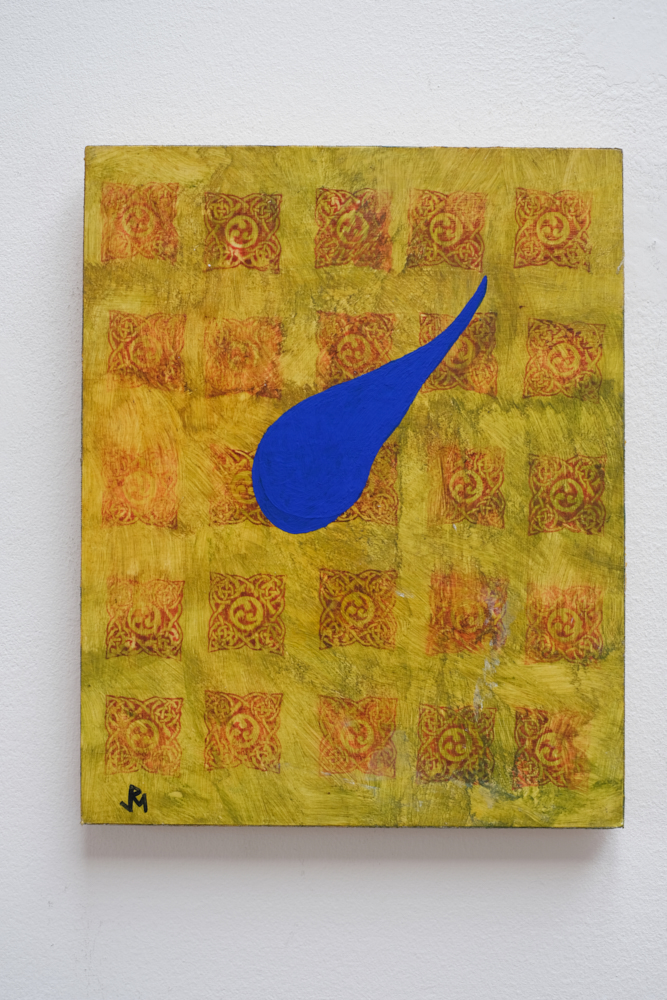
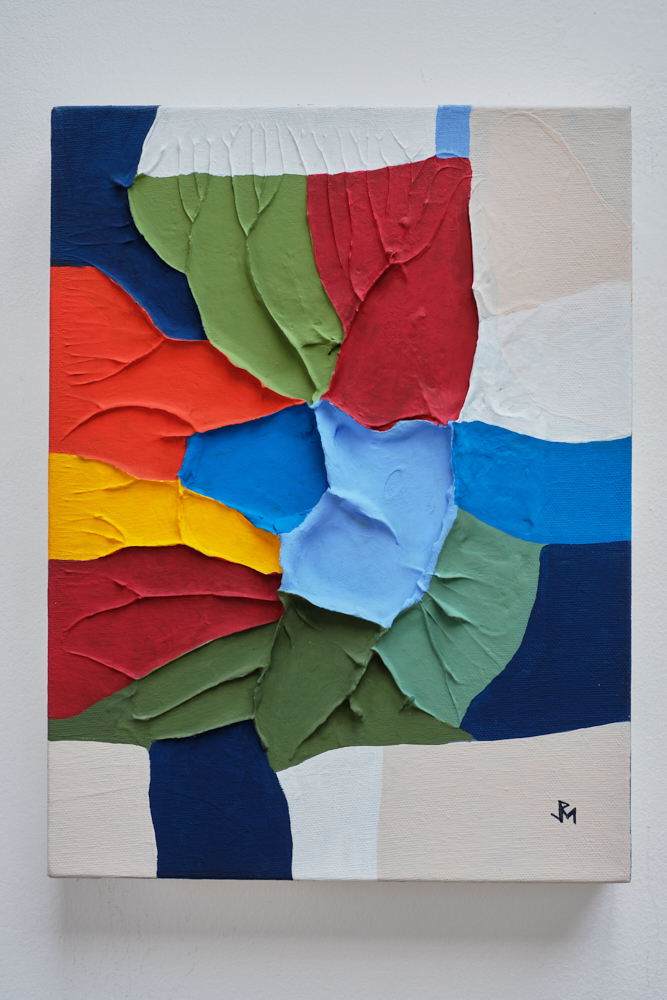
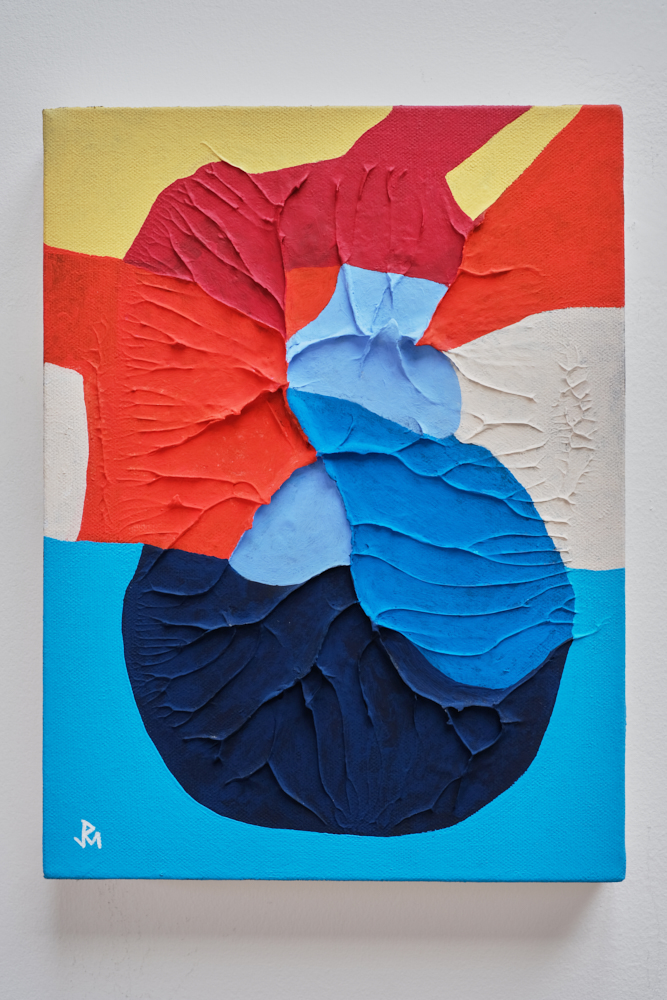
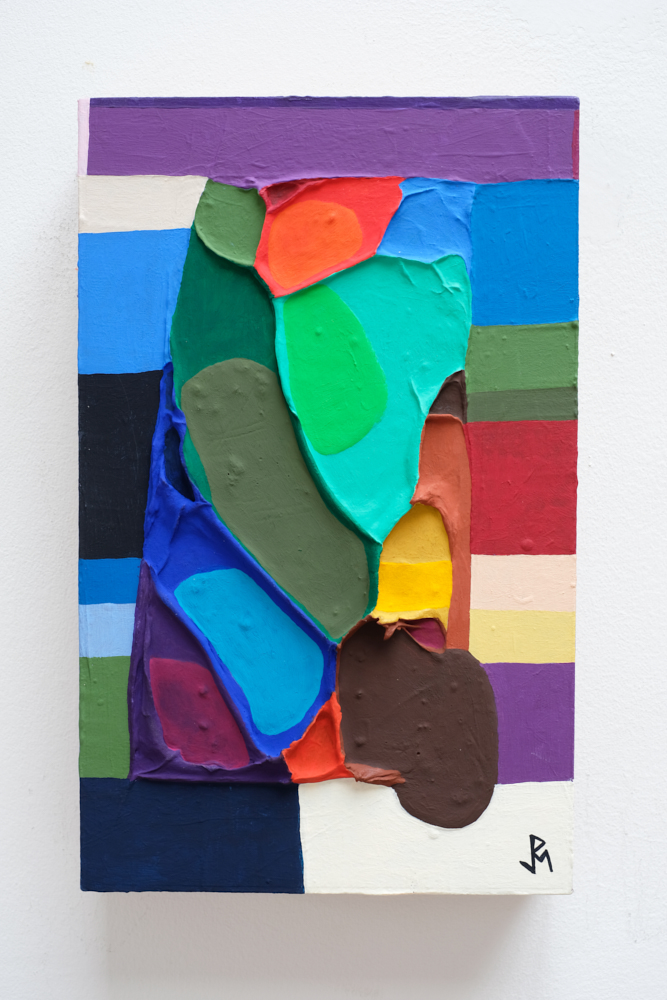
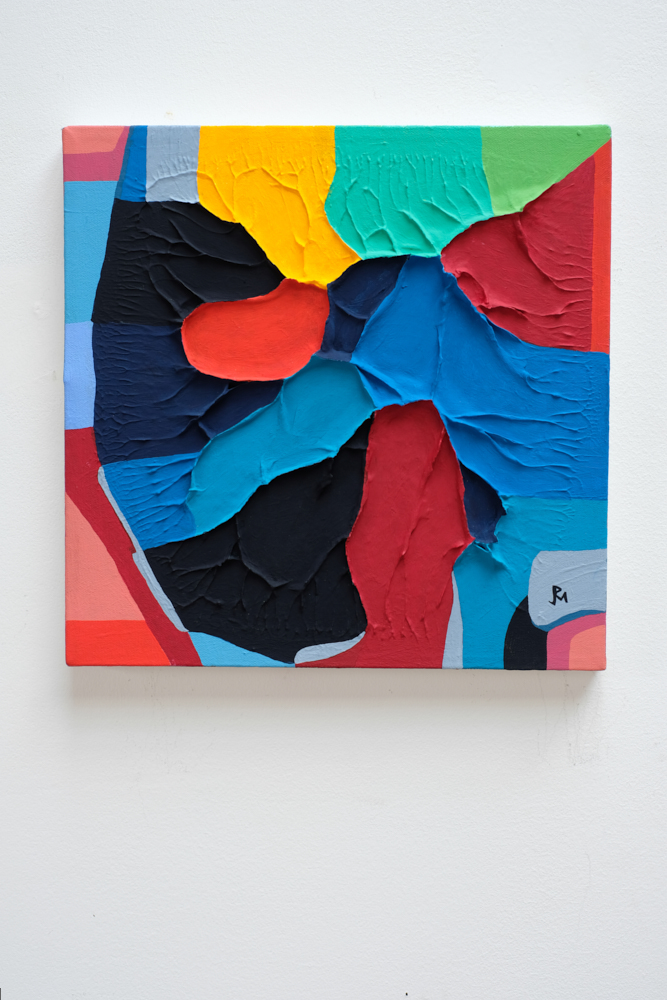
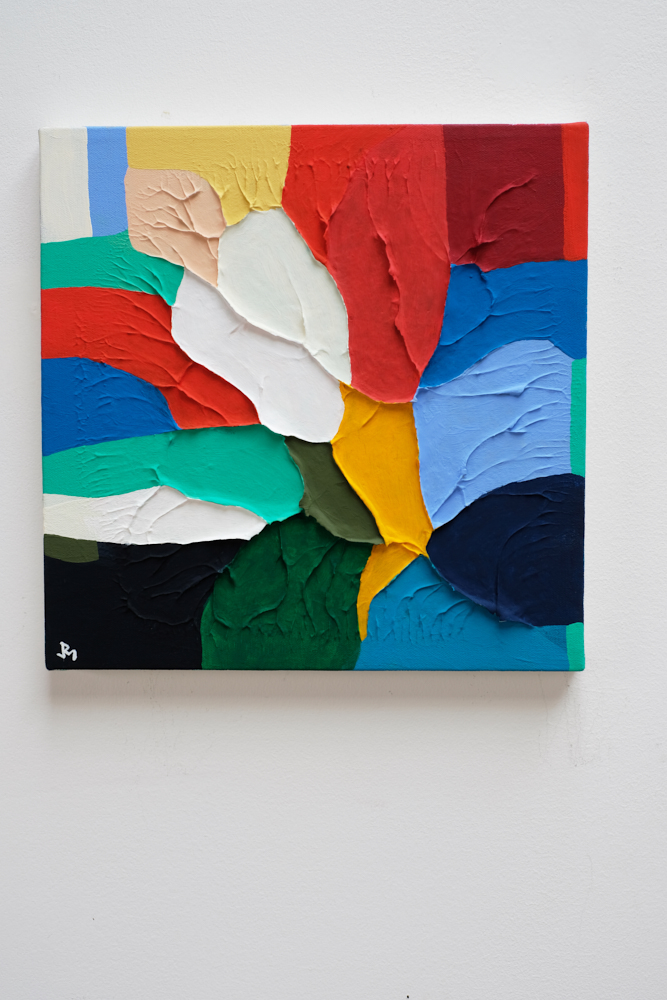
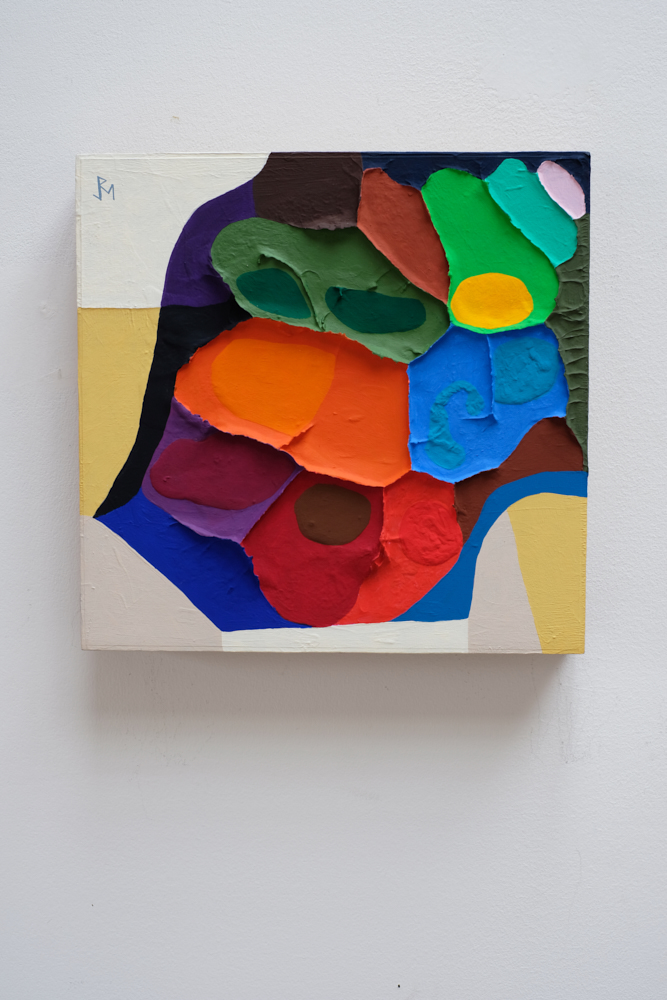

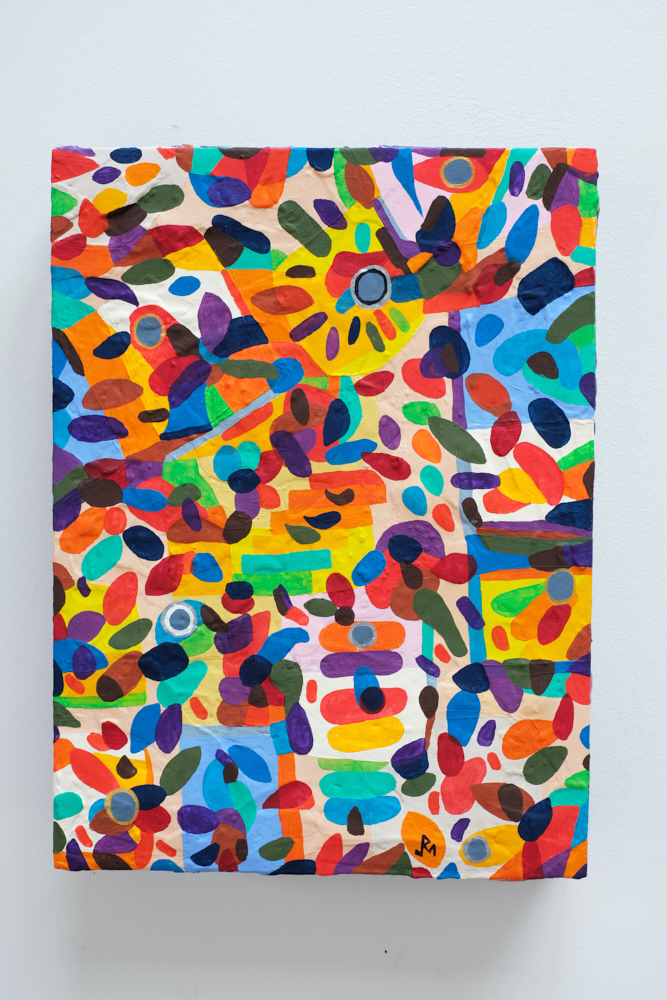
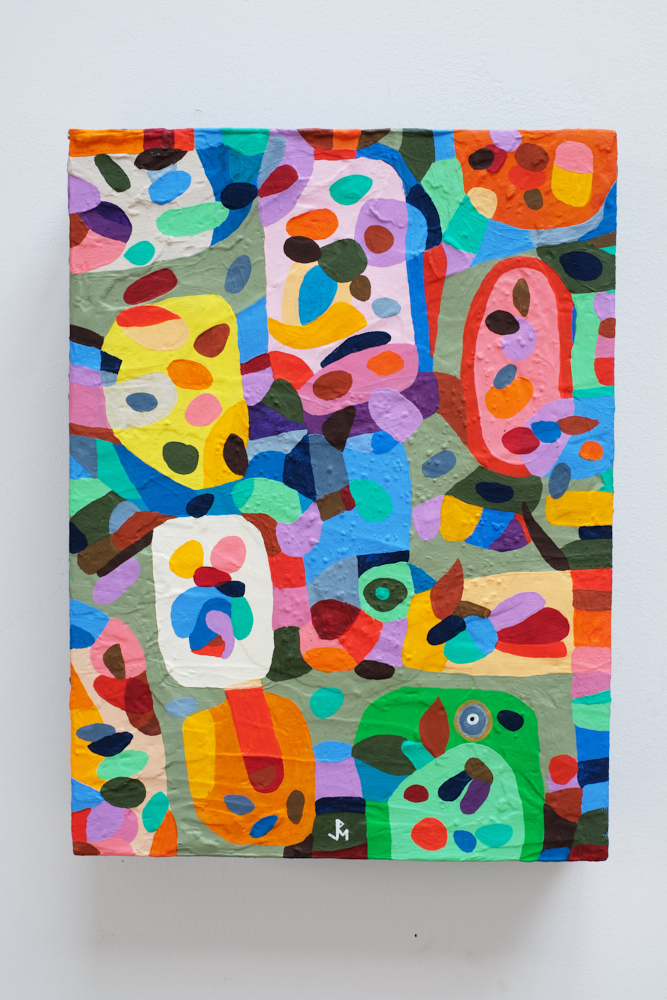


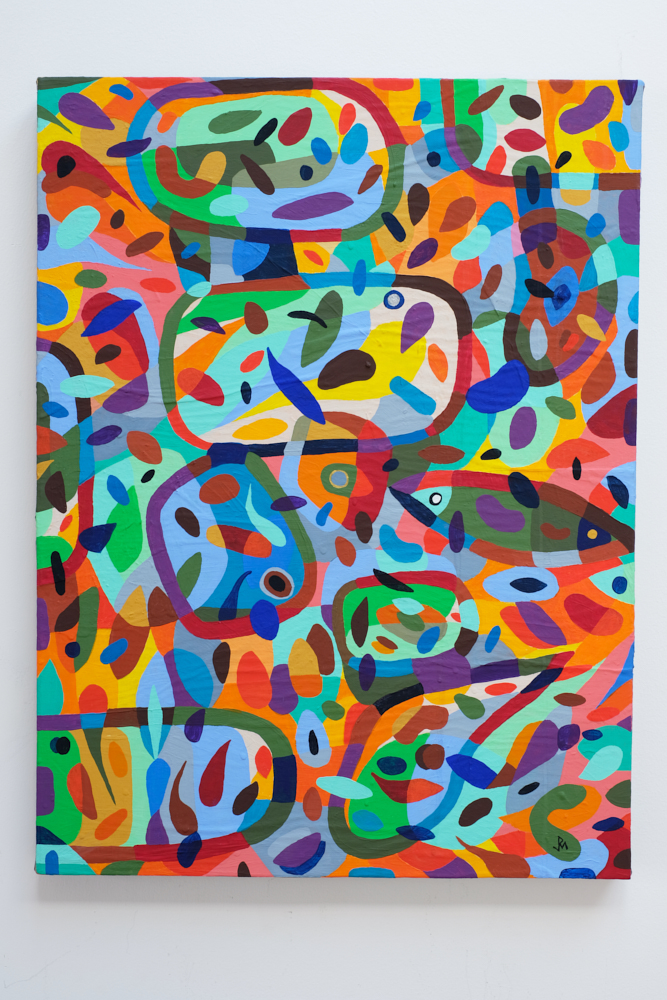
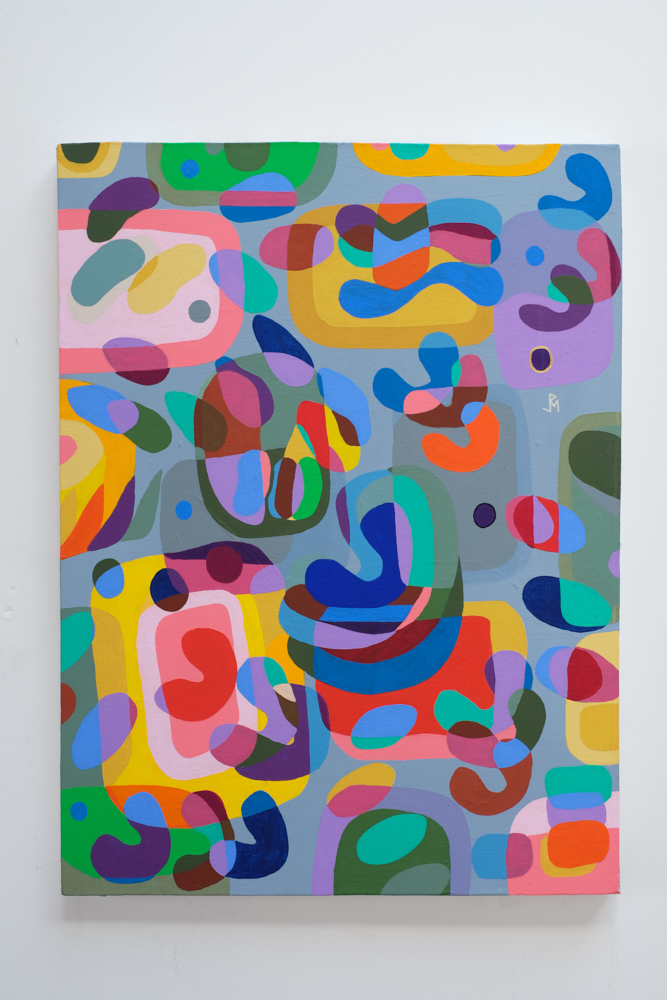
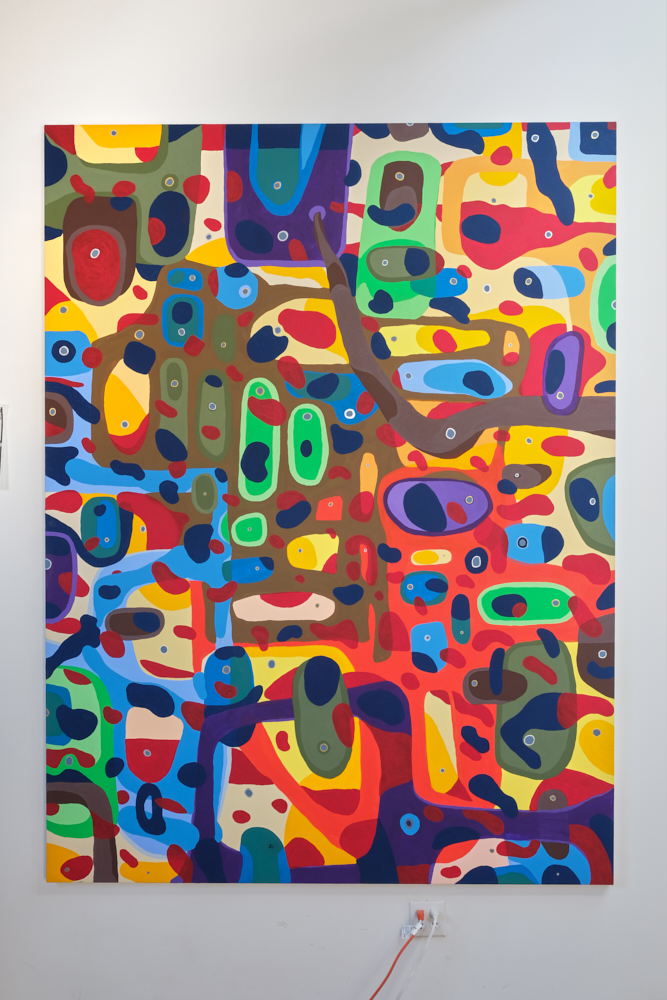

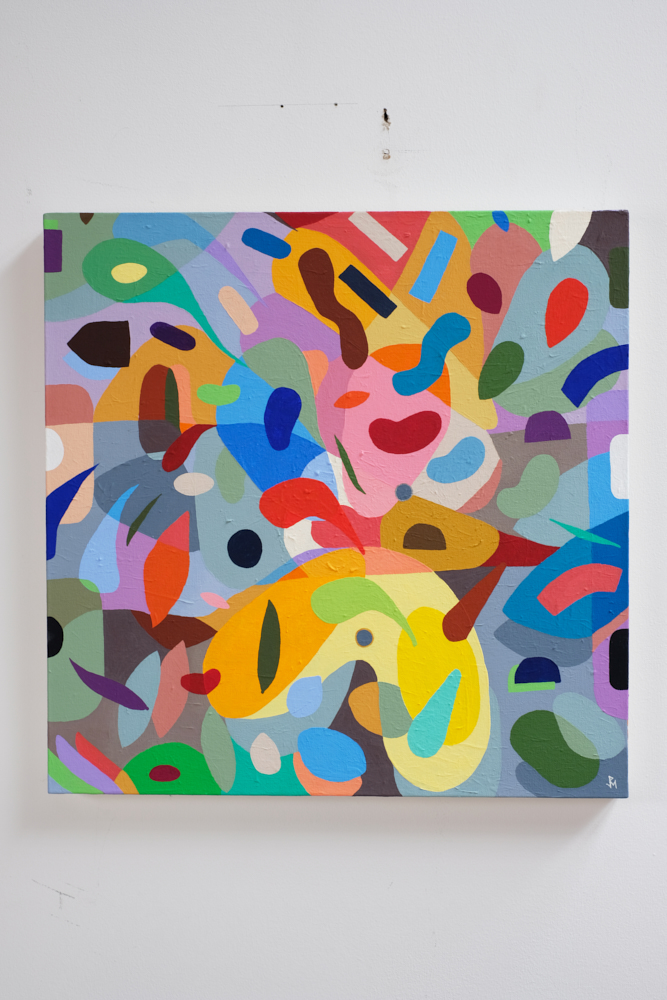


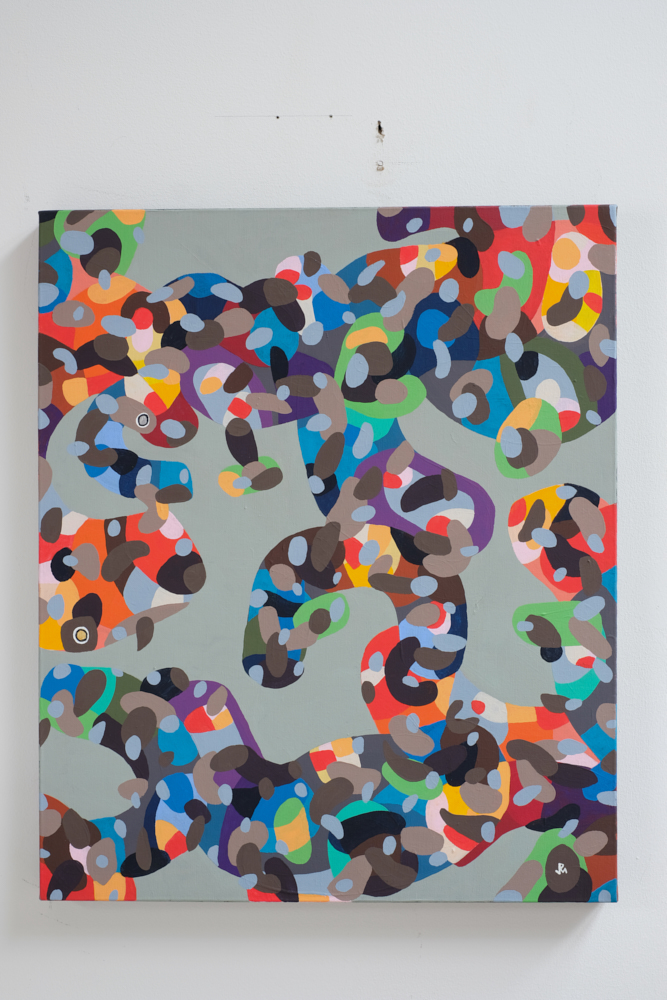
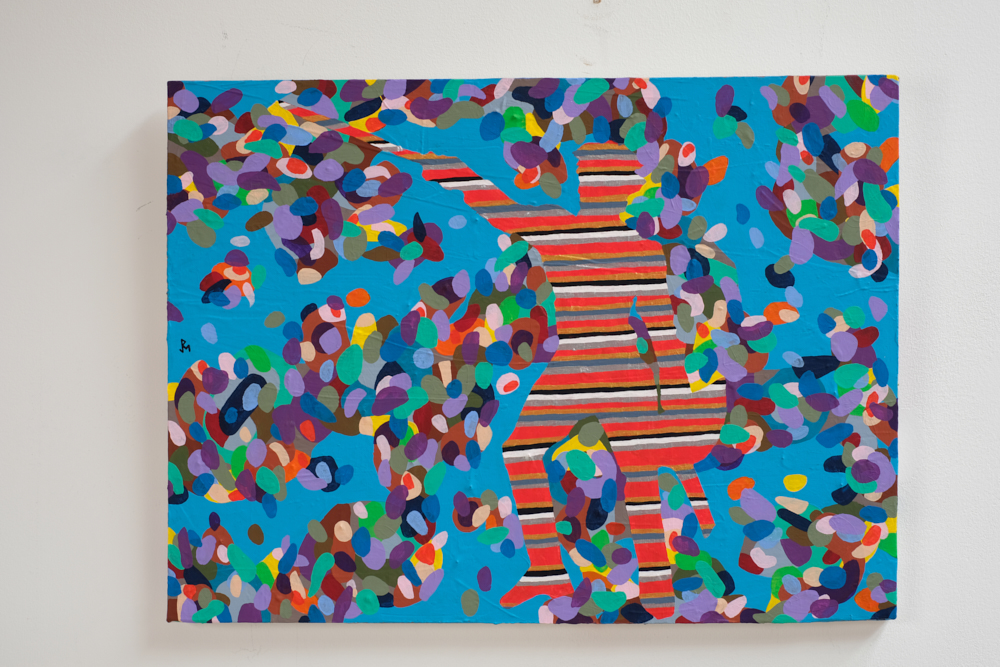
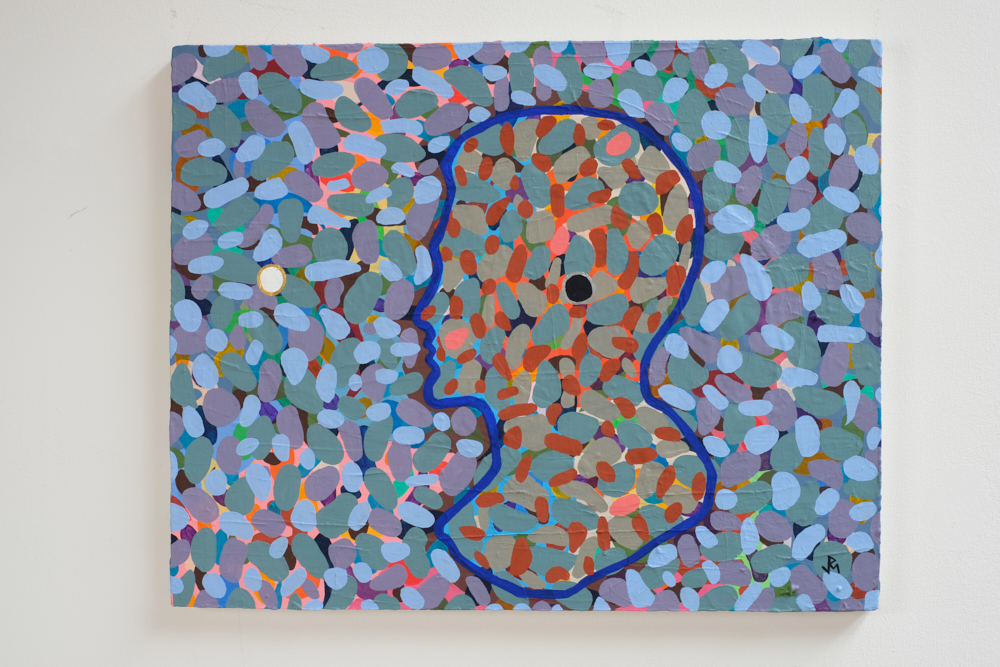

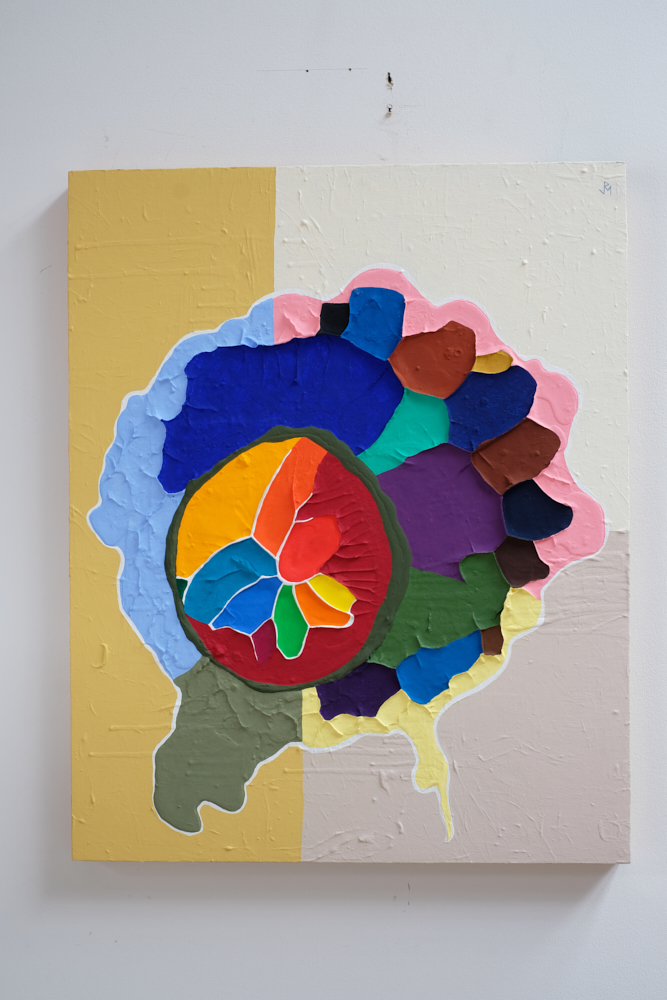
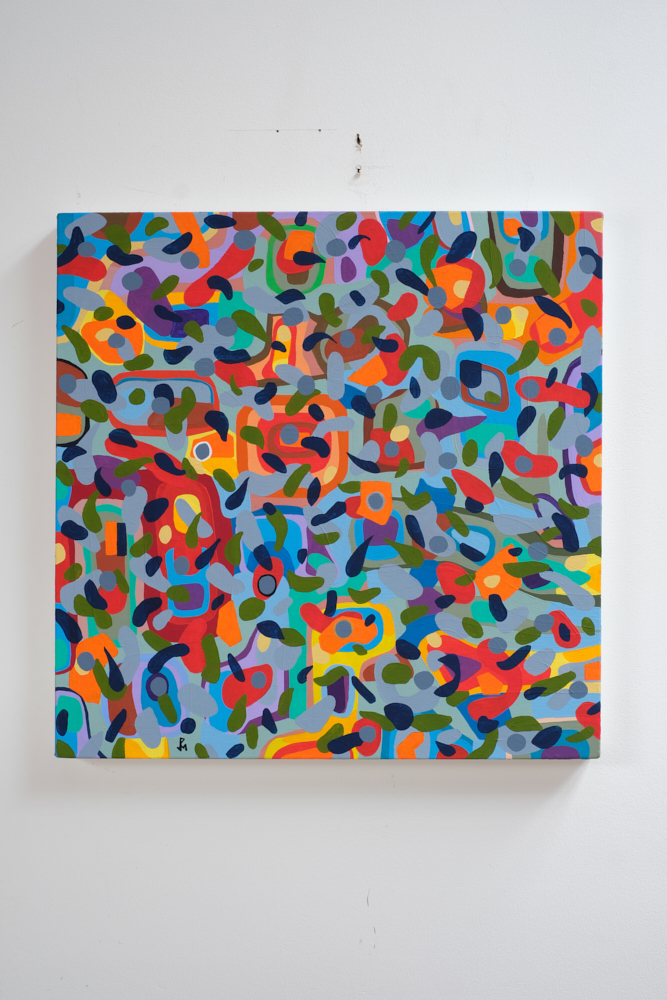
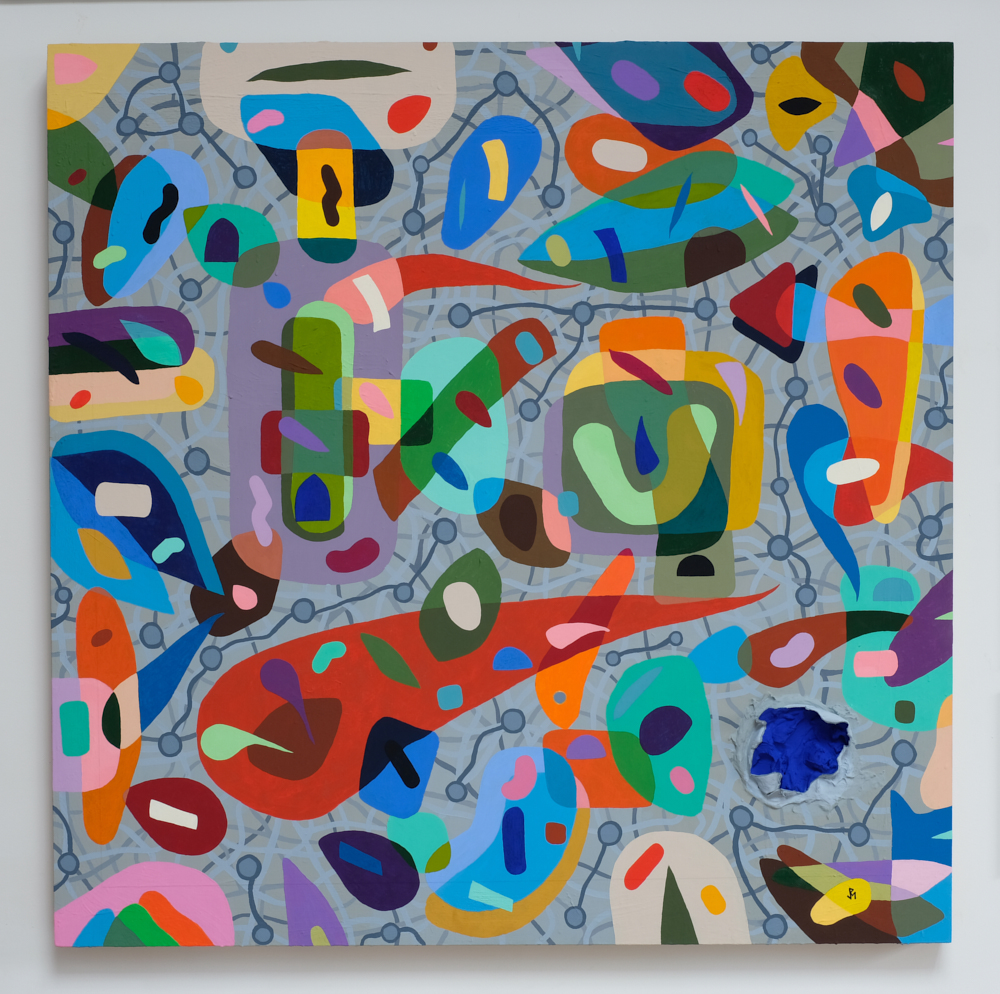
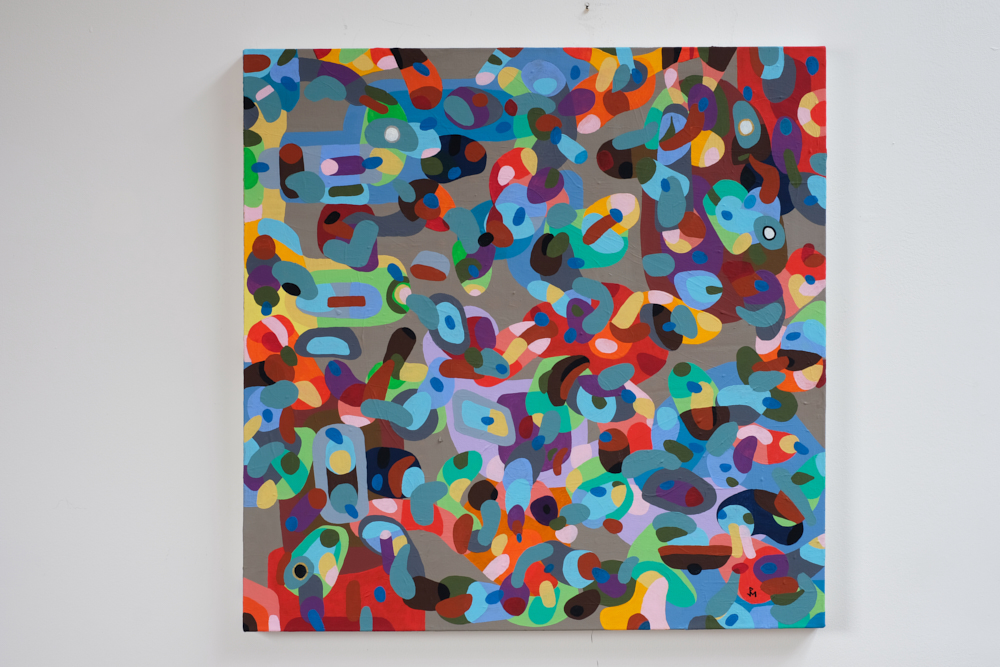
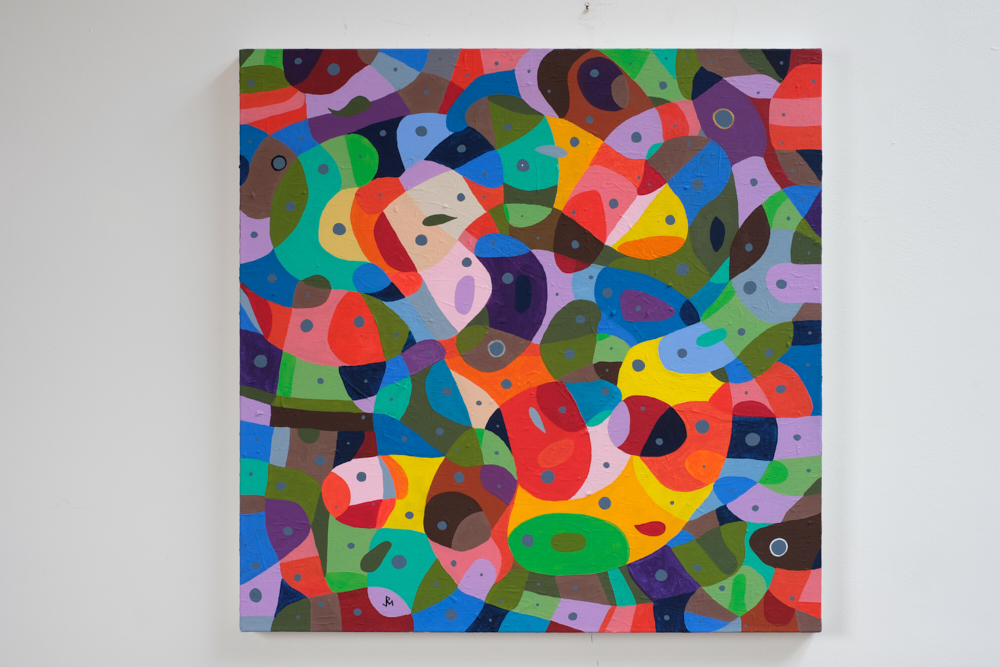

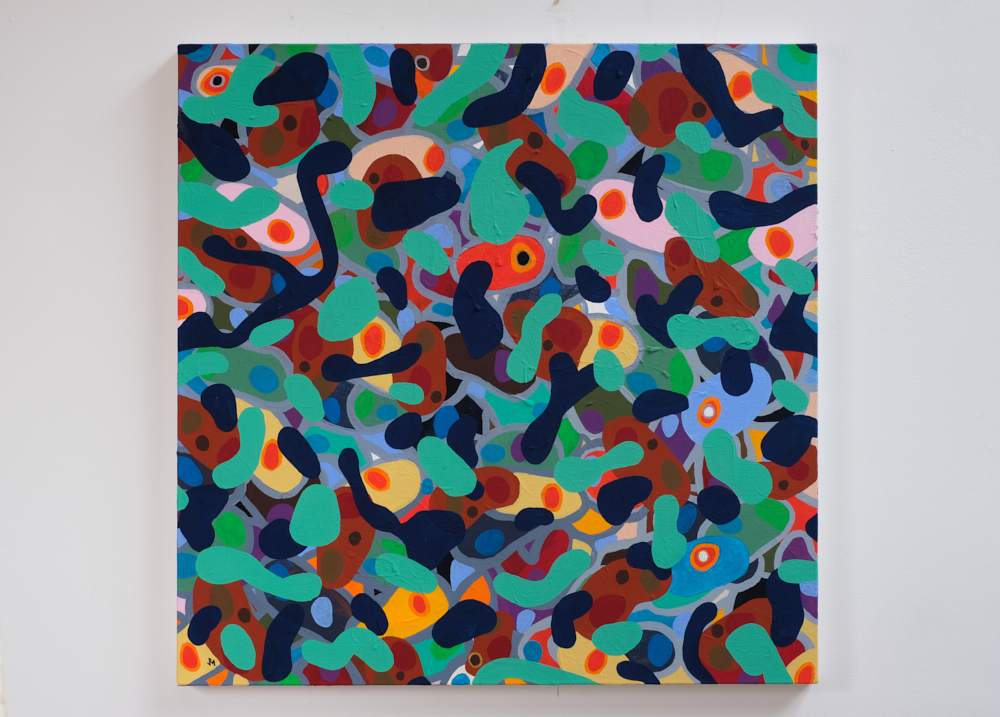

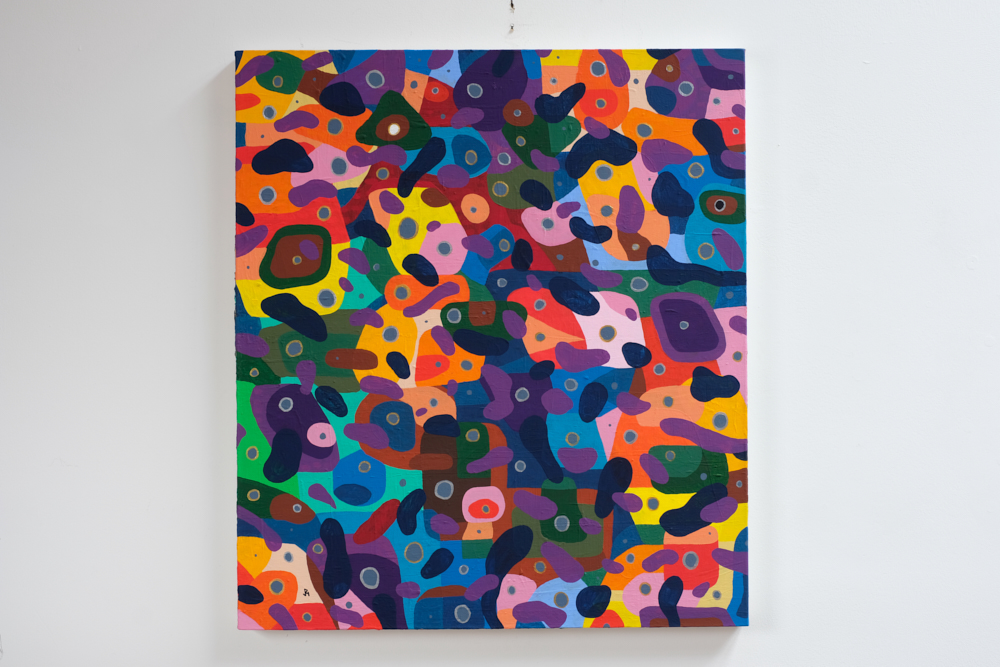
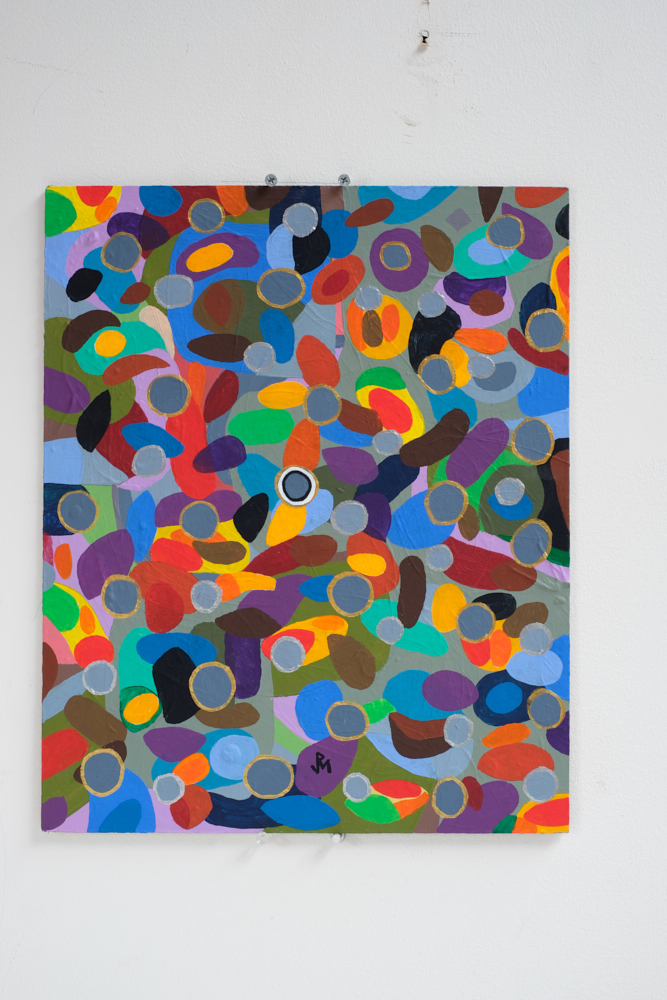

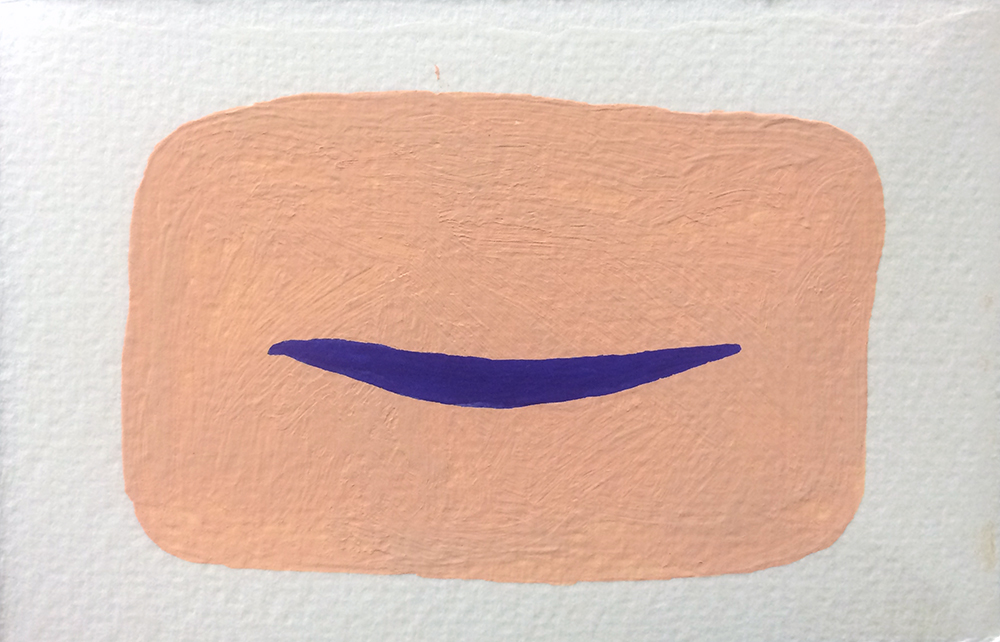
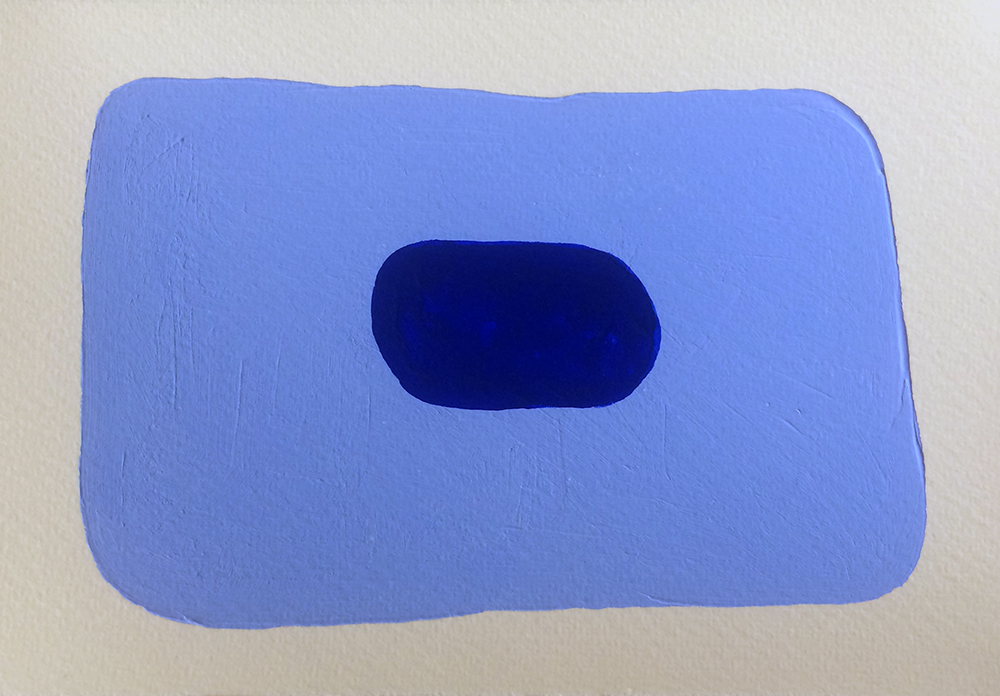
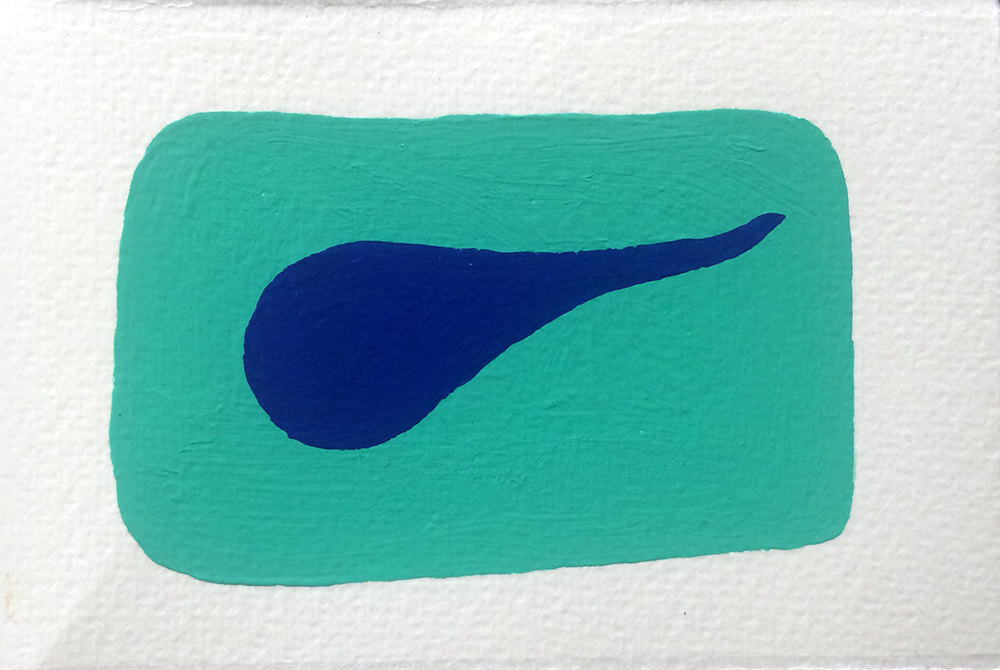
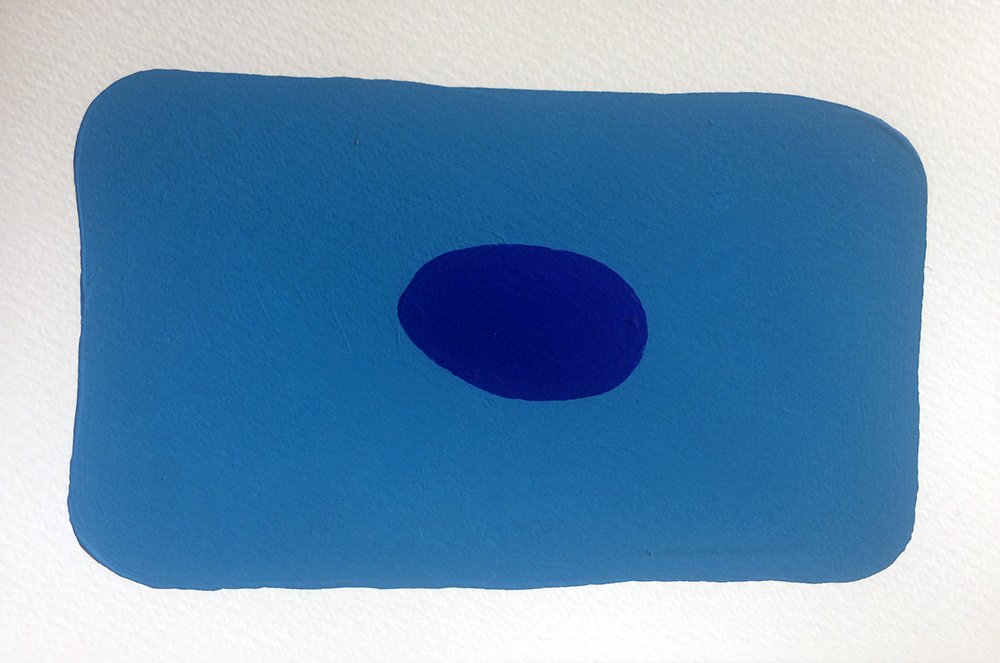
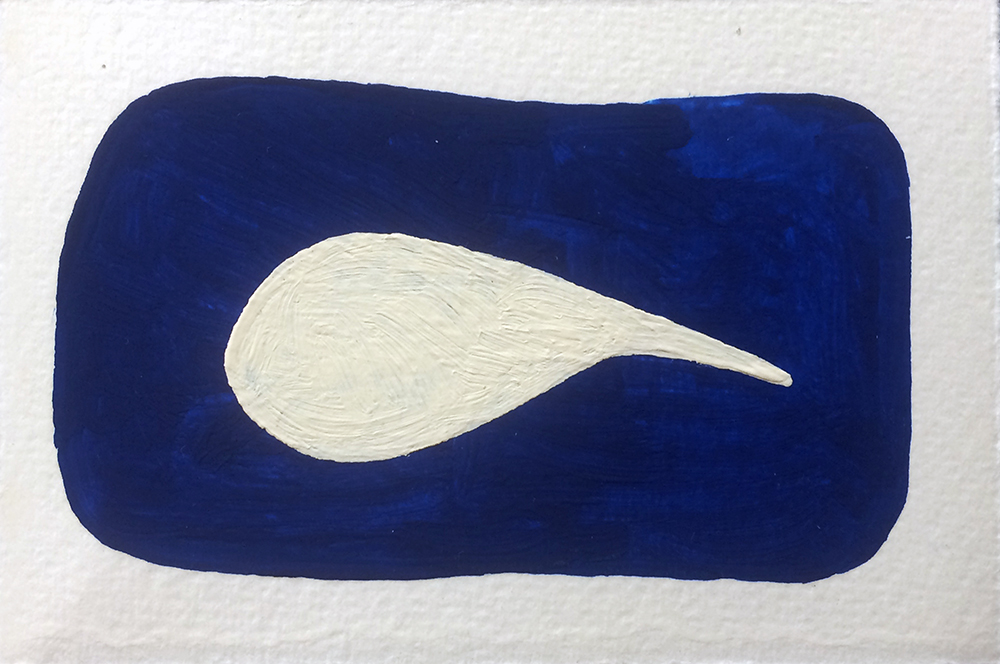
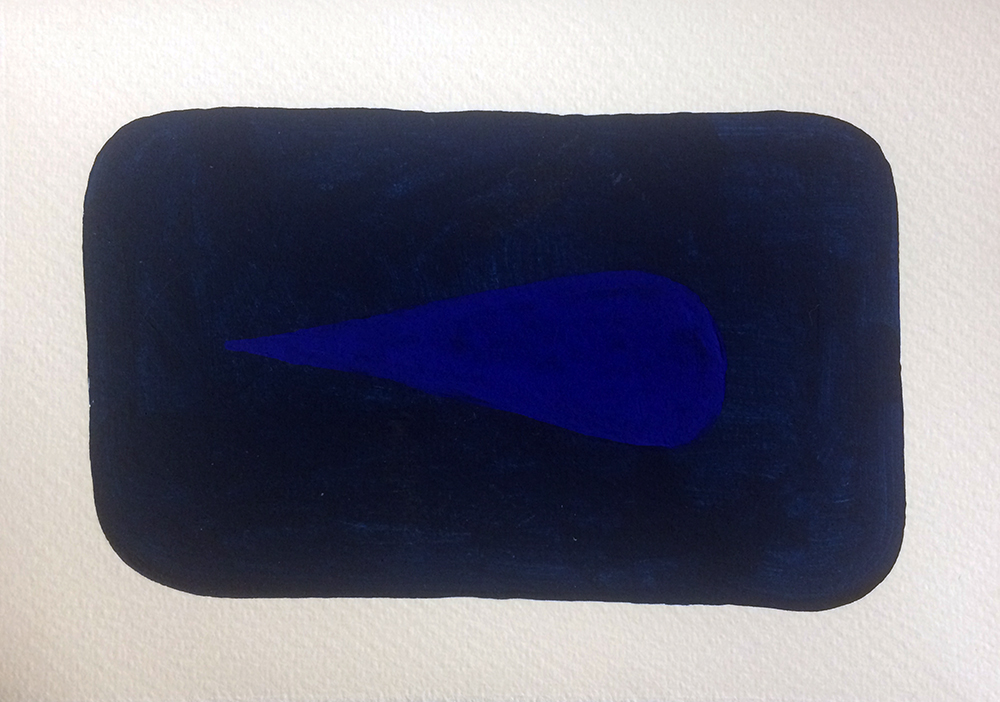
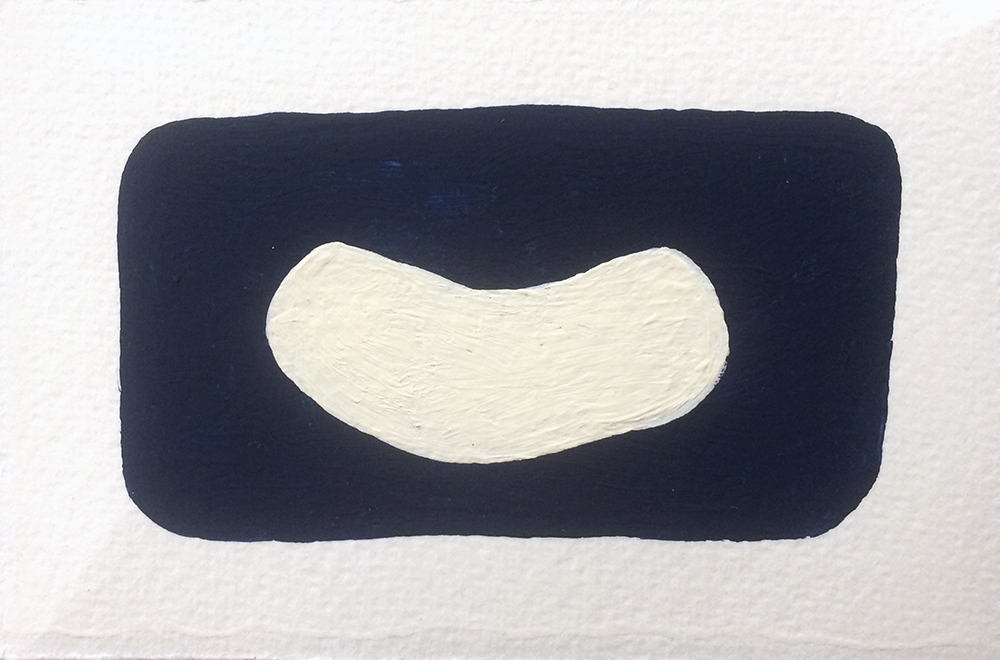


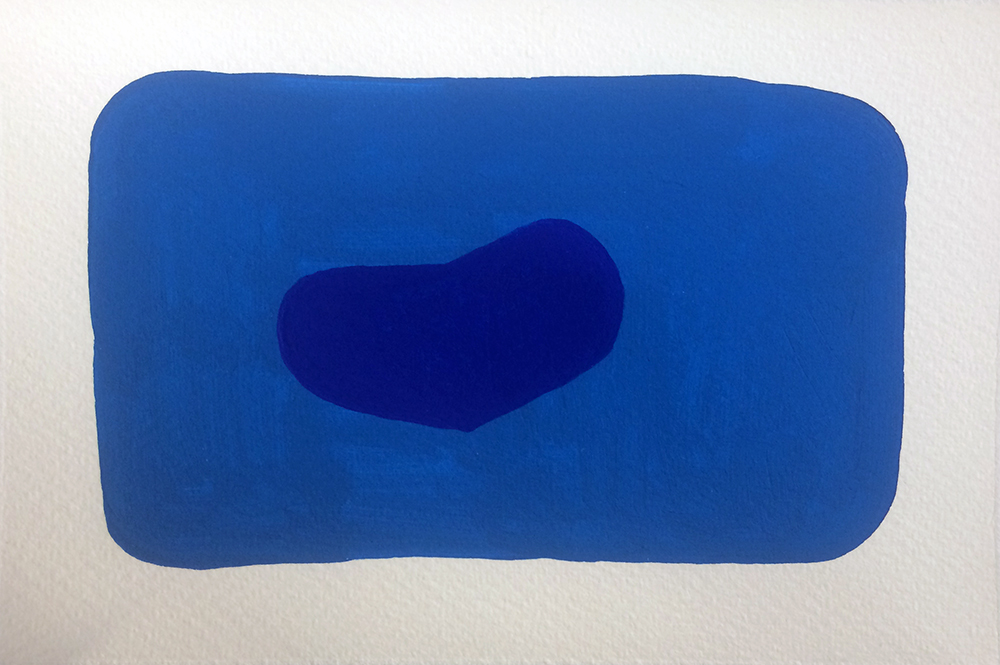



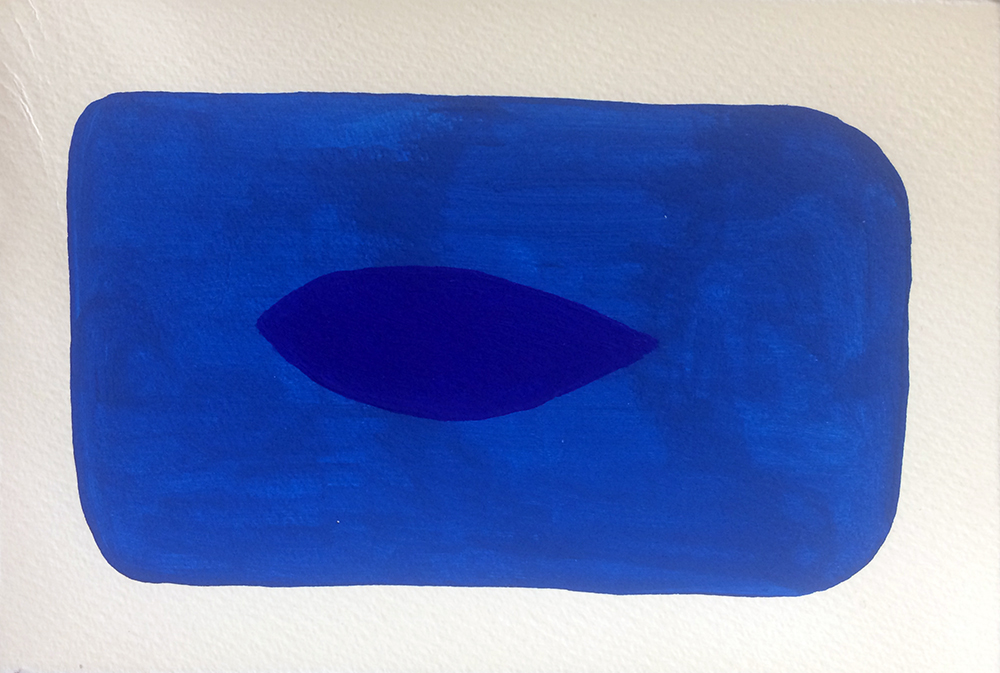

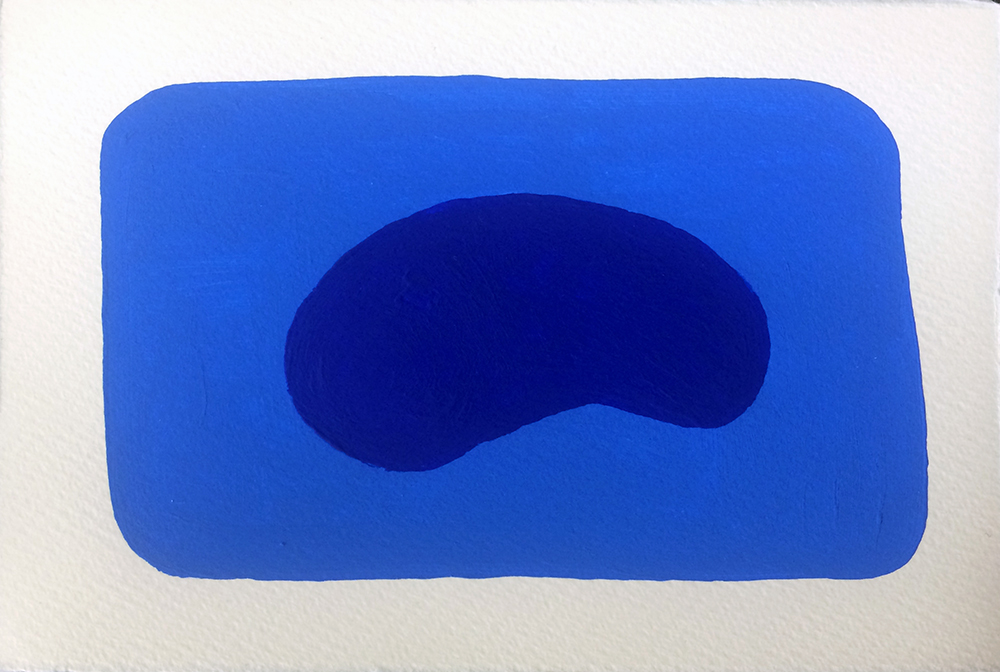

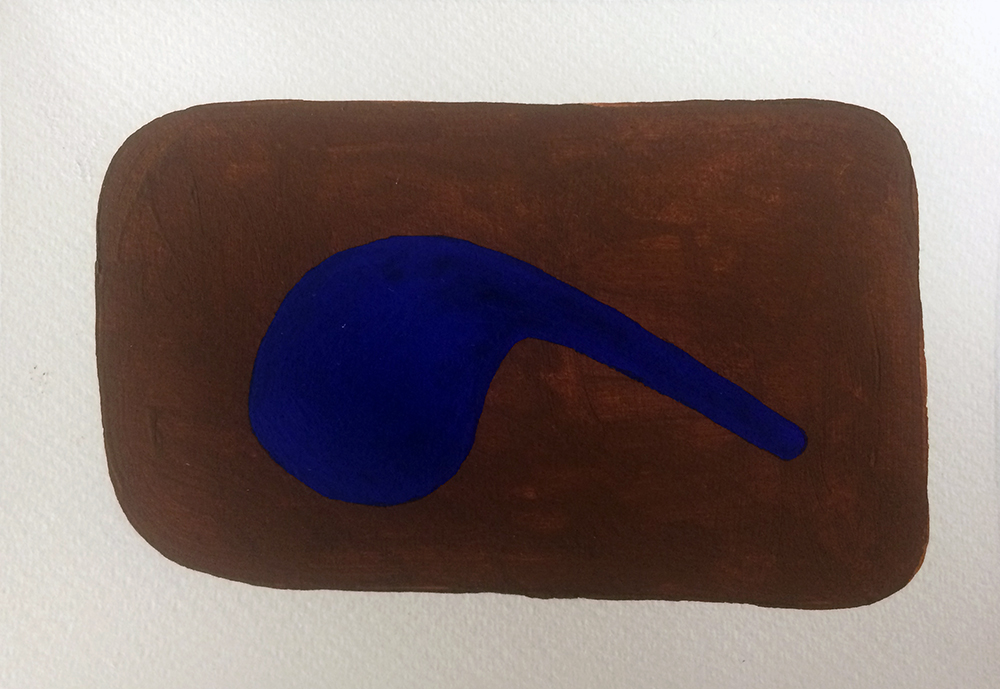
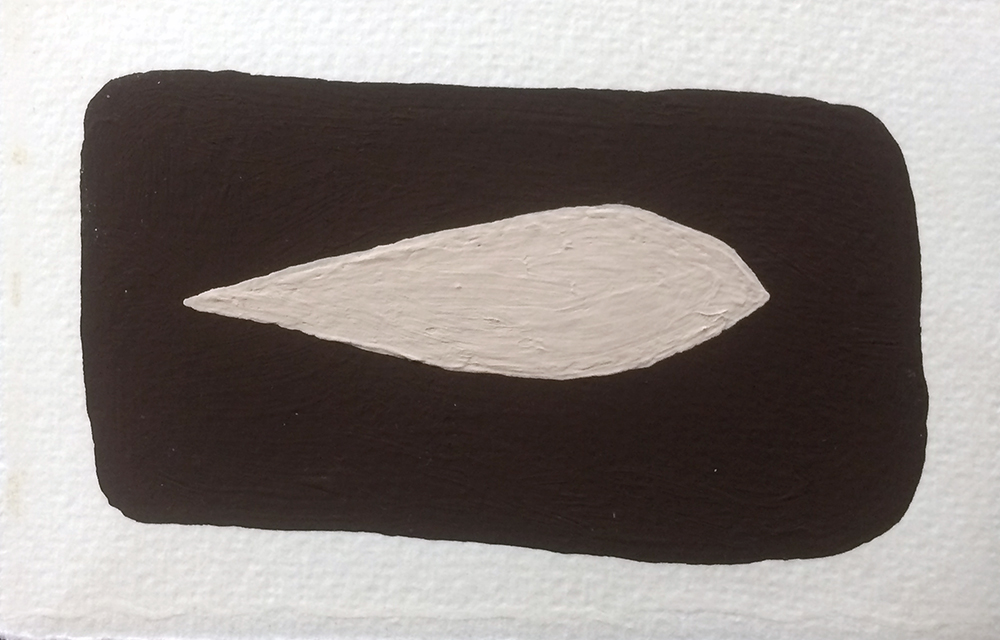
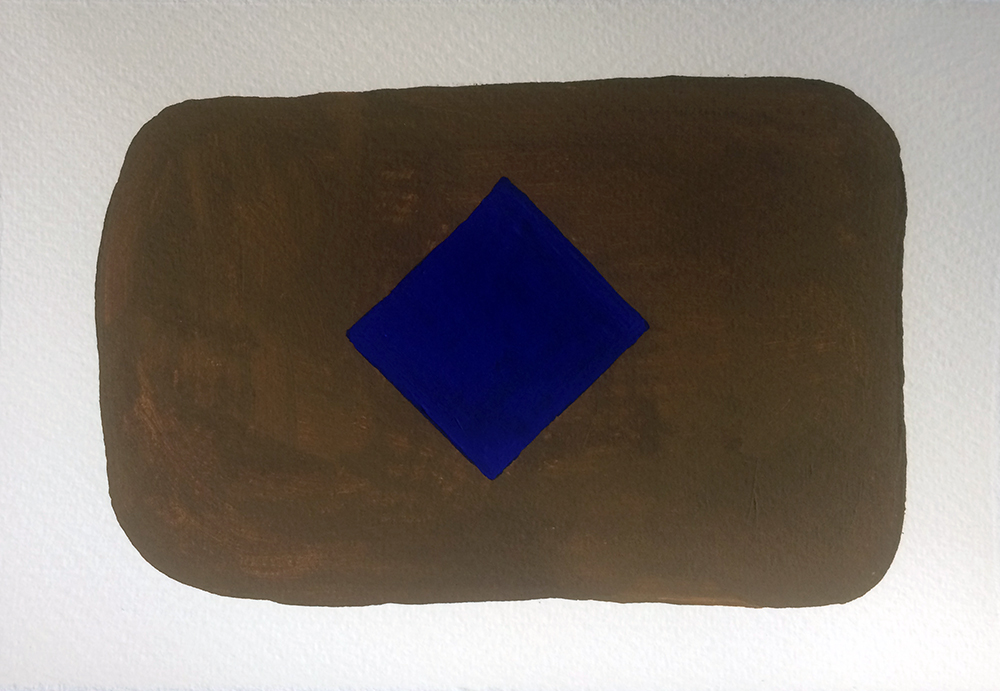

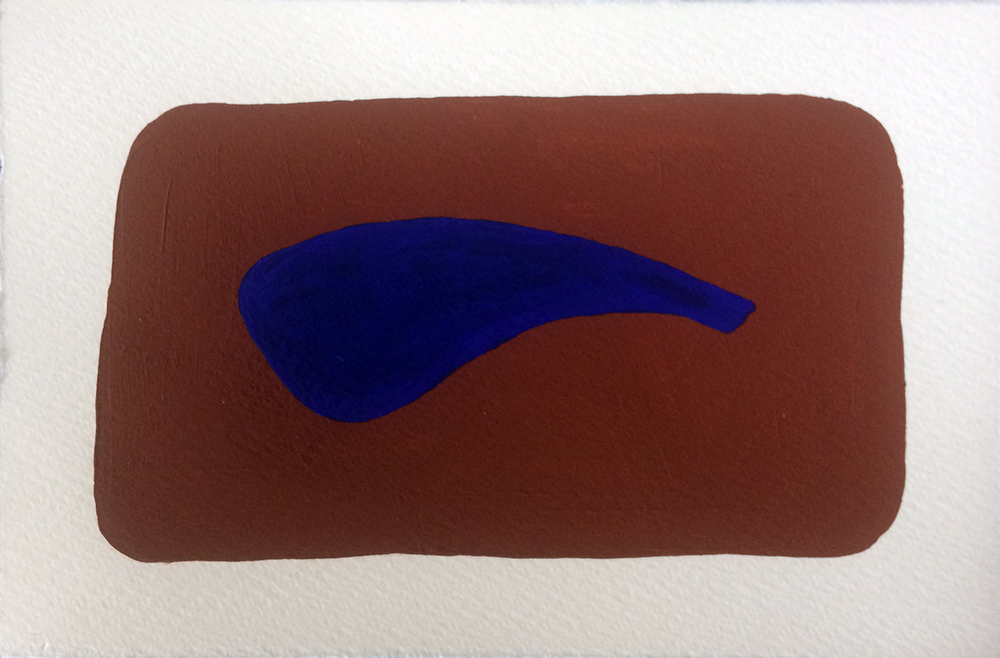

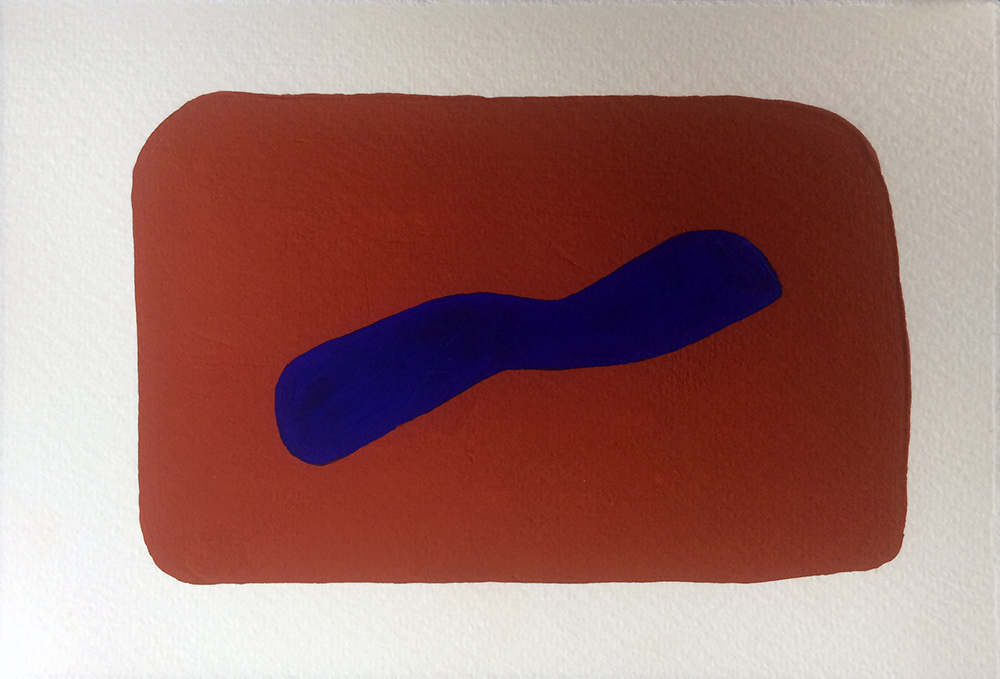

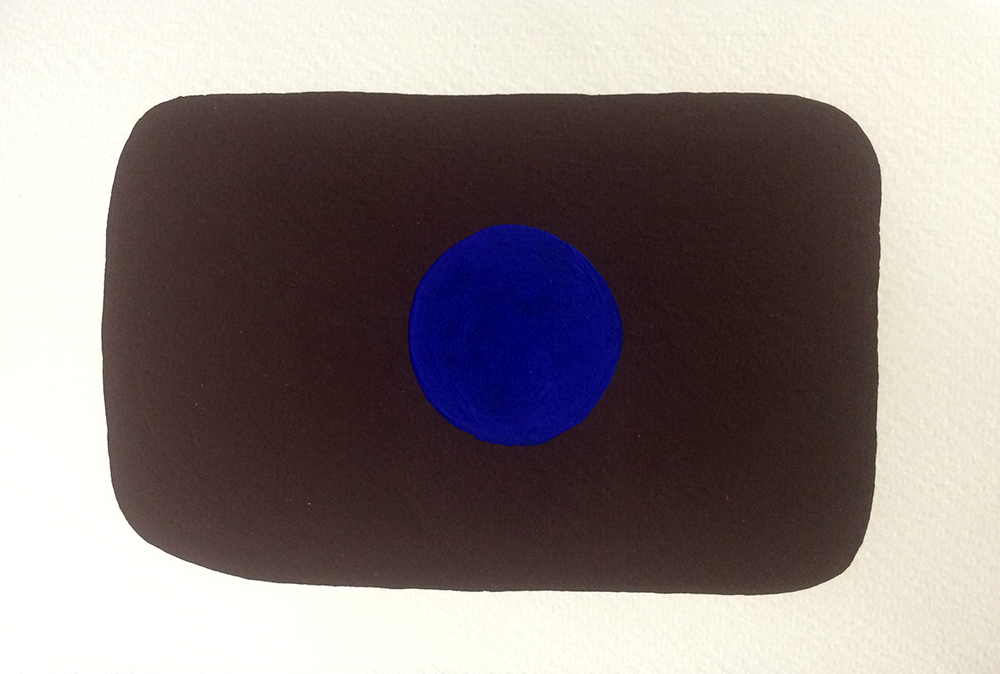

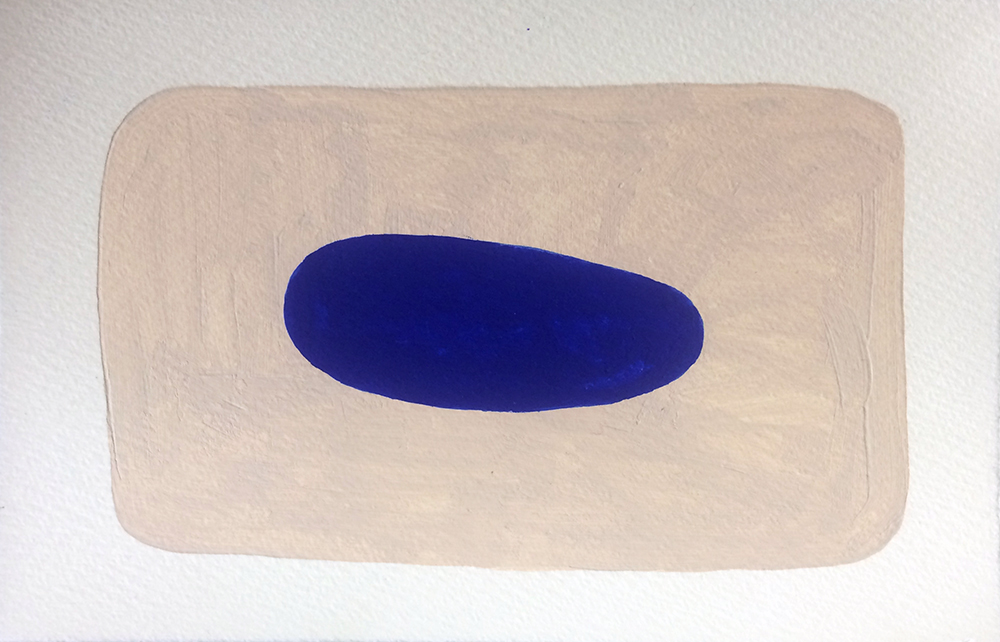

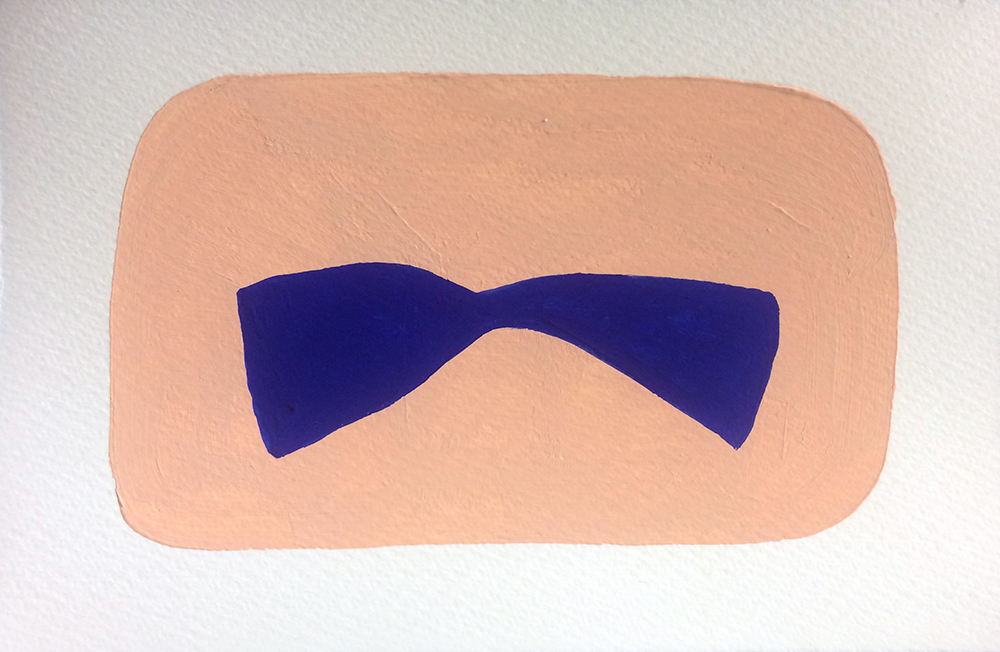
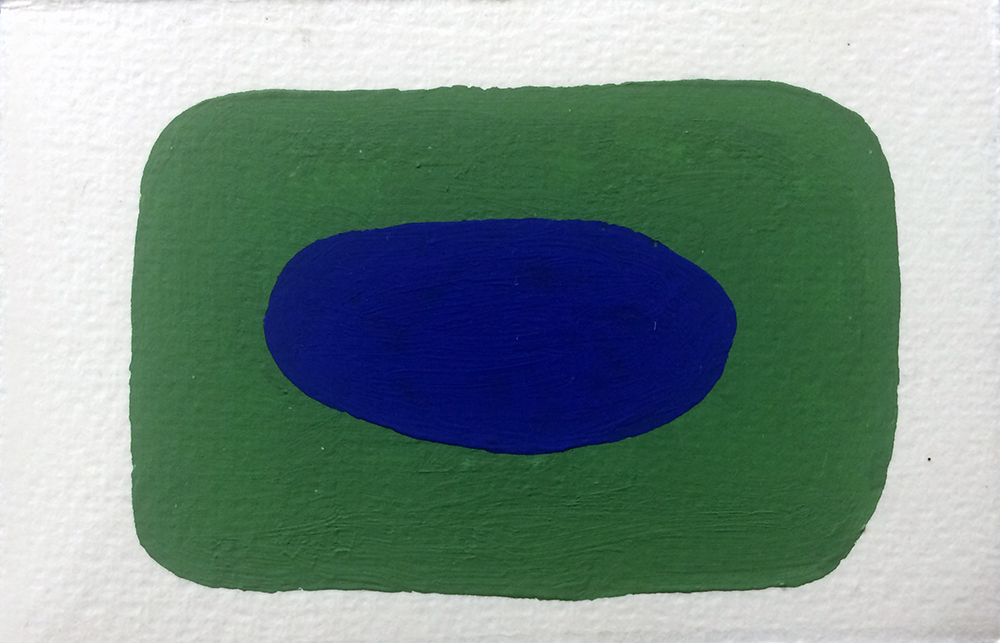


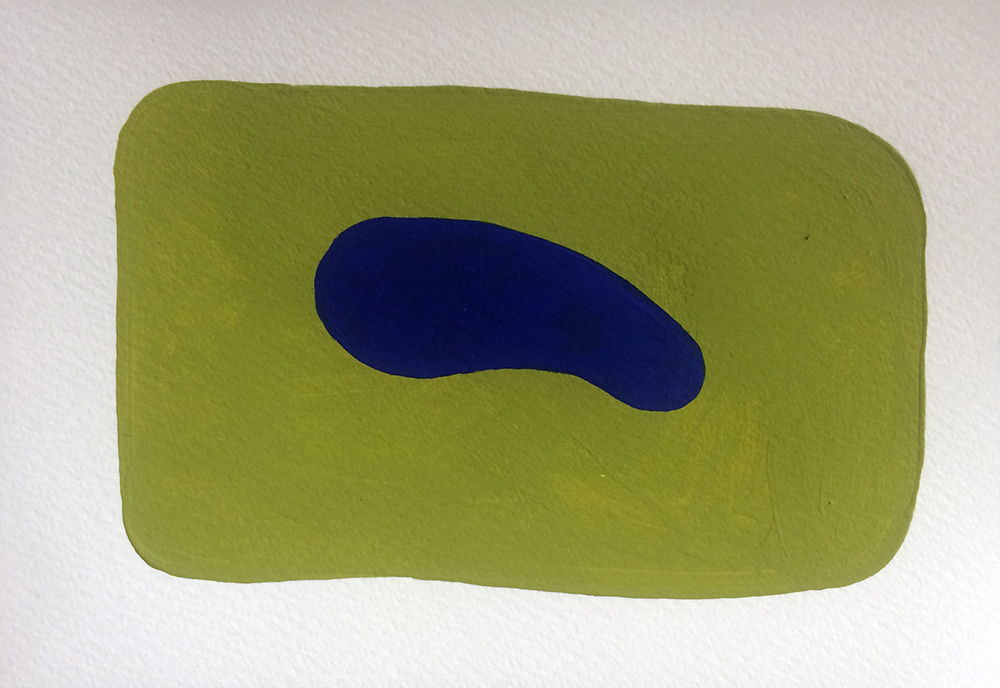
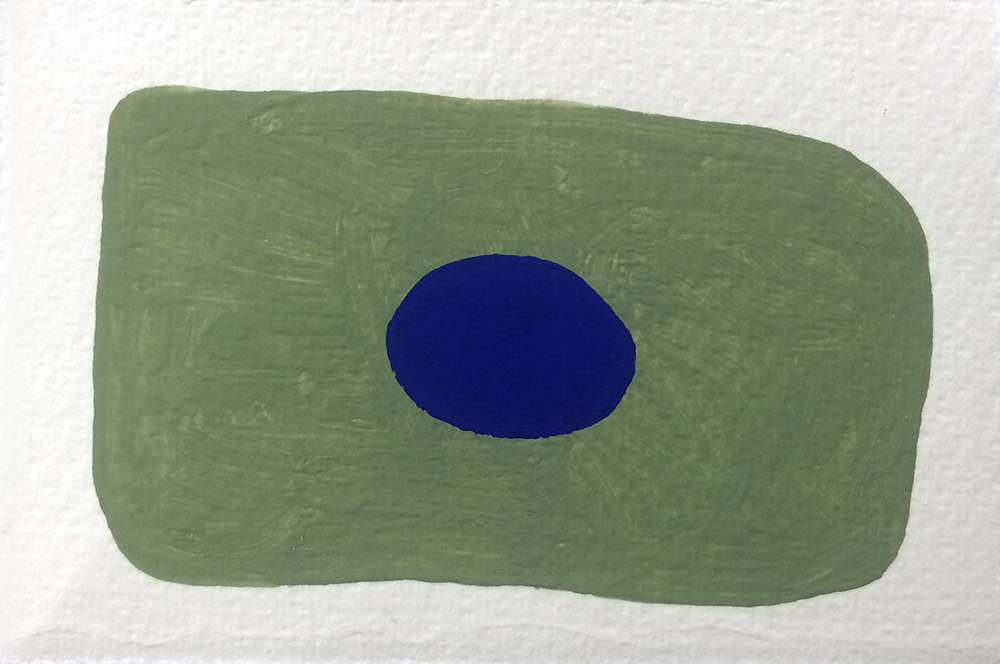


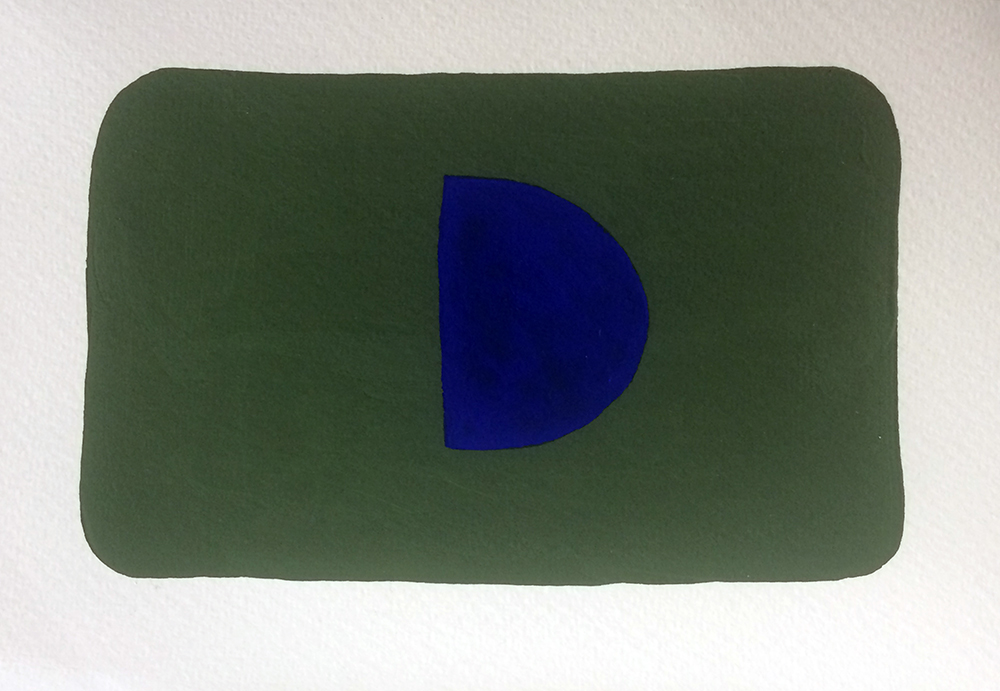
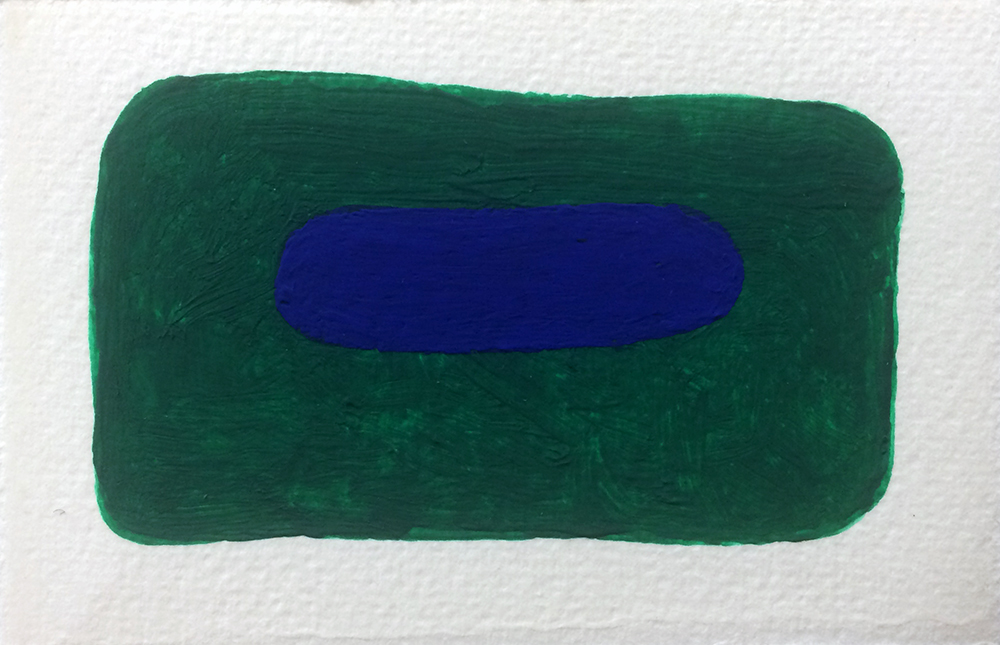

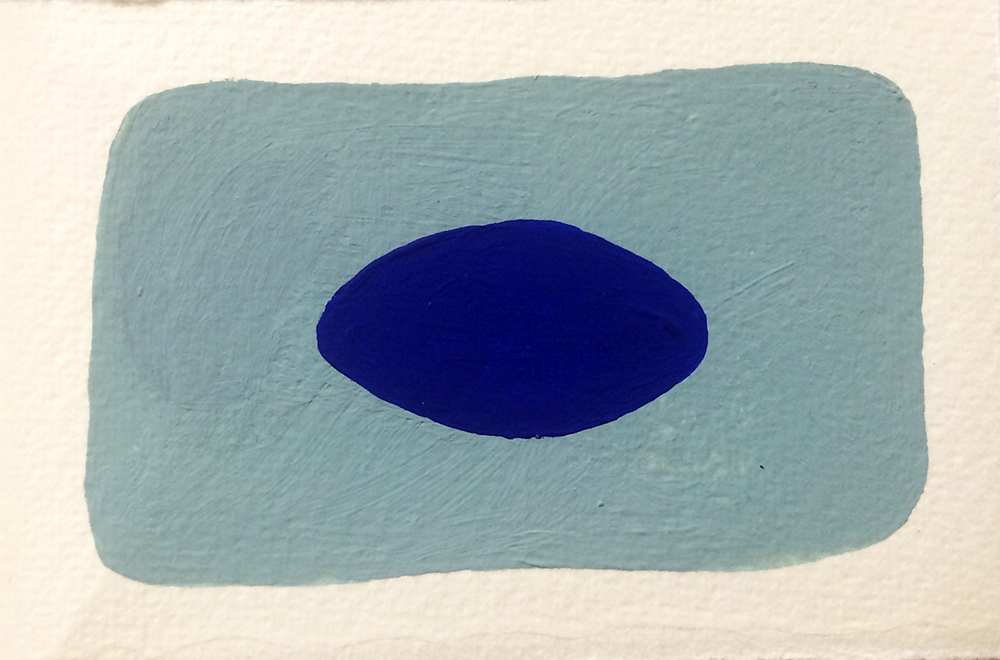
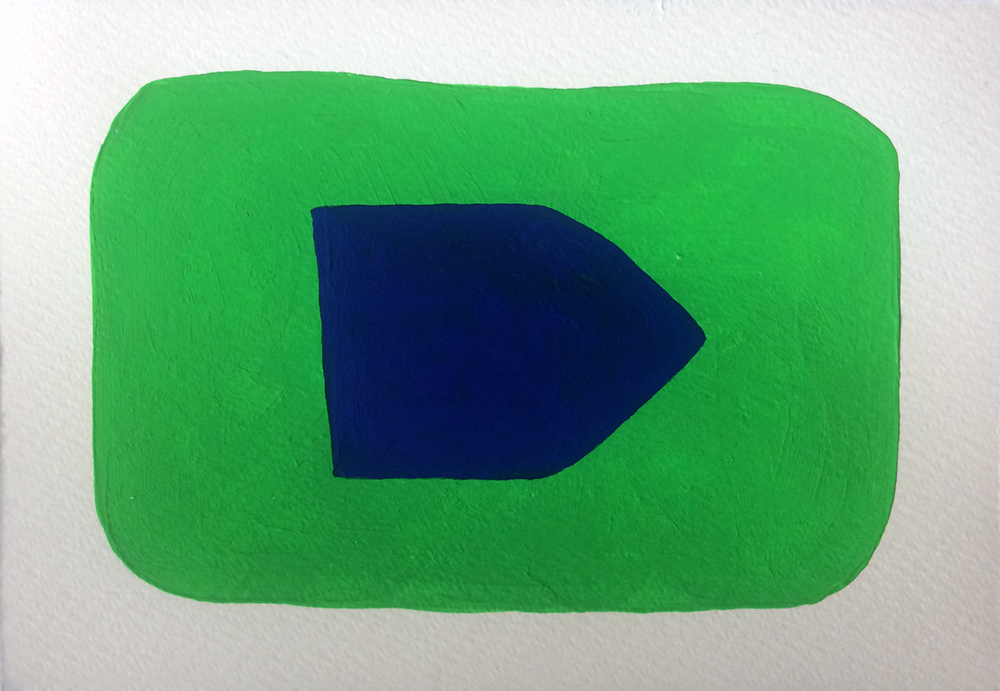
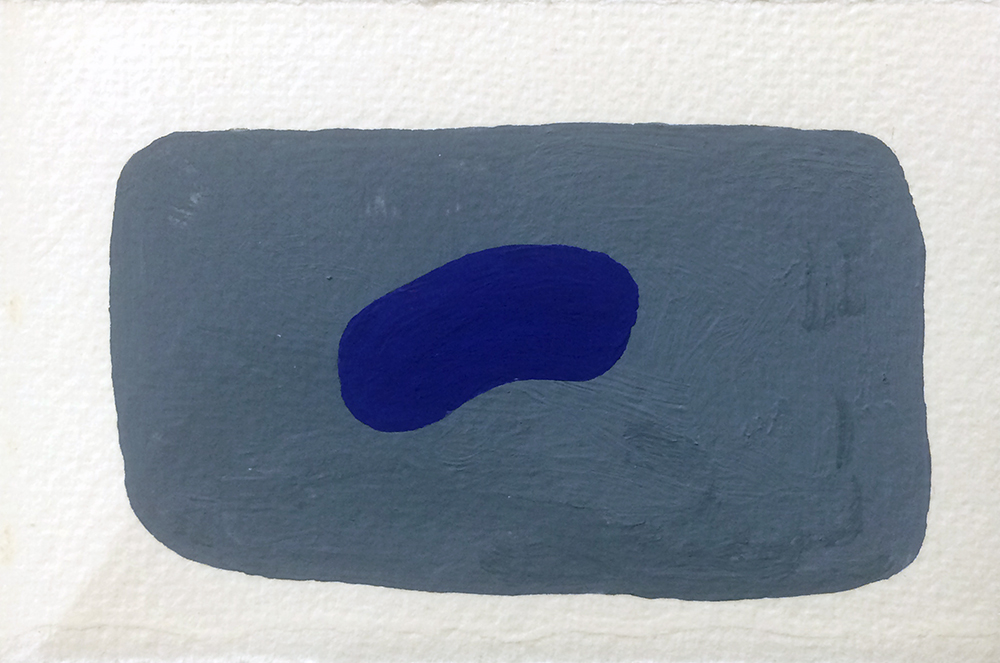



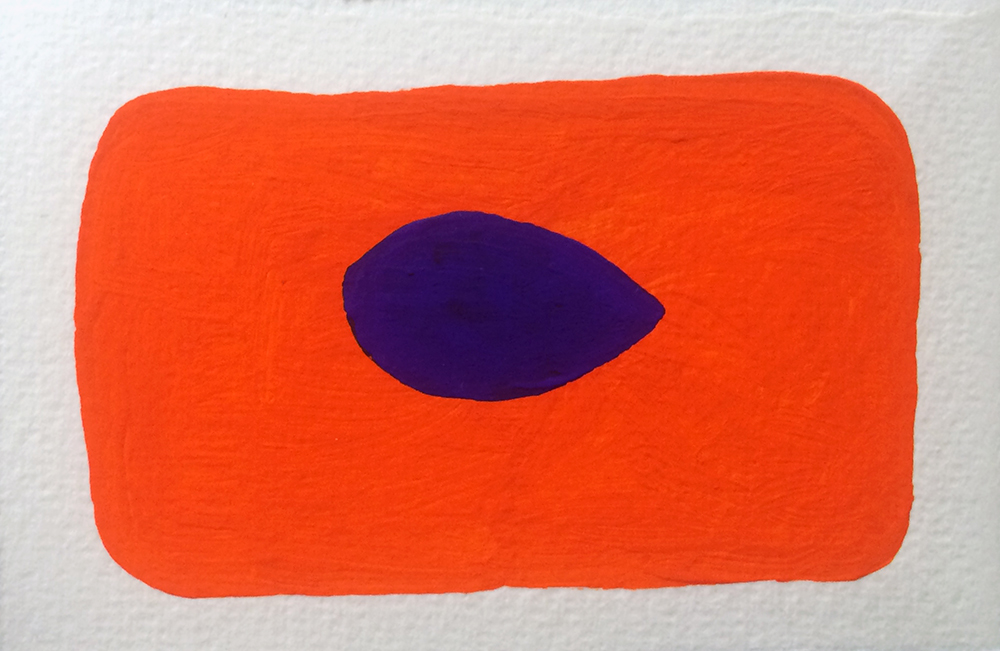
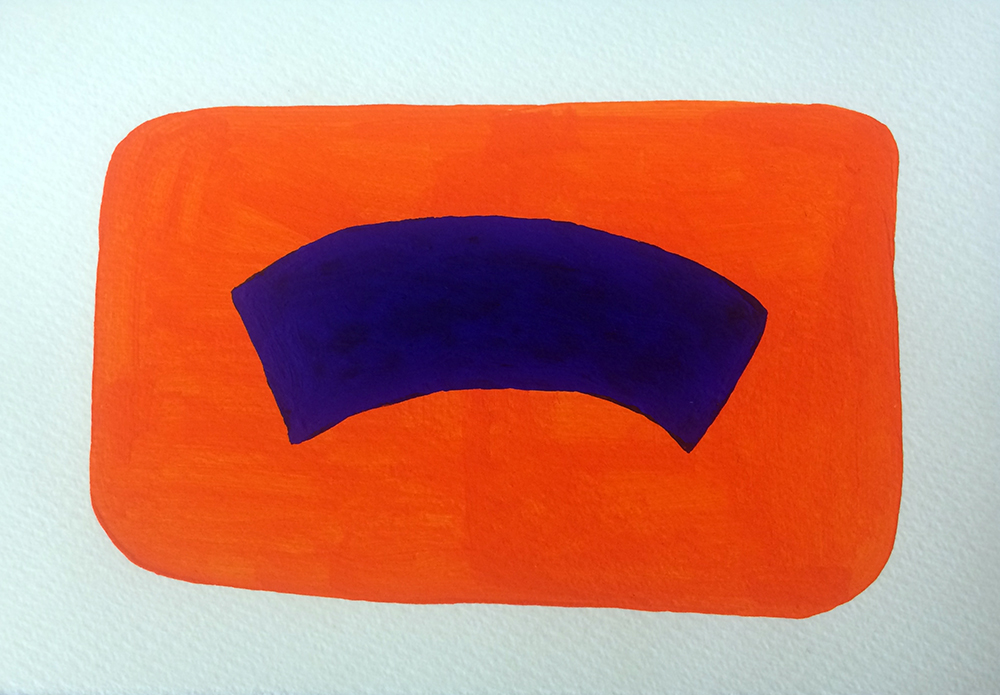
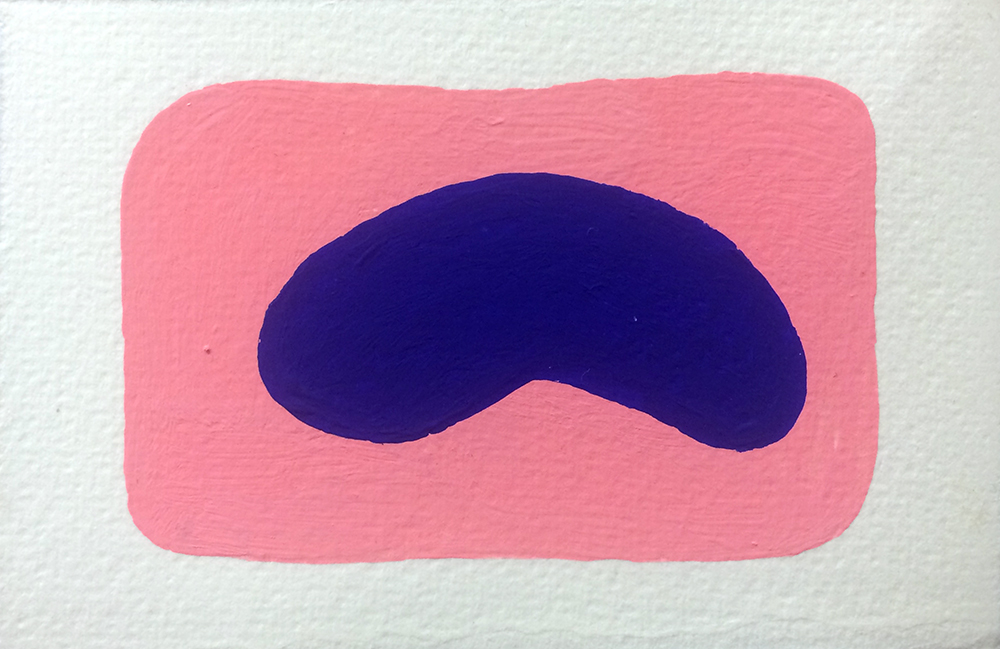

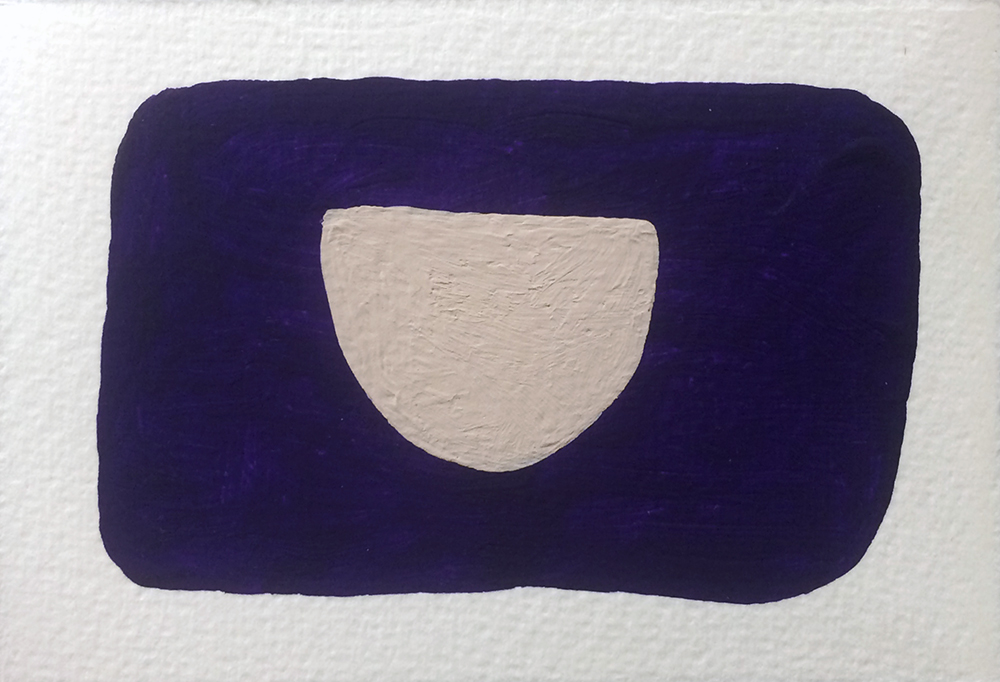

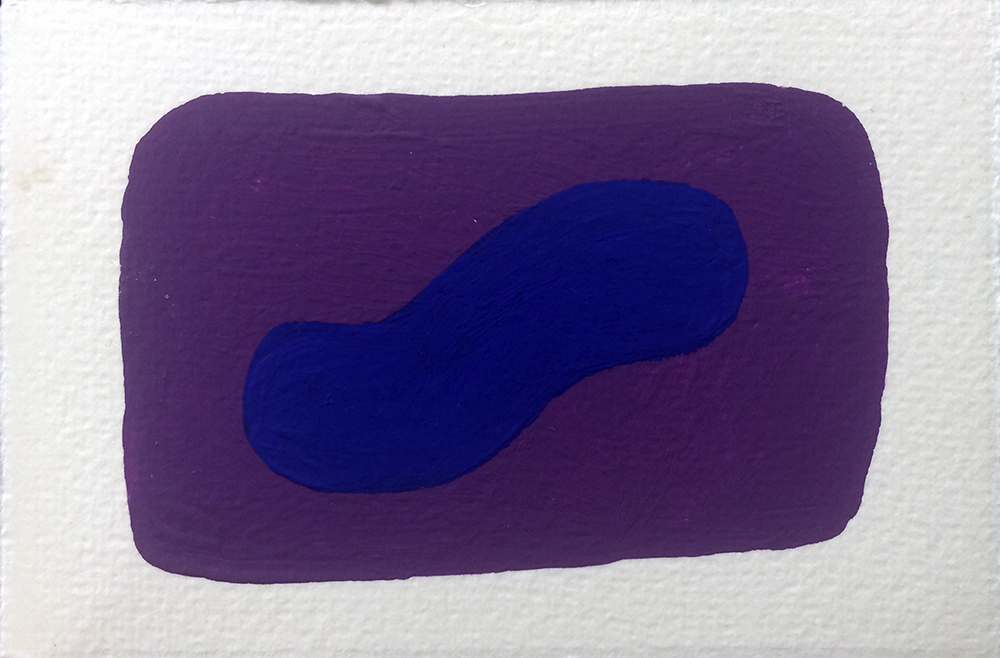

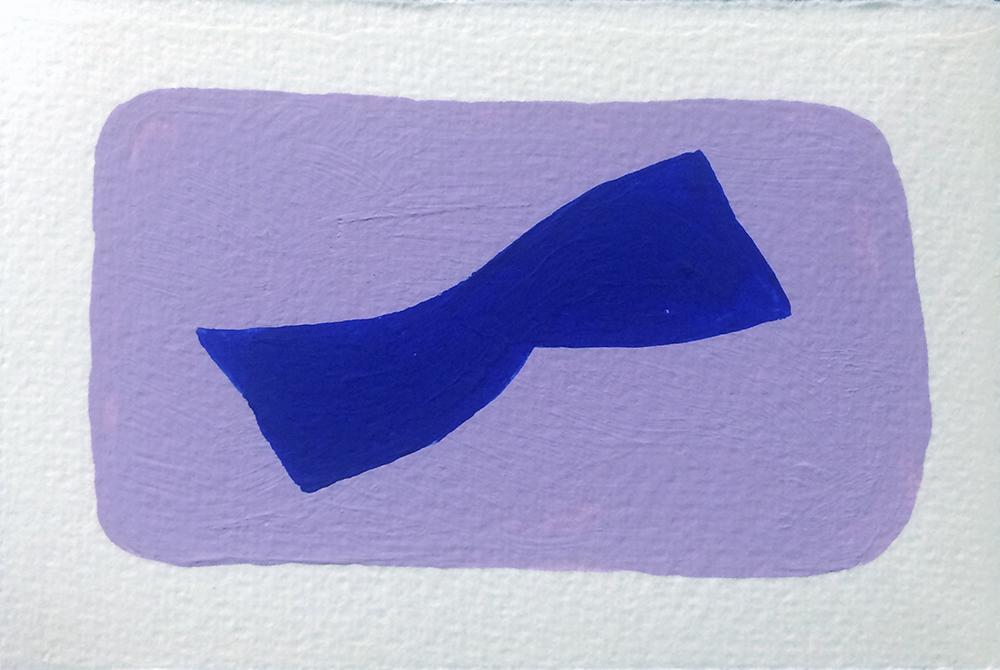

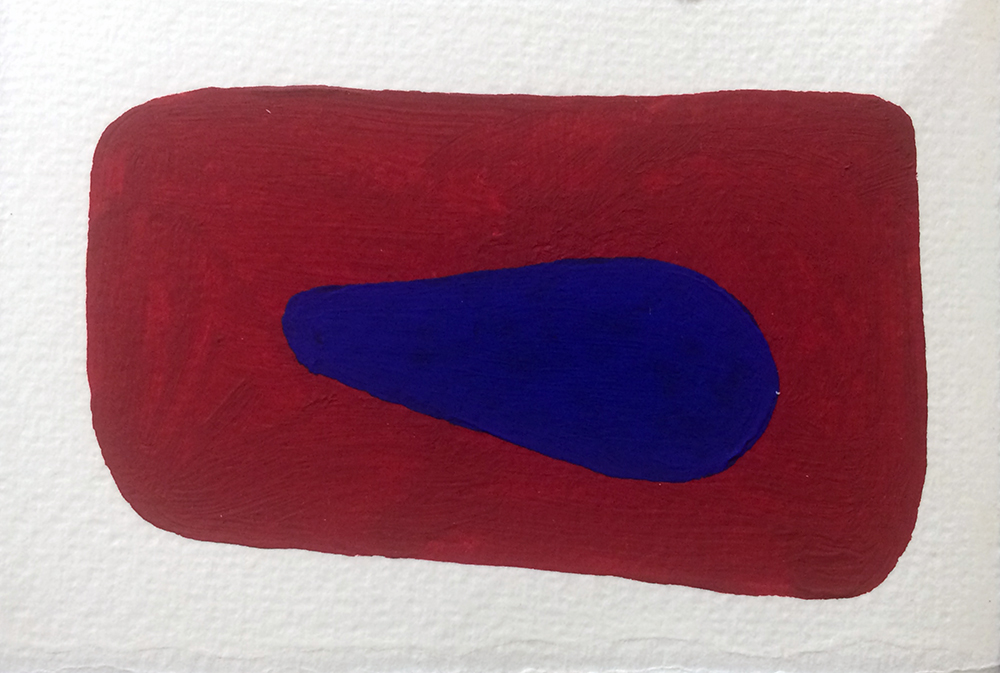

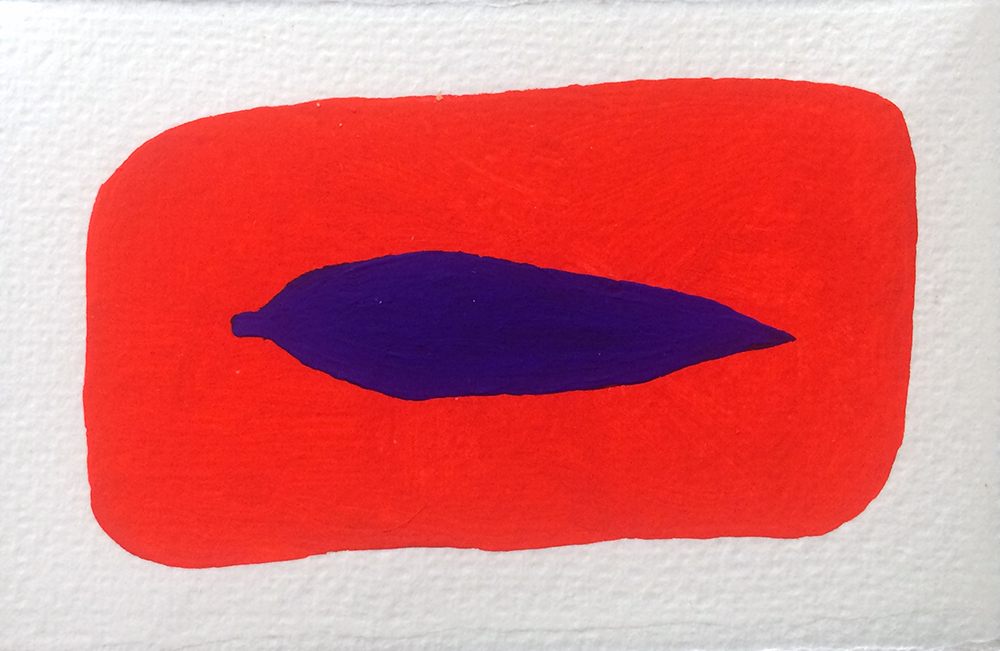

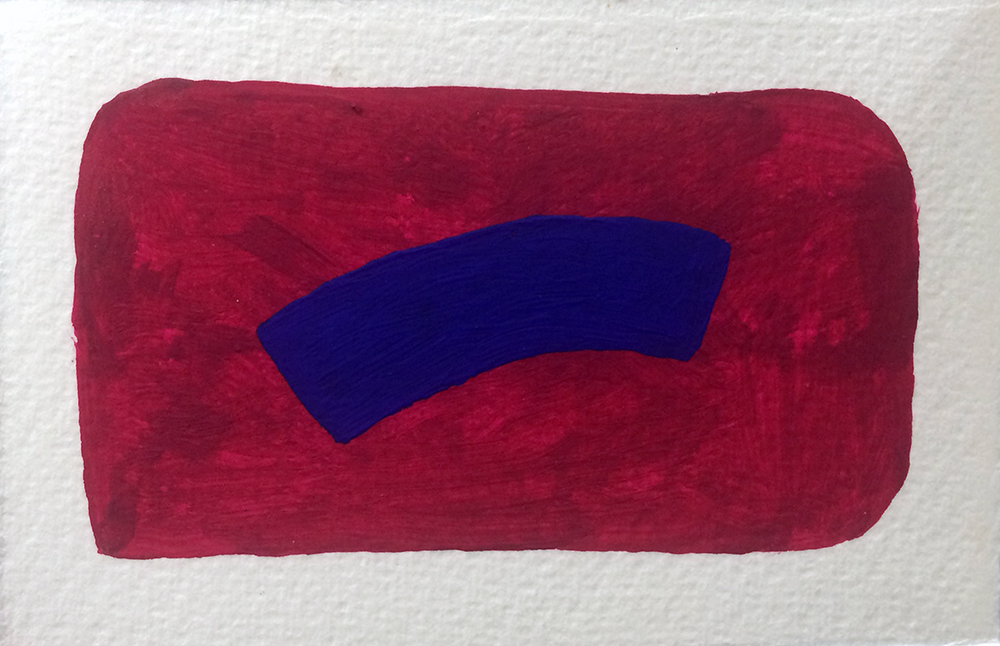

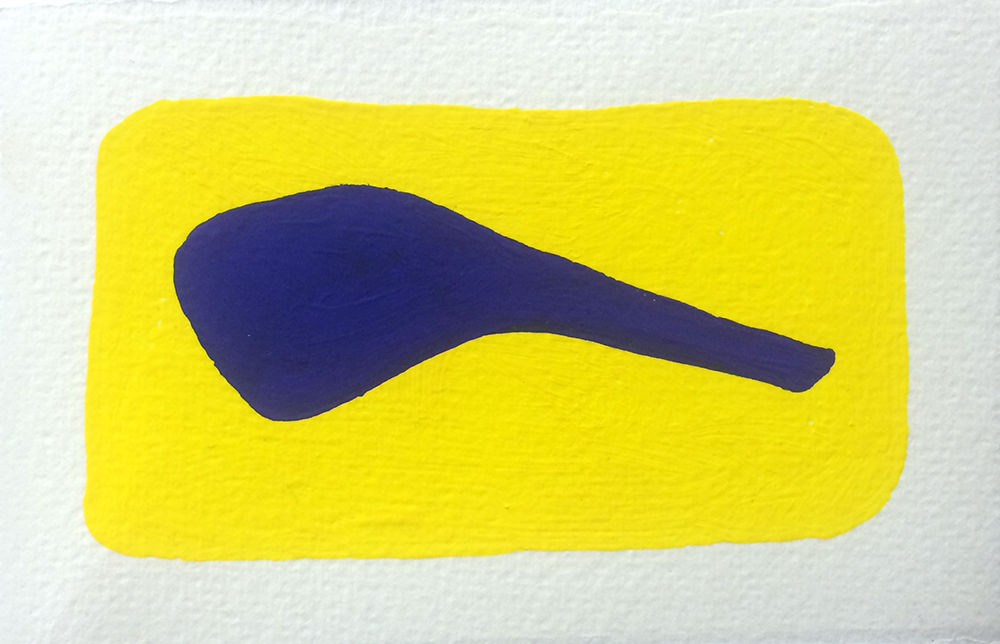

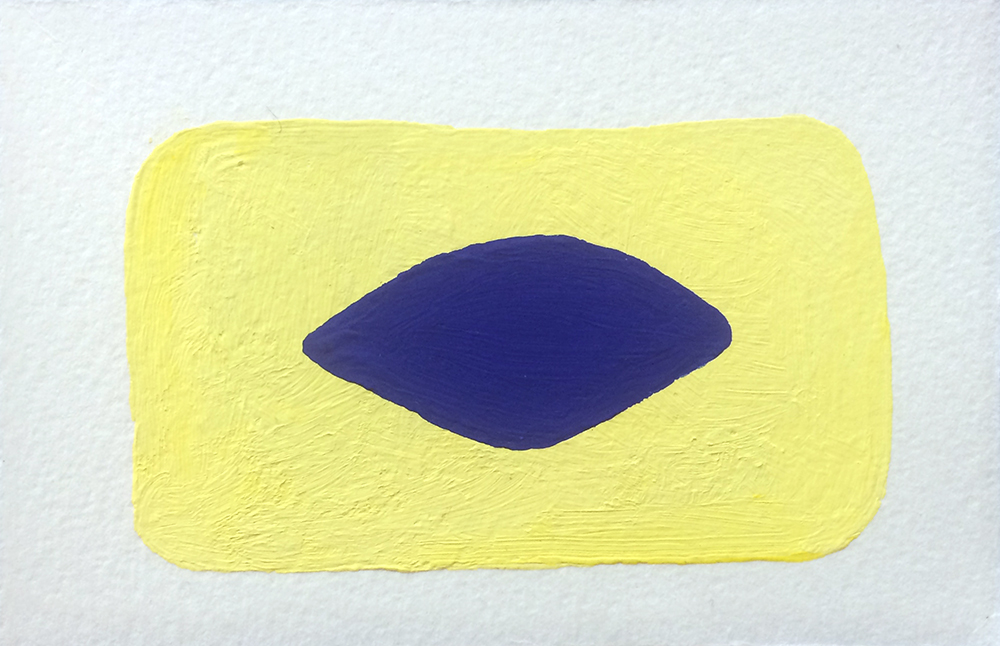

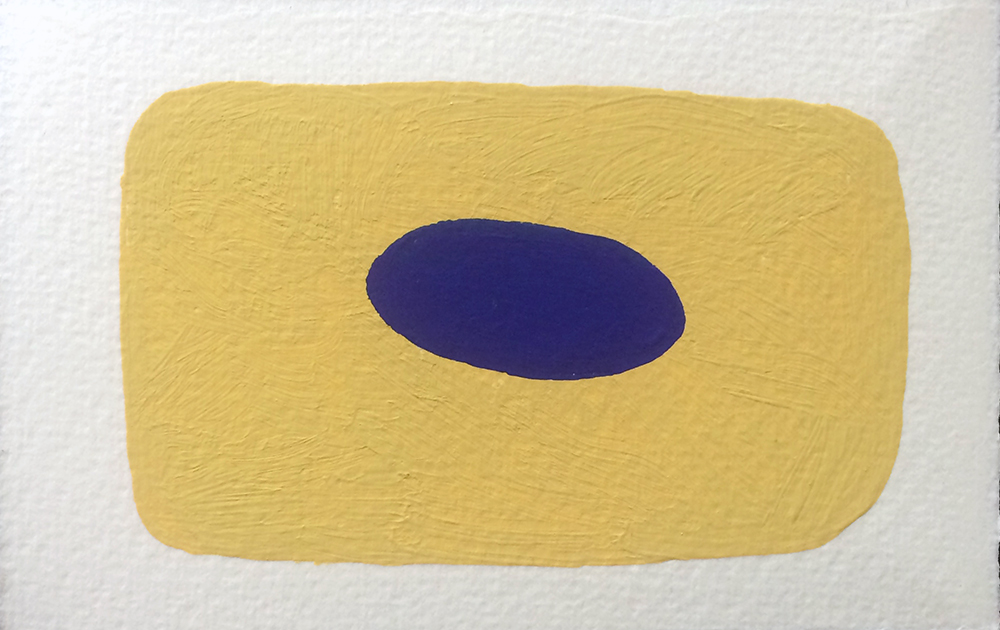





















![[Invitation for mobile phone]](https://images.squarespace-cdn.com/content/v1/501abbd4c4aaab20160f16af/1519086615402-9BUREPE9862VU5066VAL/mobile-invite.jpg)




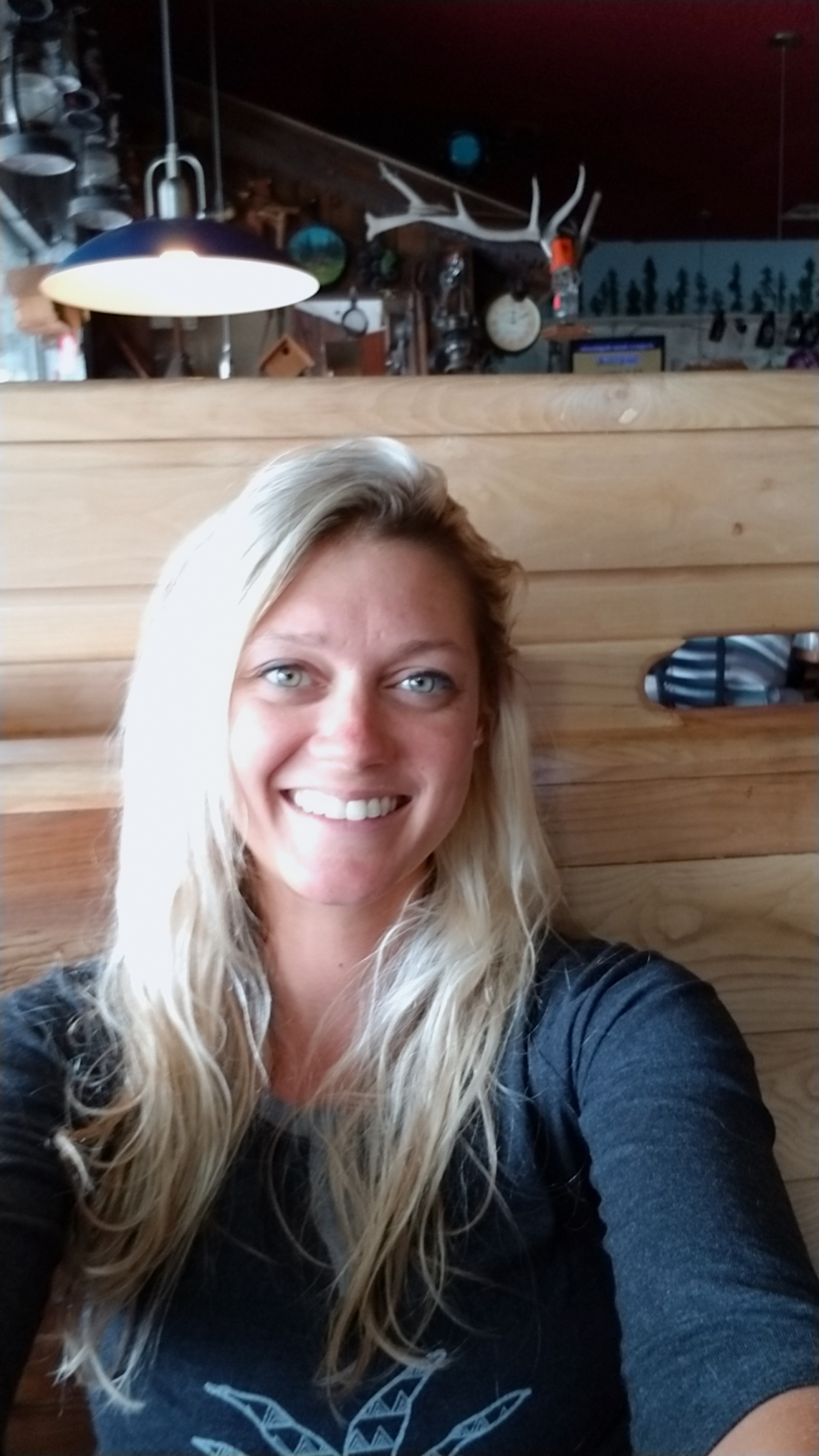
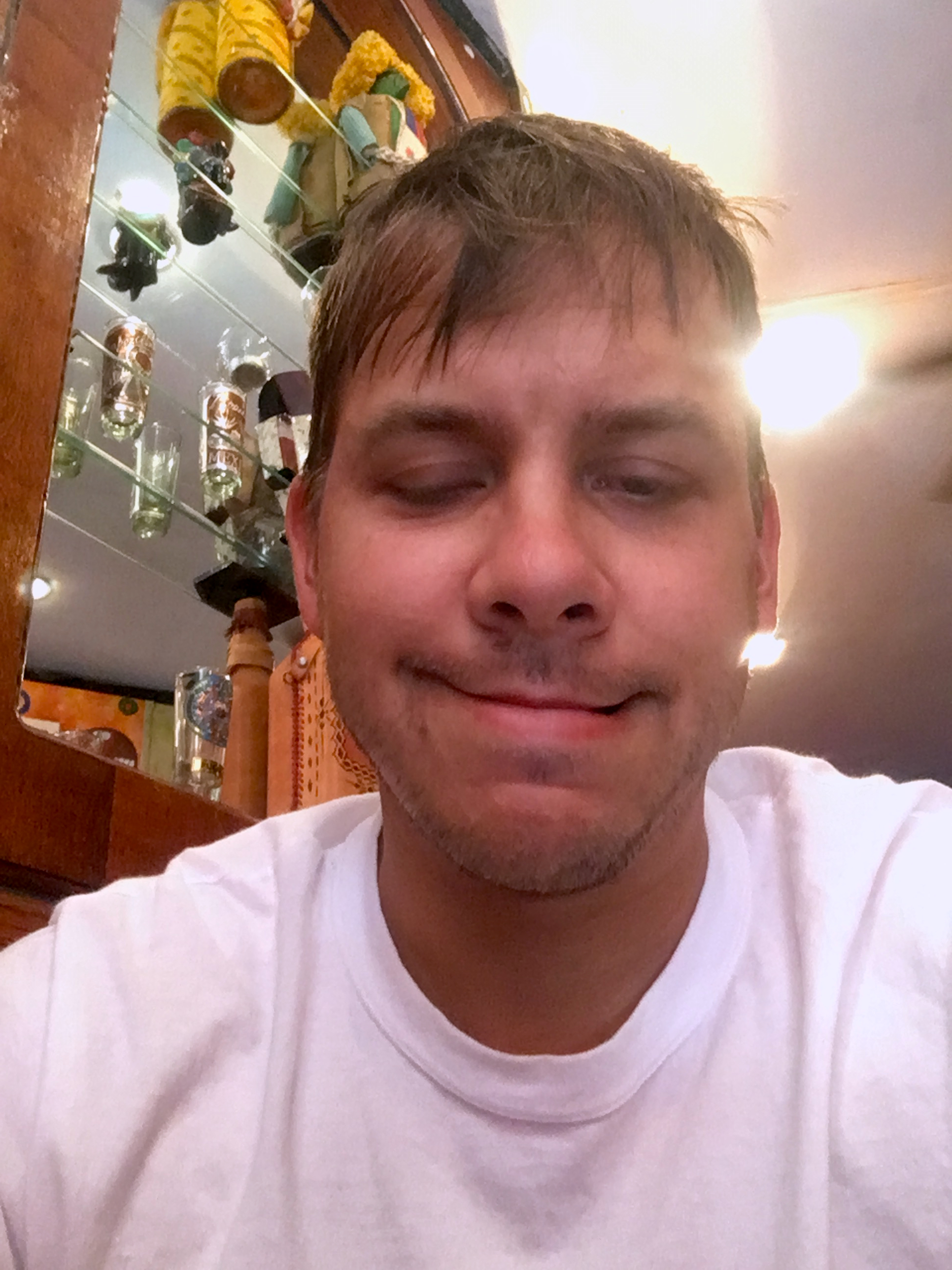


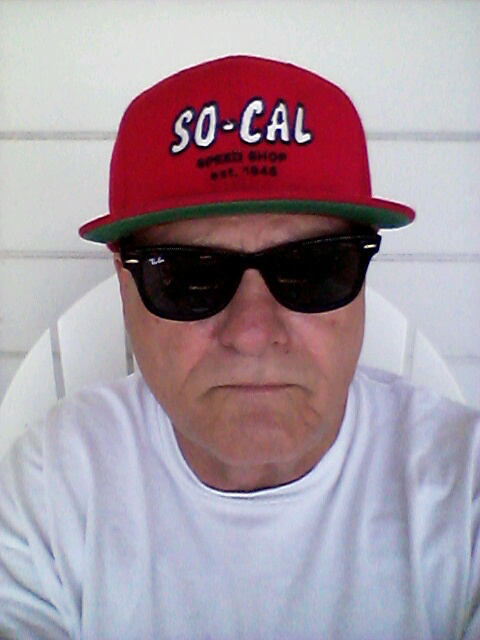
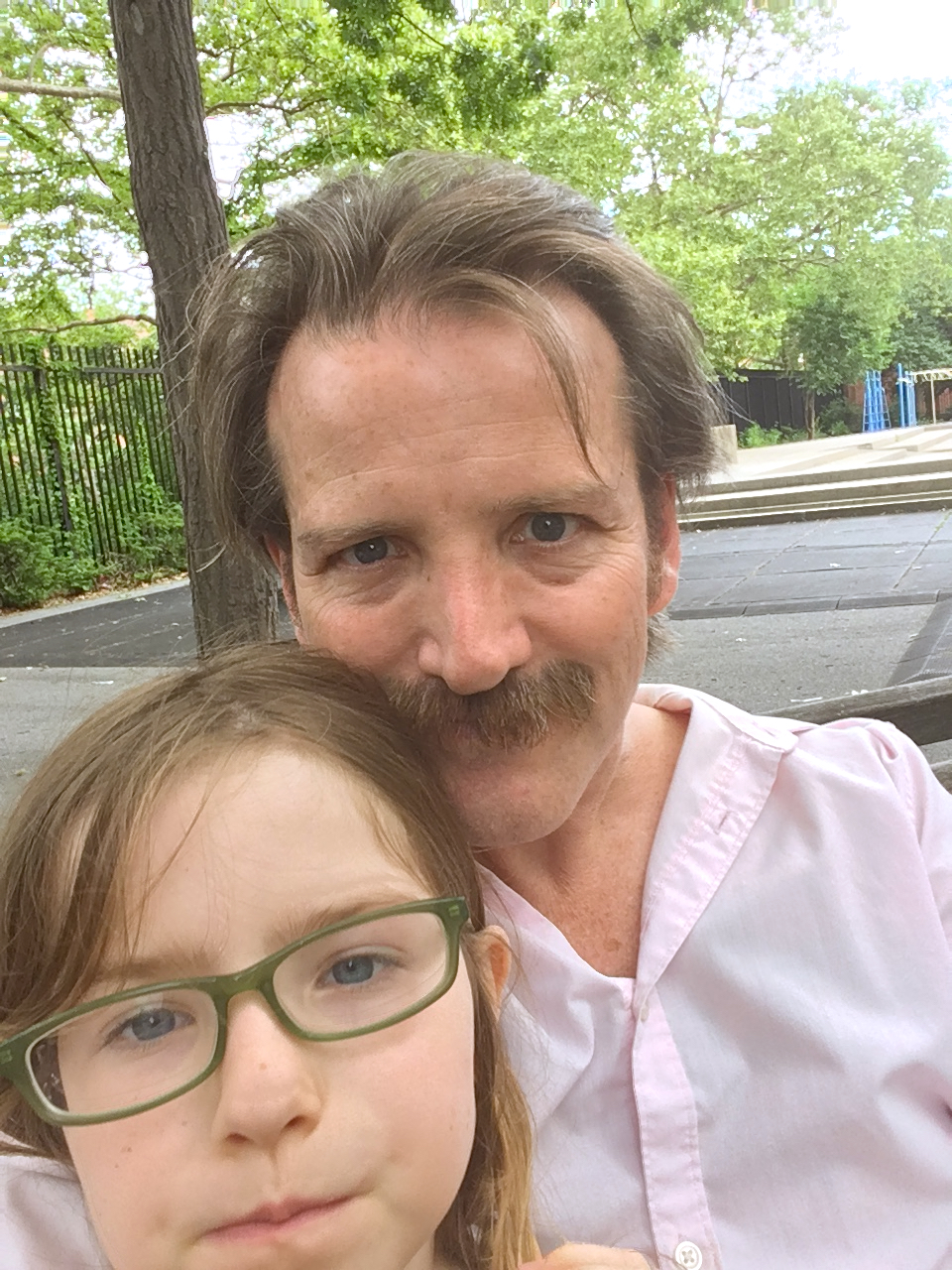
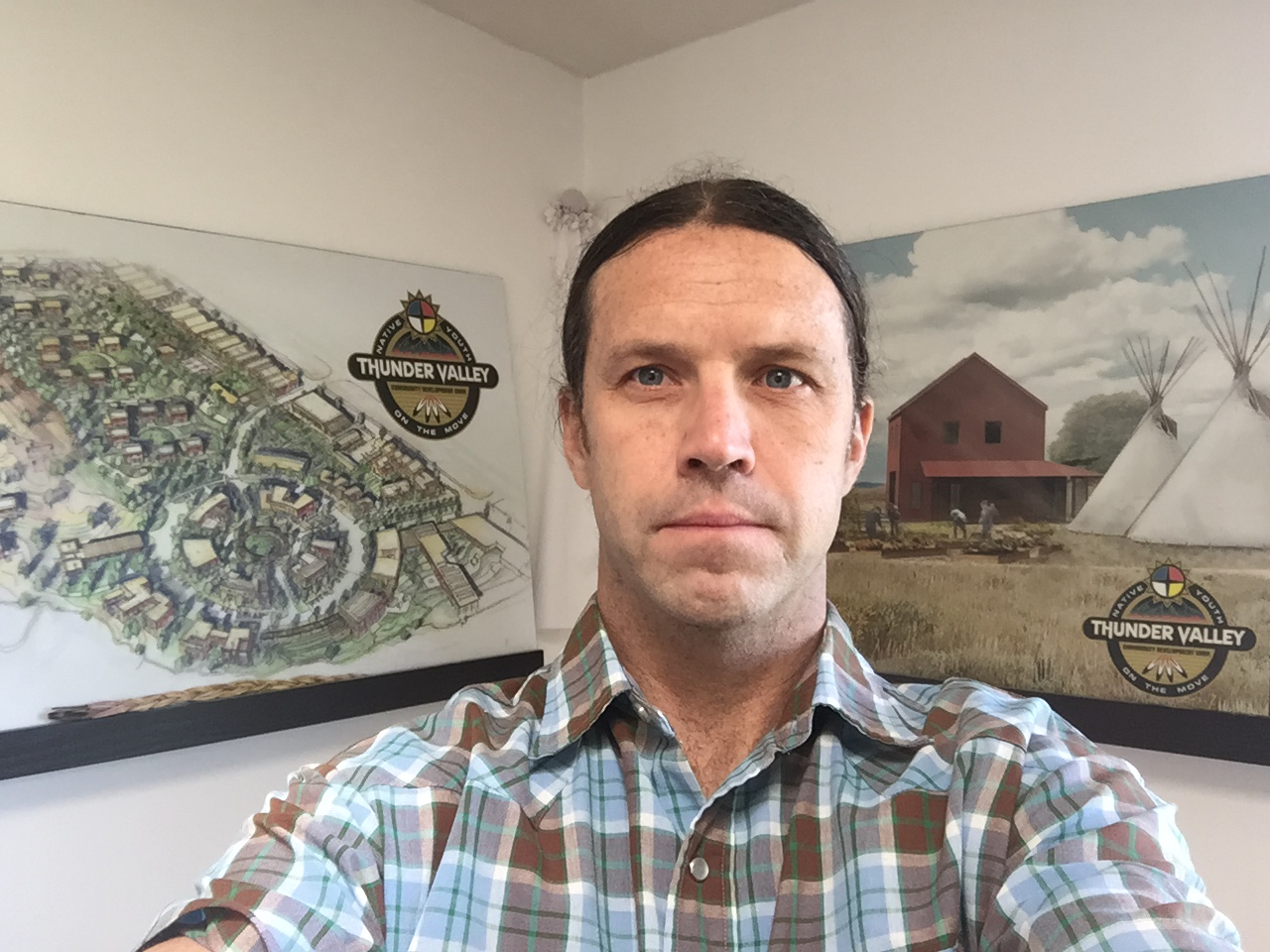
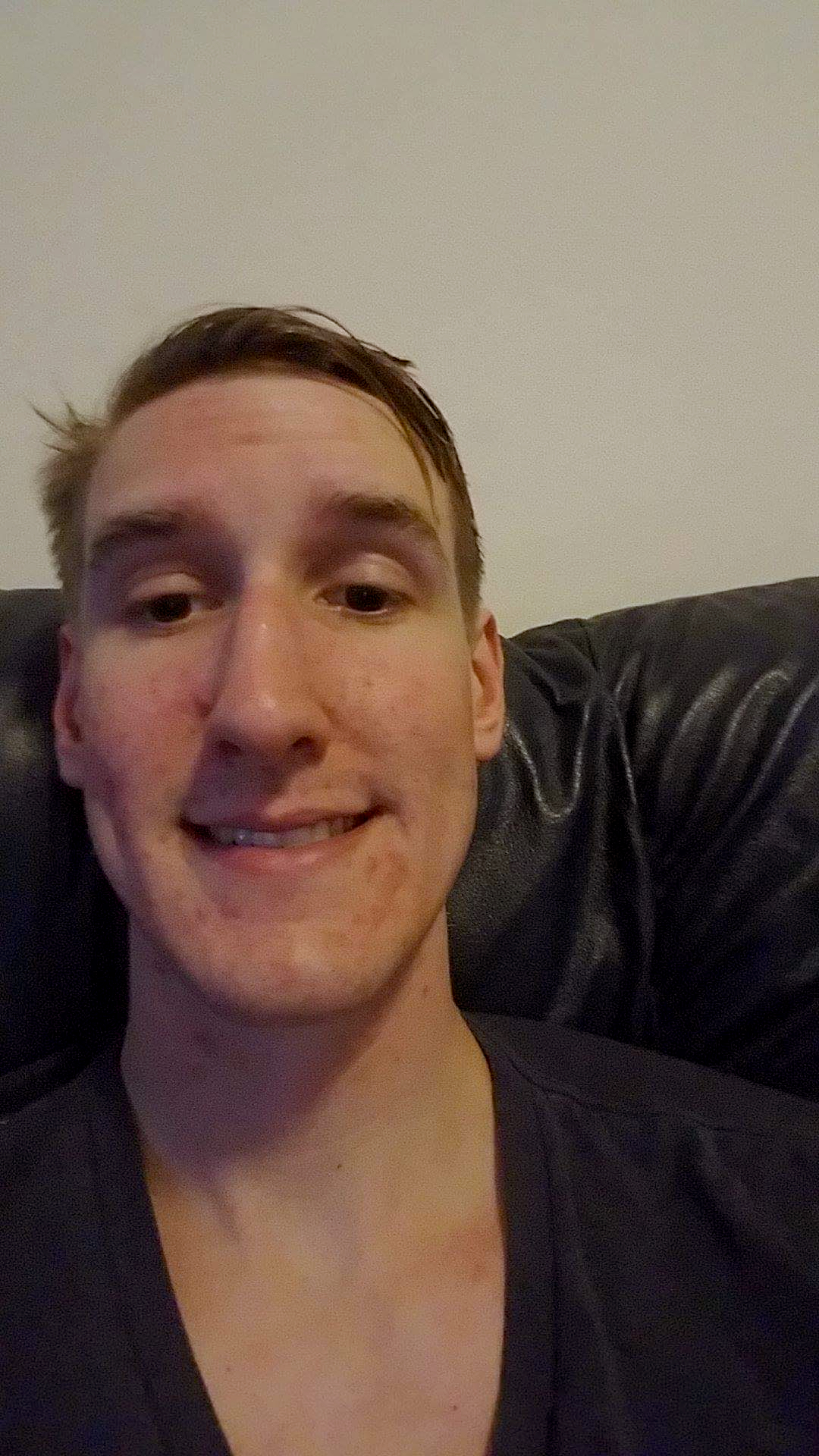
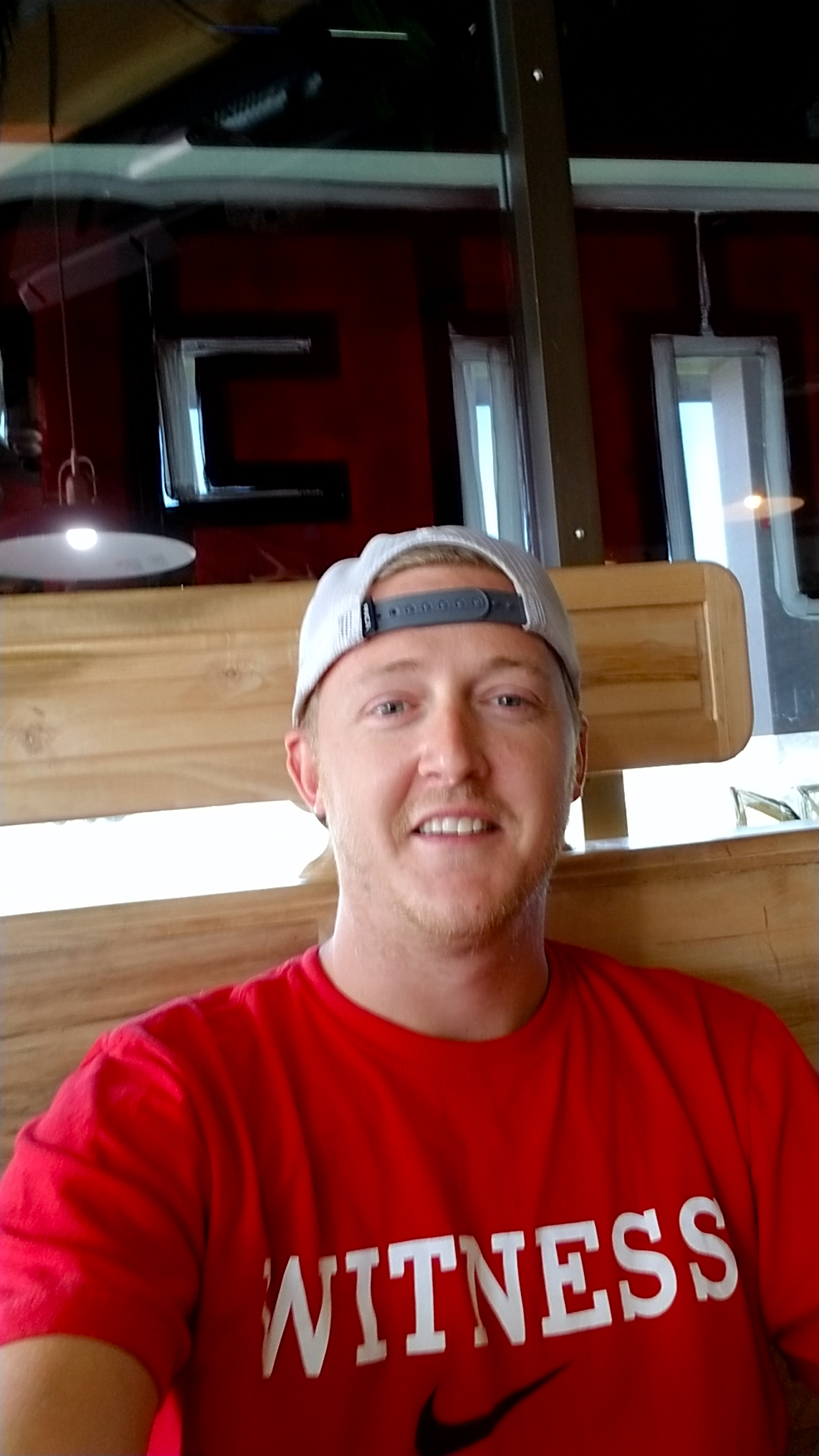
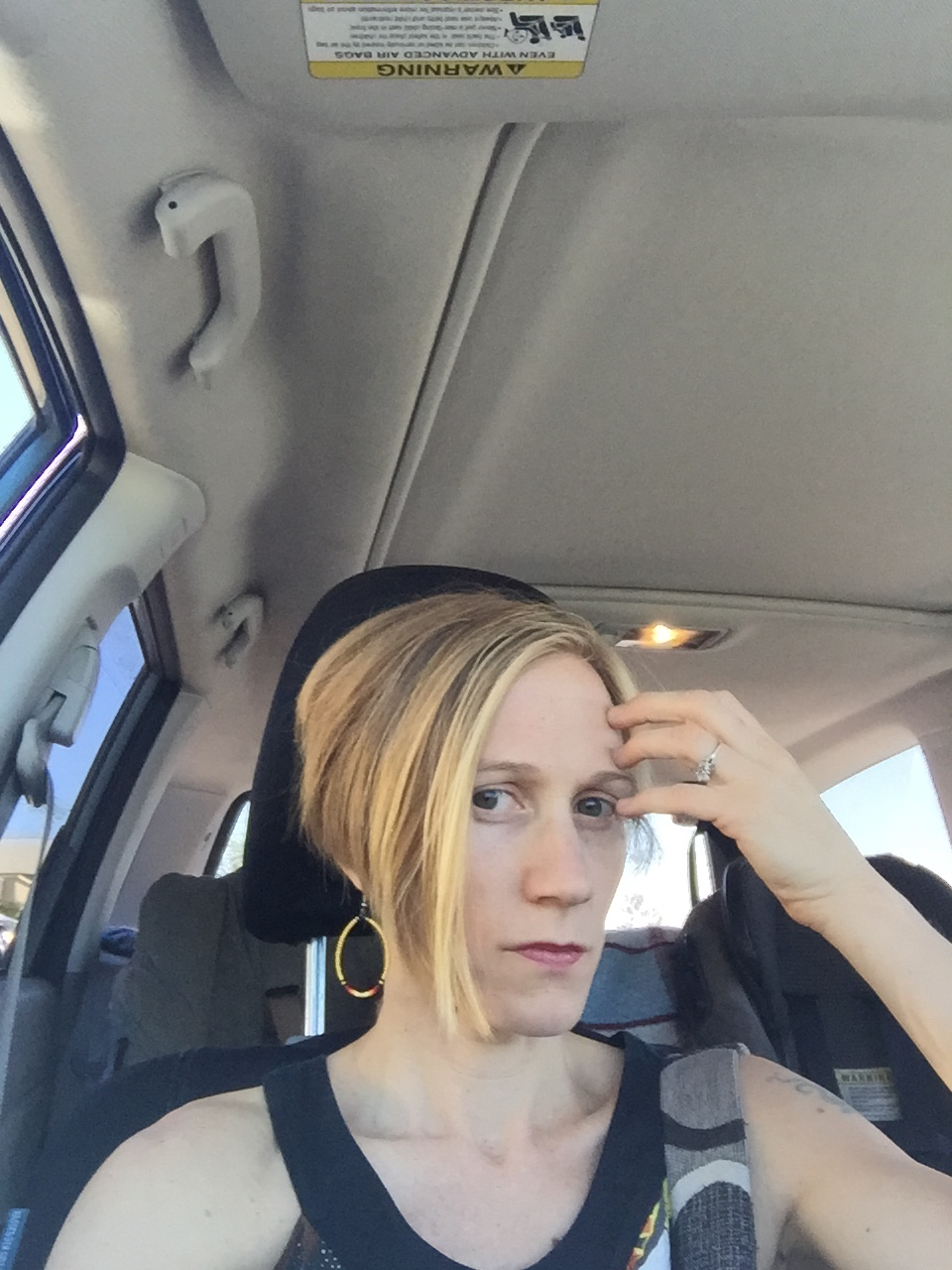
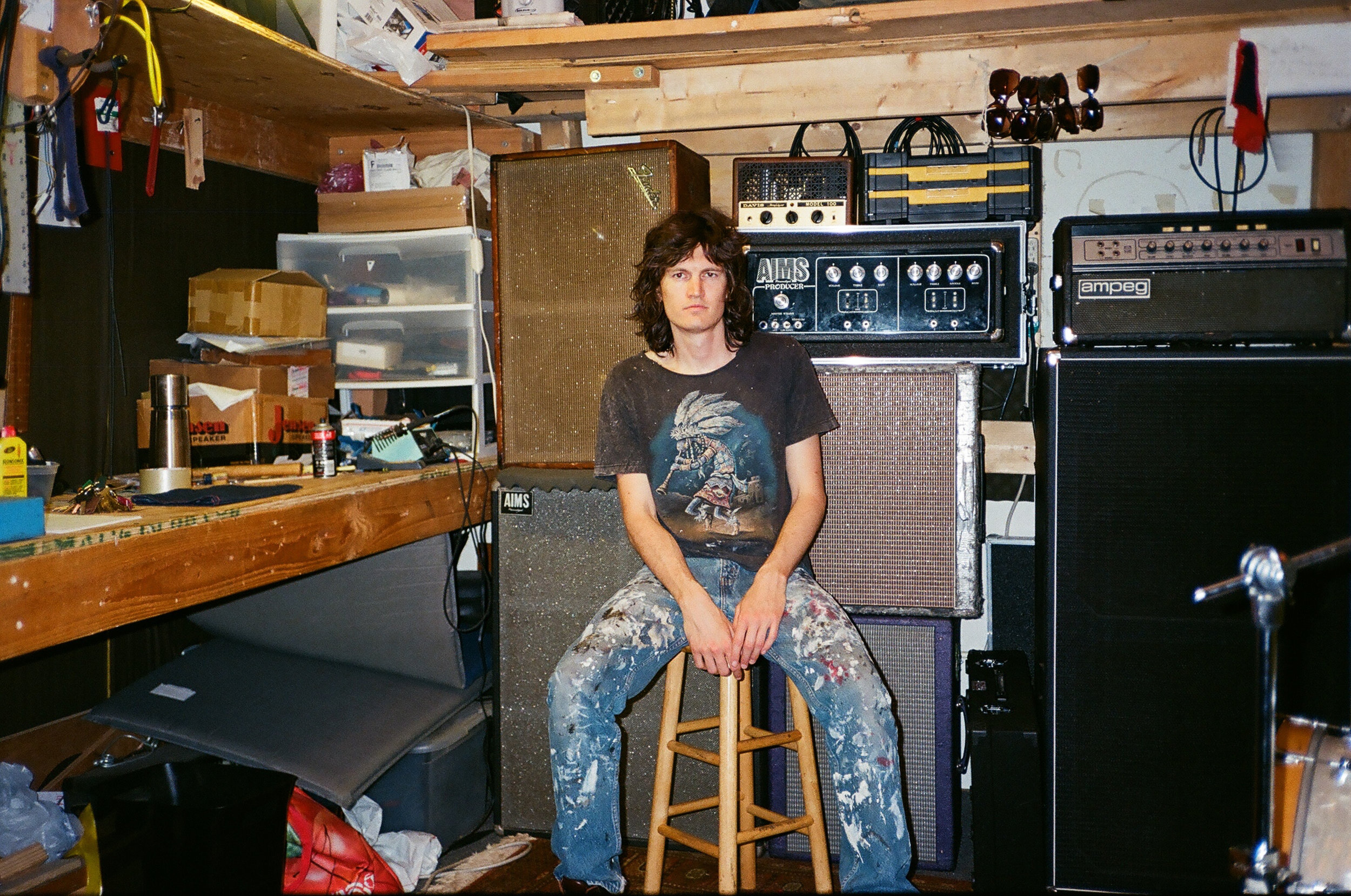
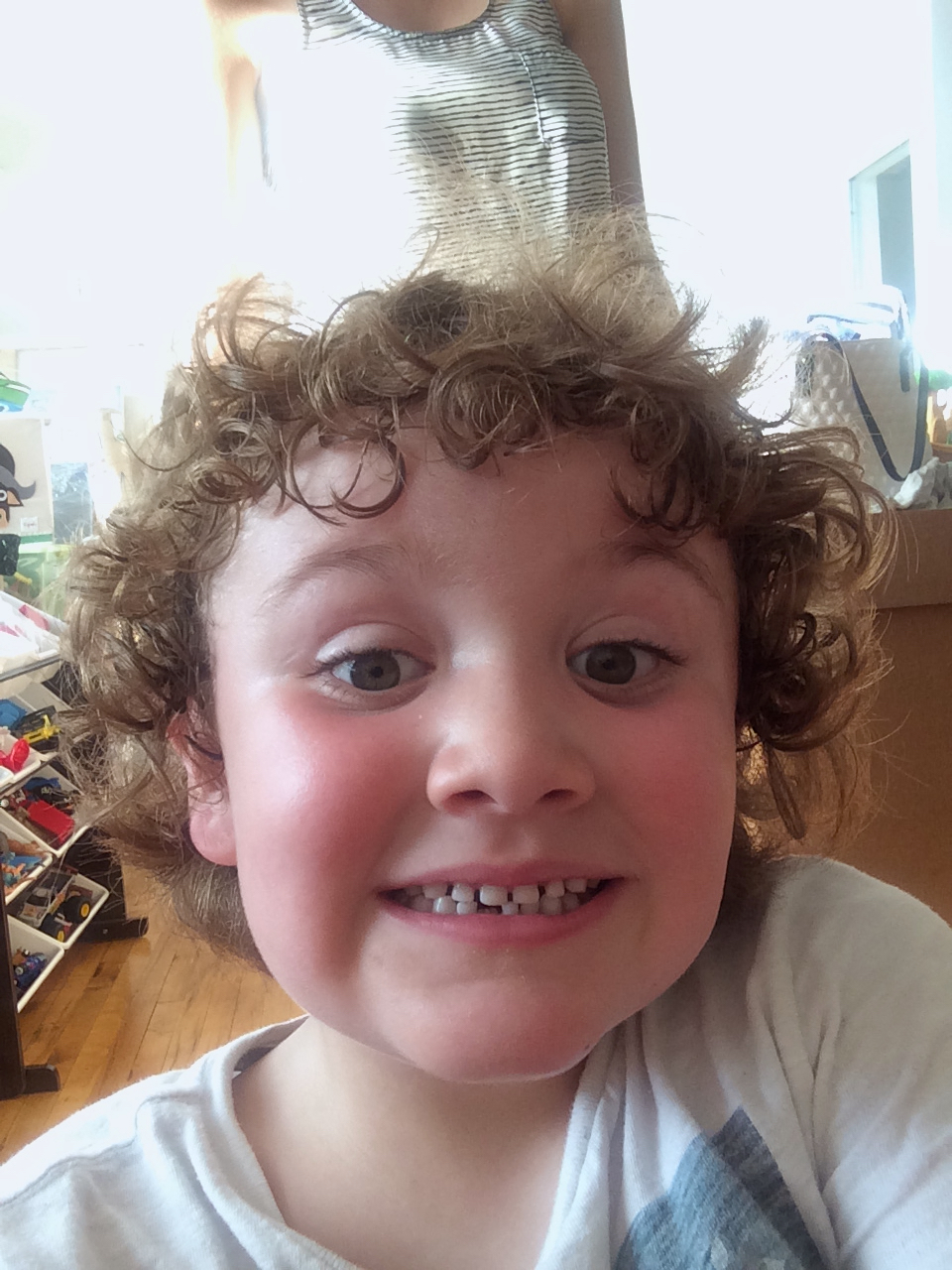
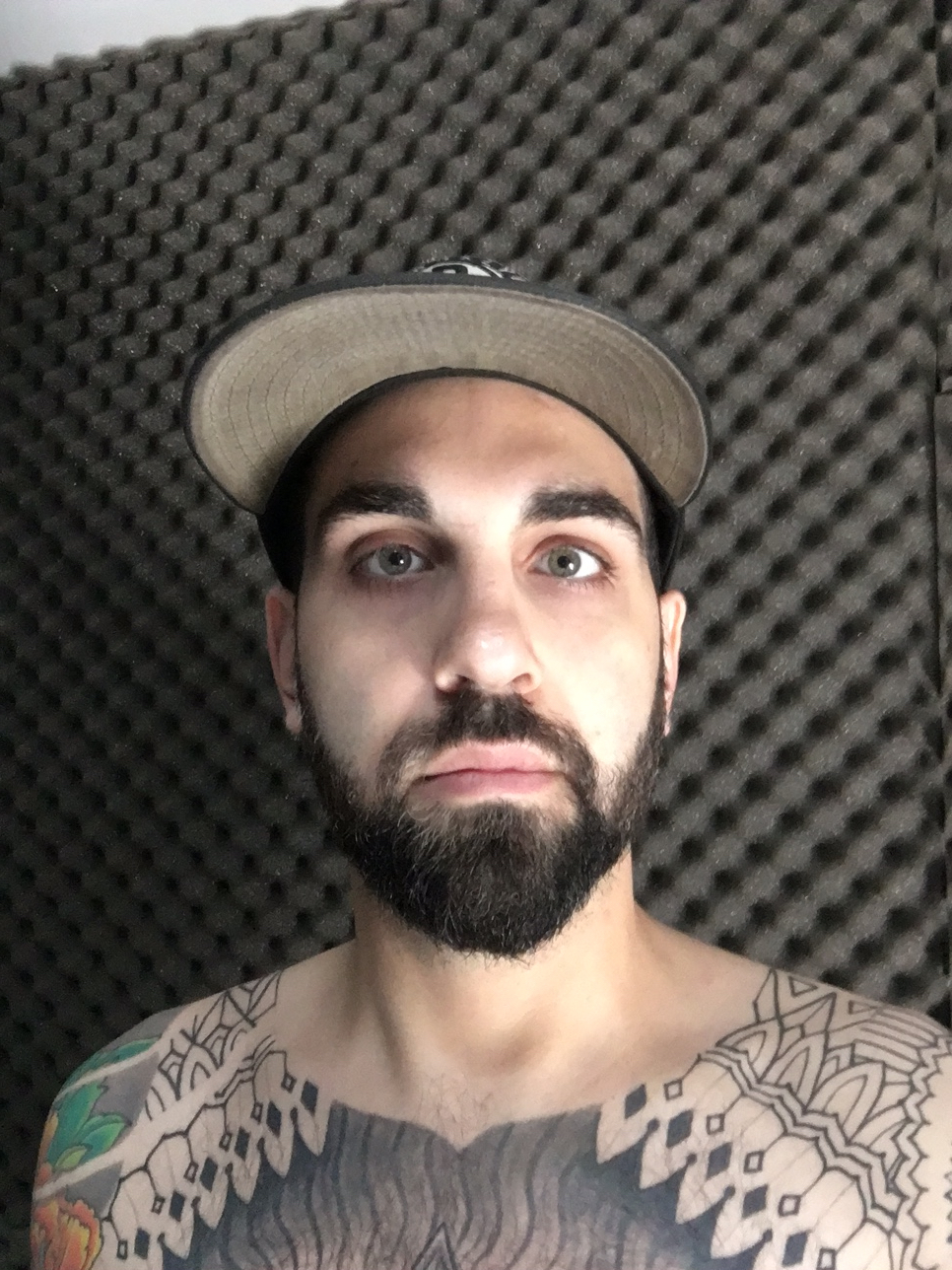
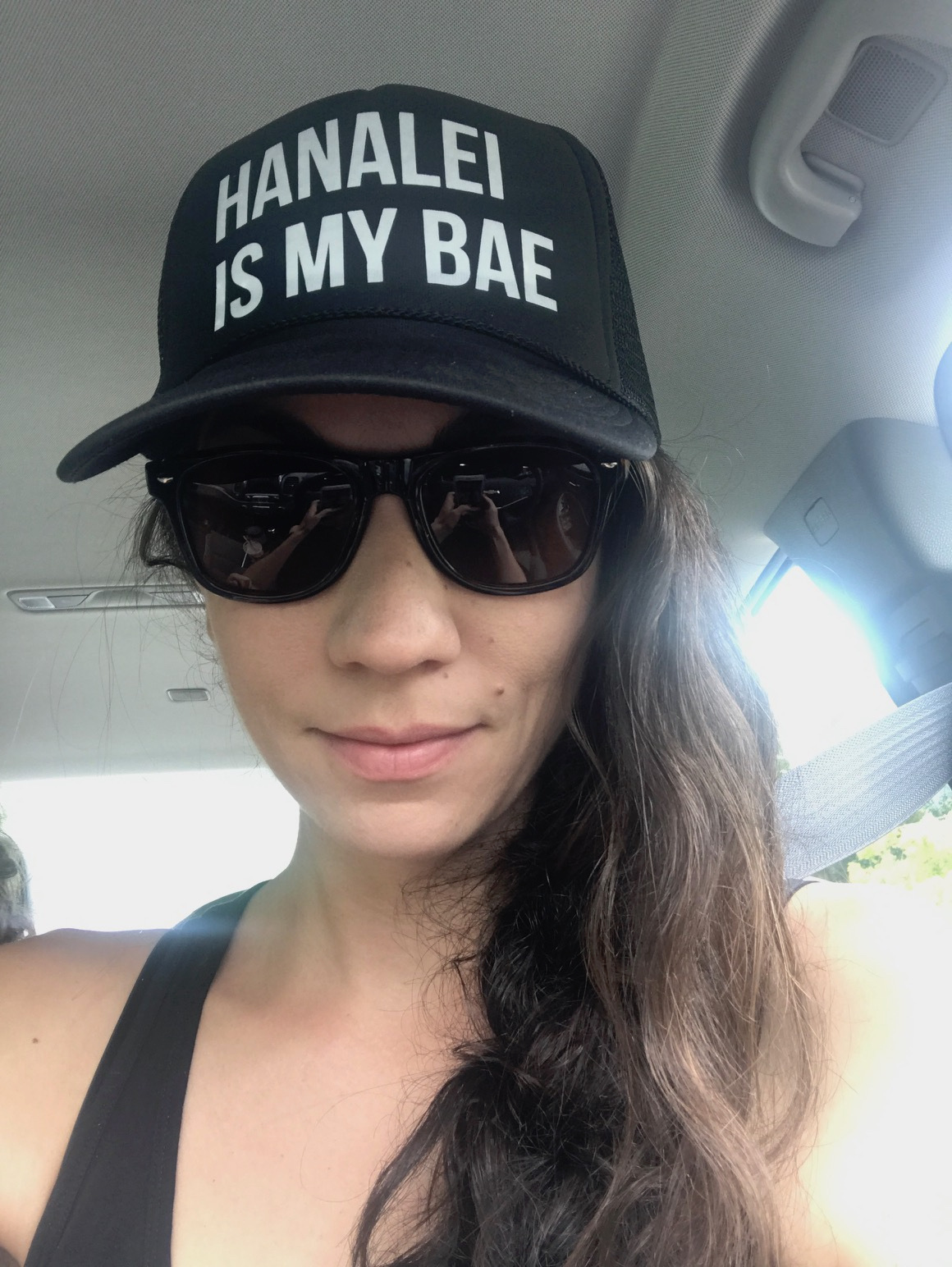
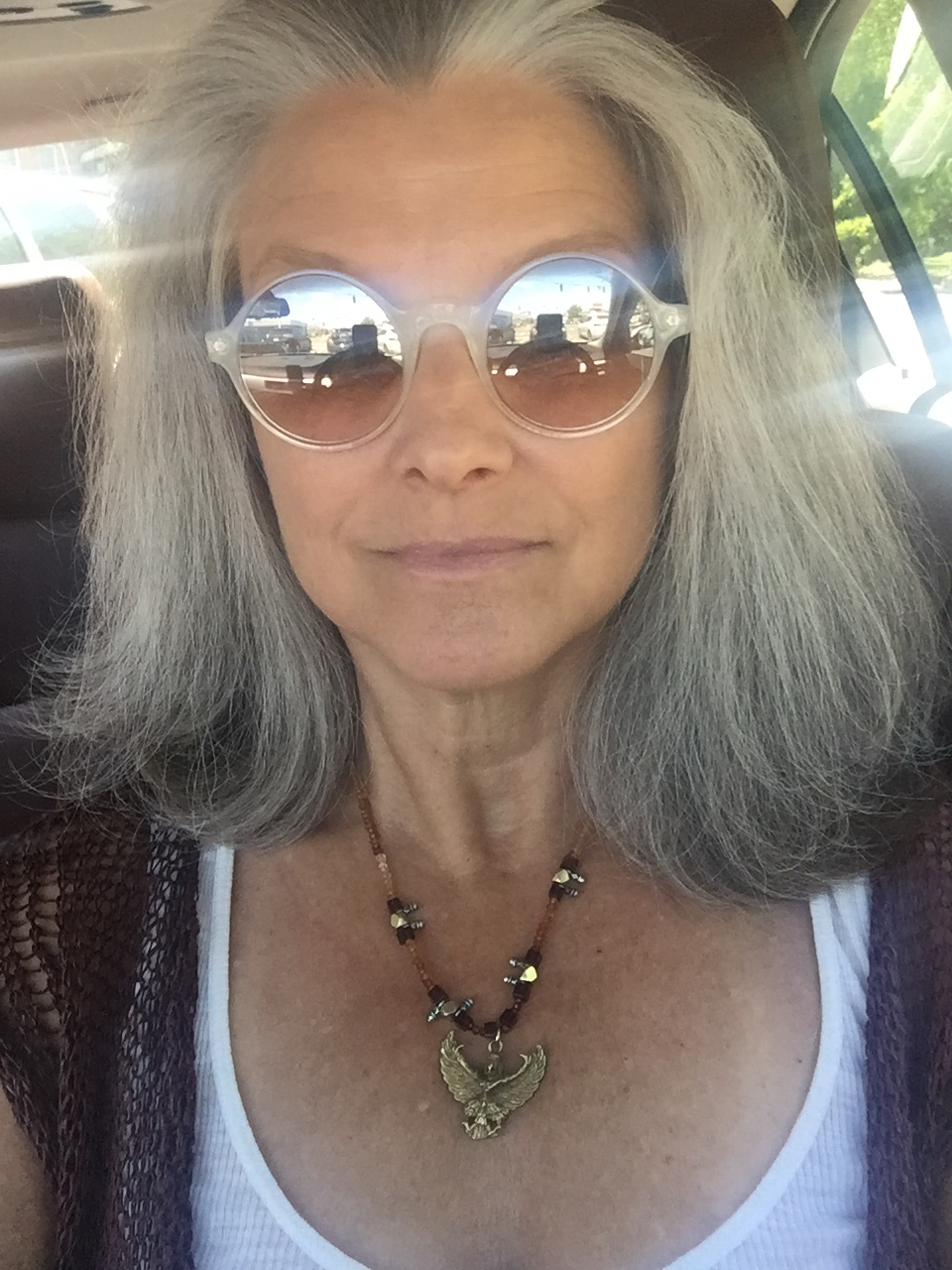
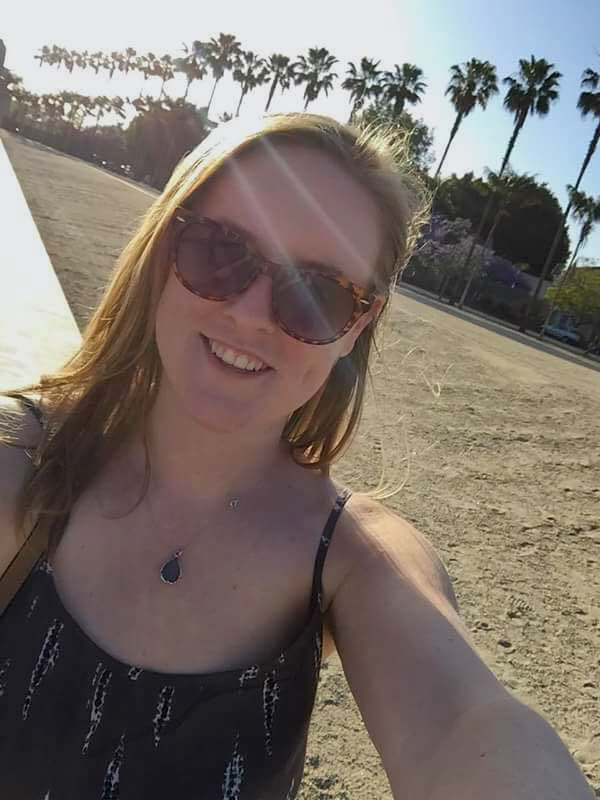

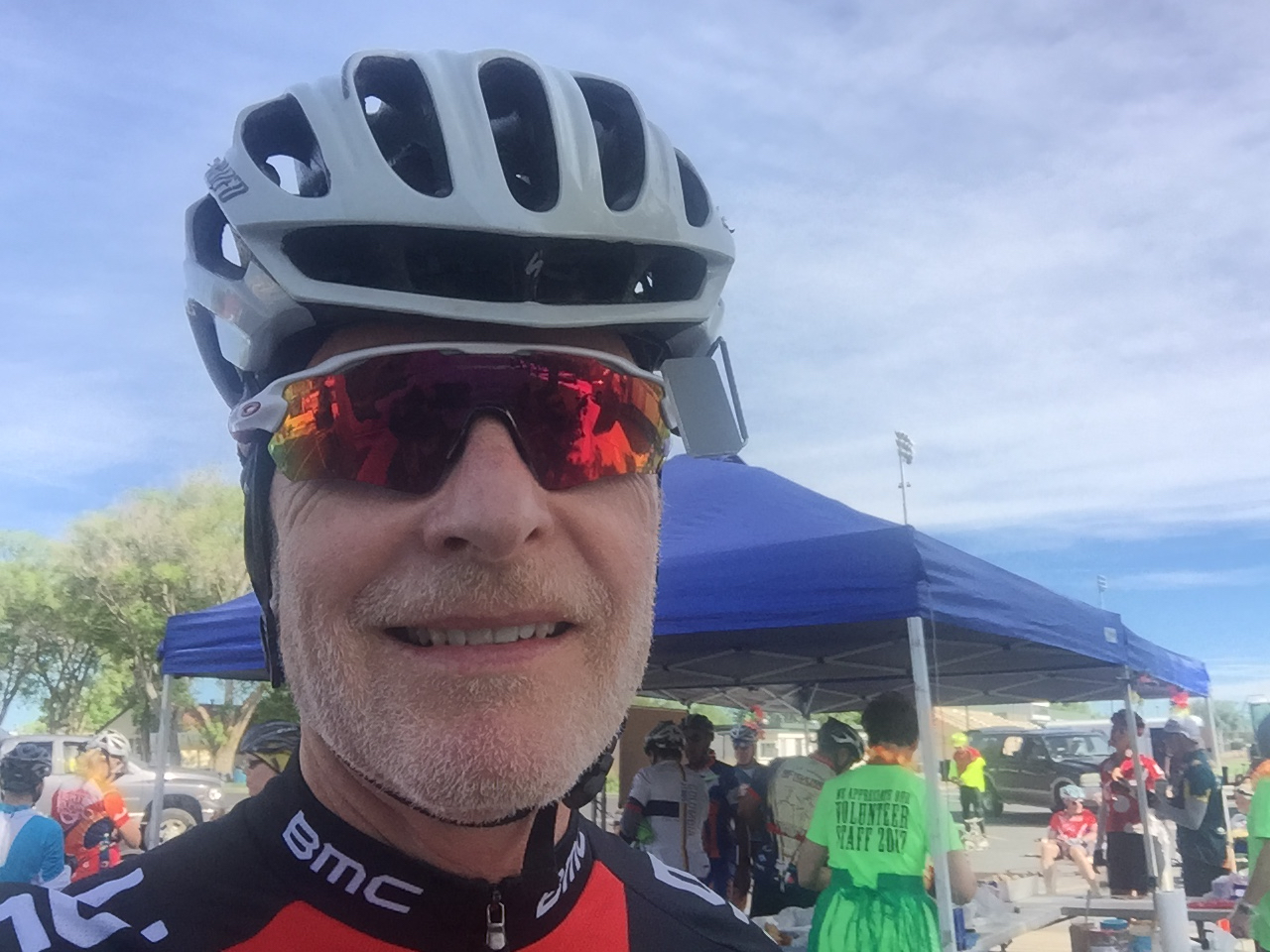
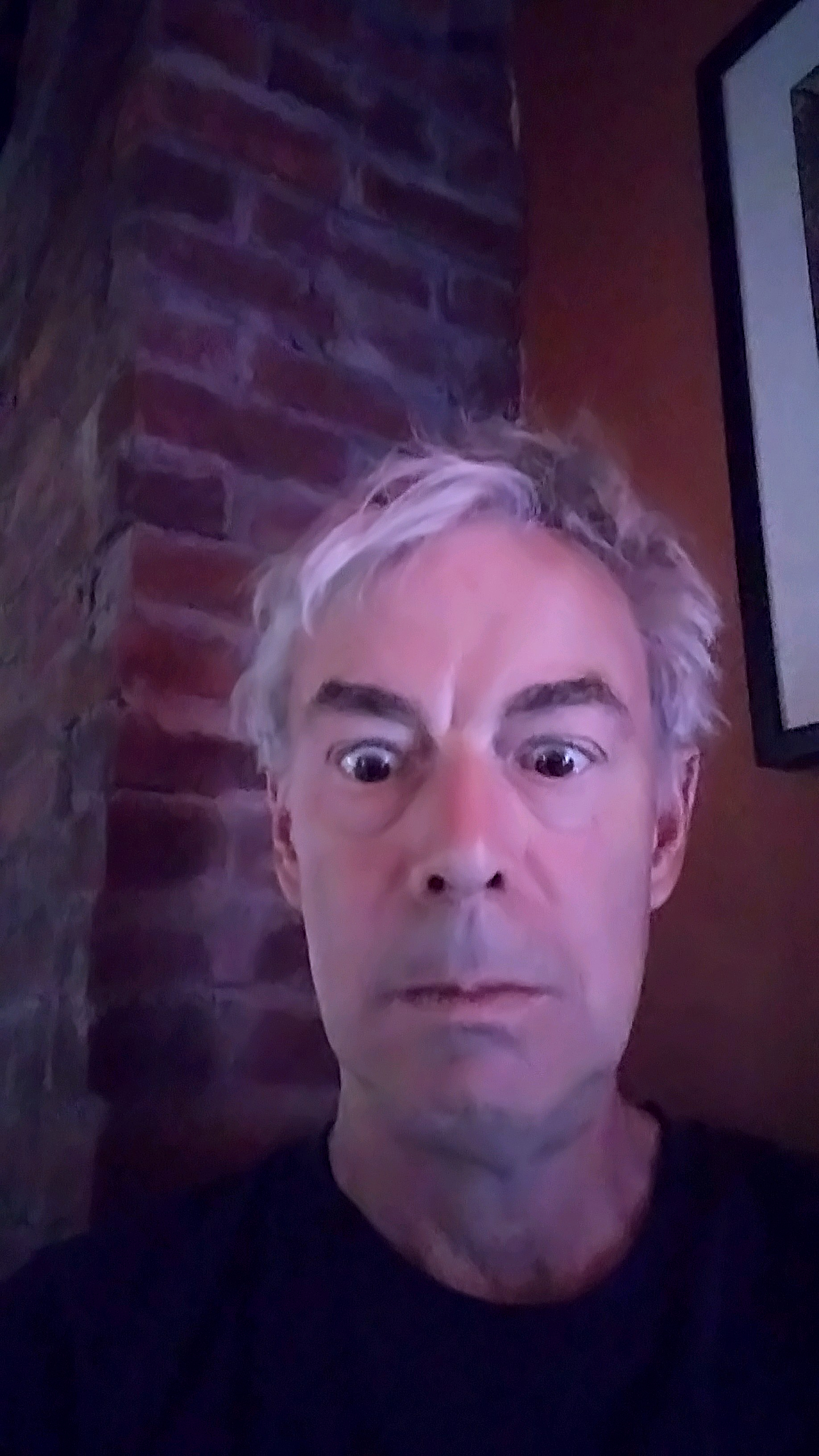





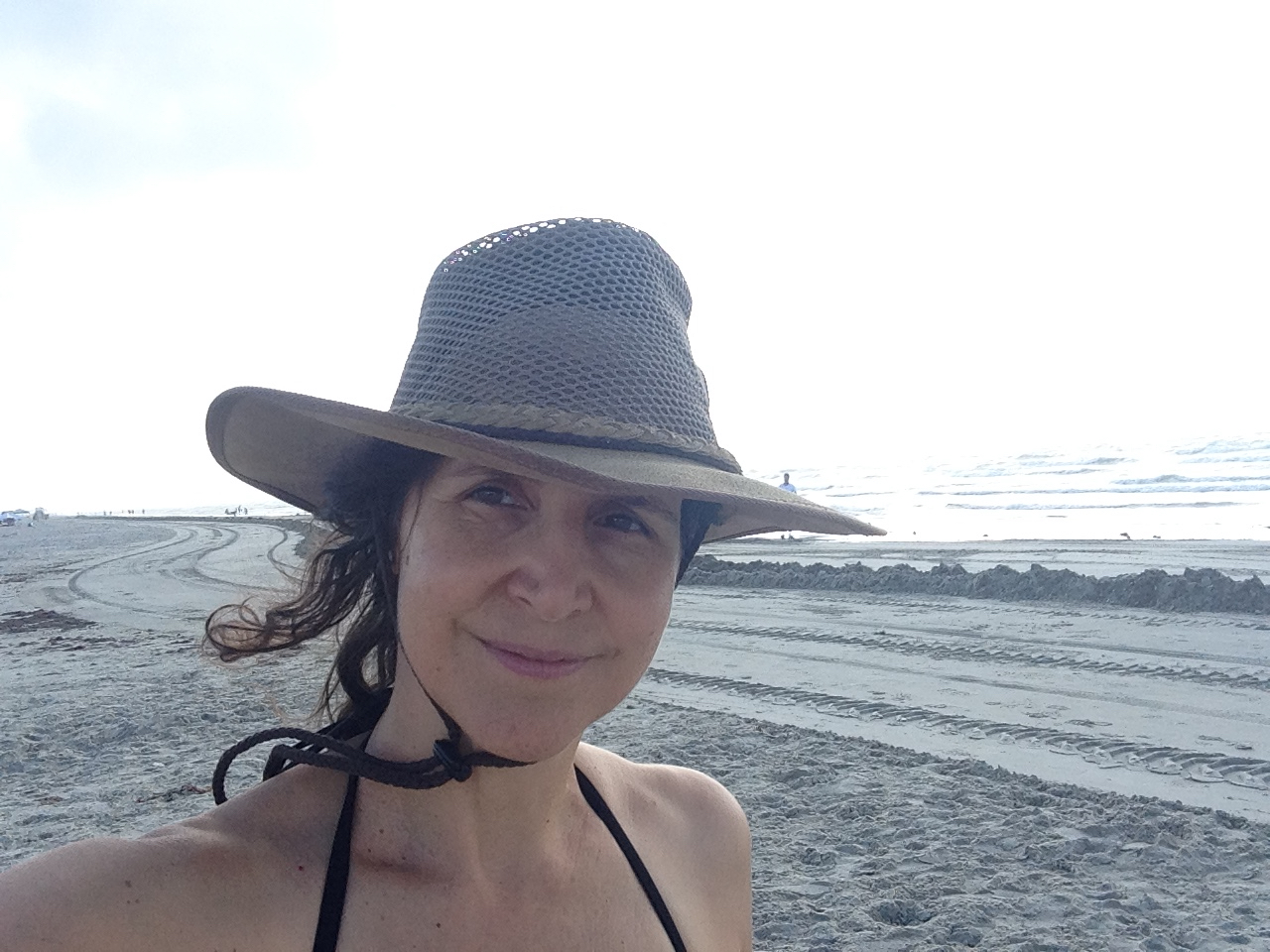

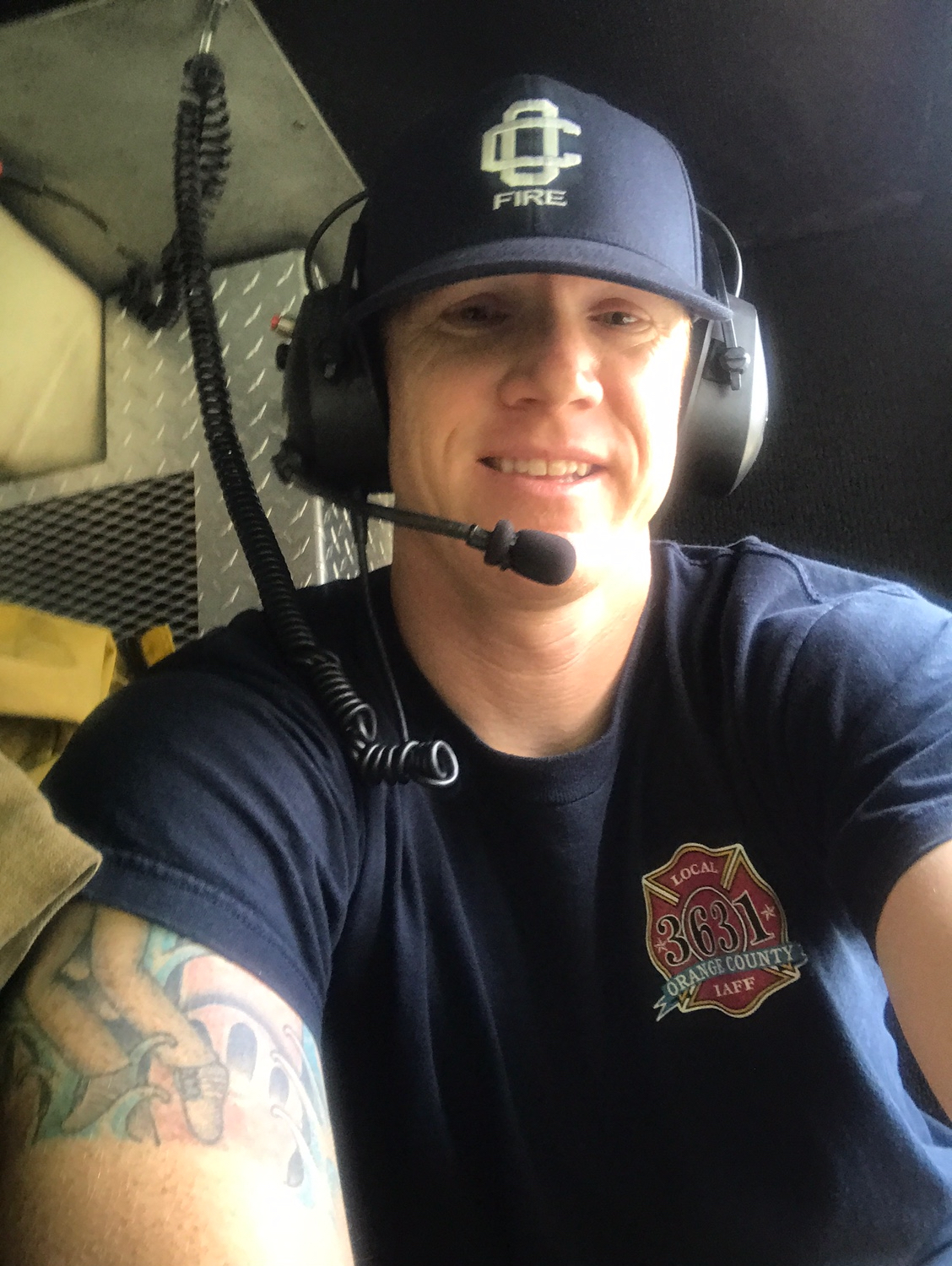
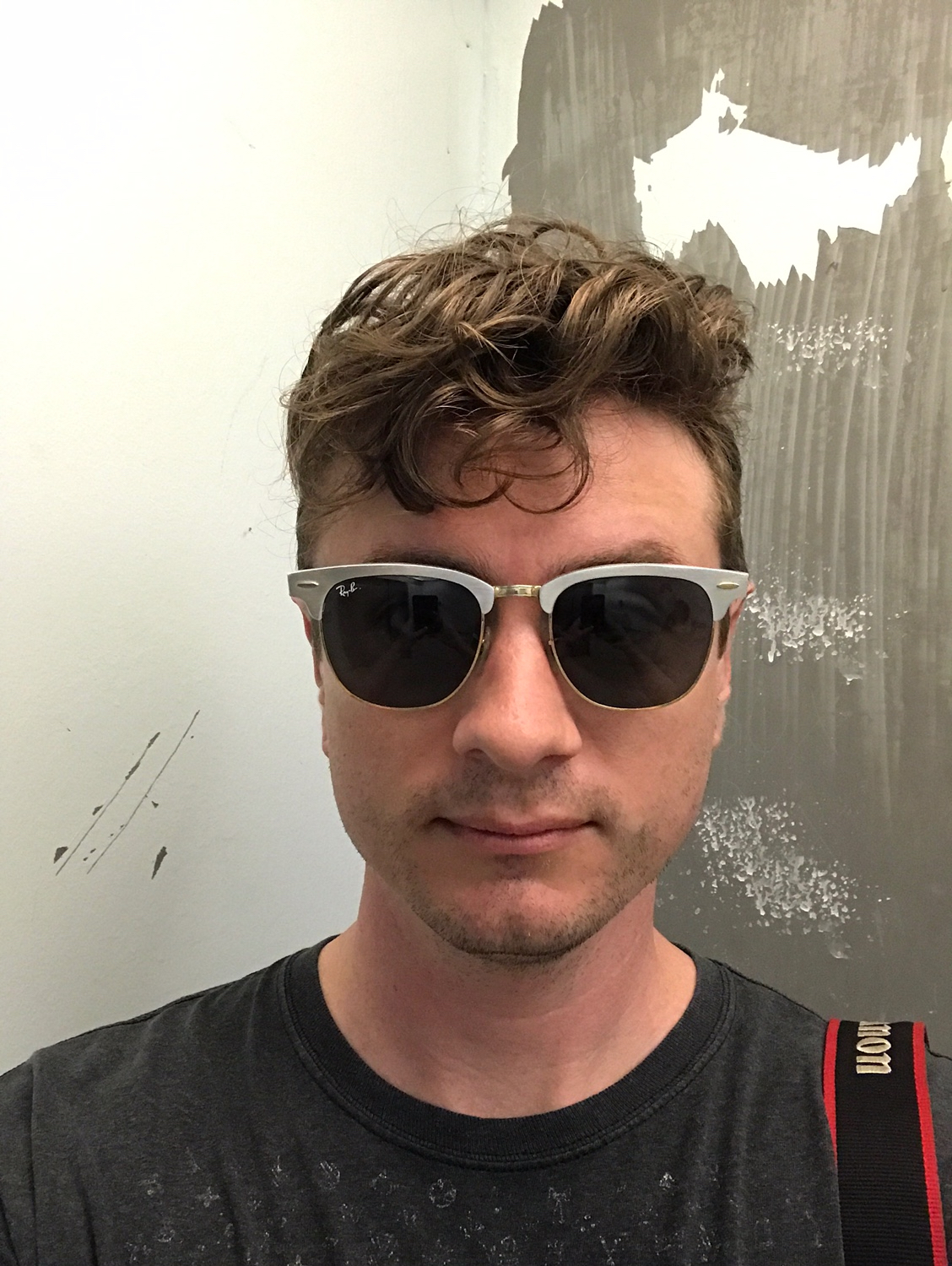
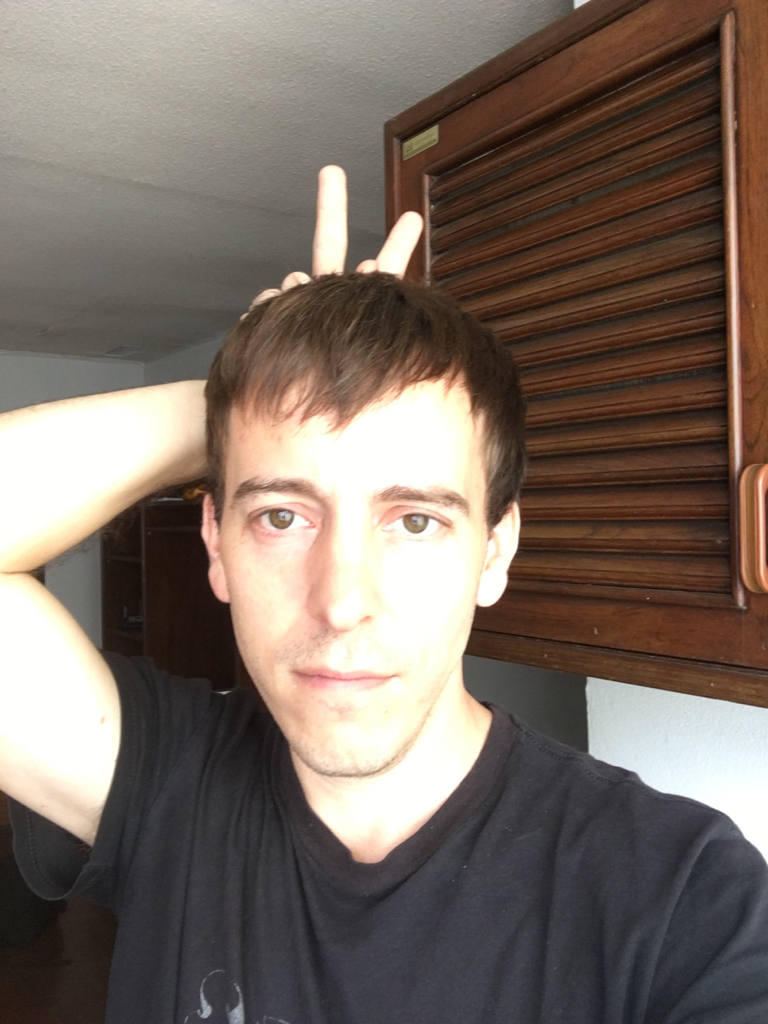












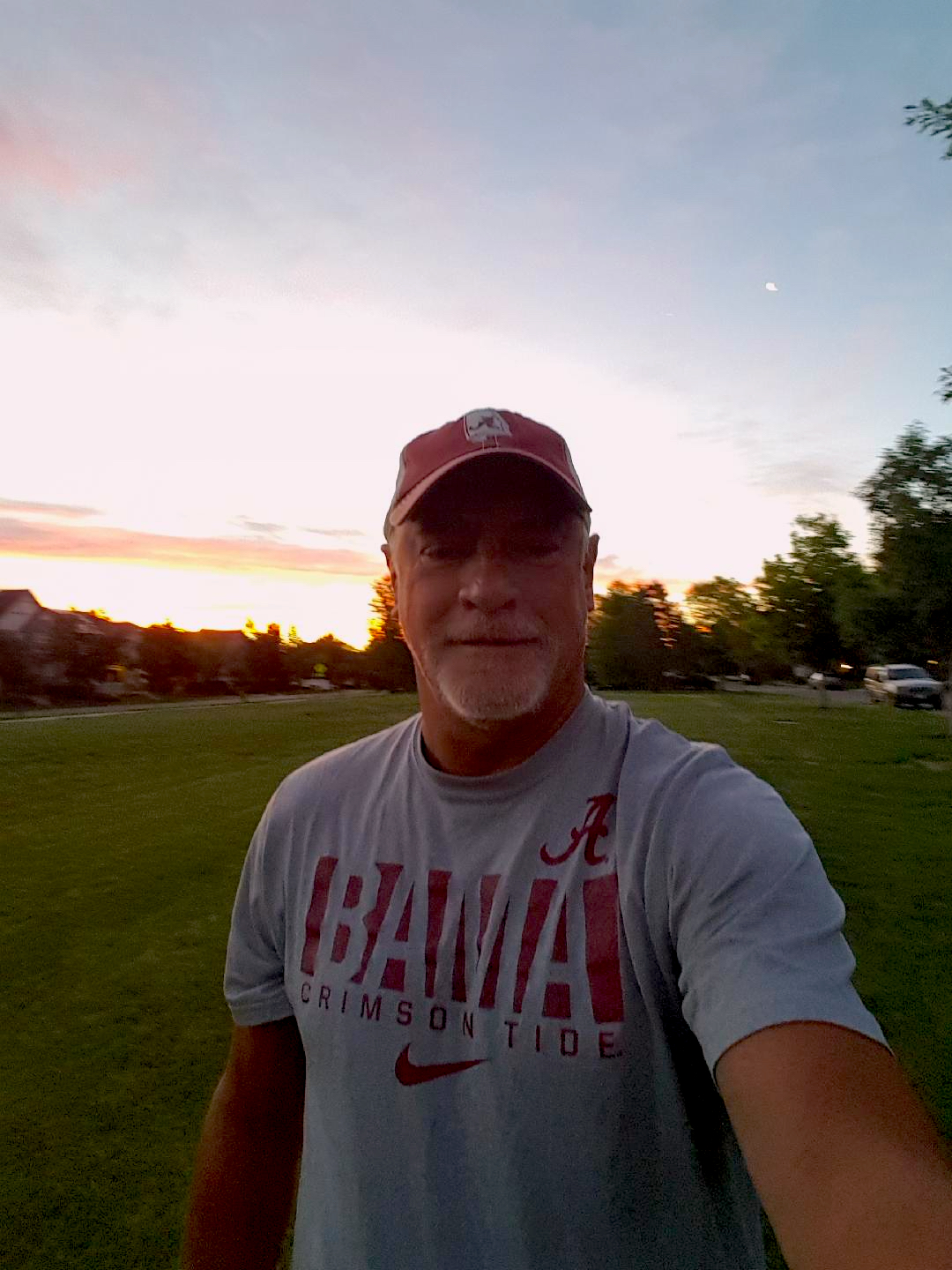


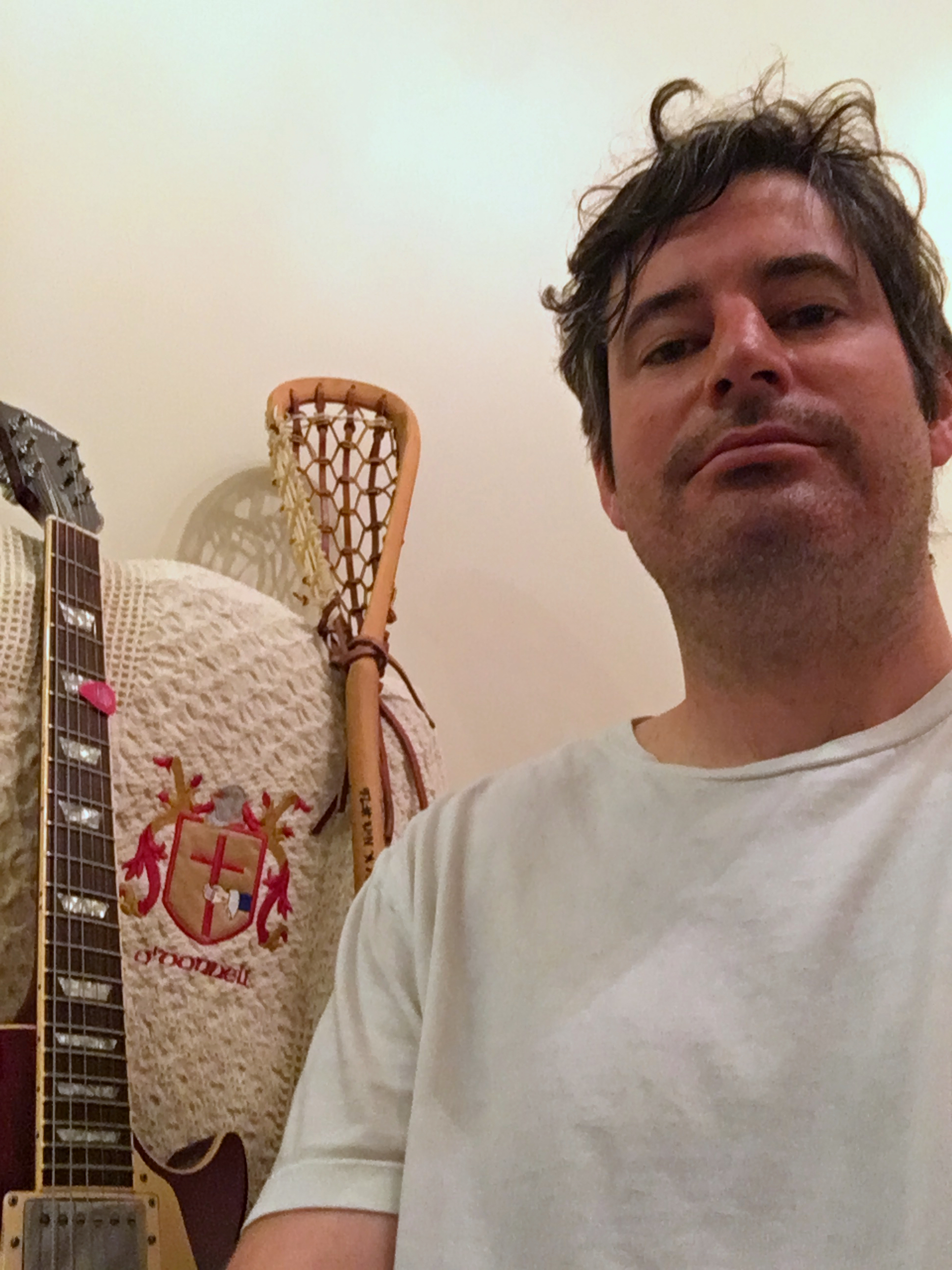



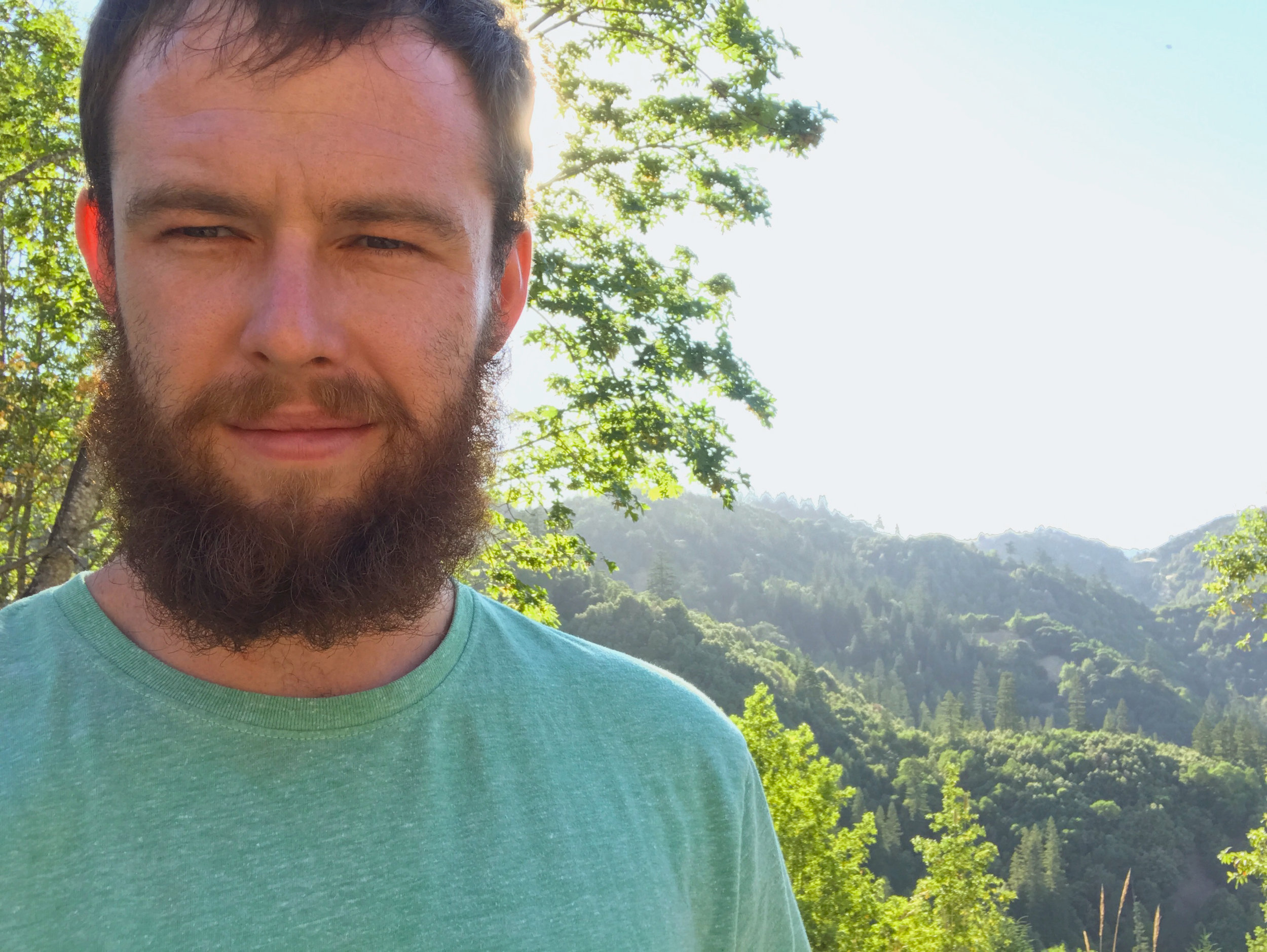







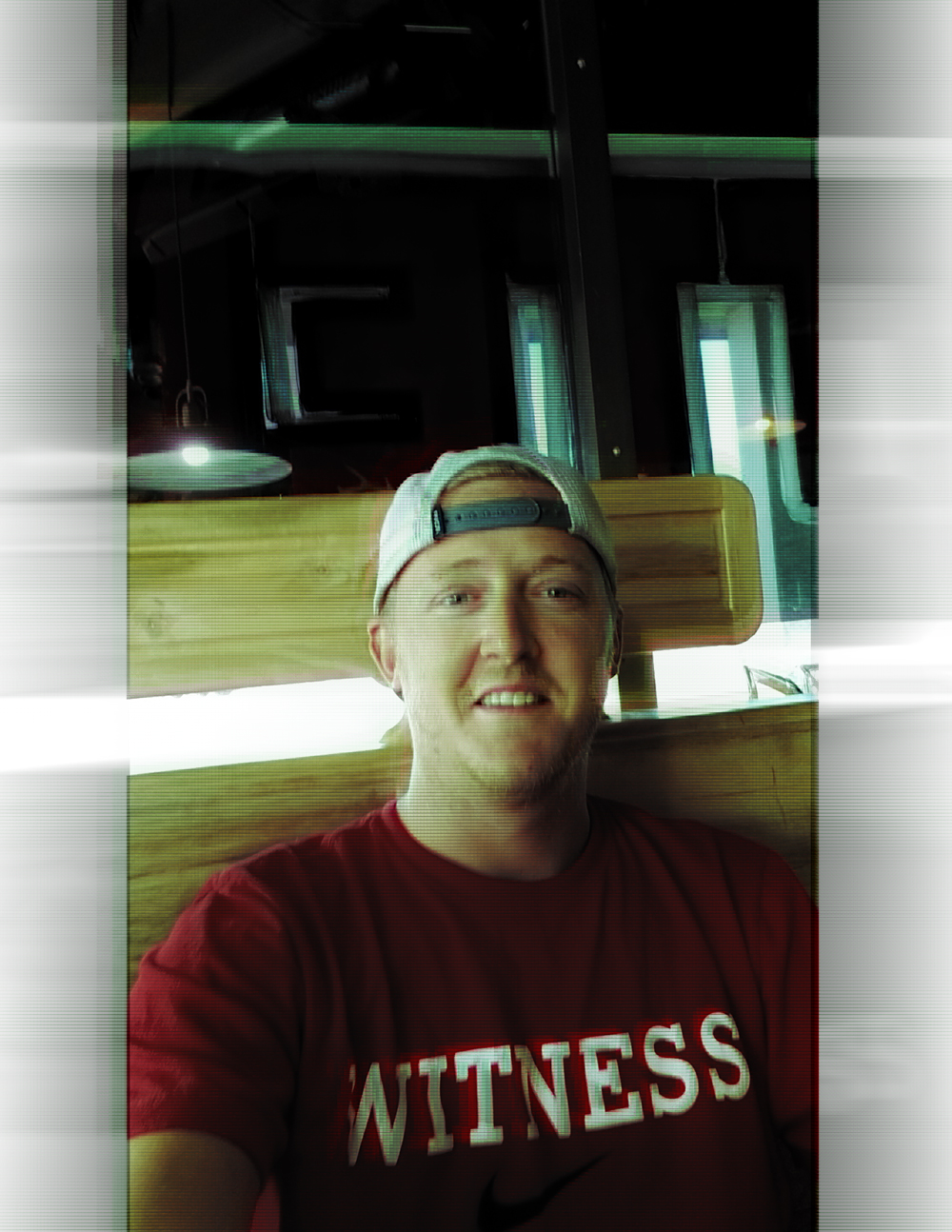








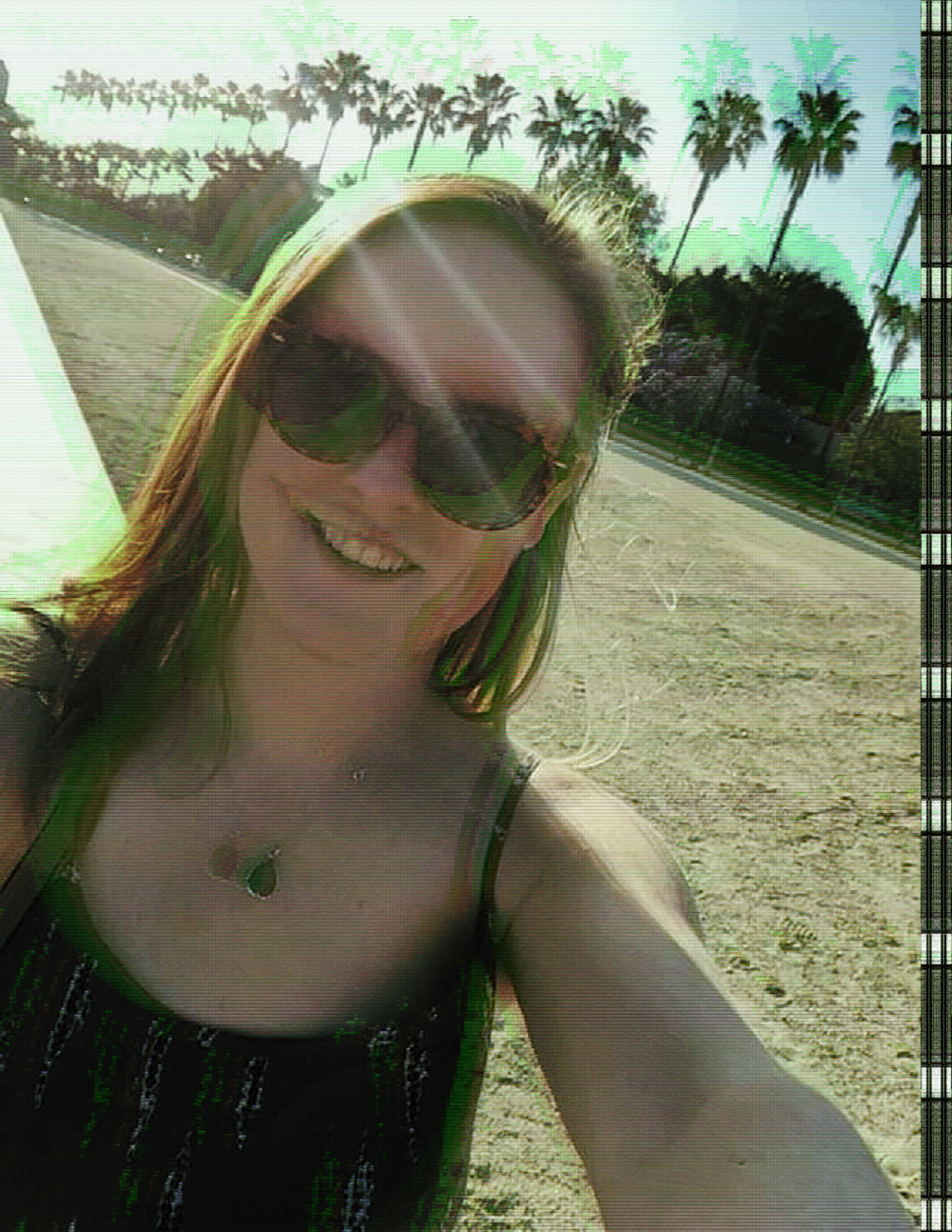


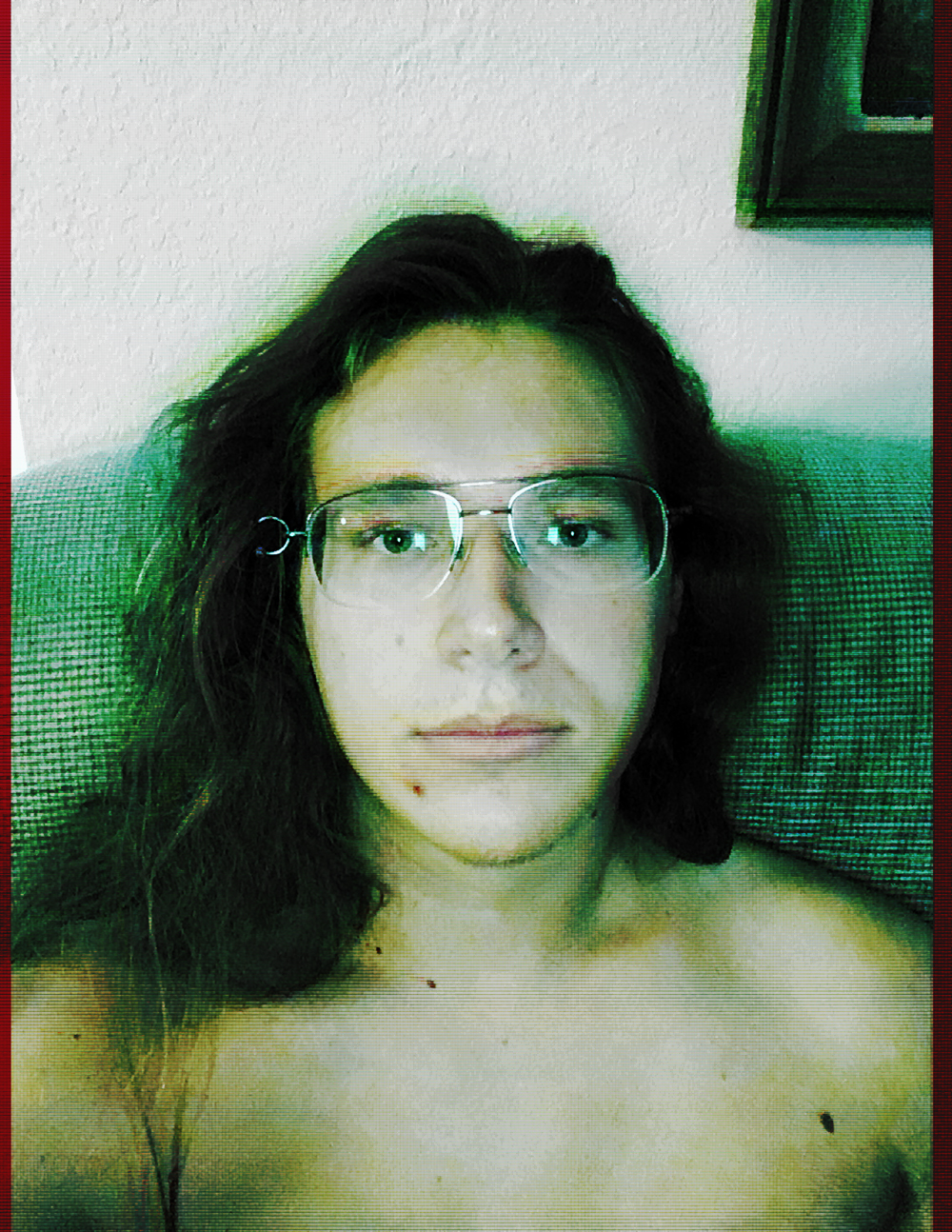
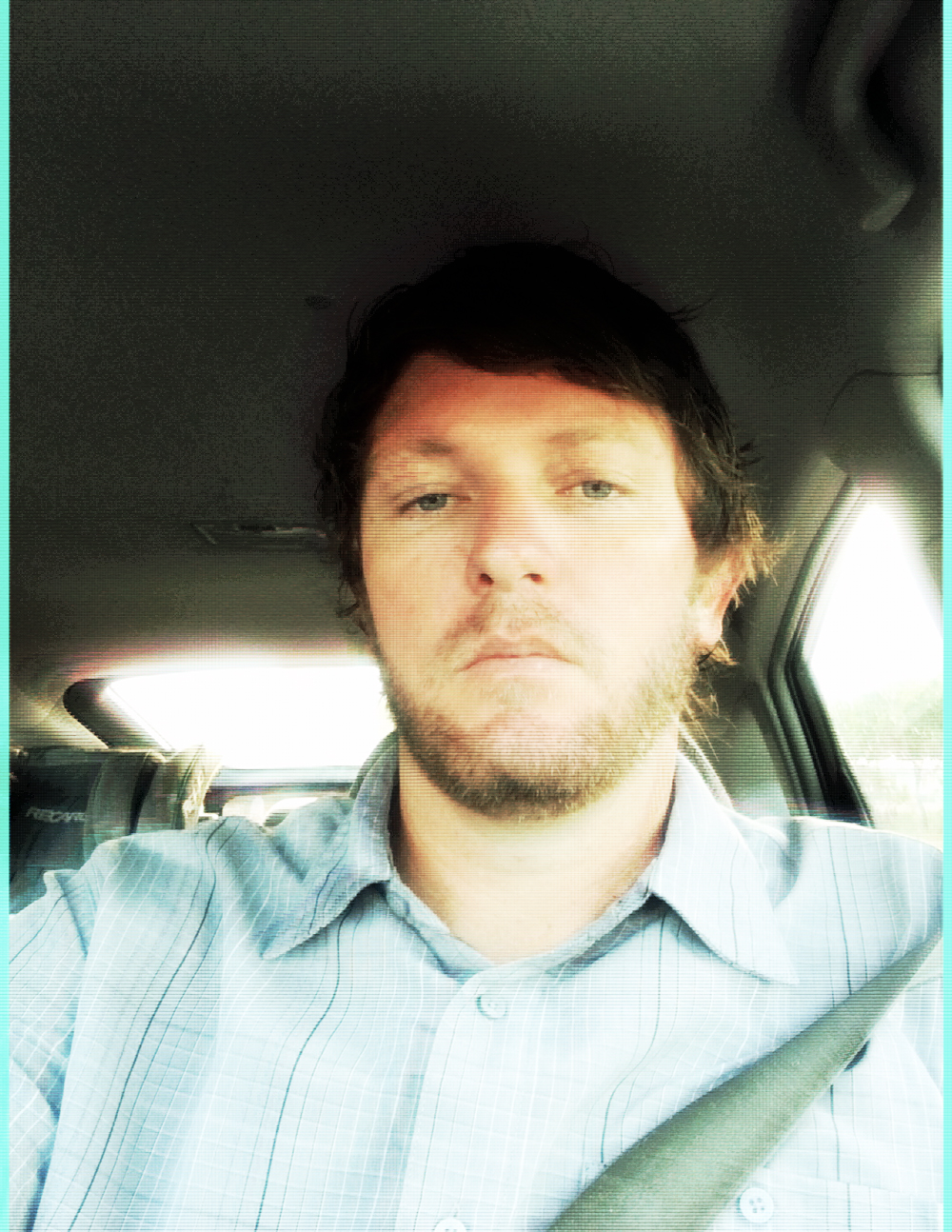








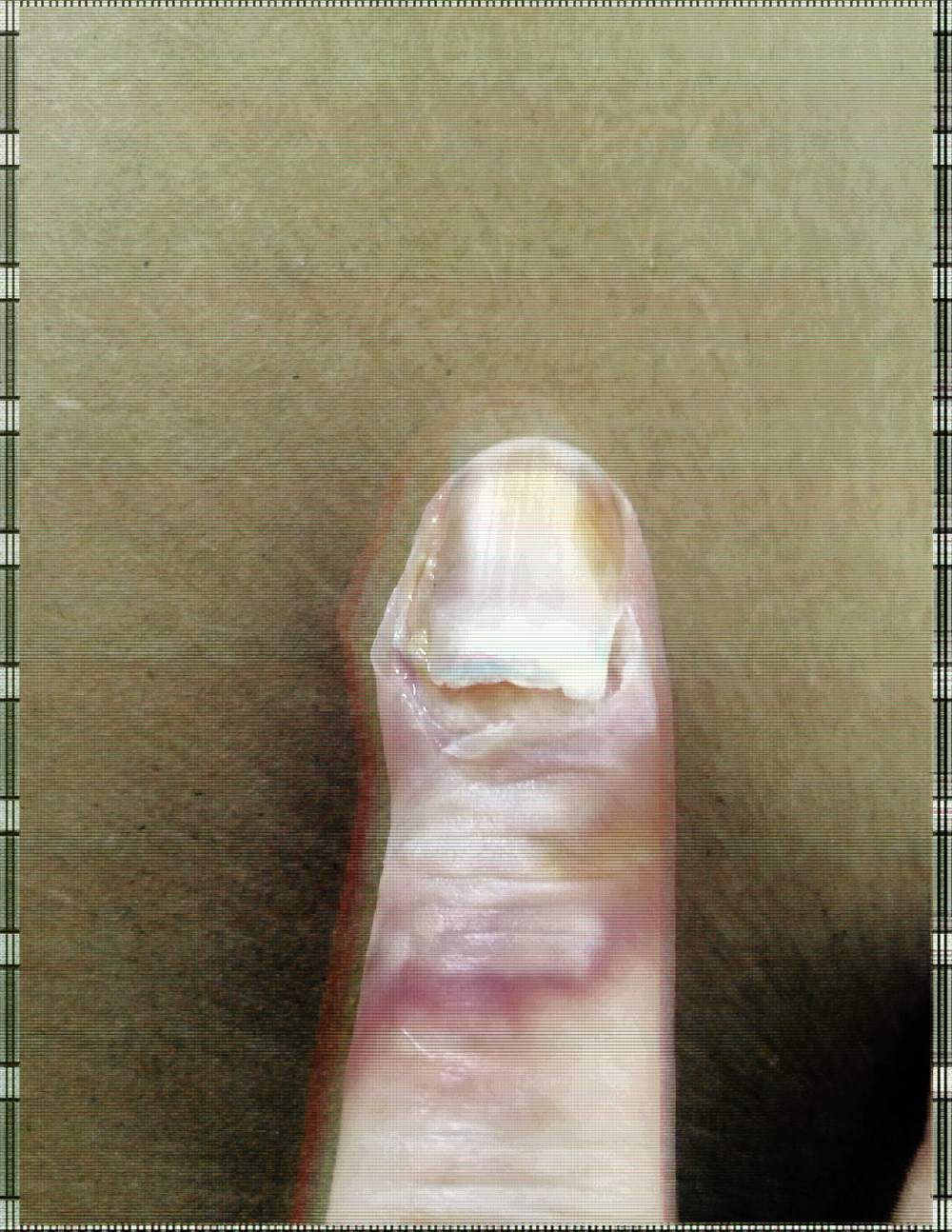
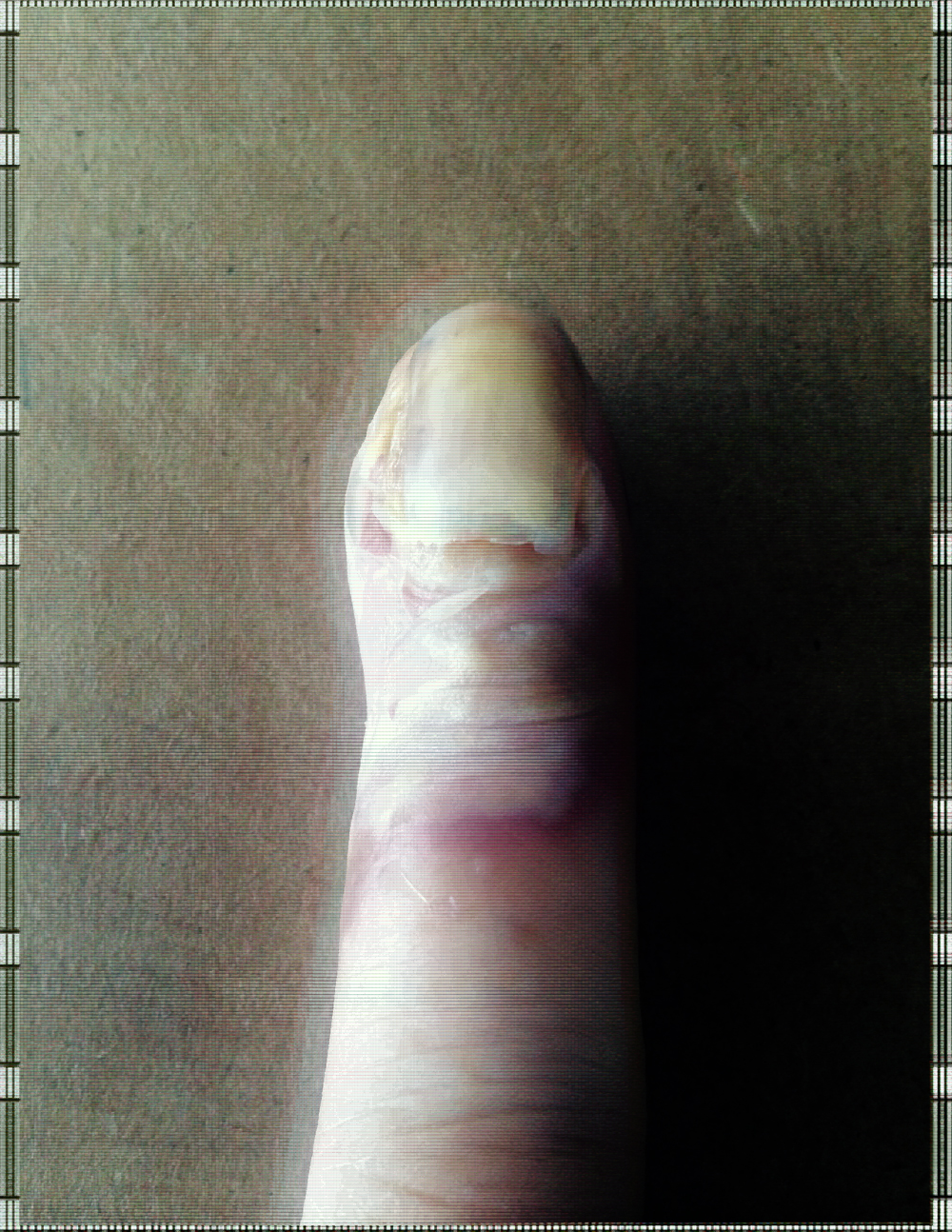
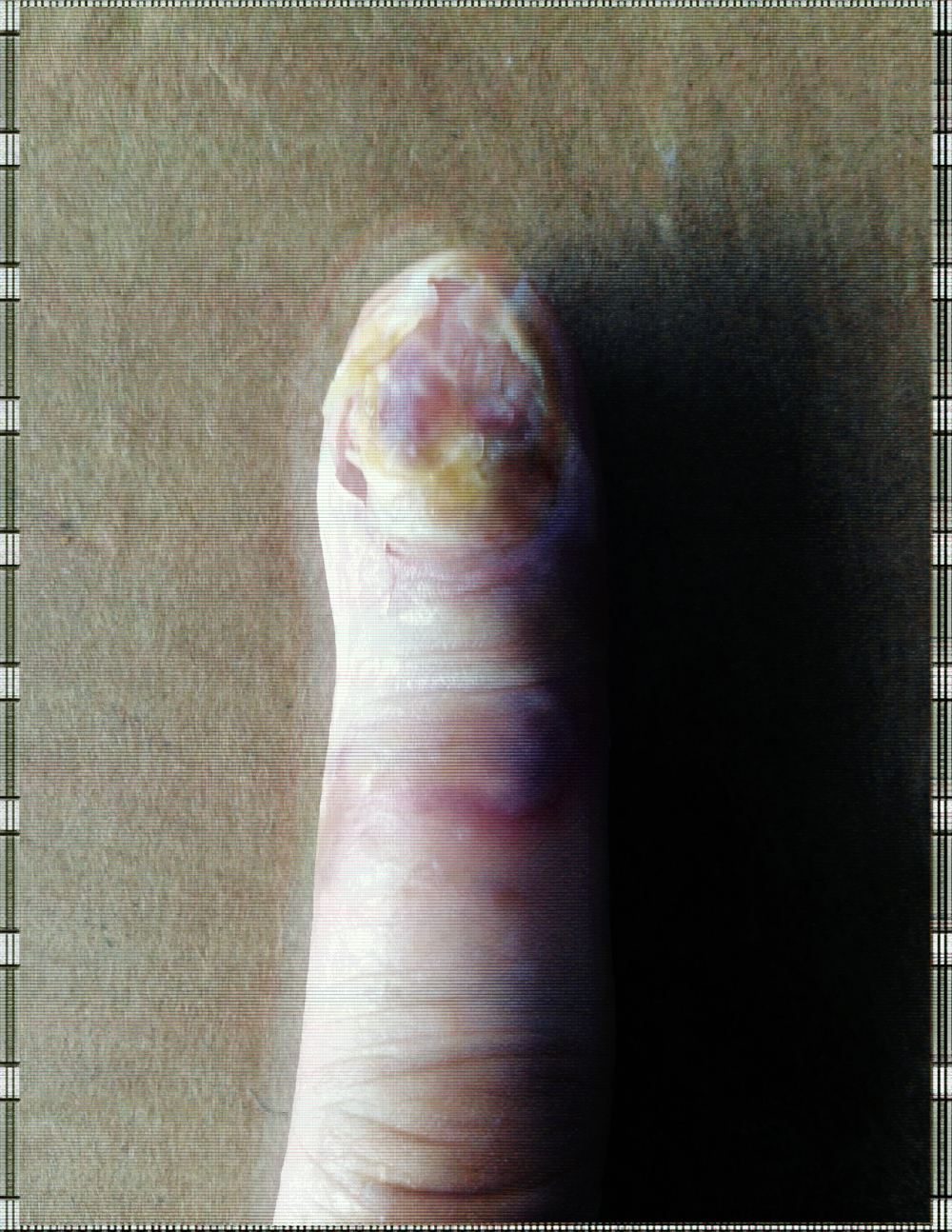
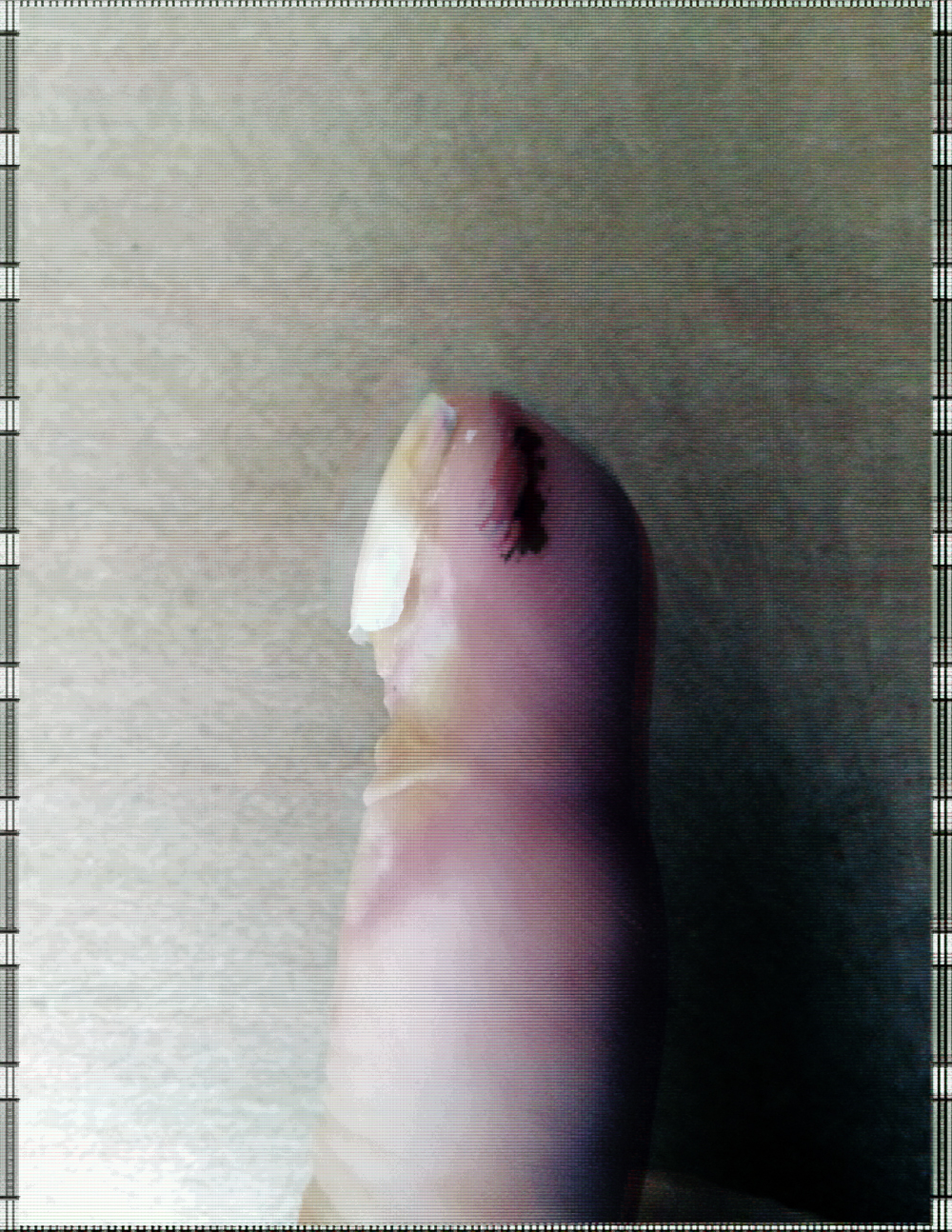
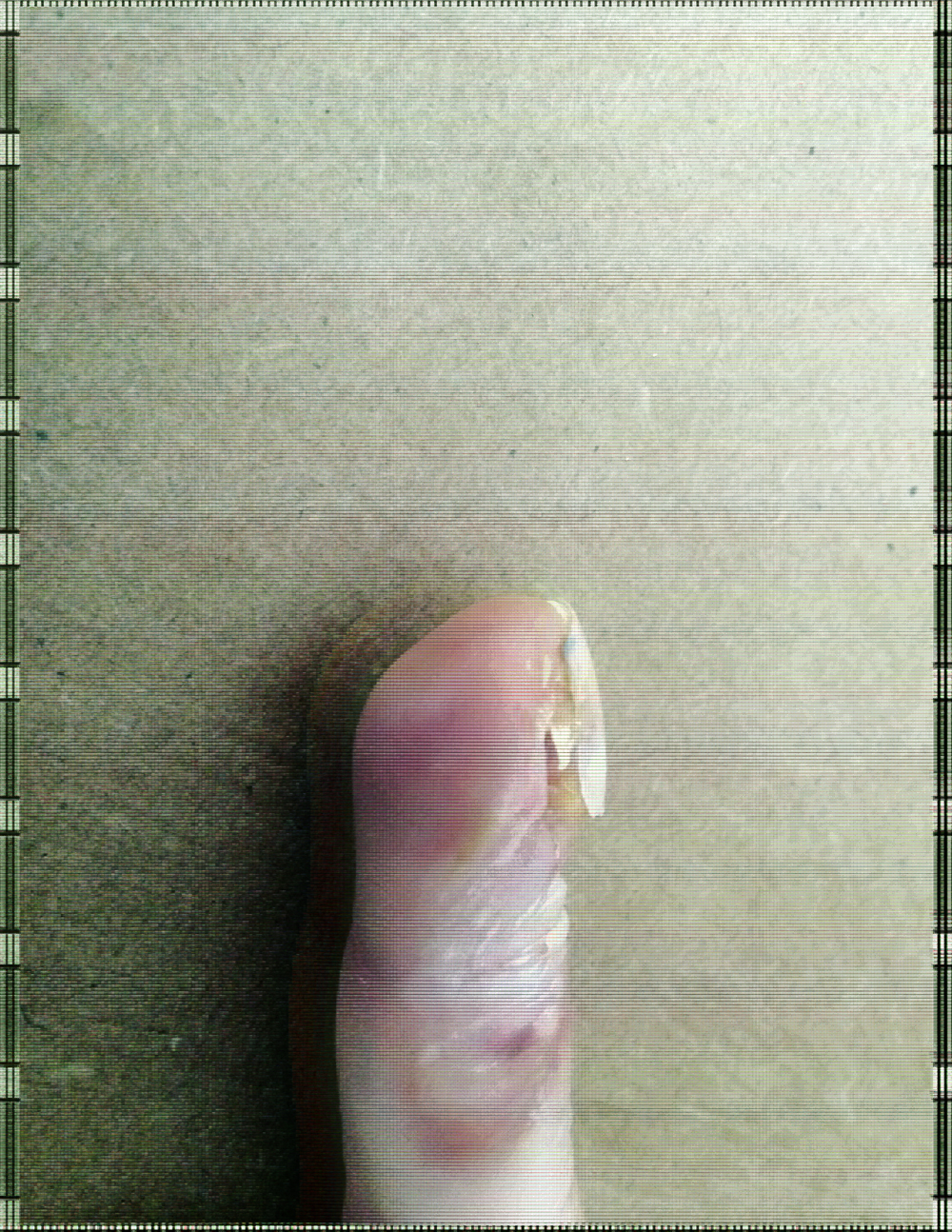

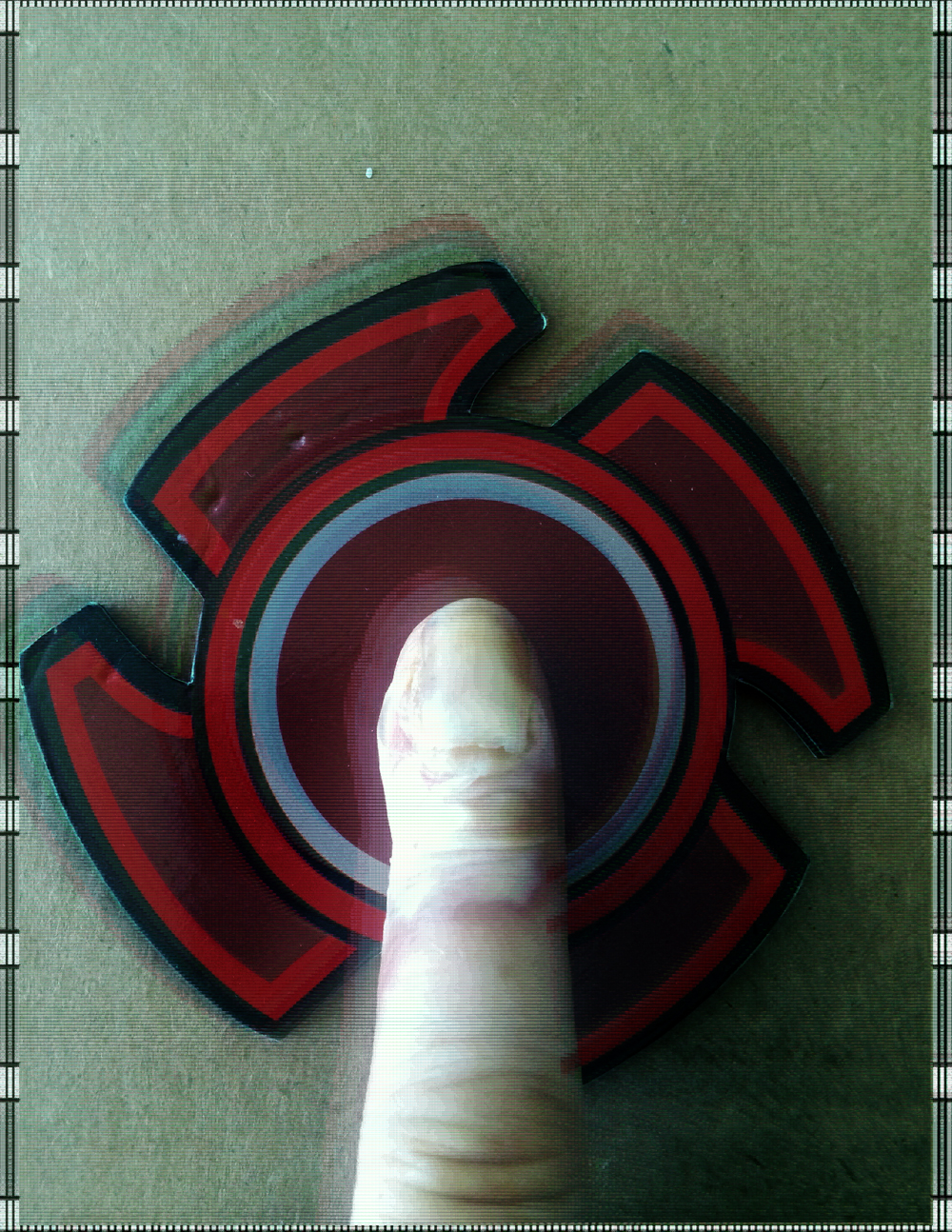
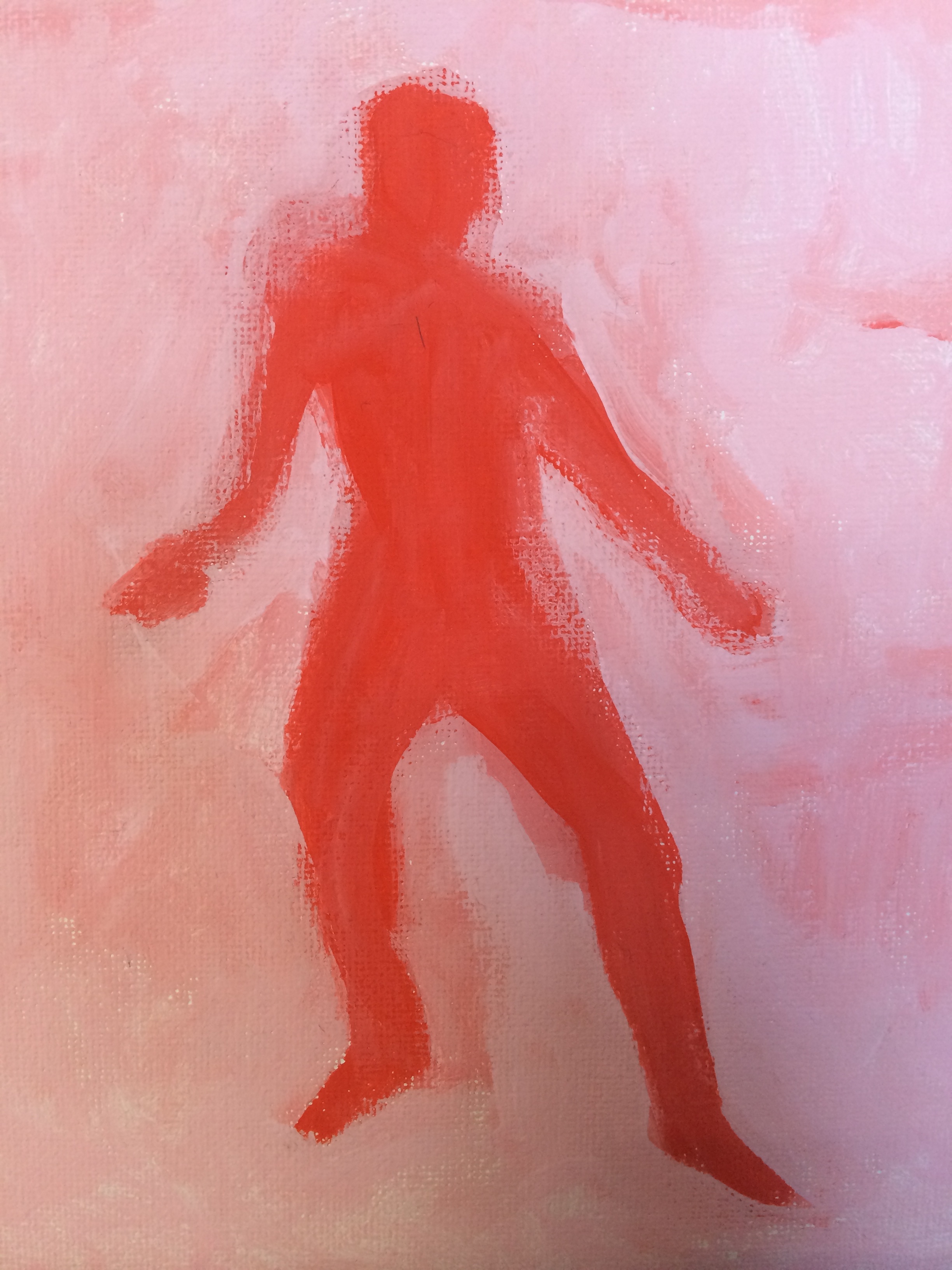

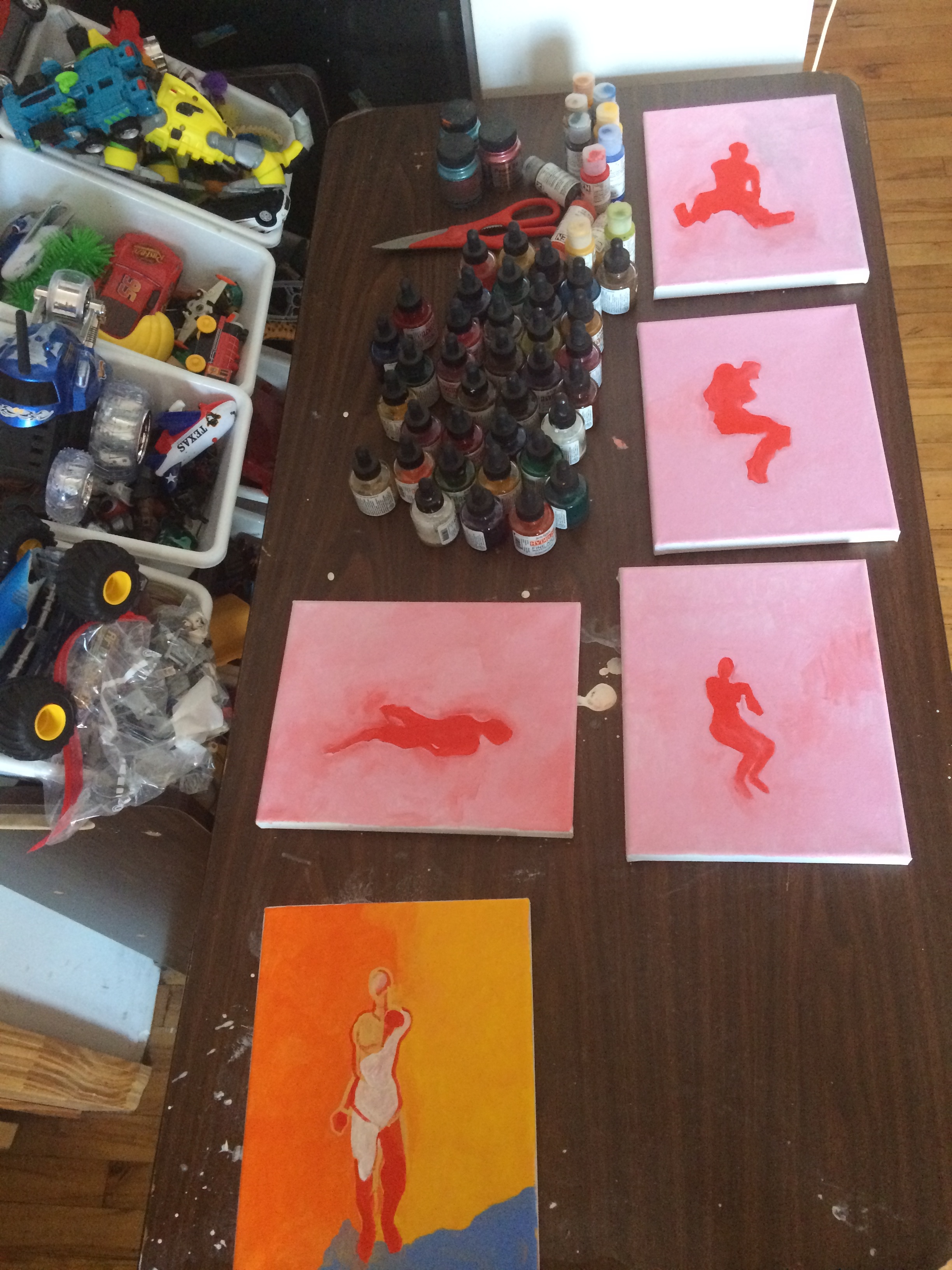
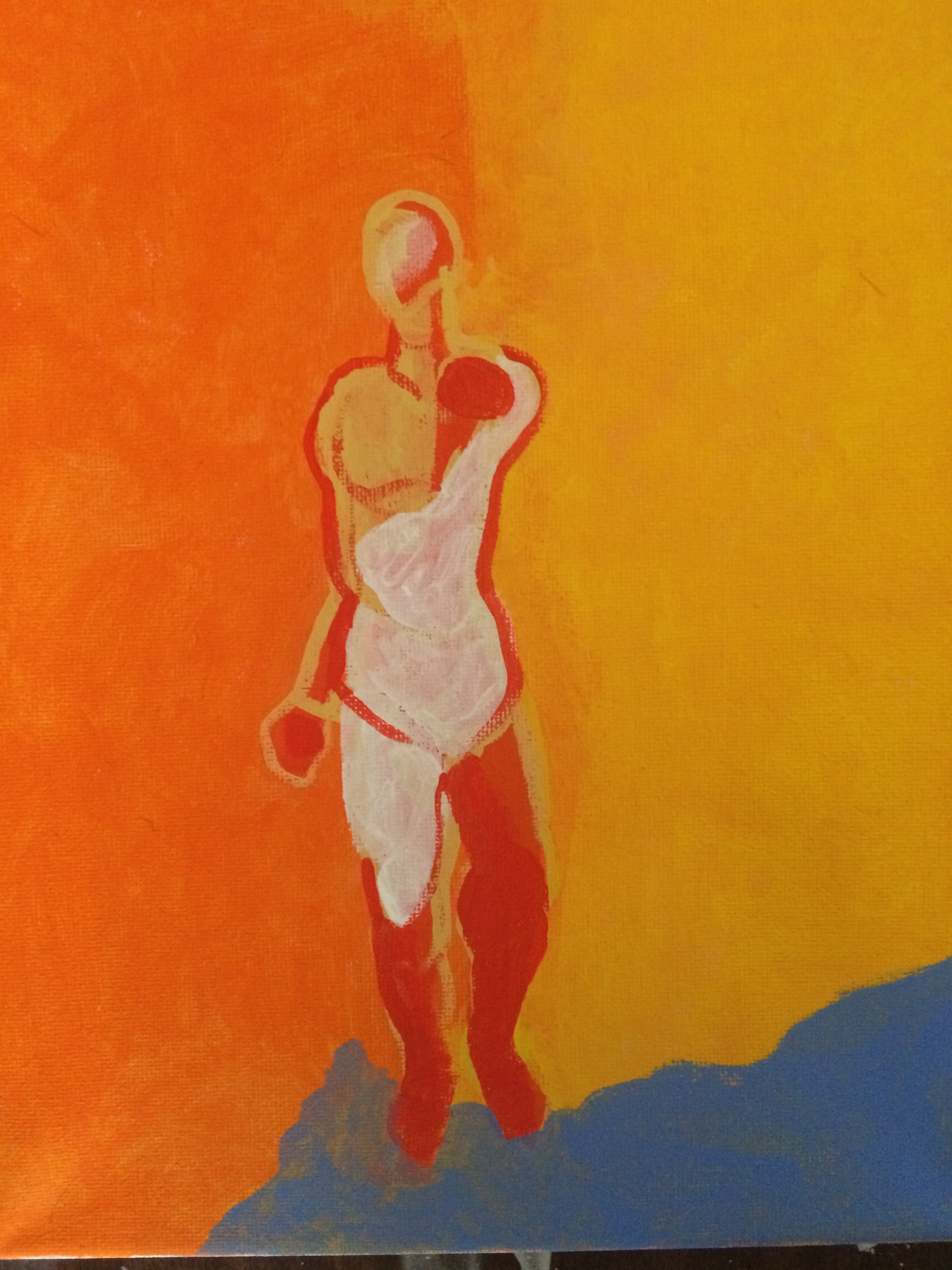

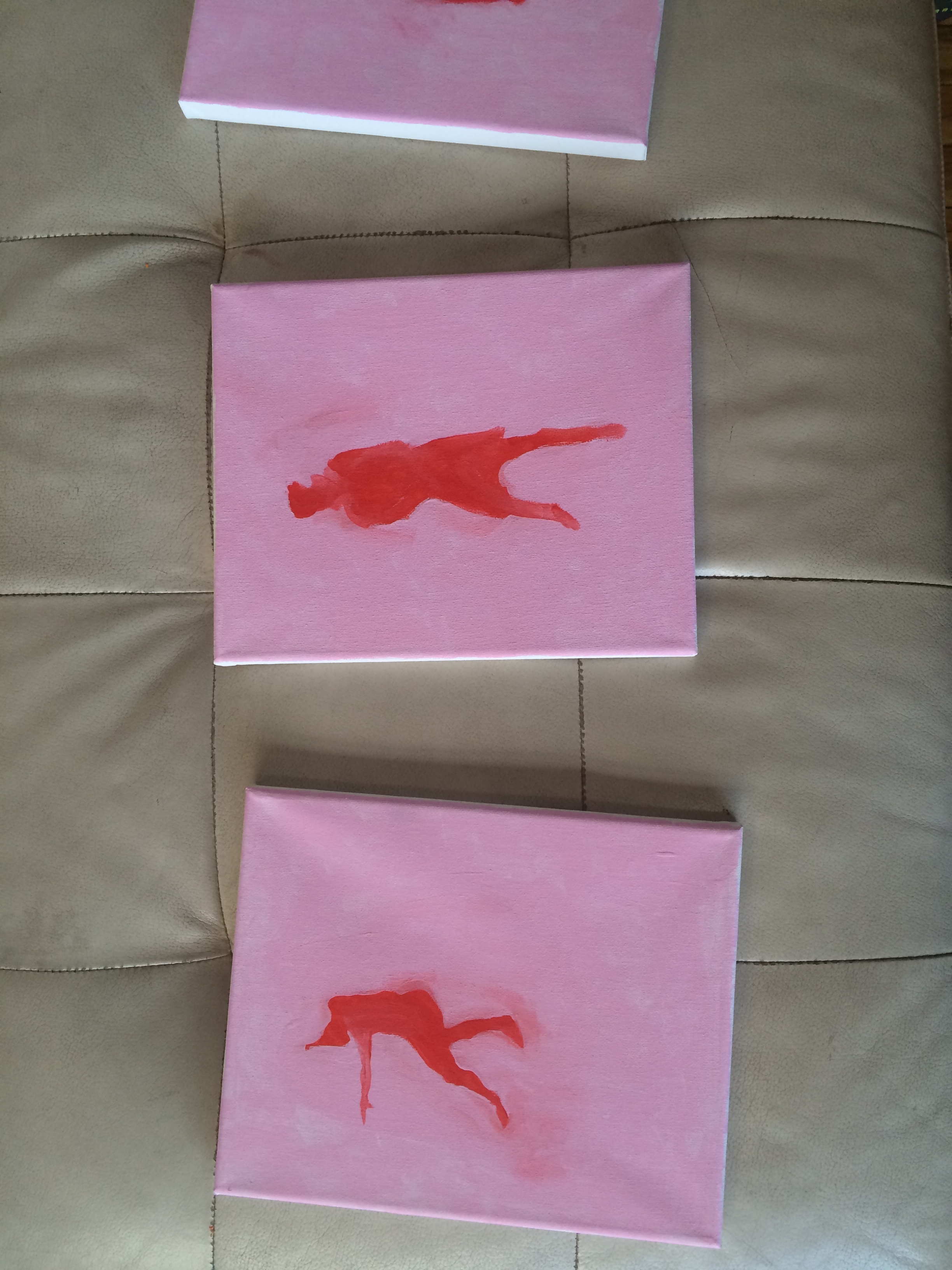
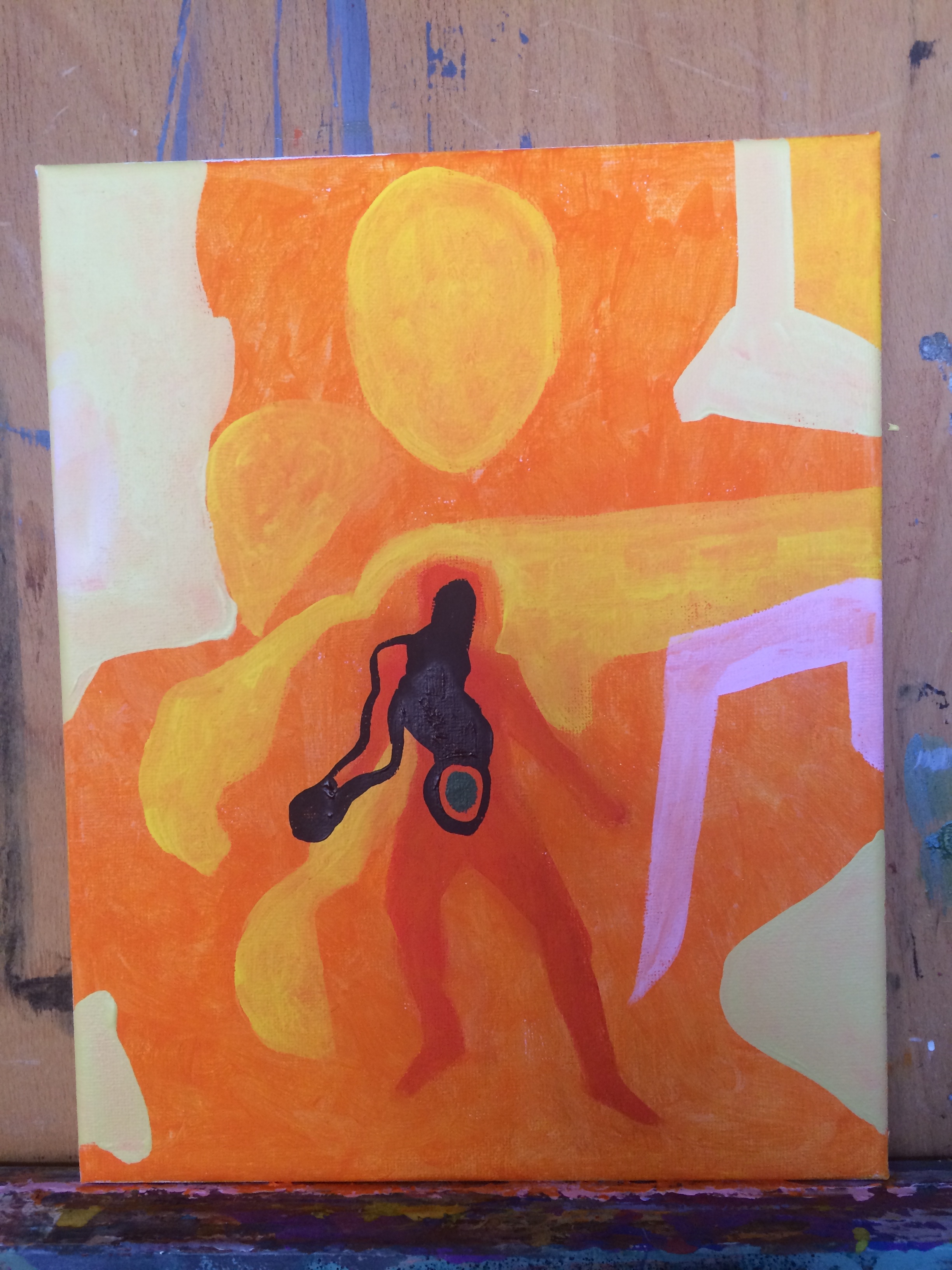
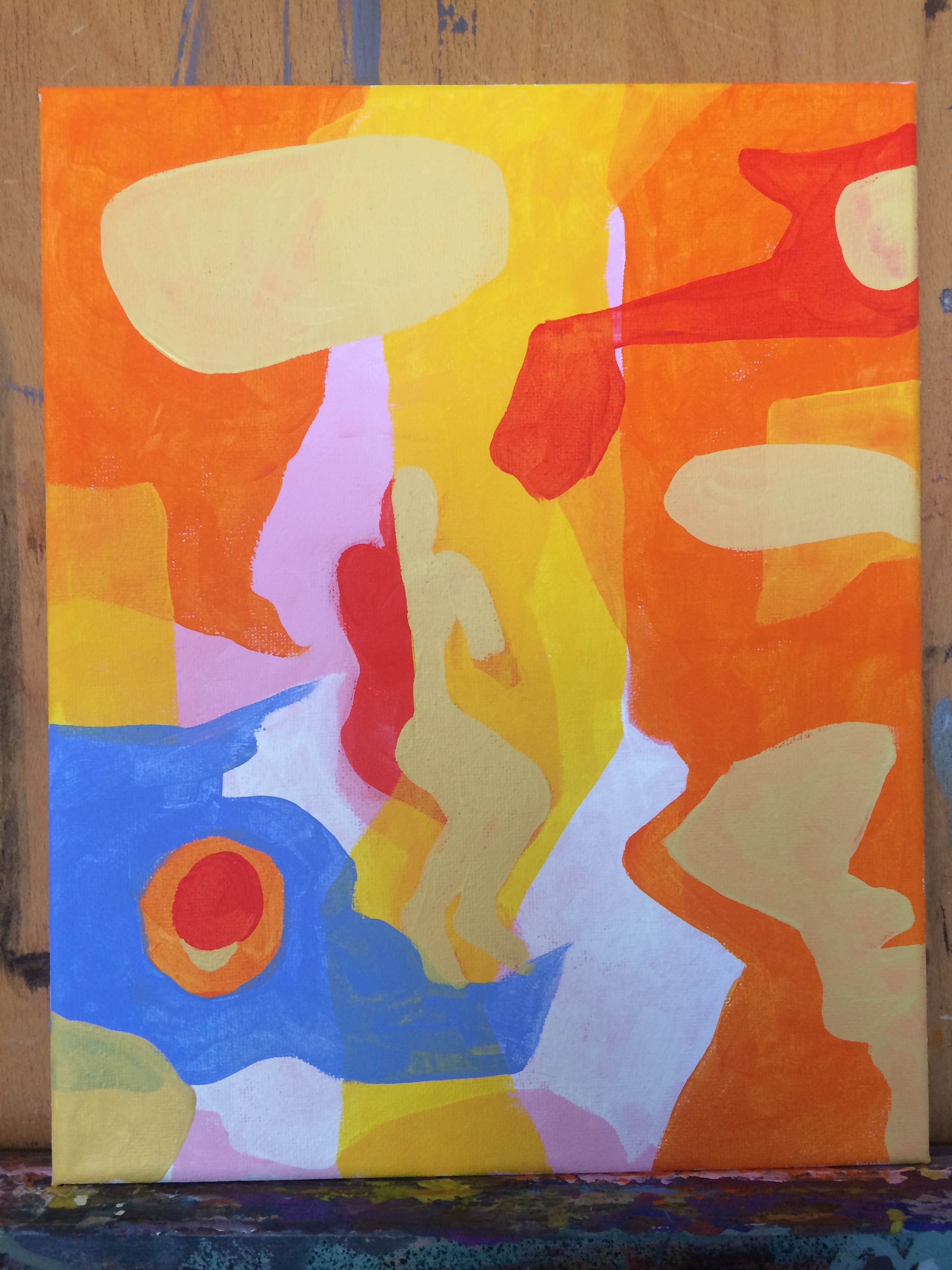
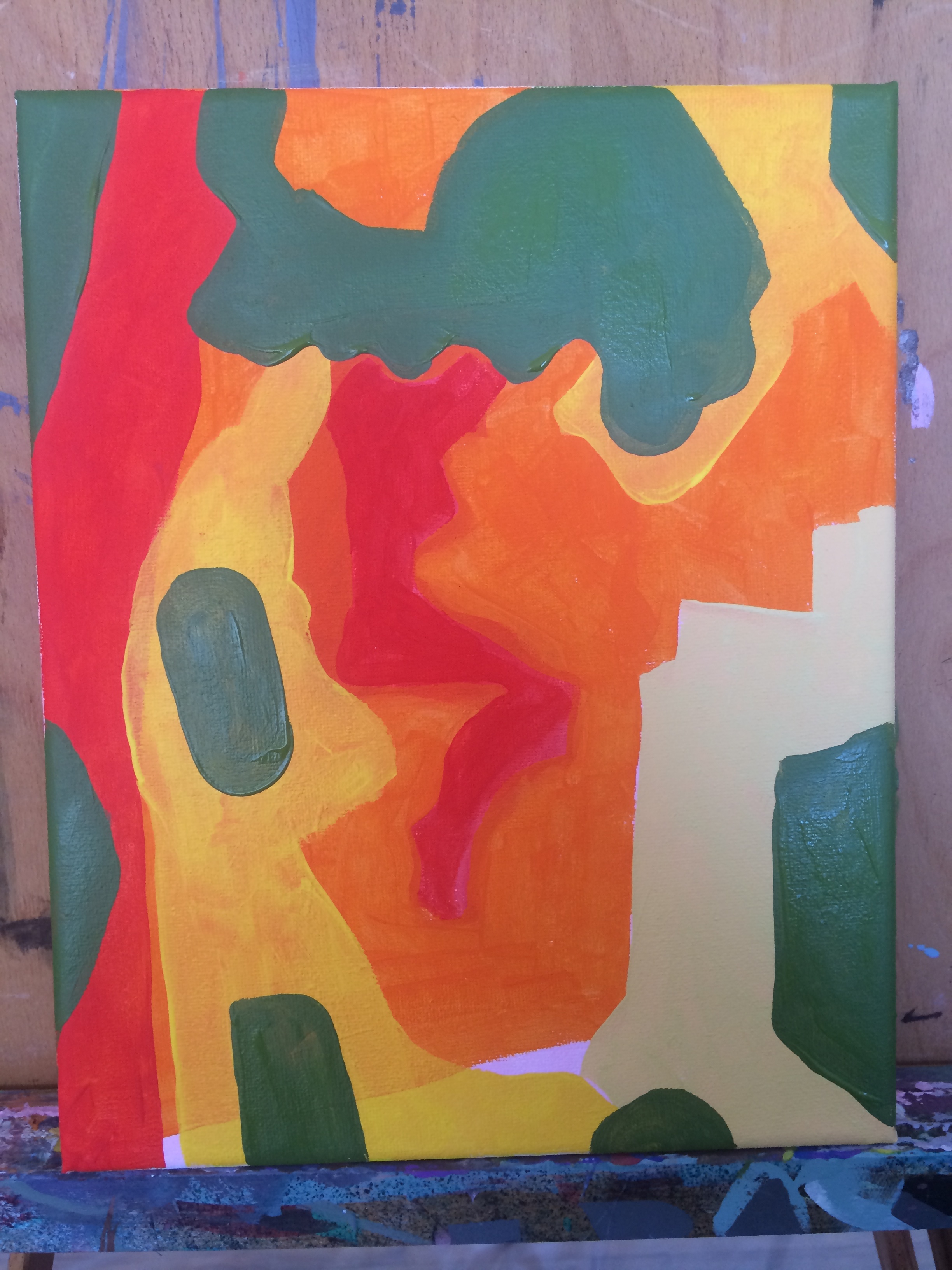
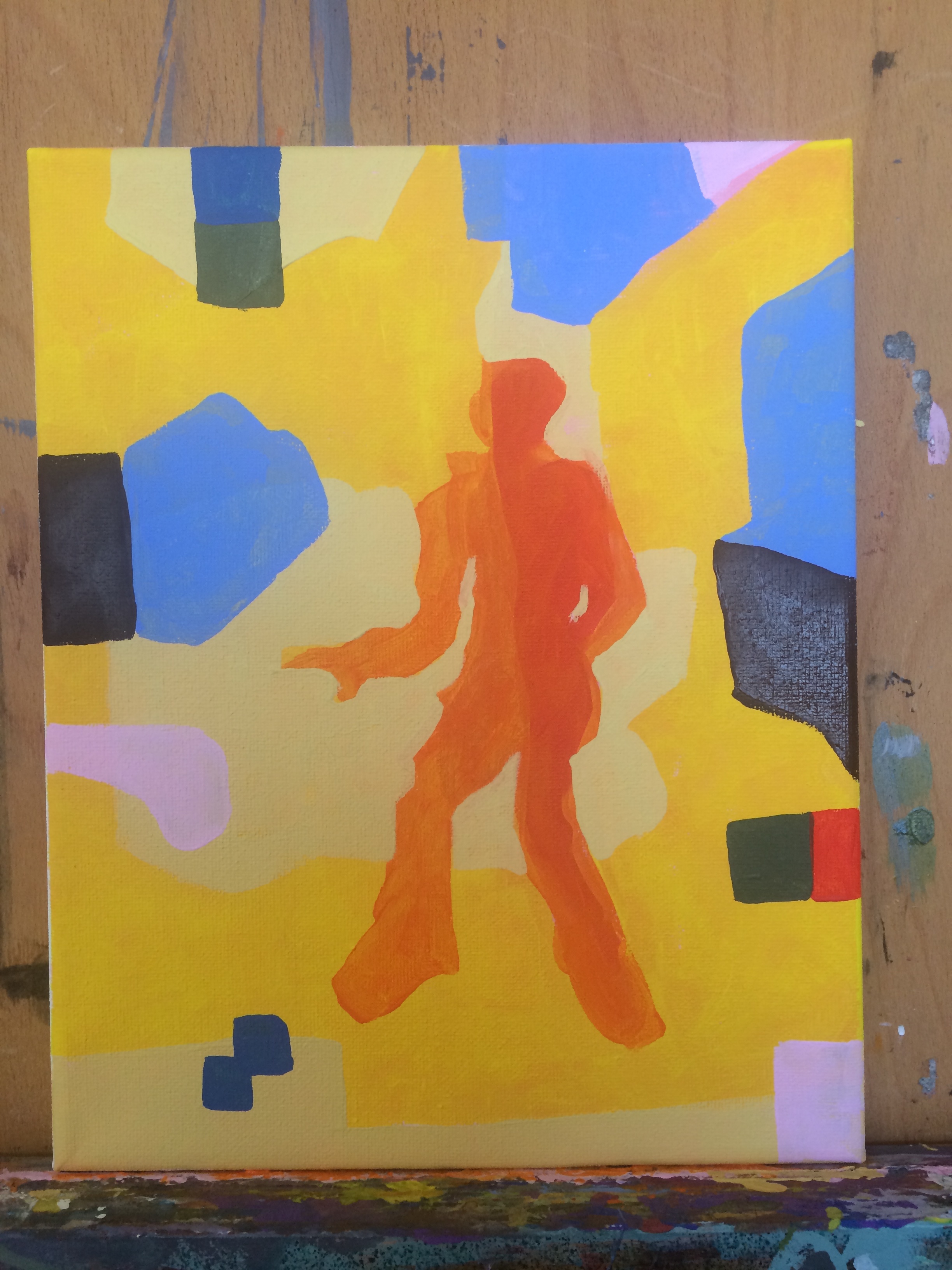
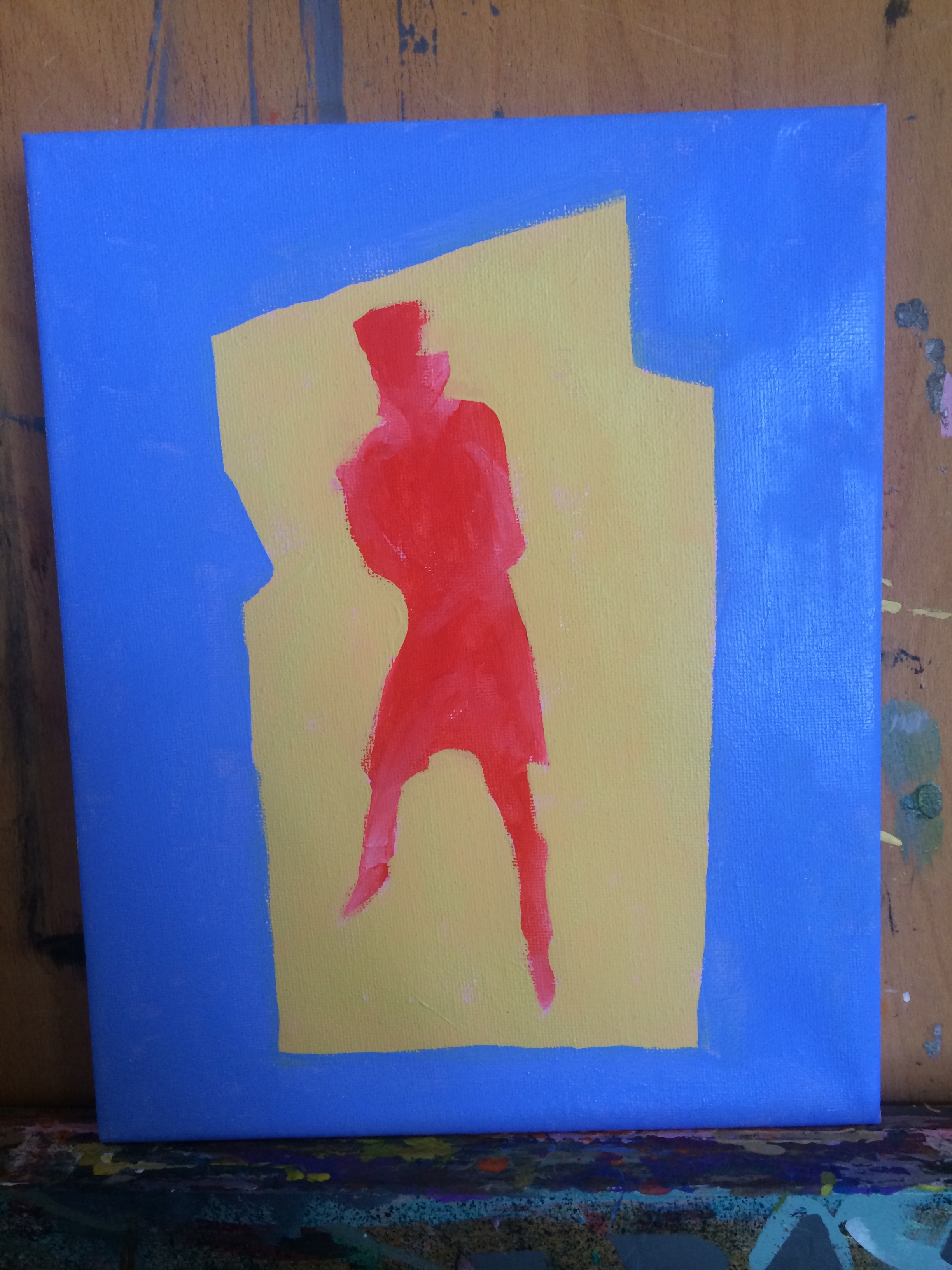


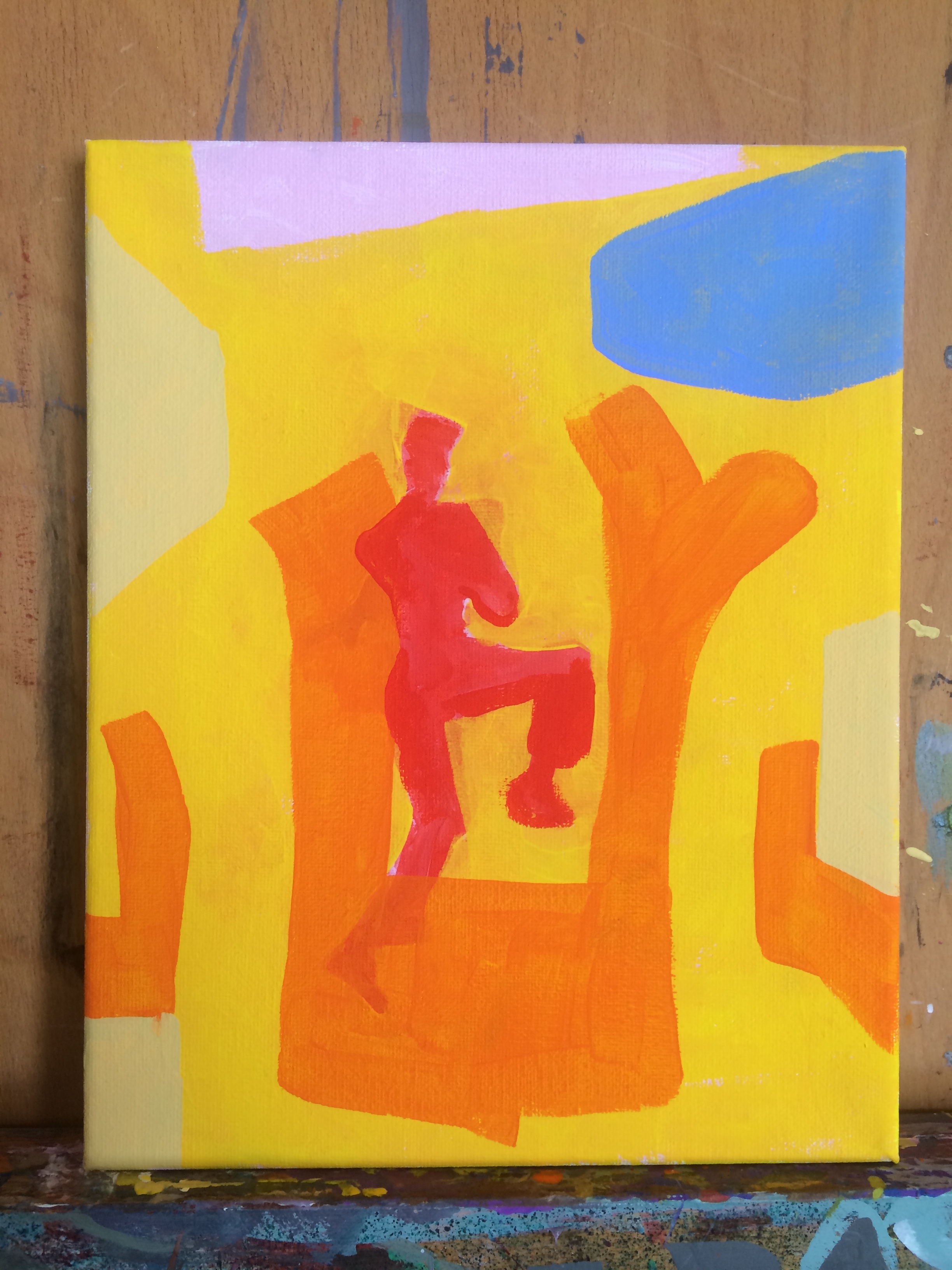

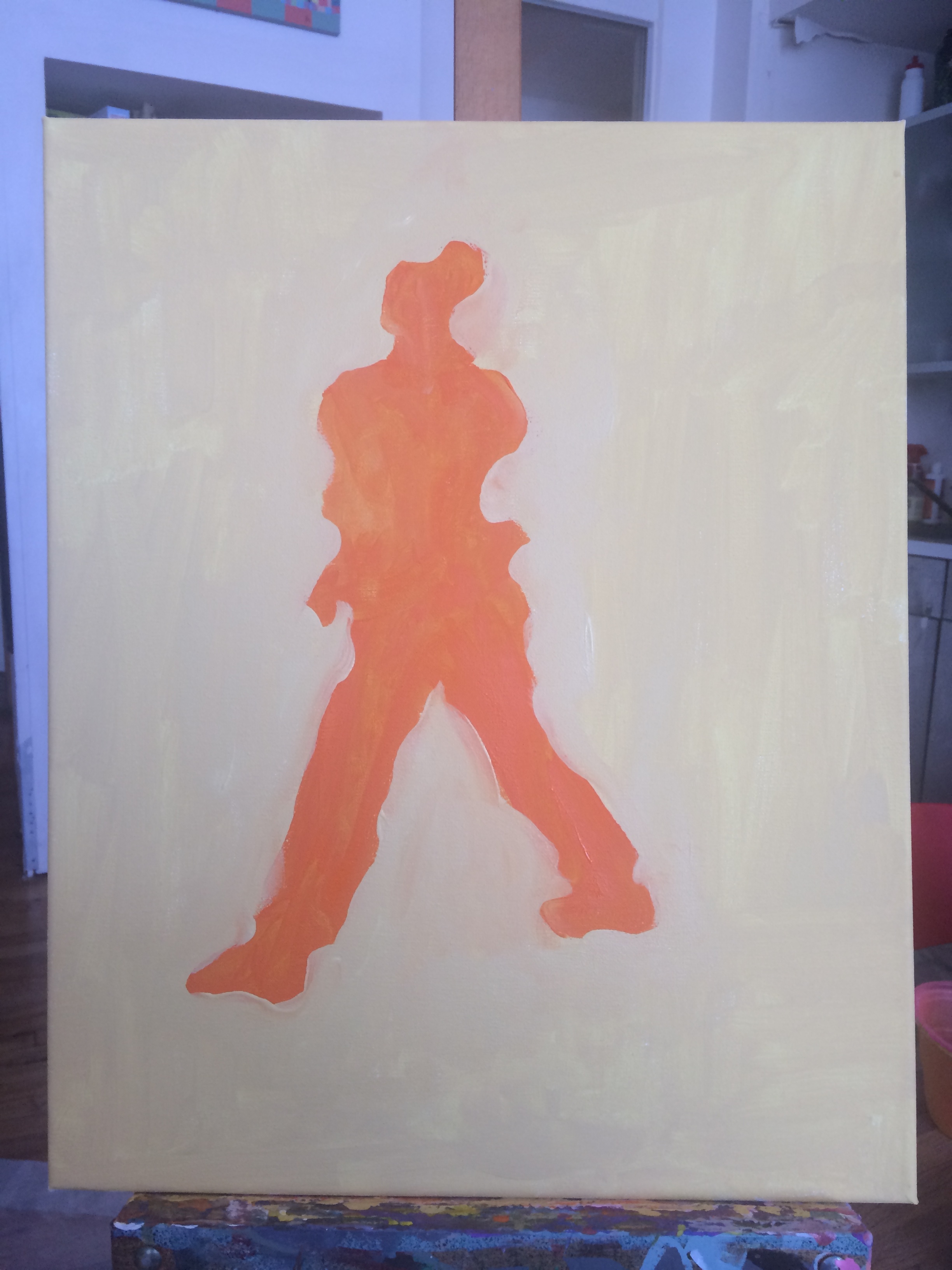
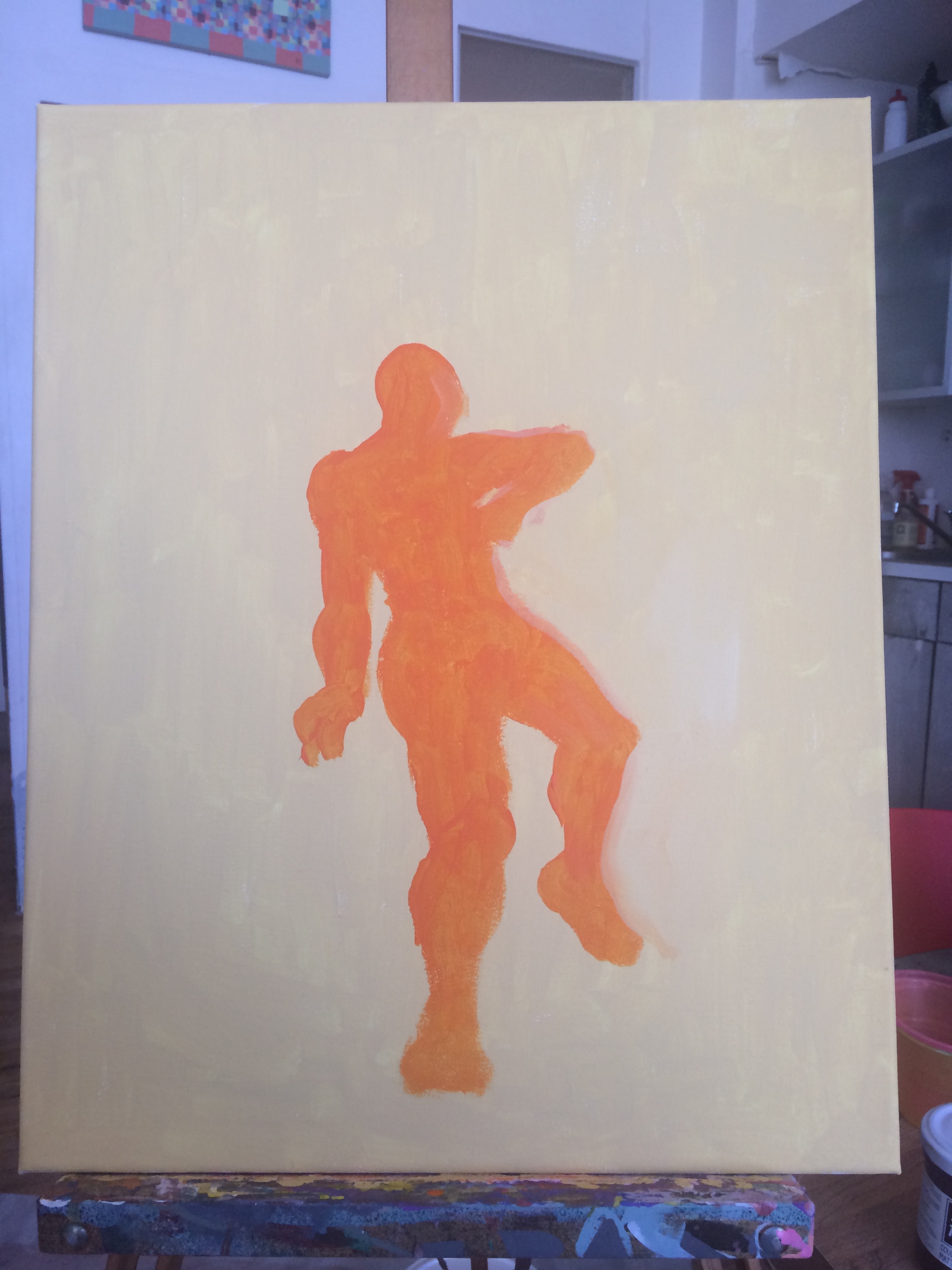
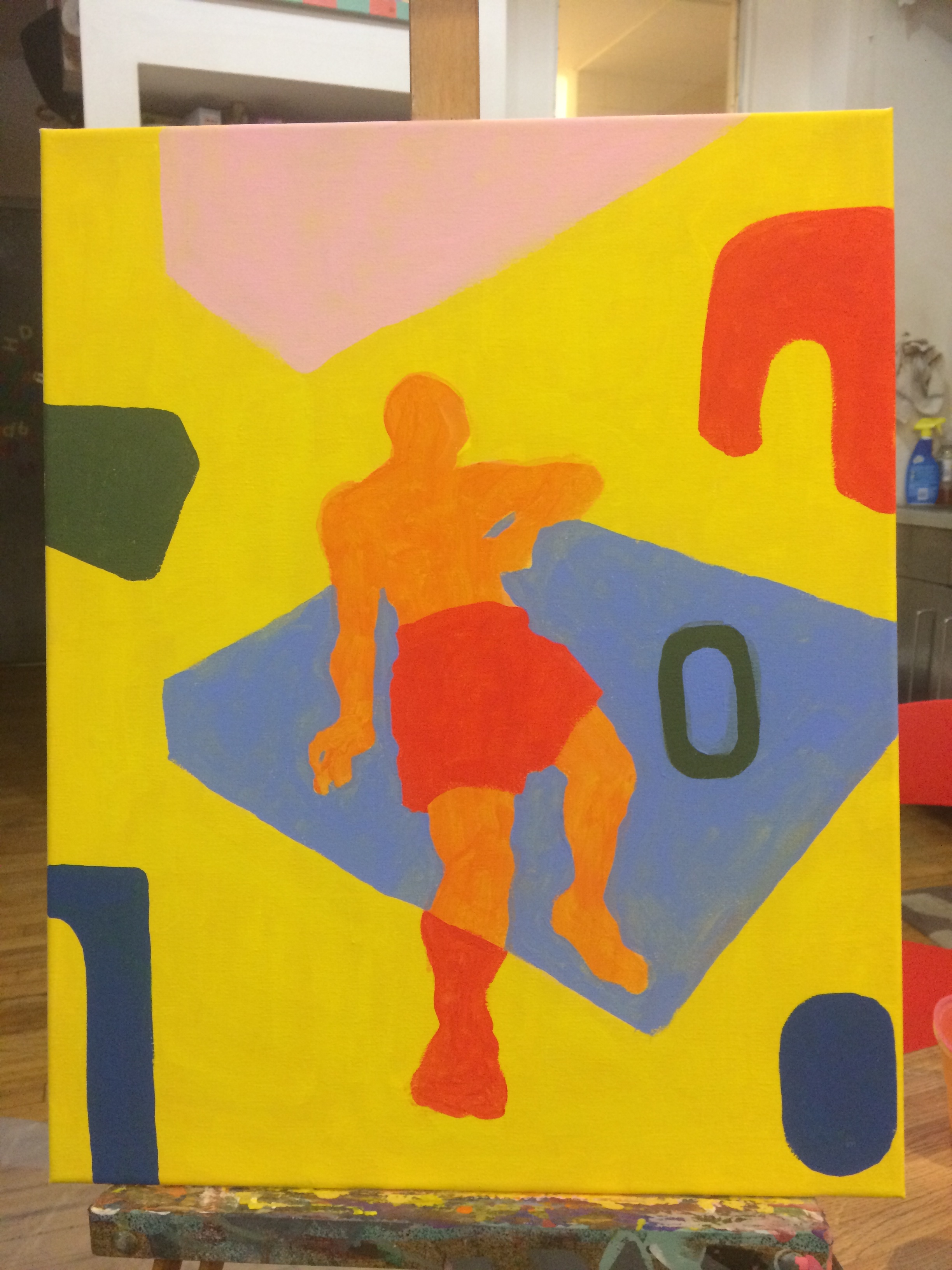
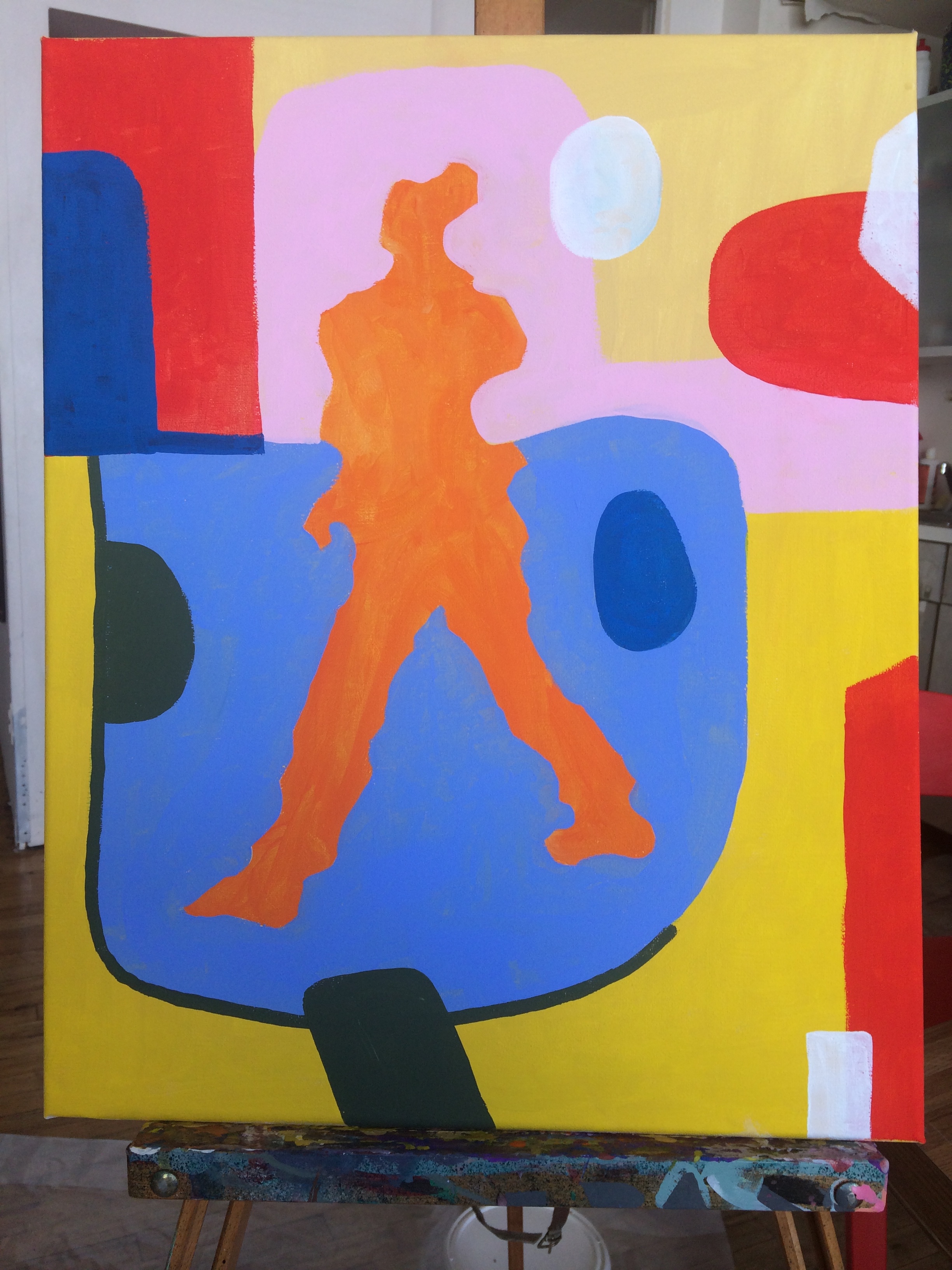
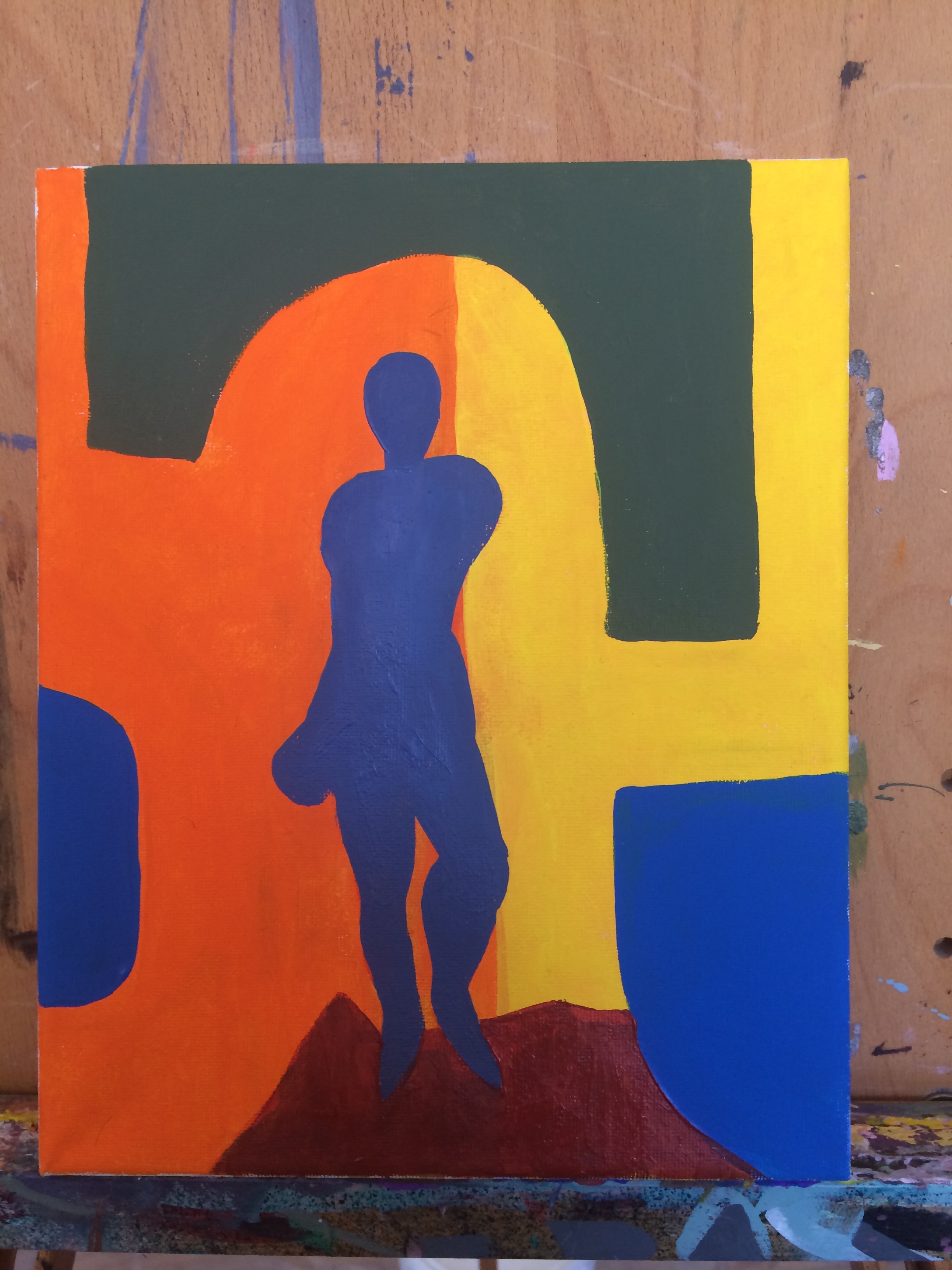
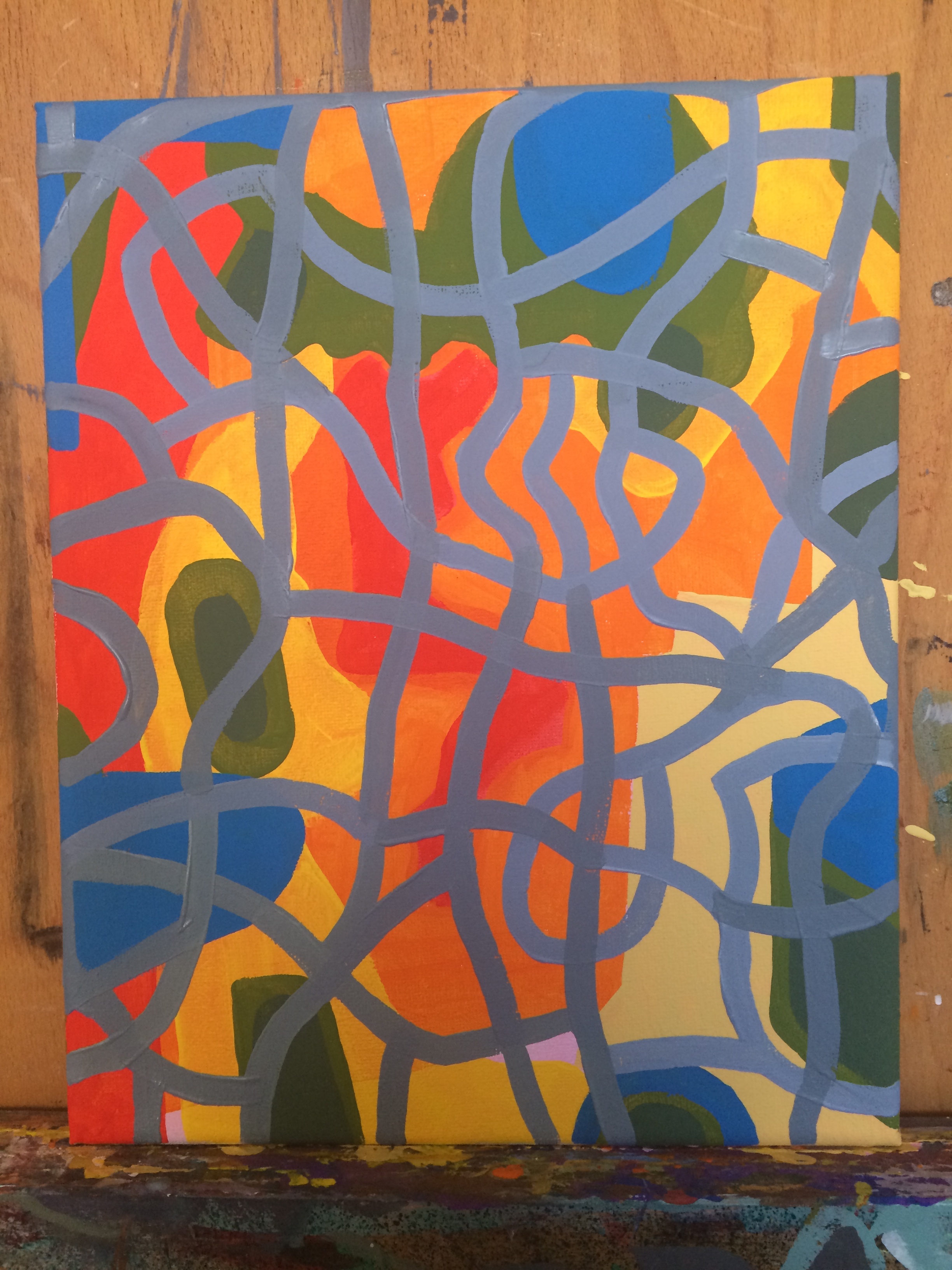
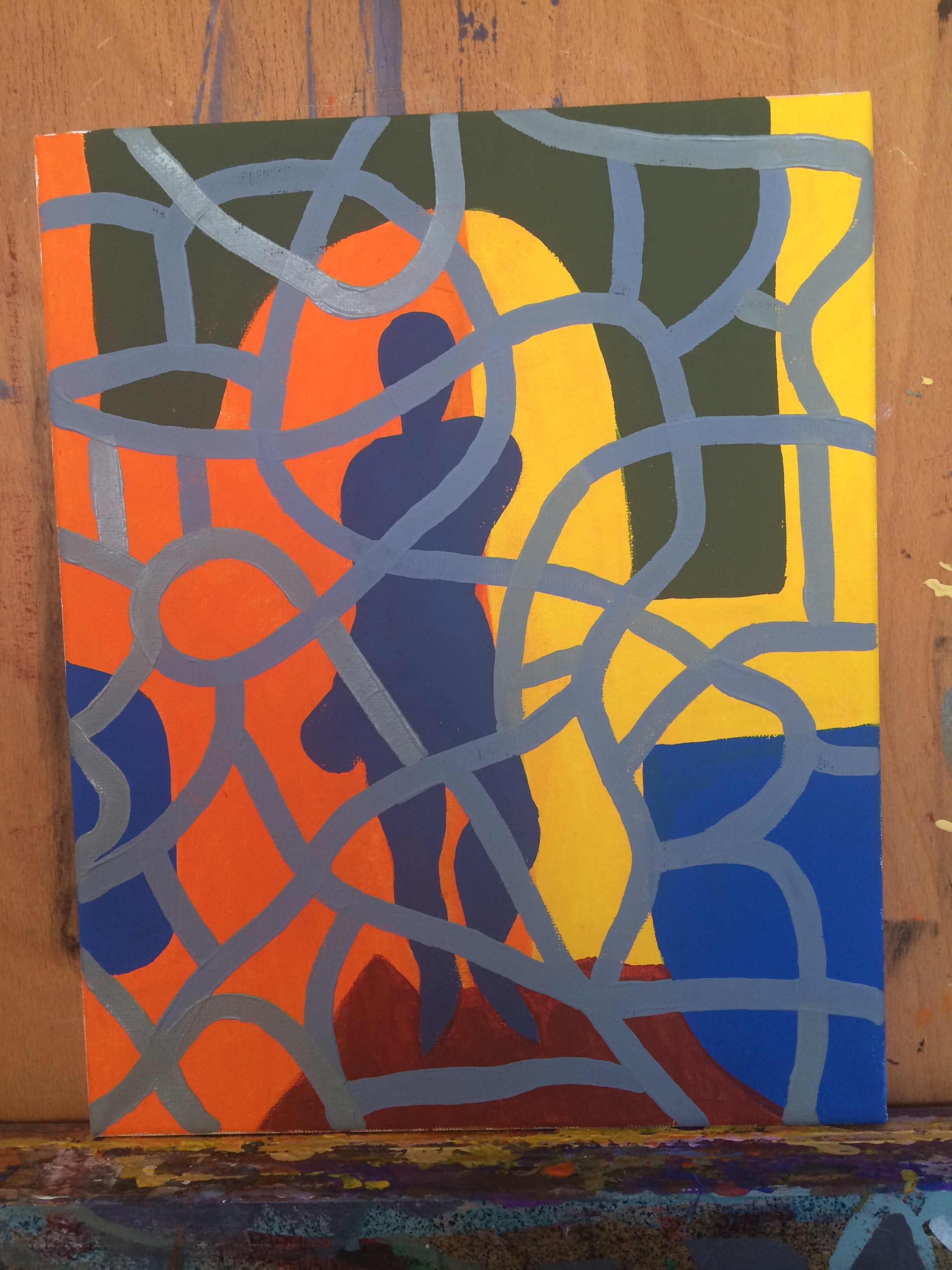
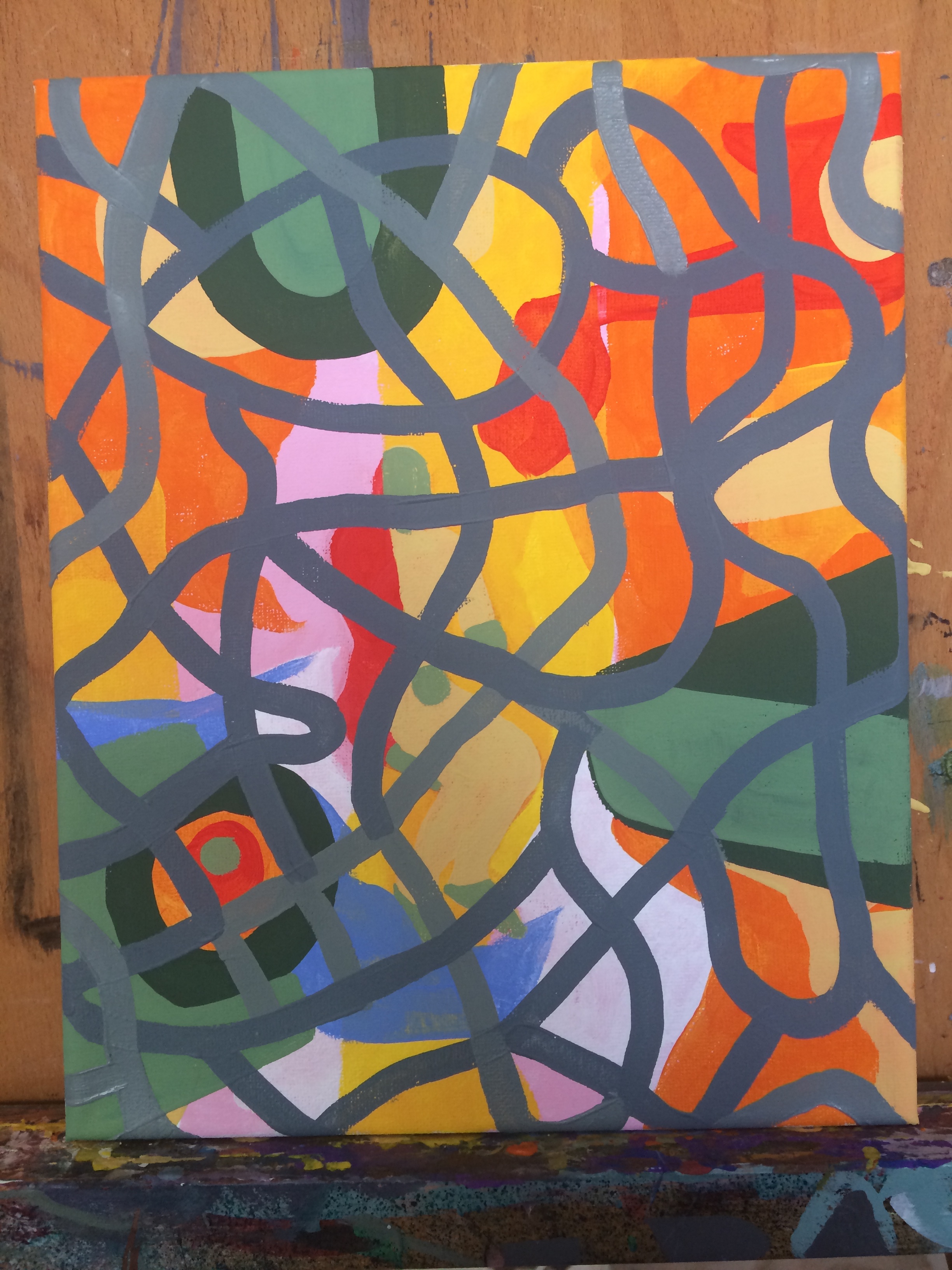
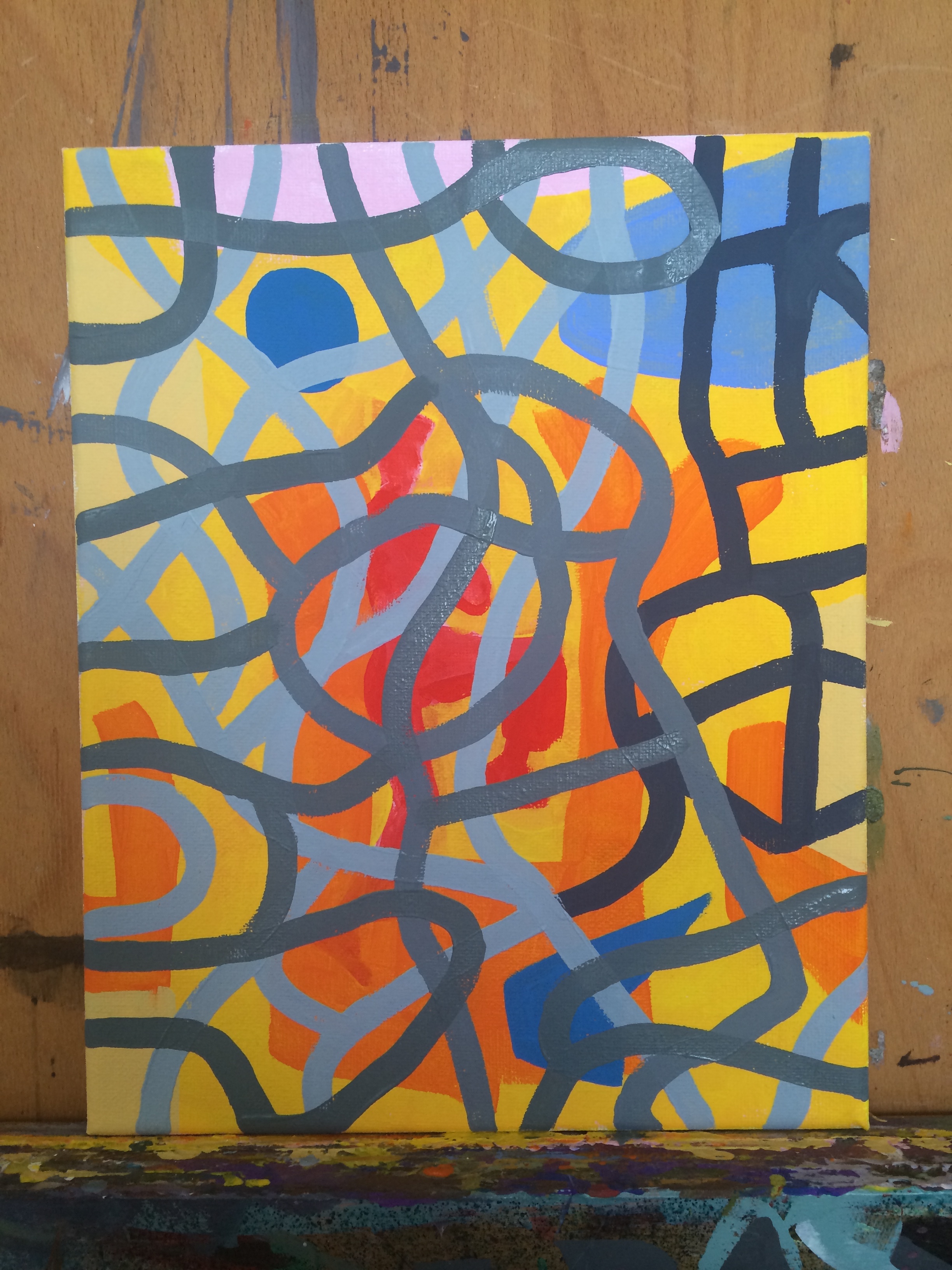
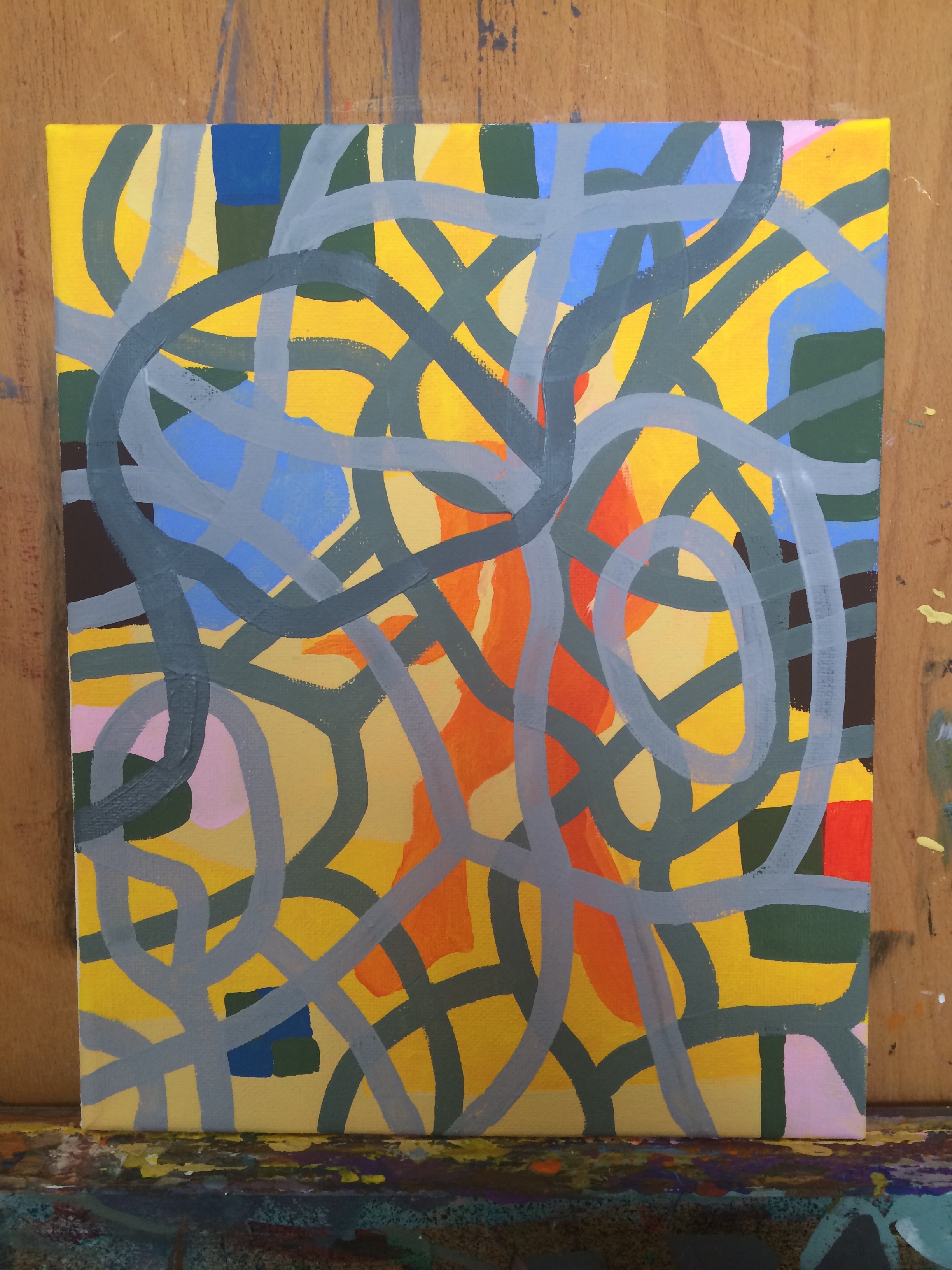

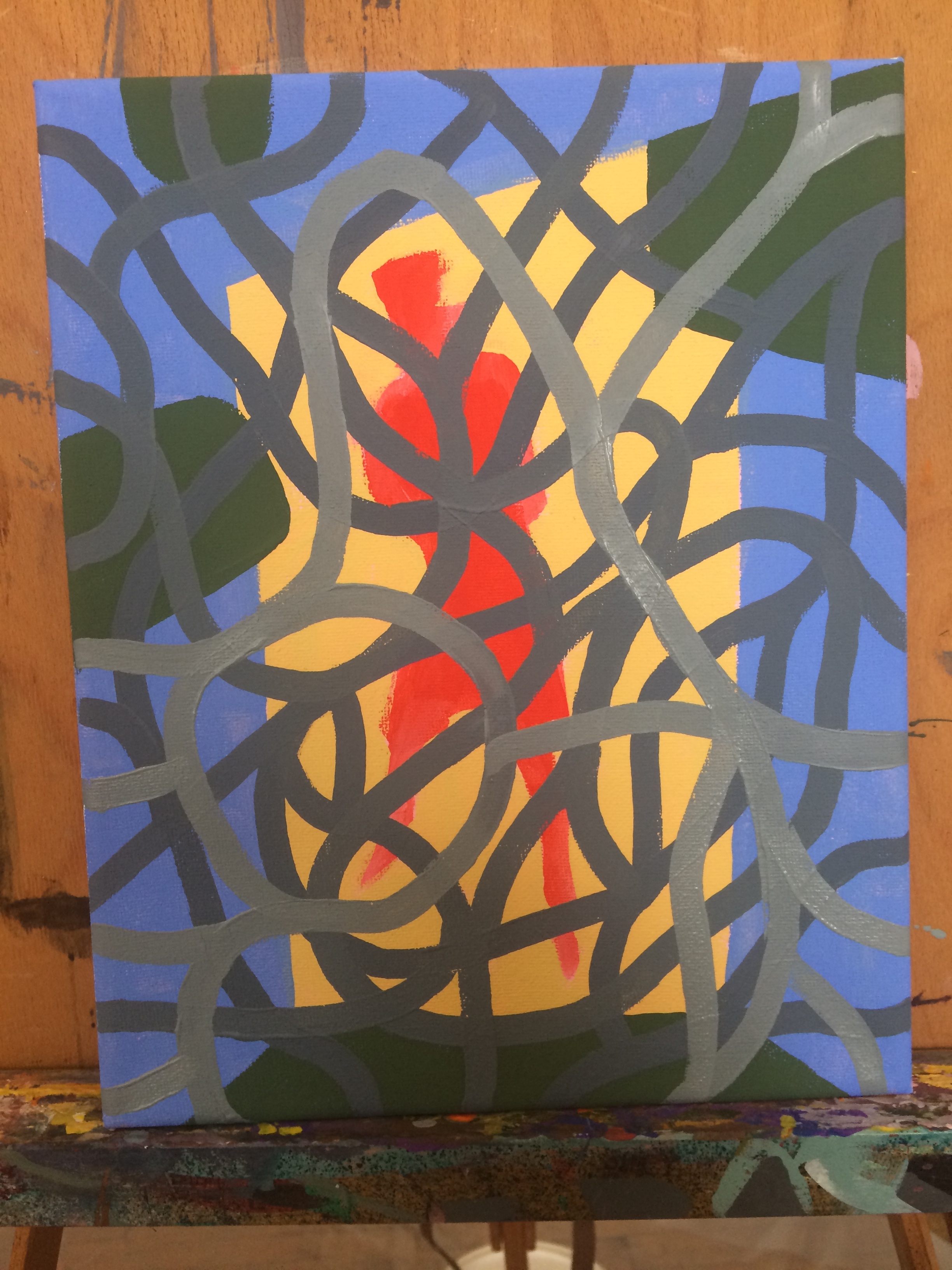

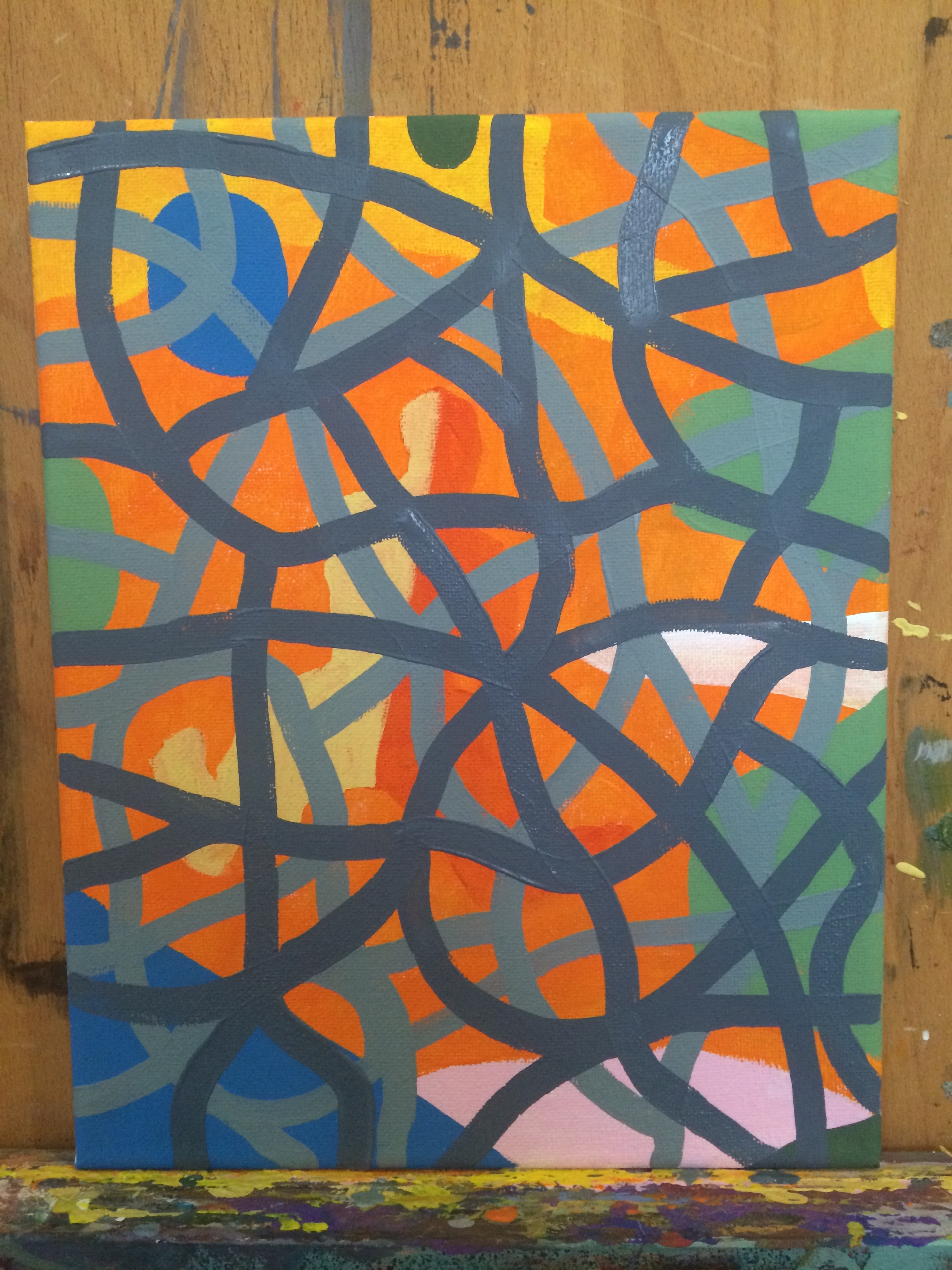
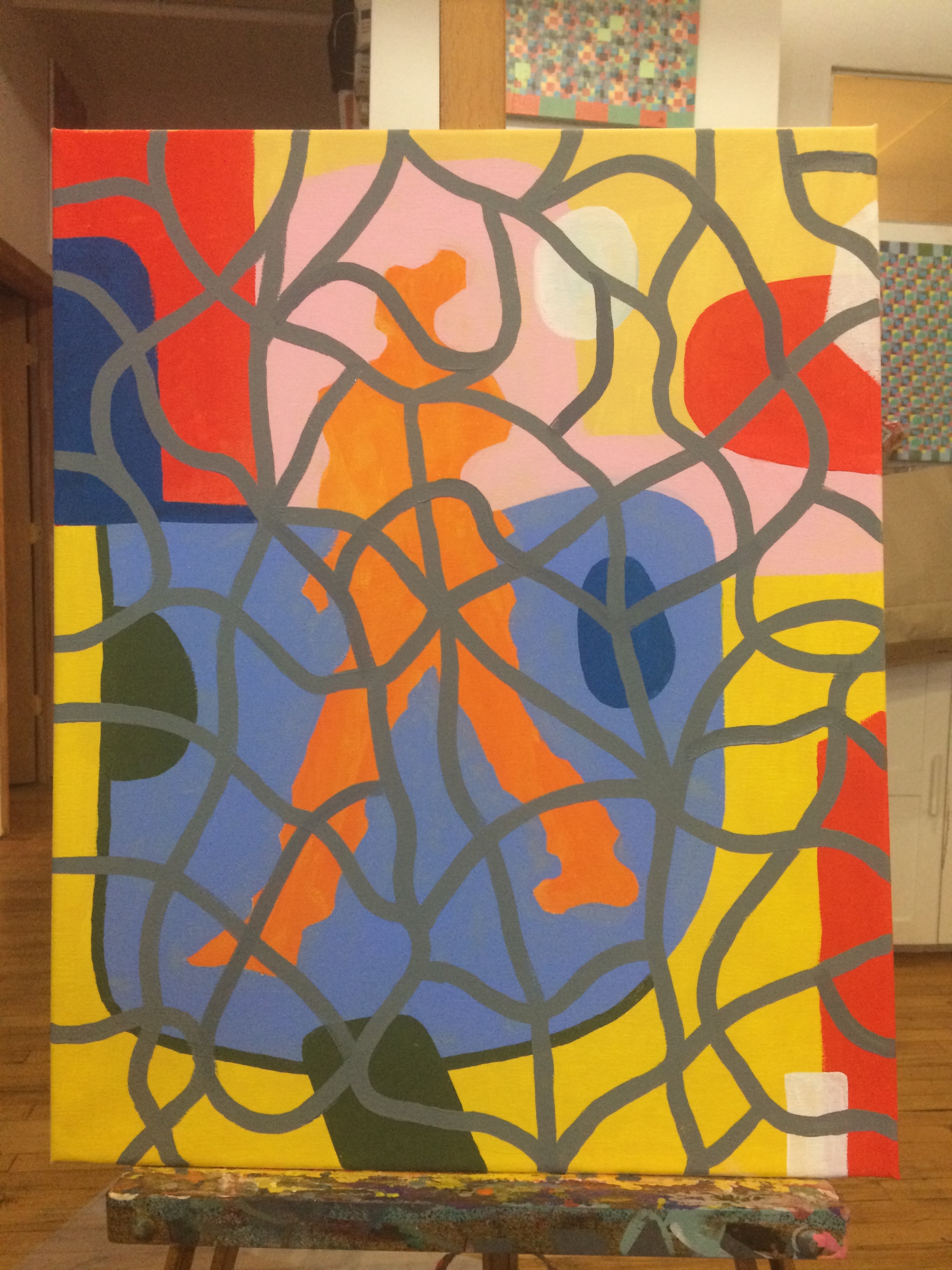
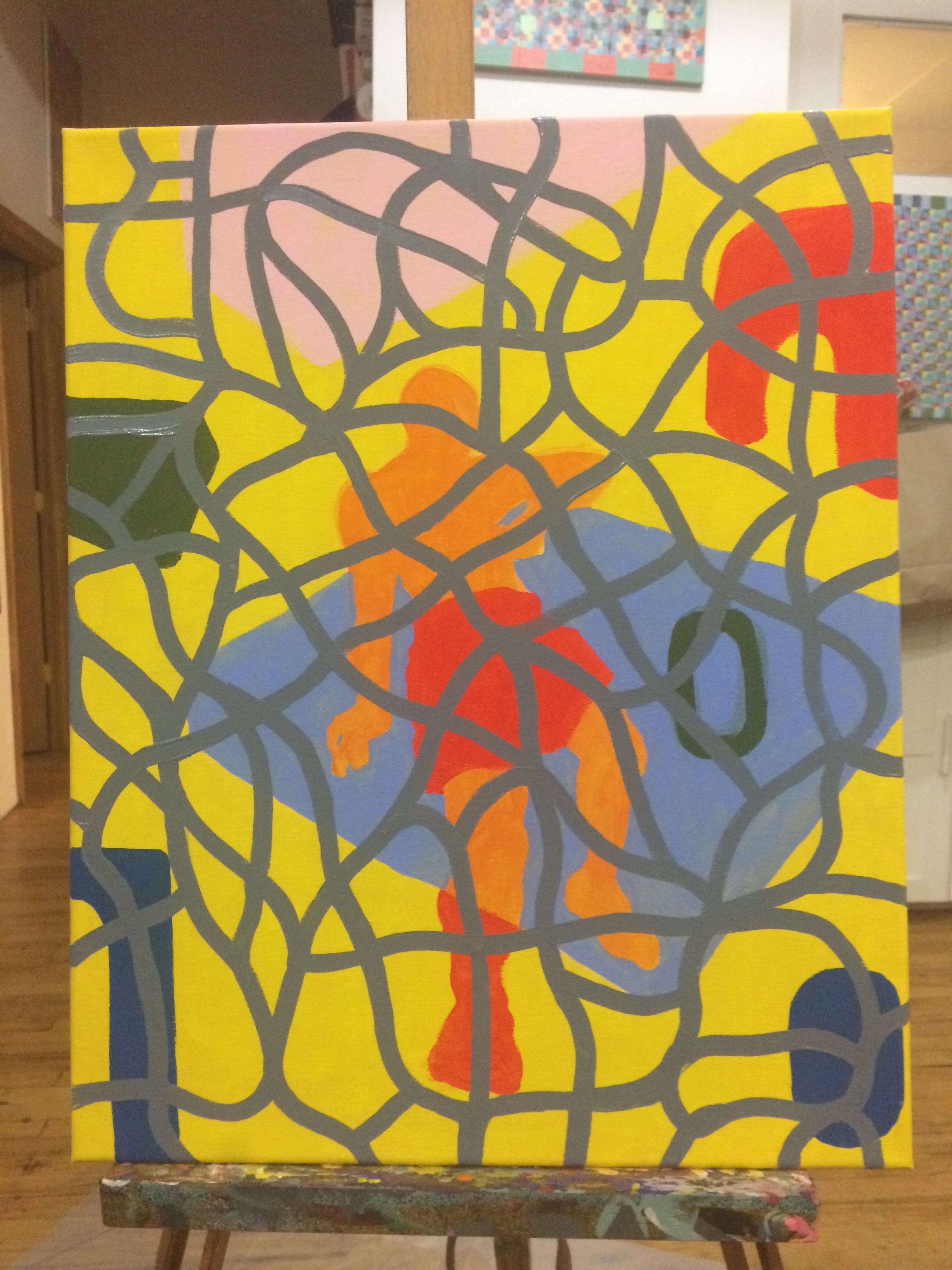
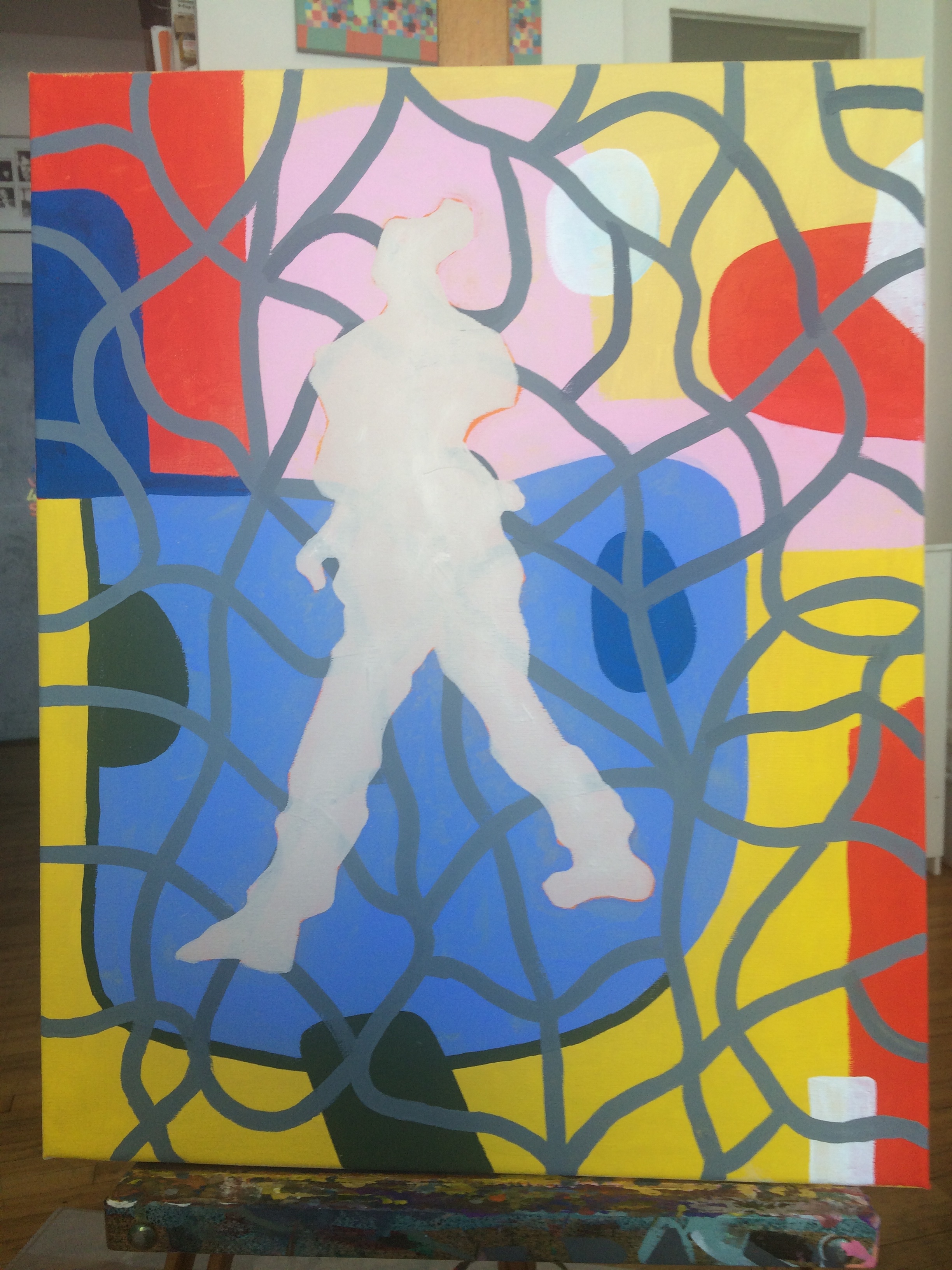
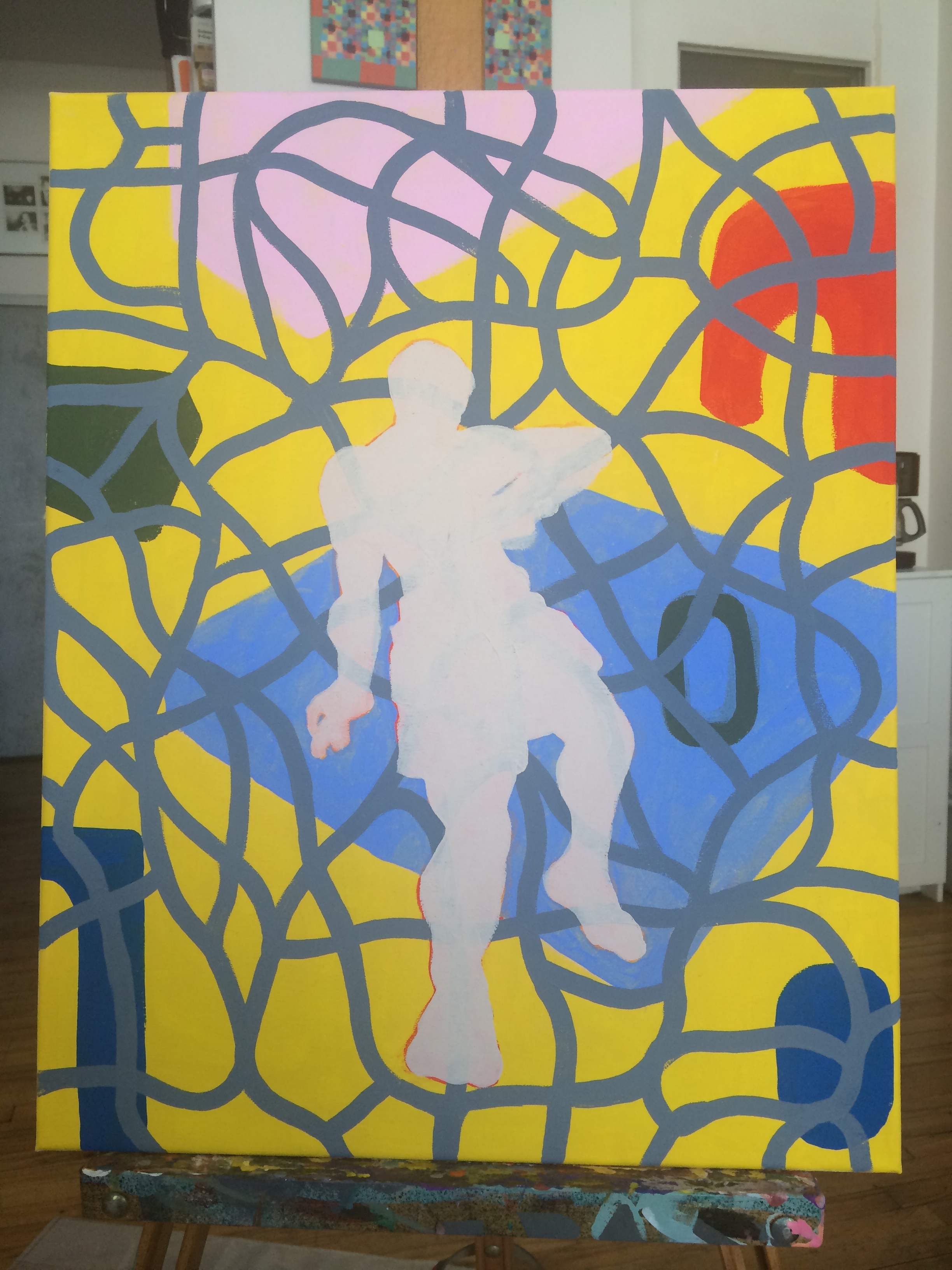

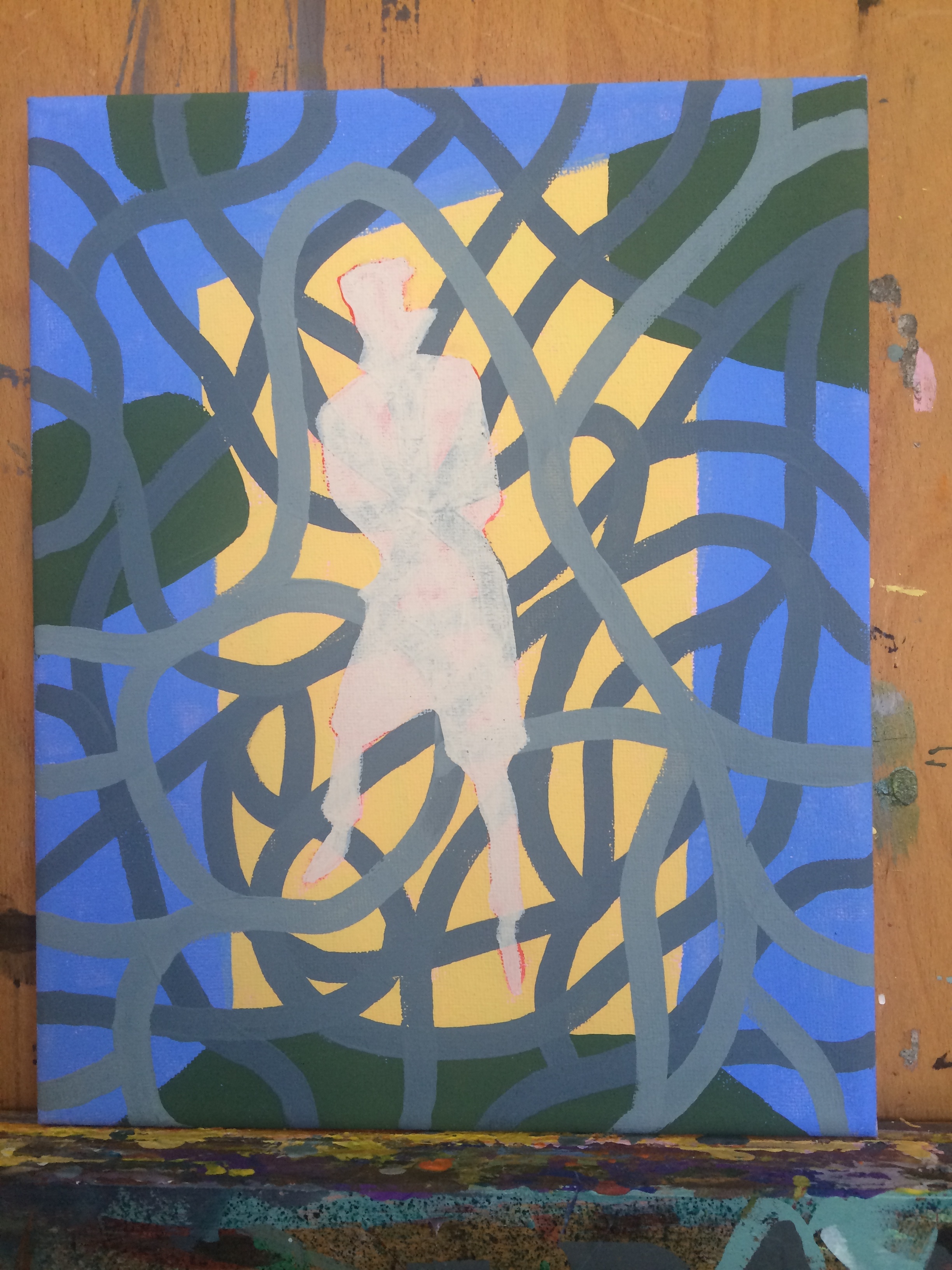
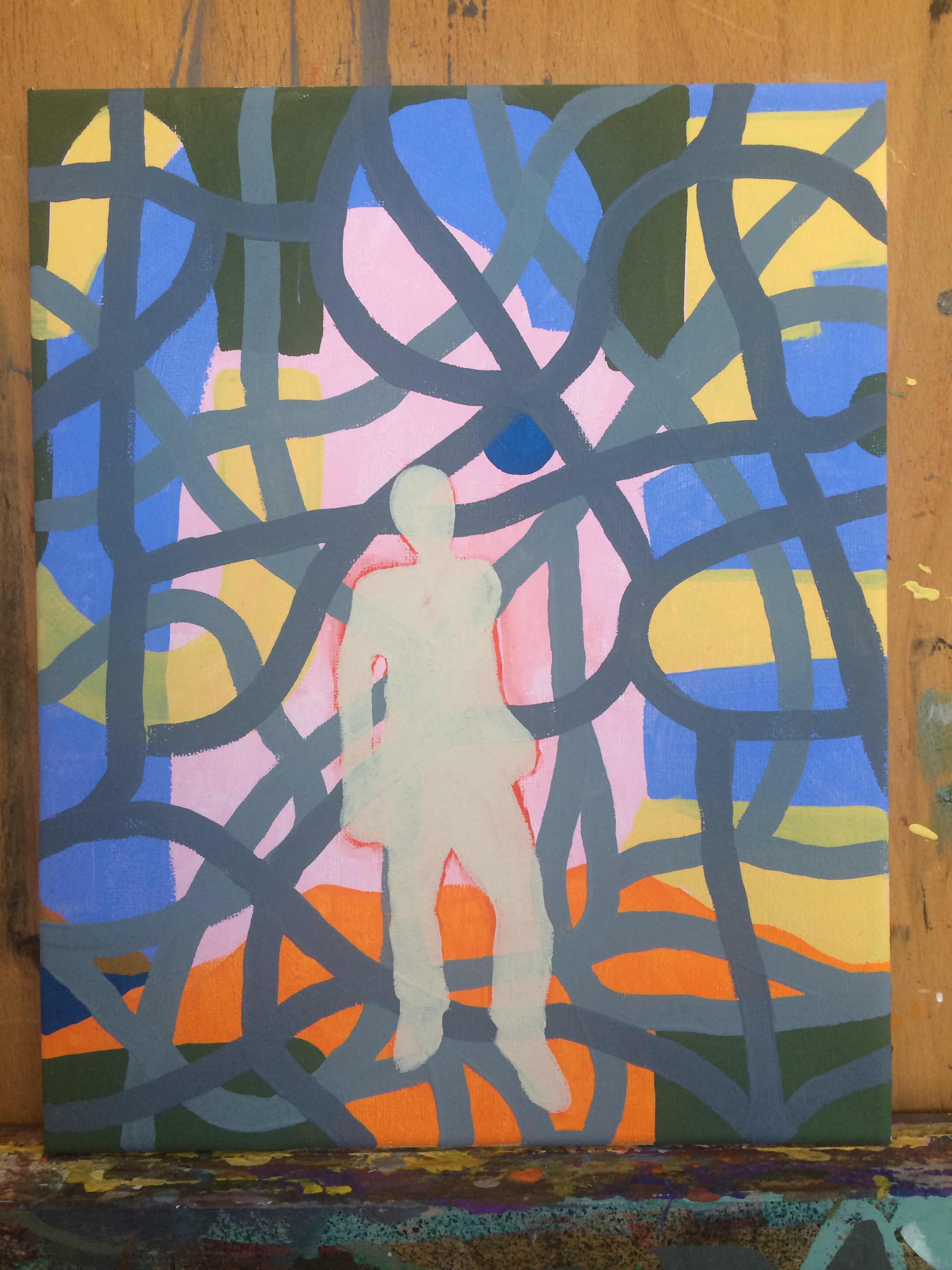

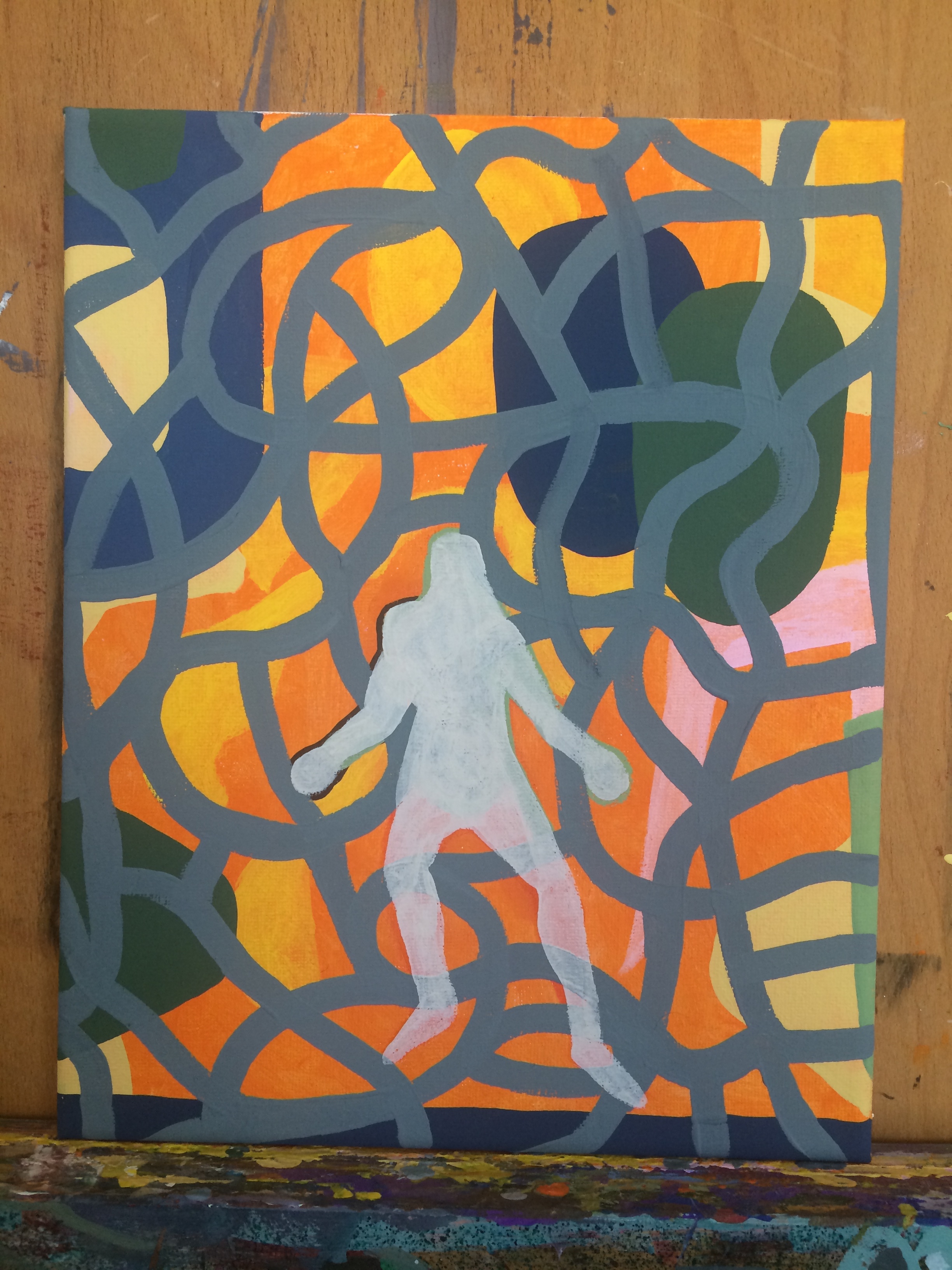
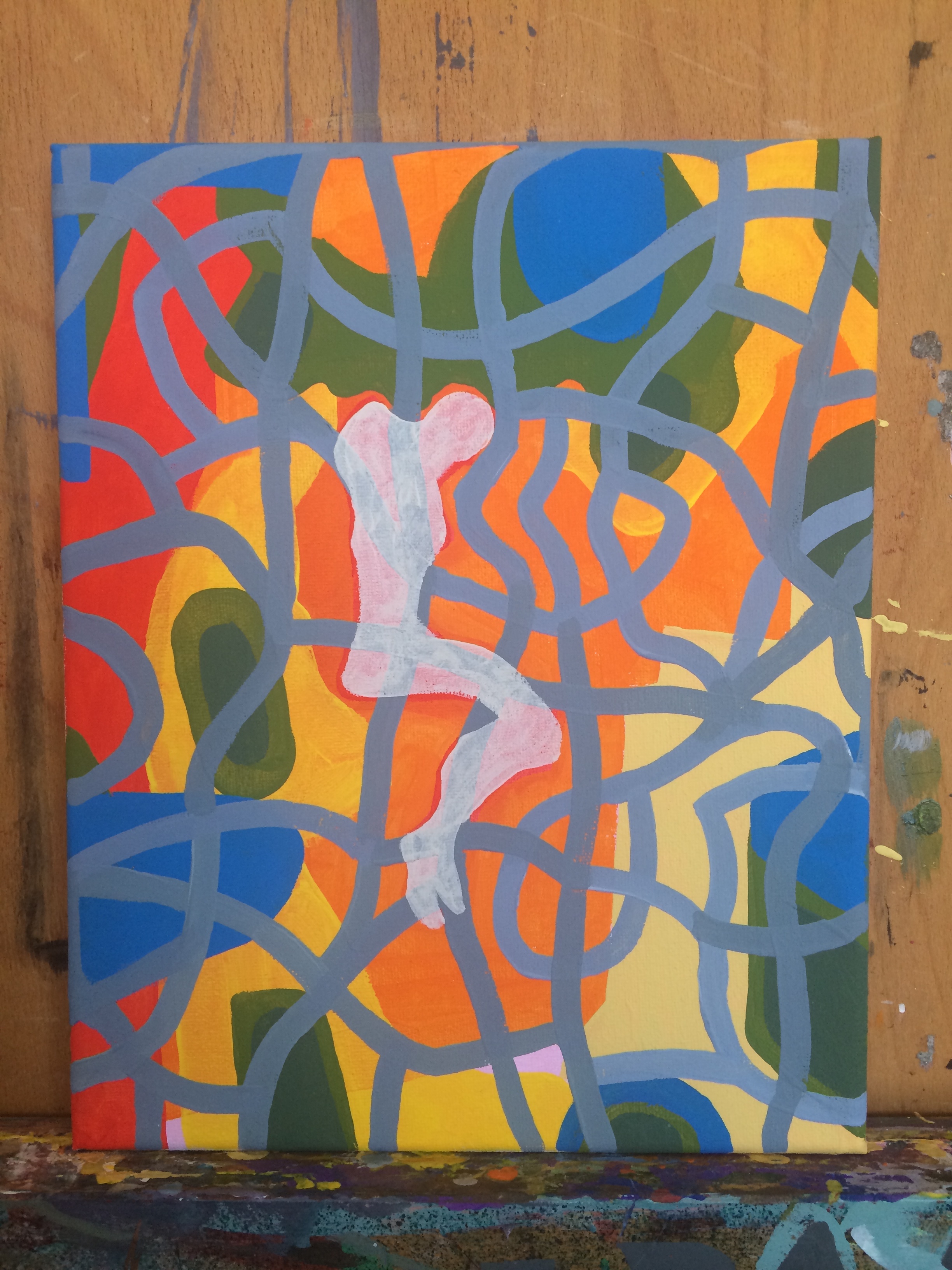
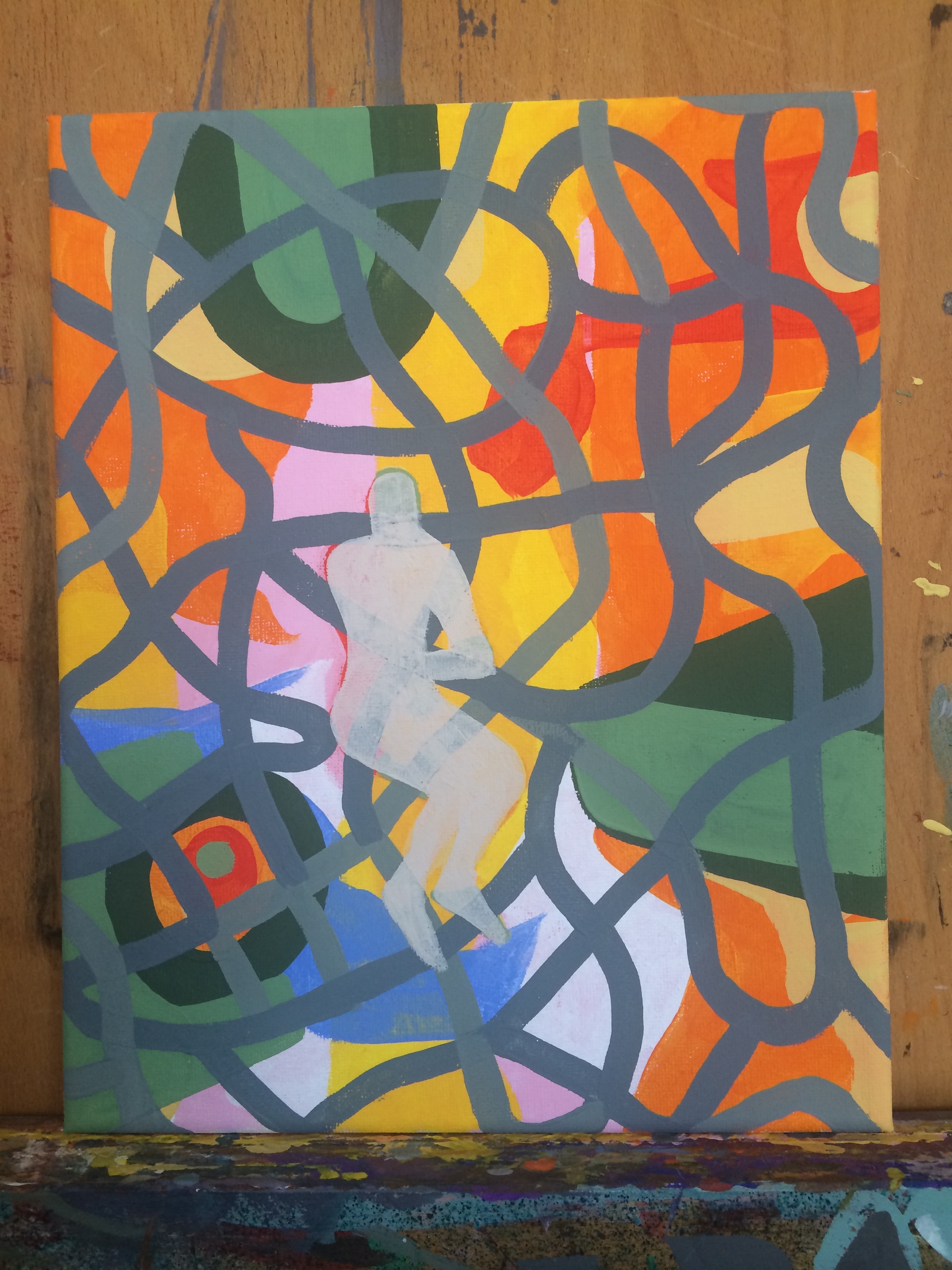

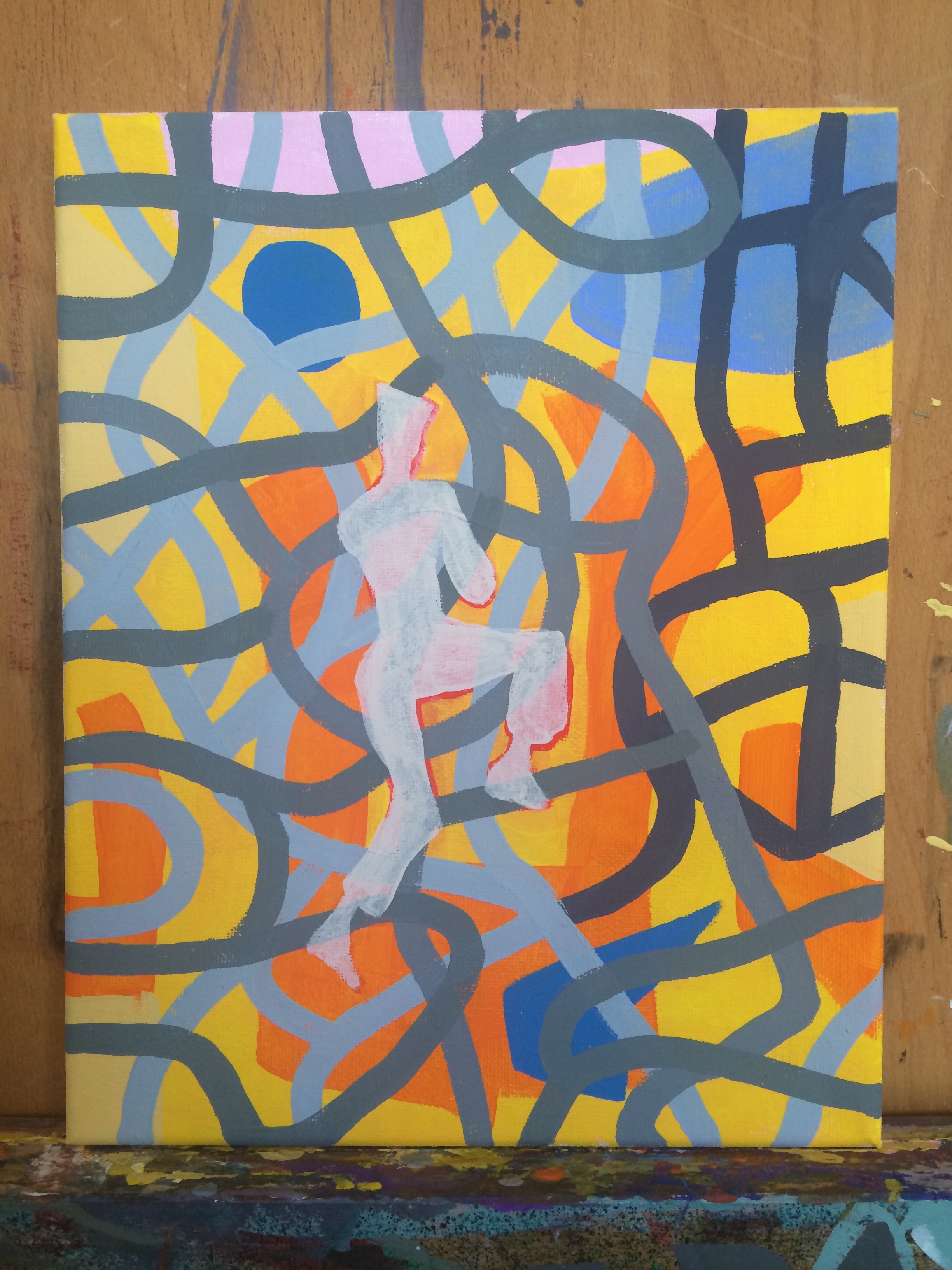


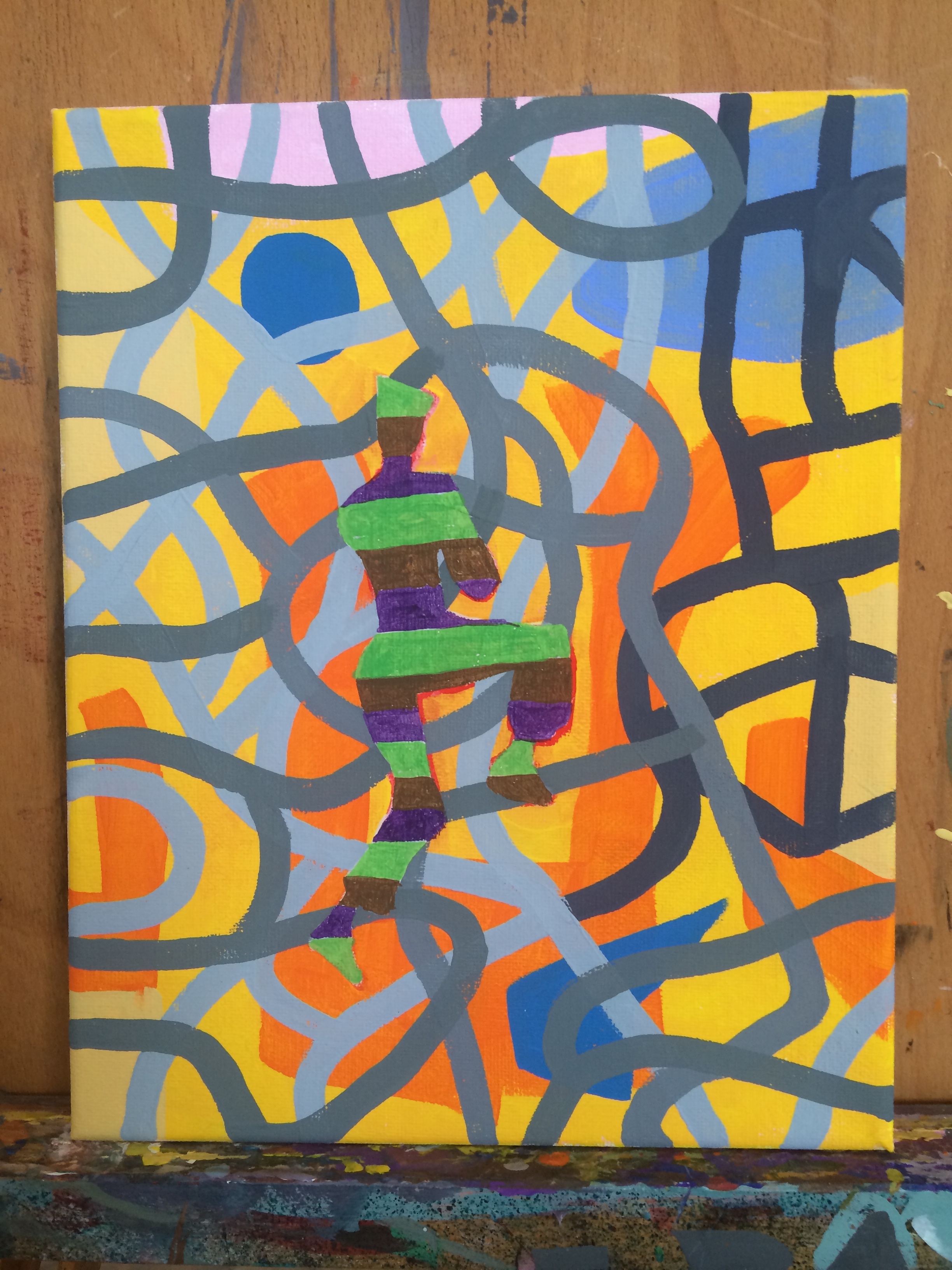
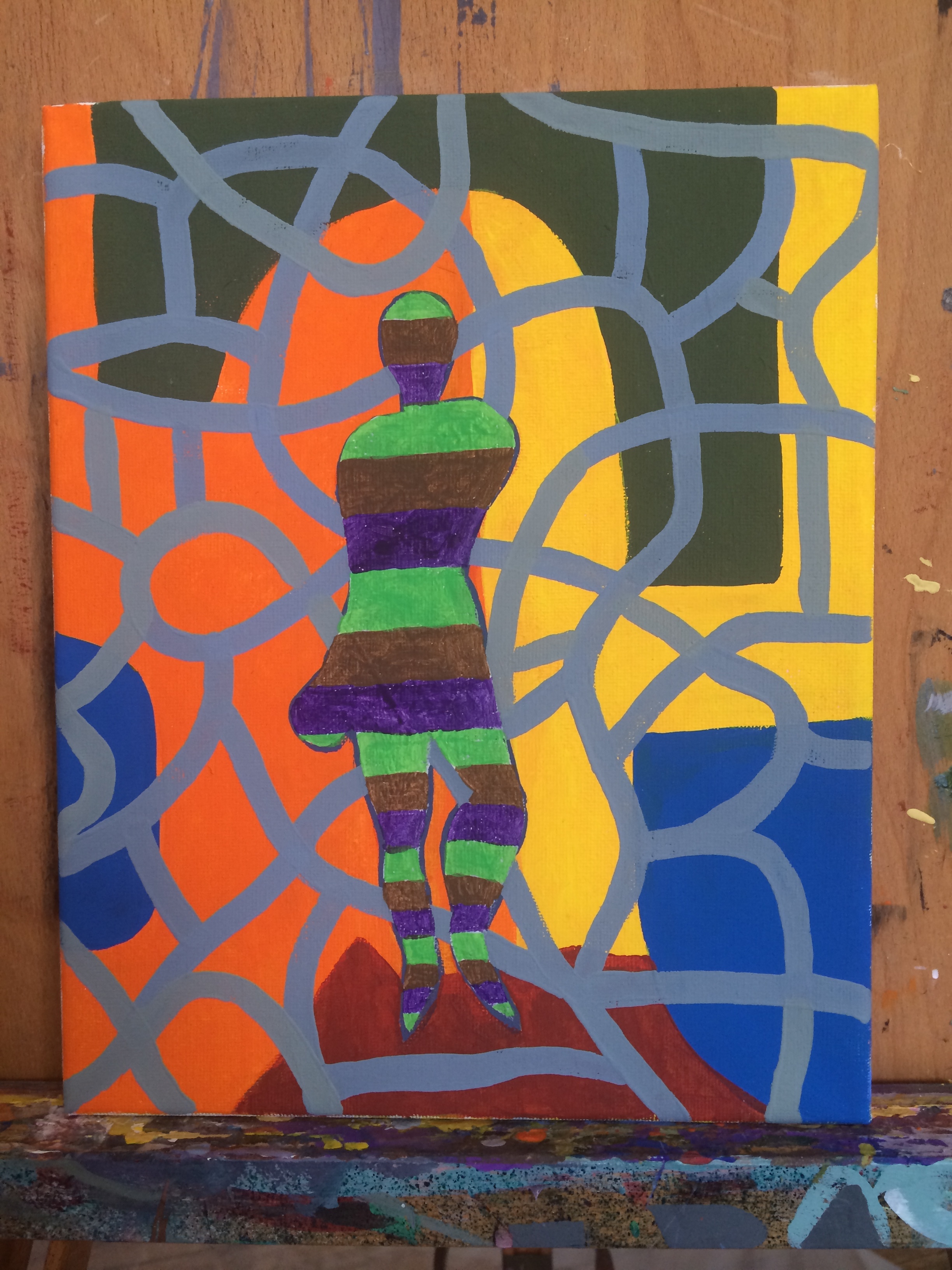


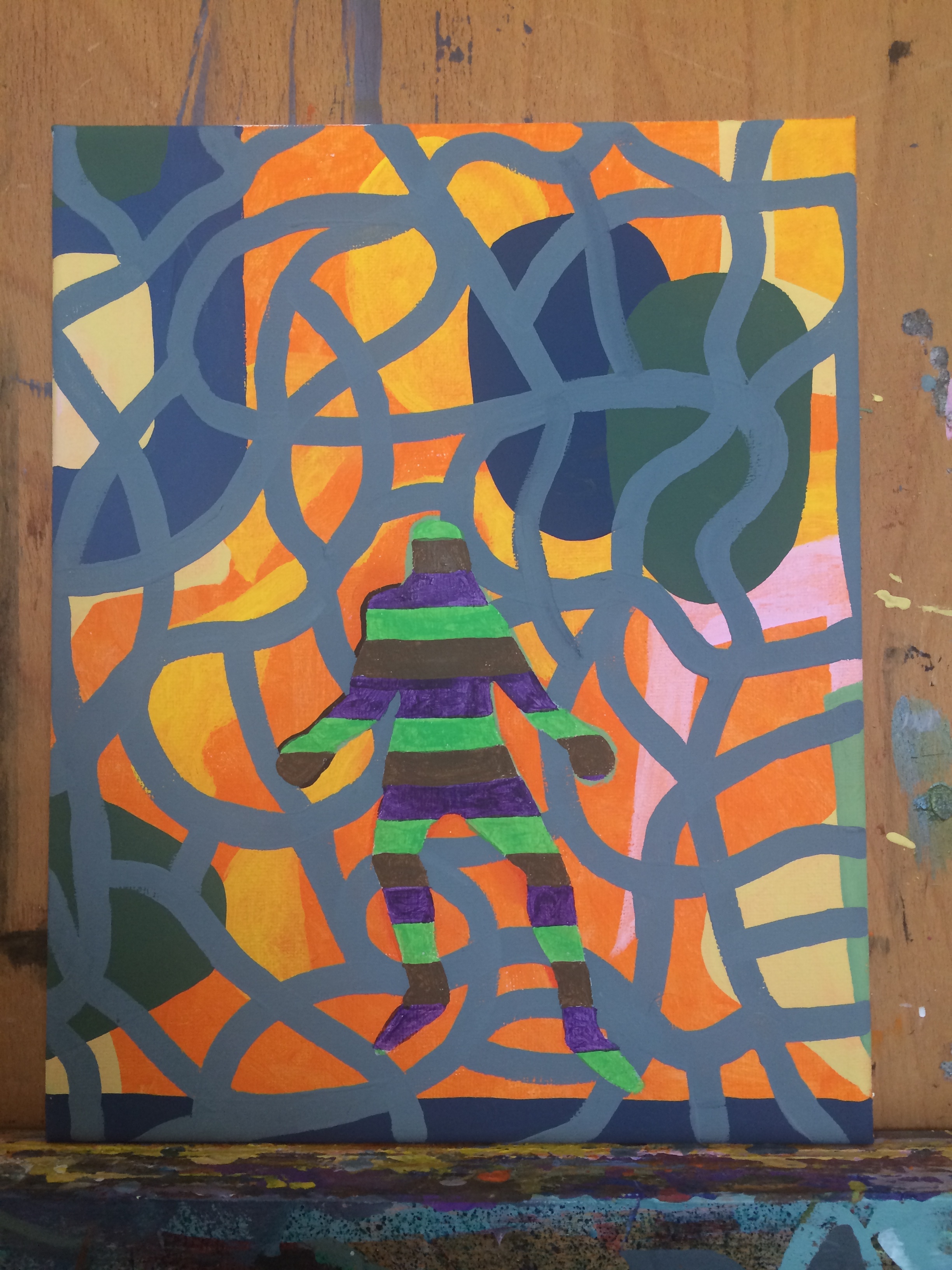

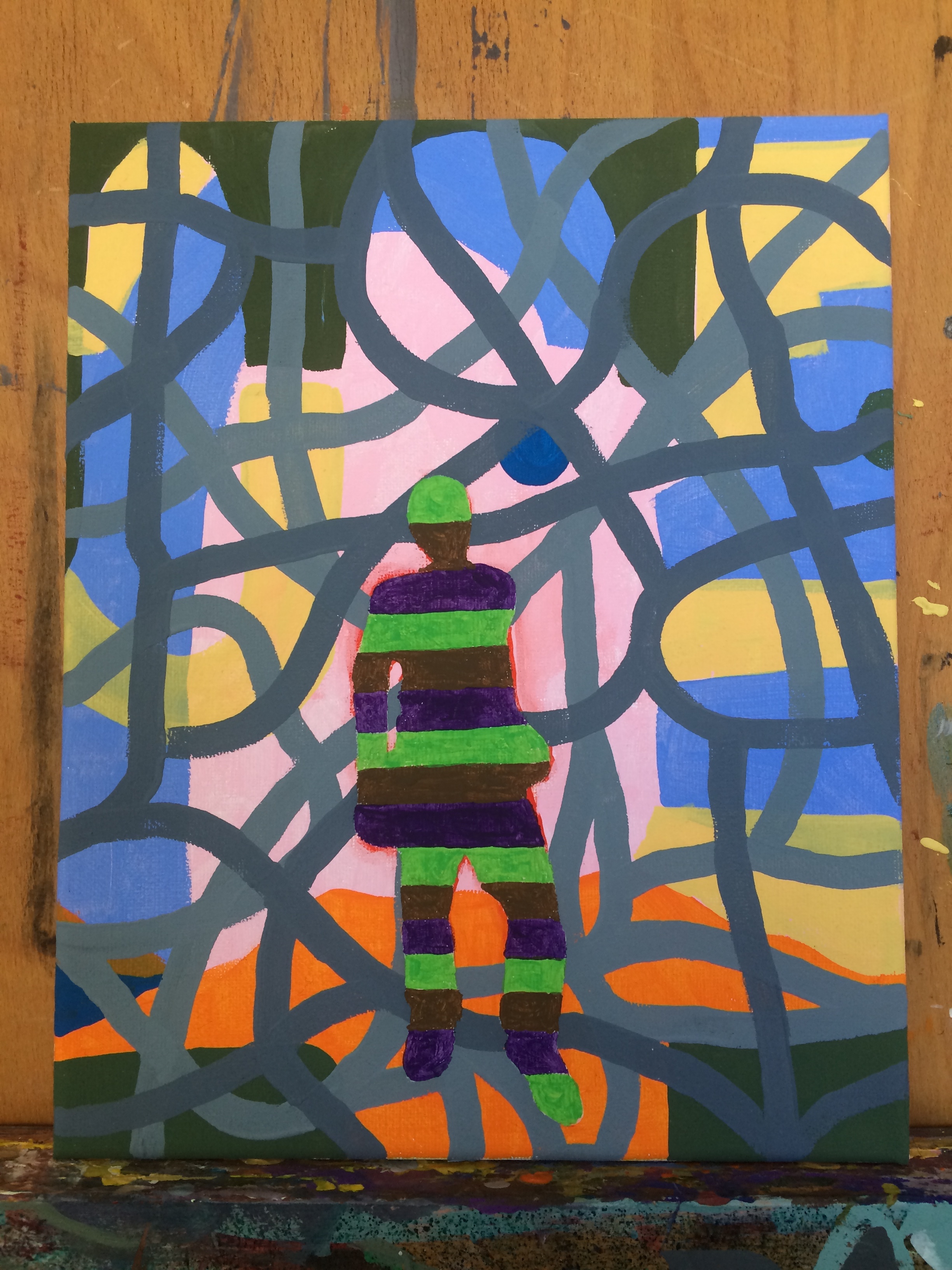

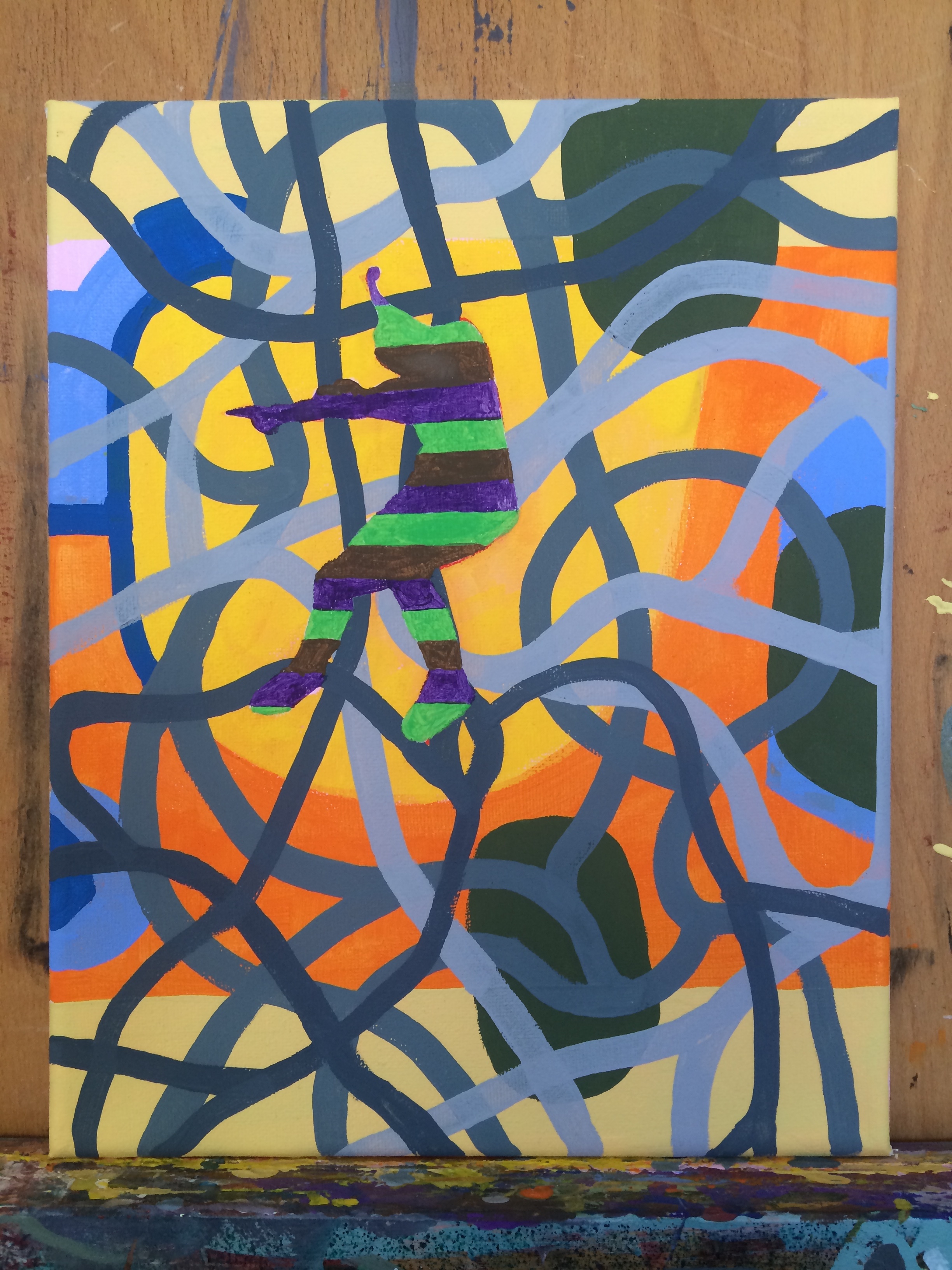
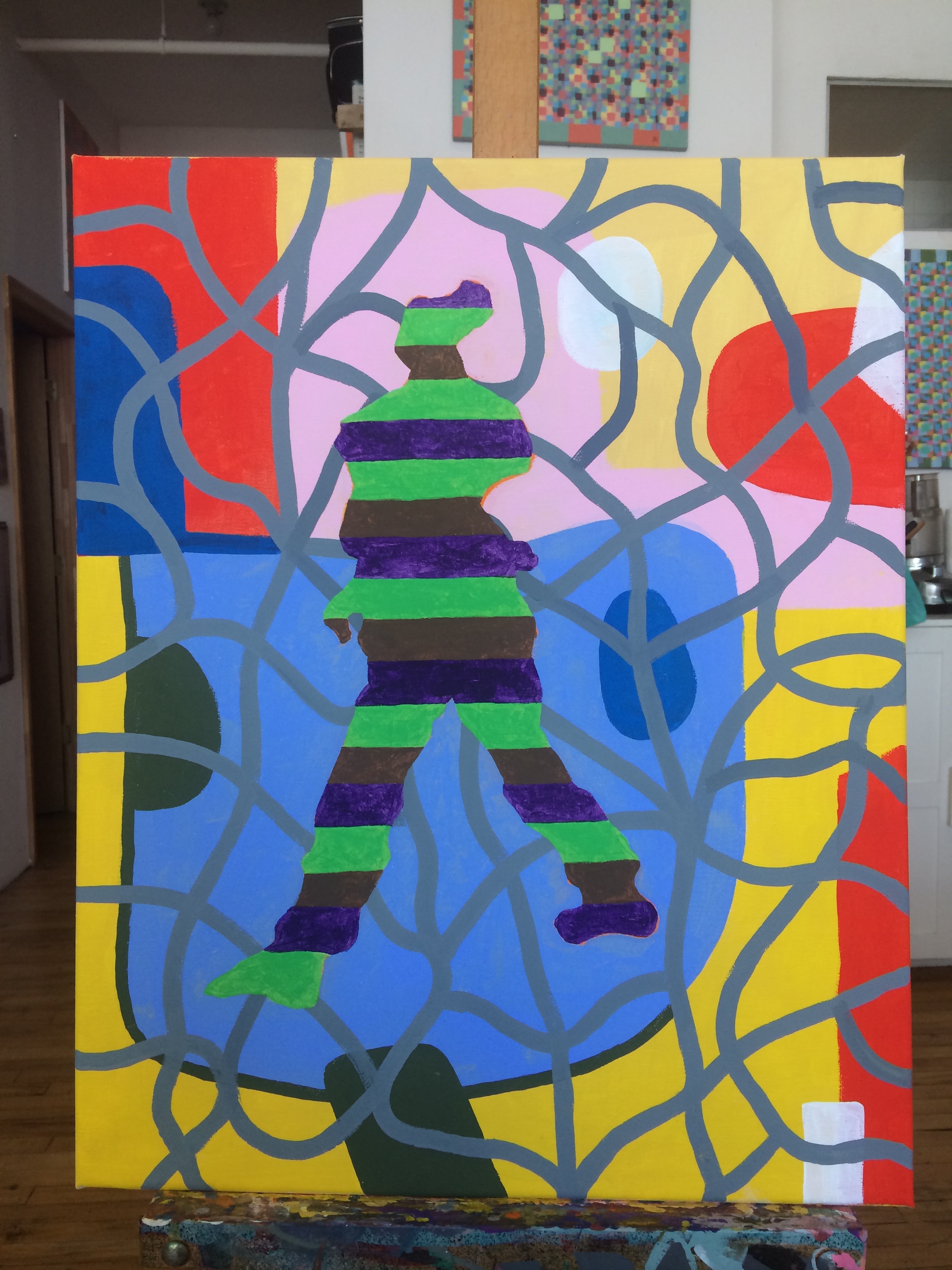
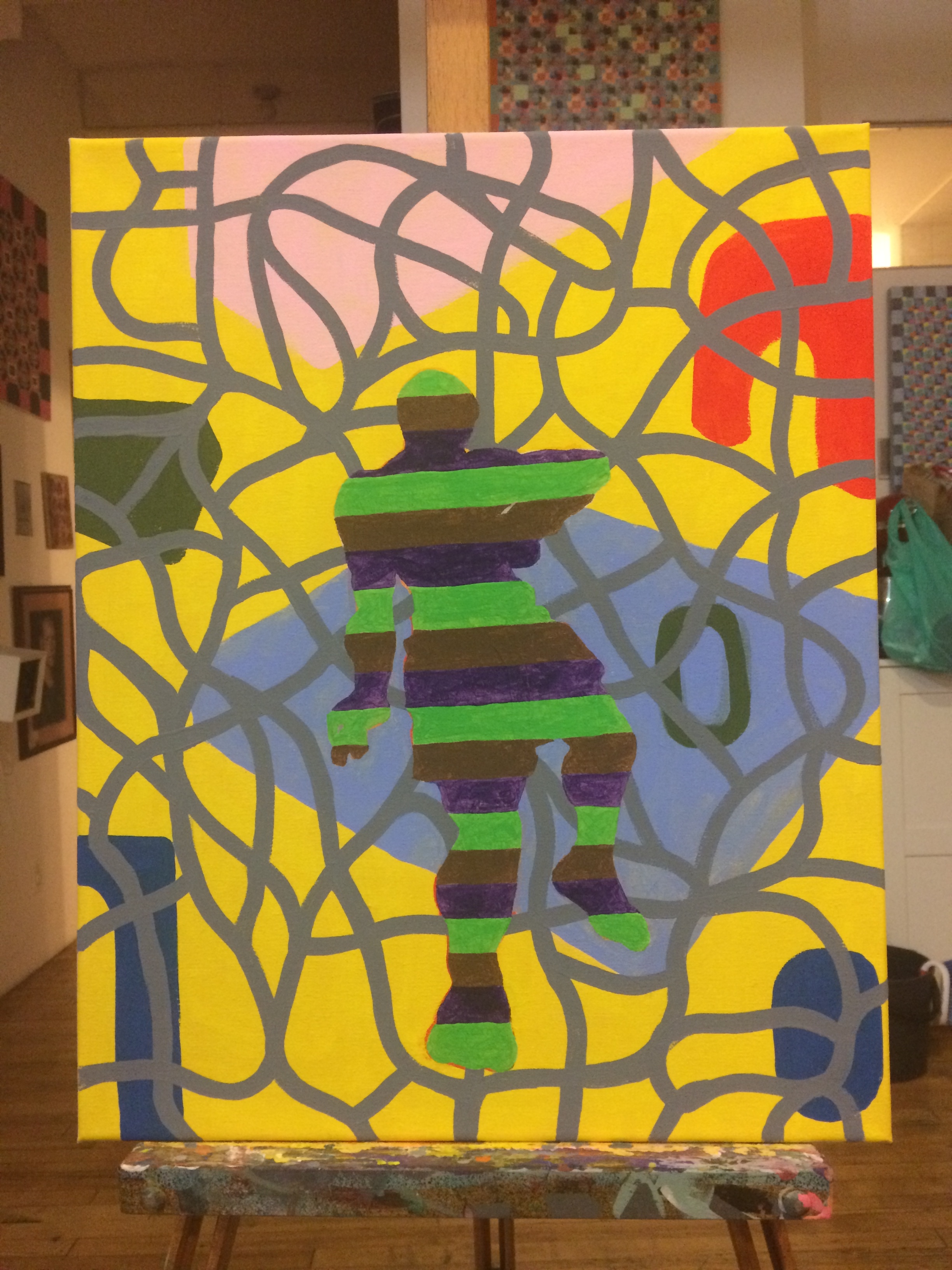

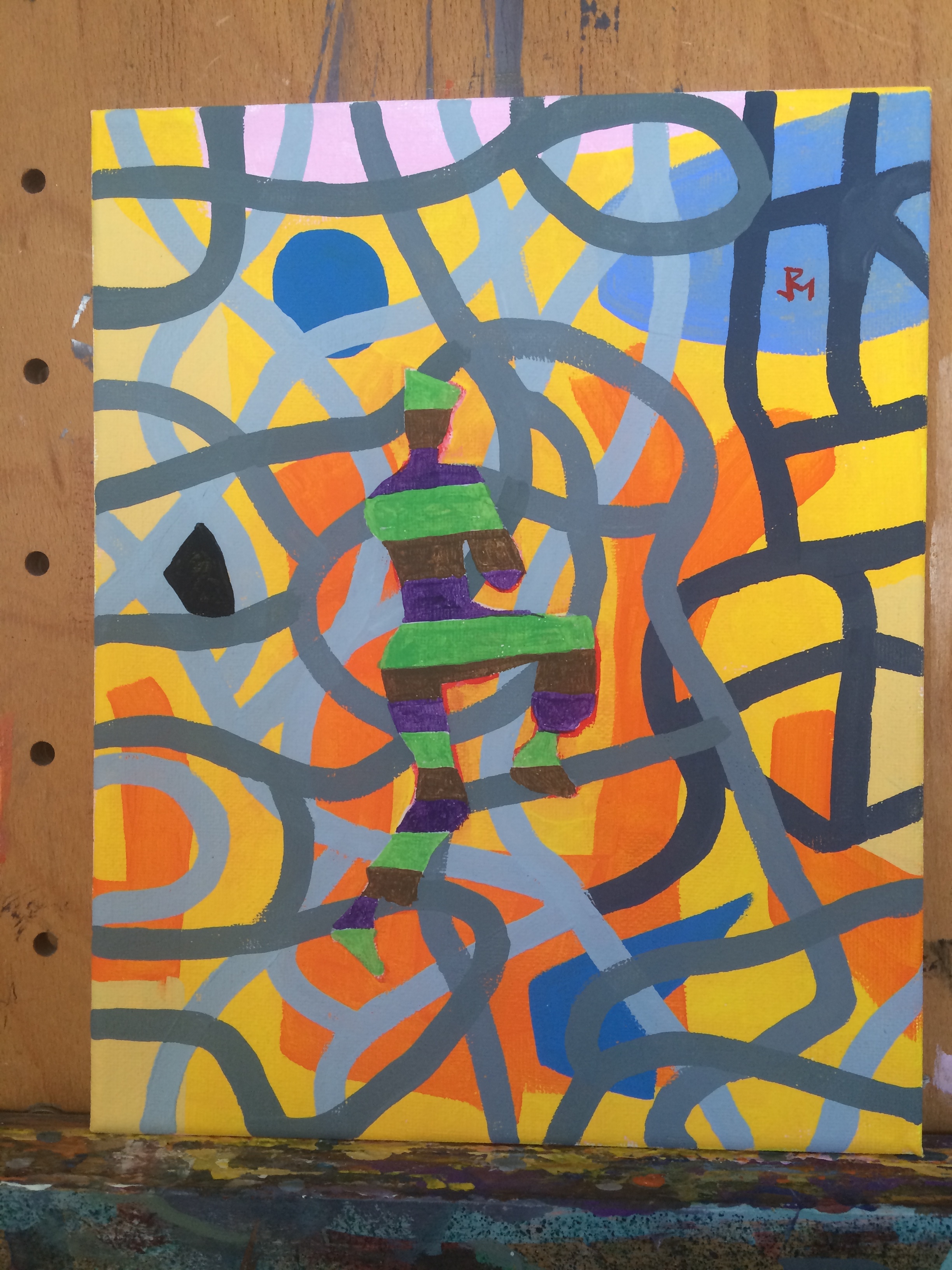
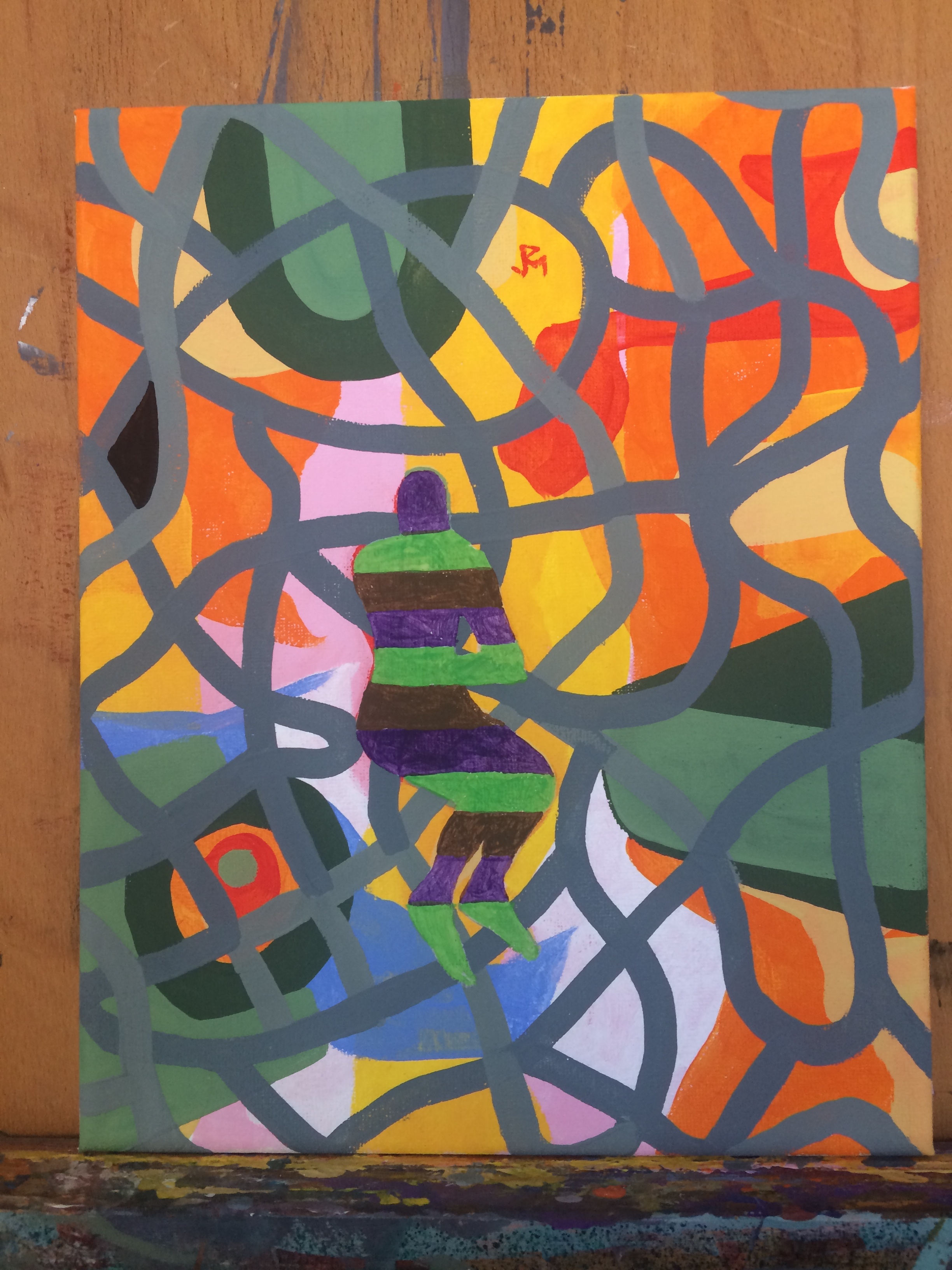

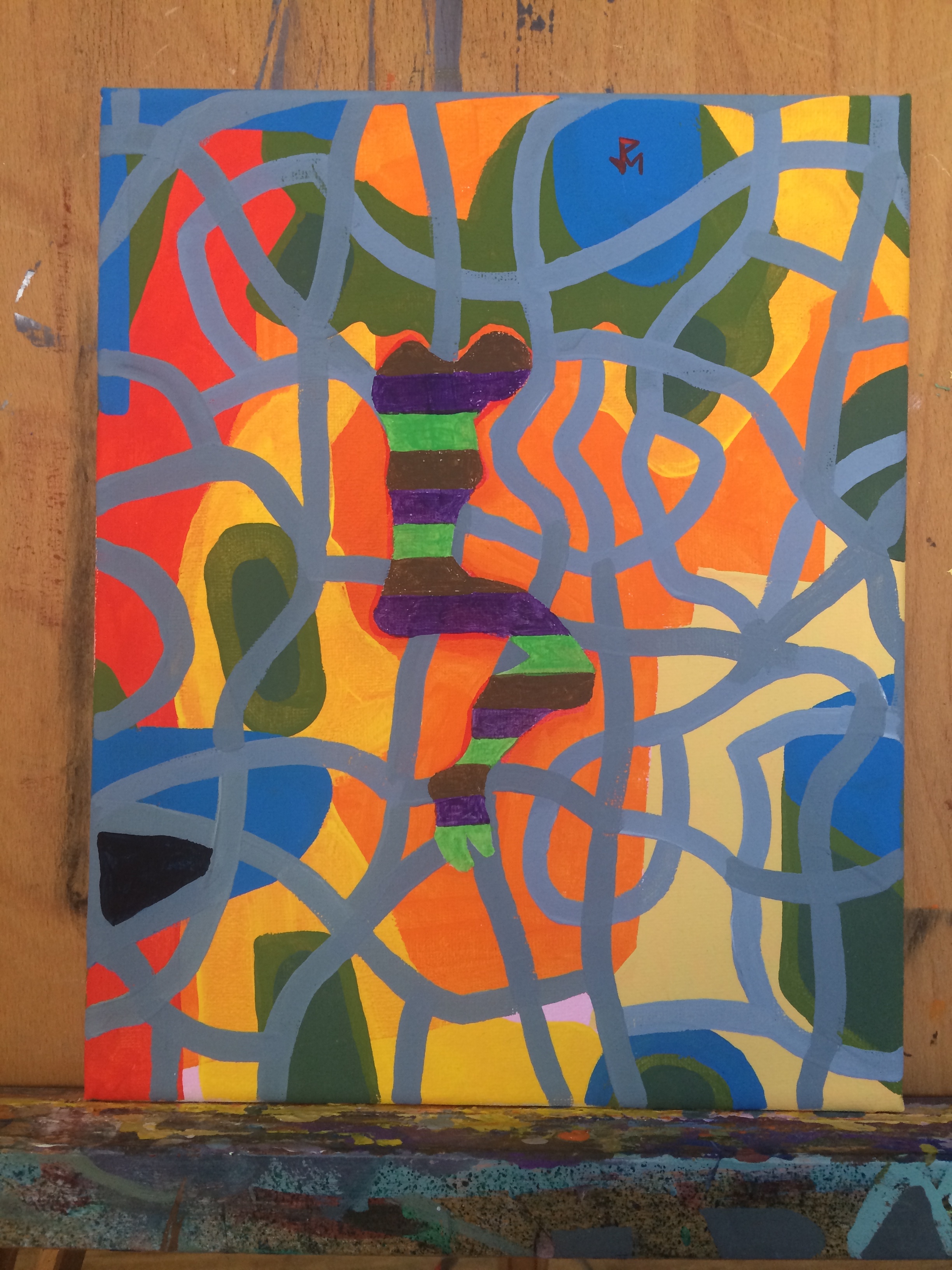
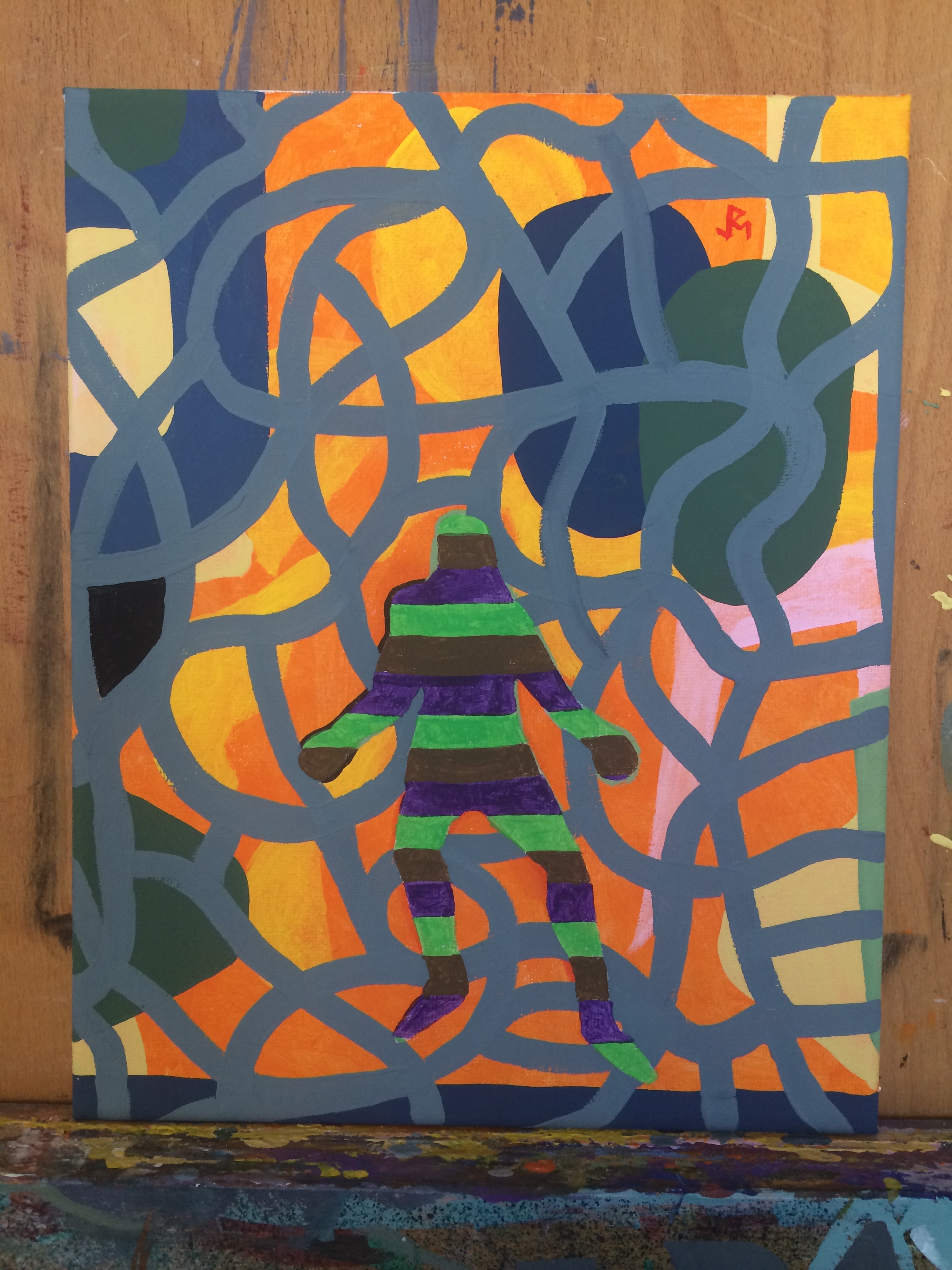
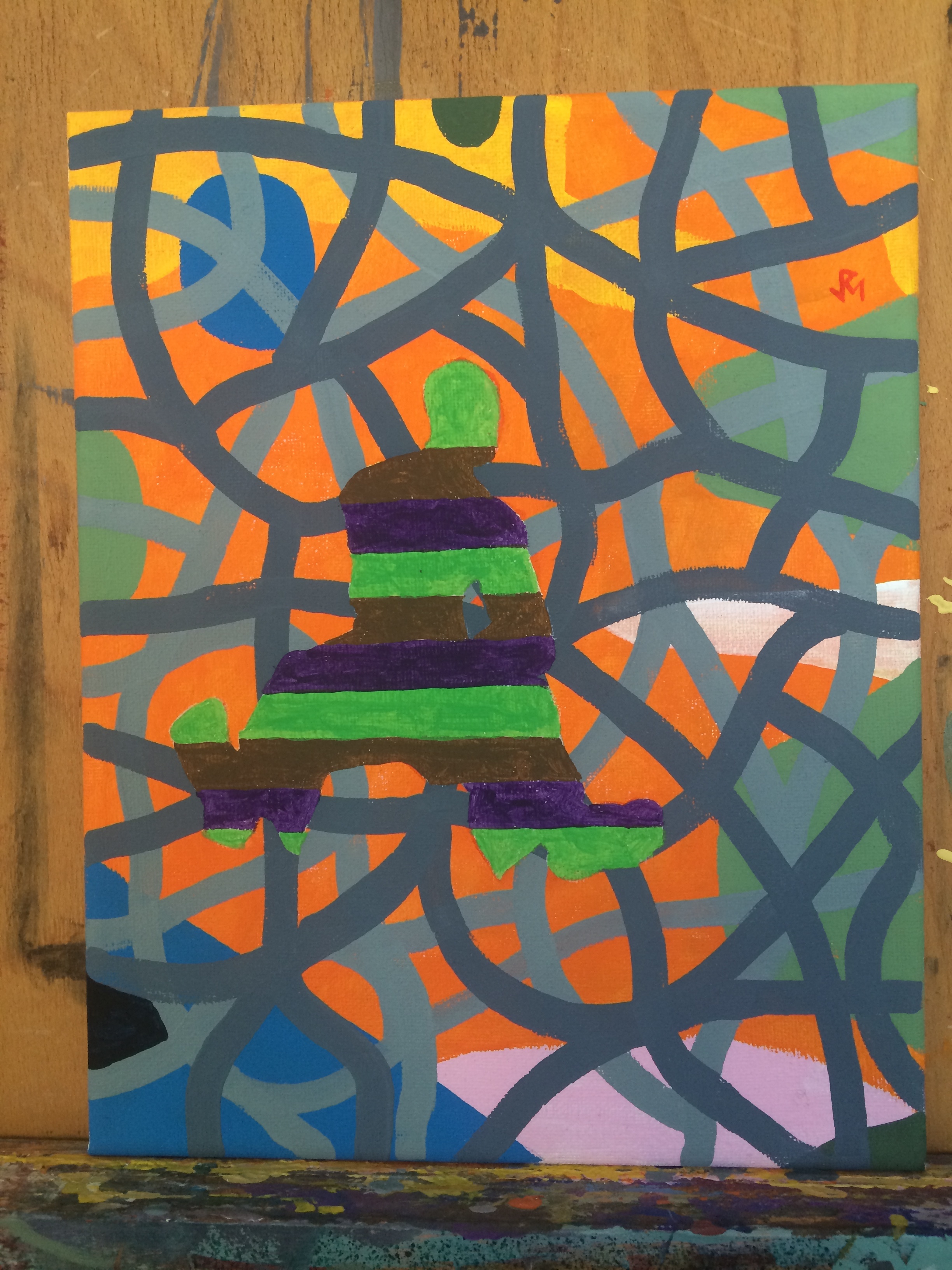

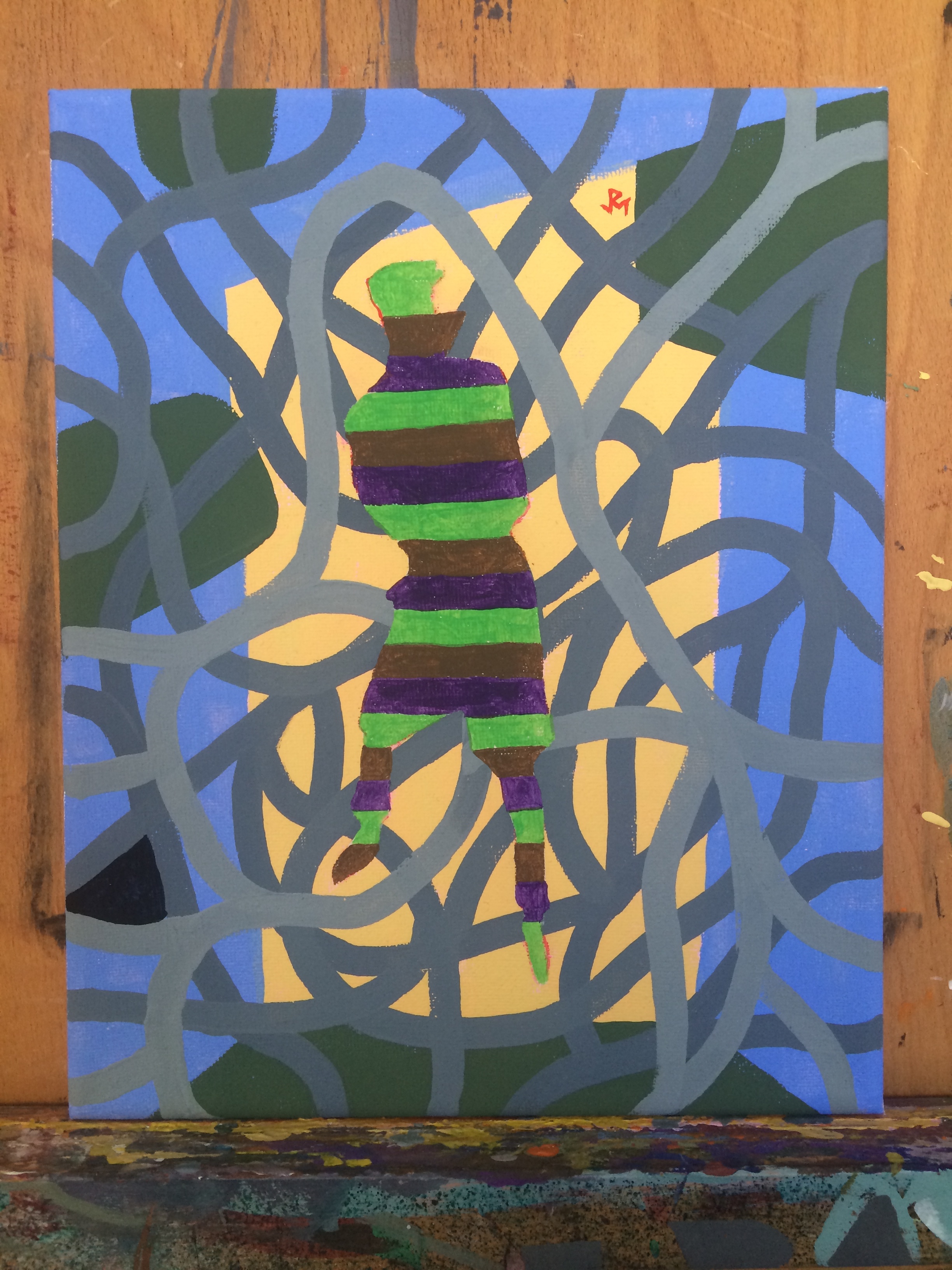
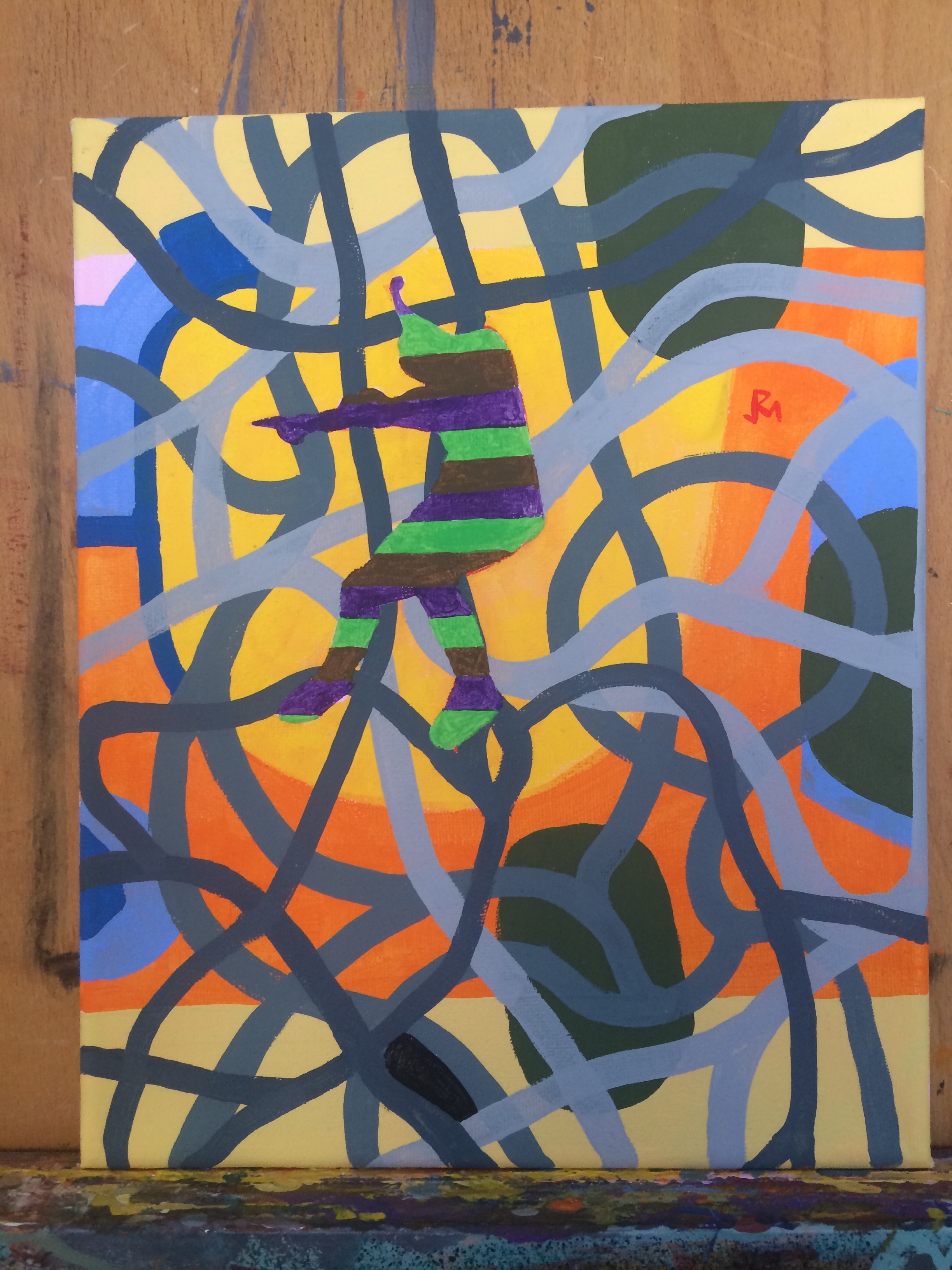
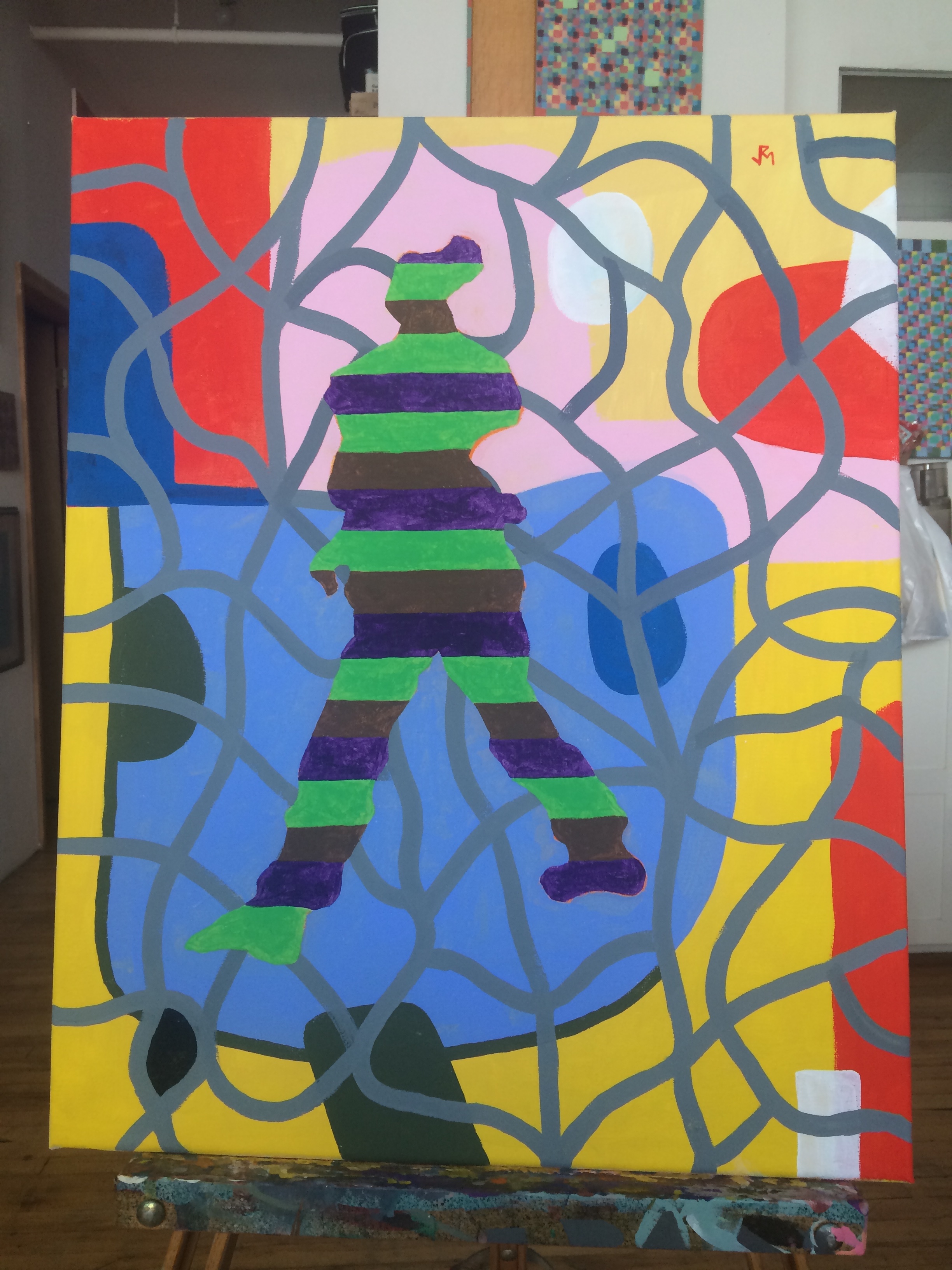
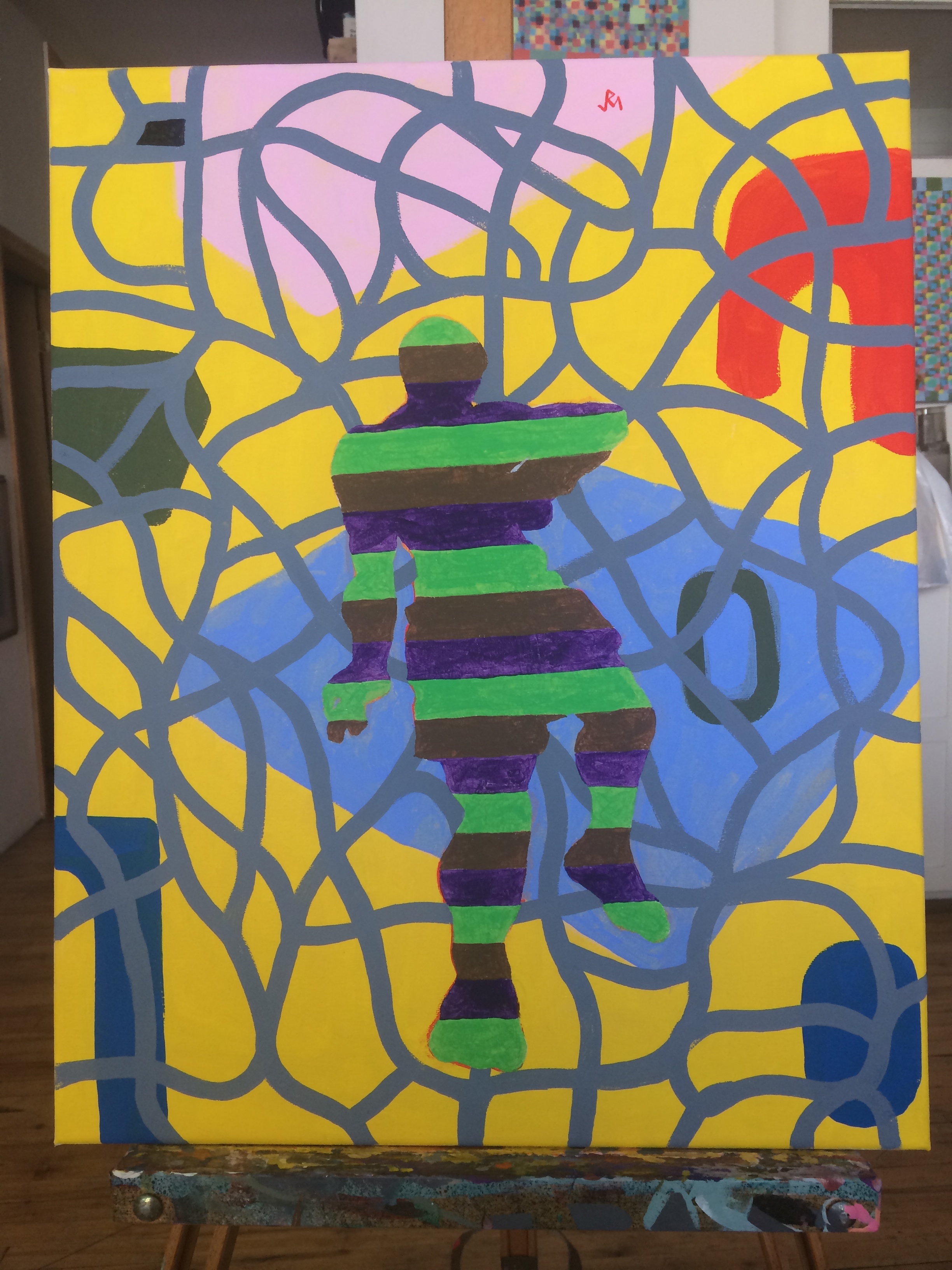
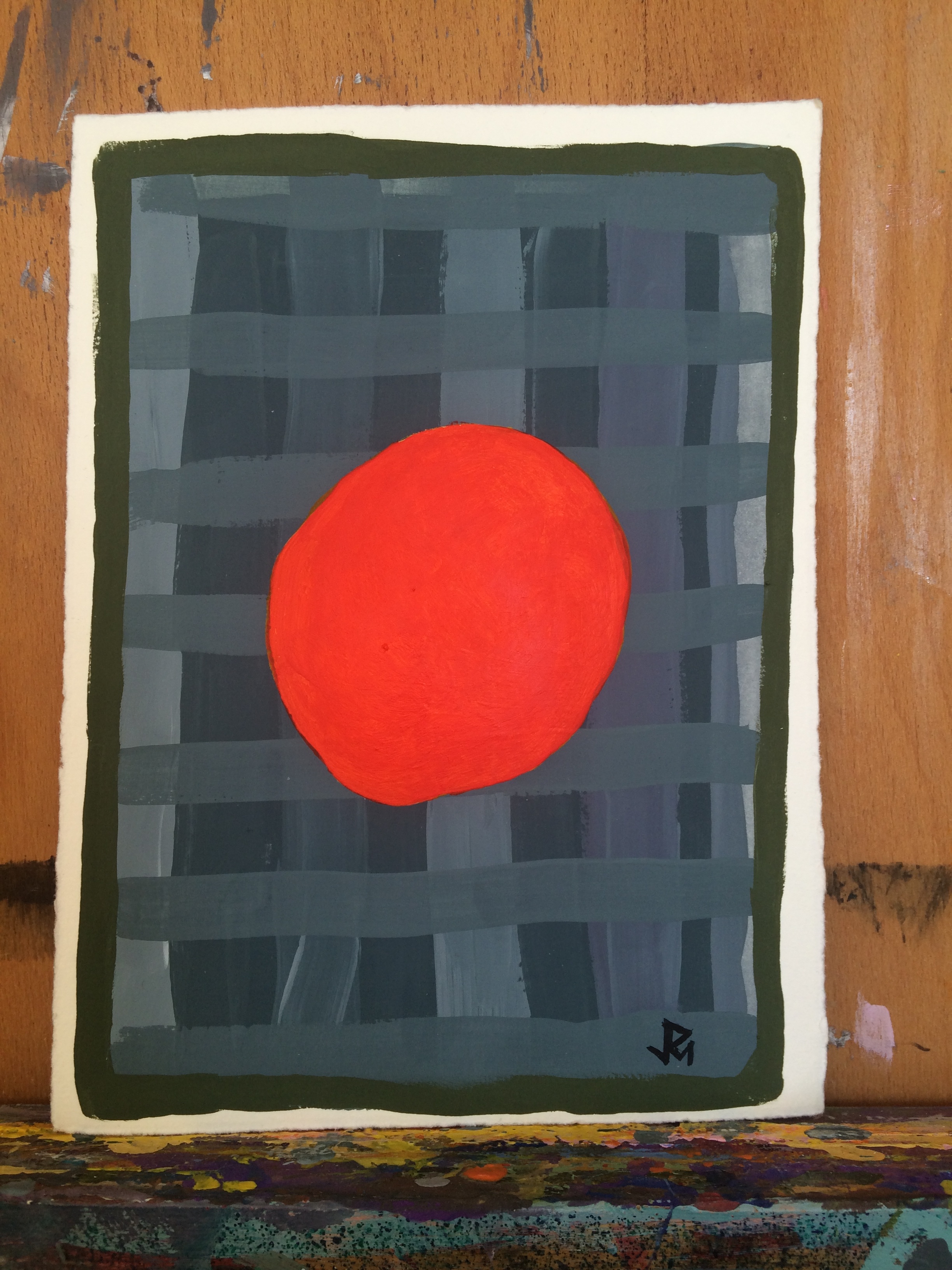

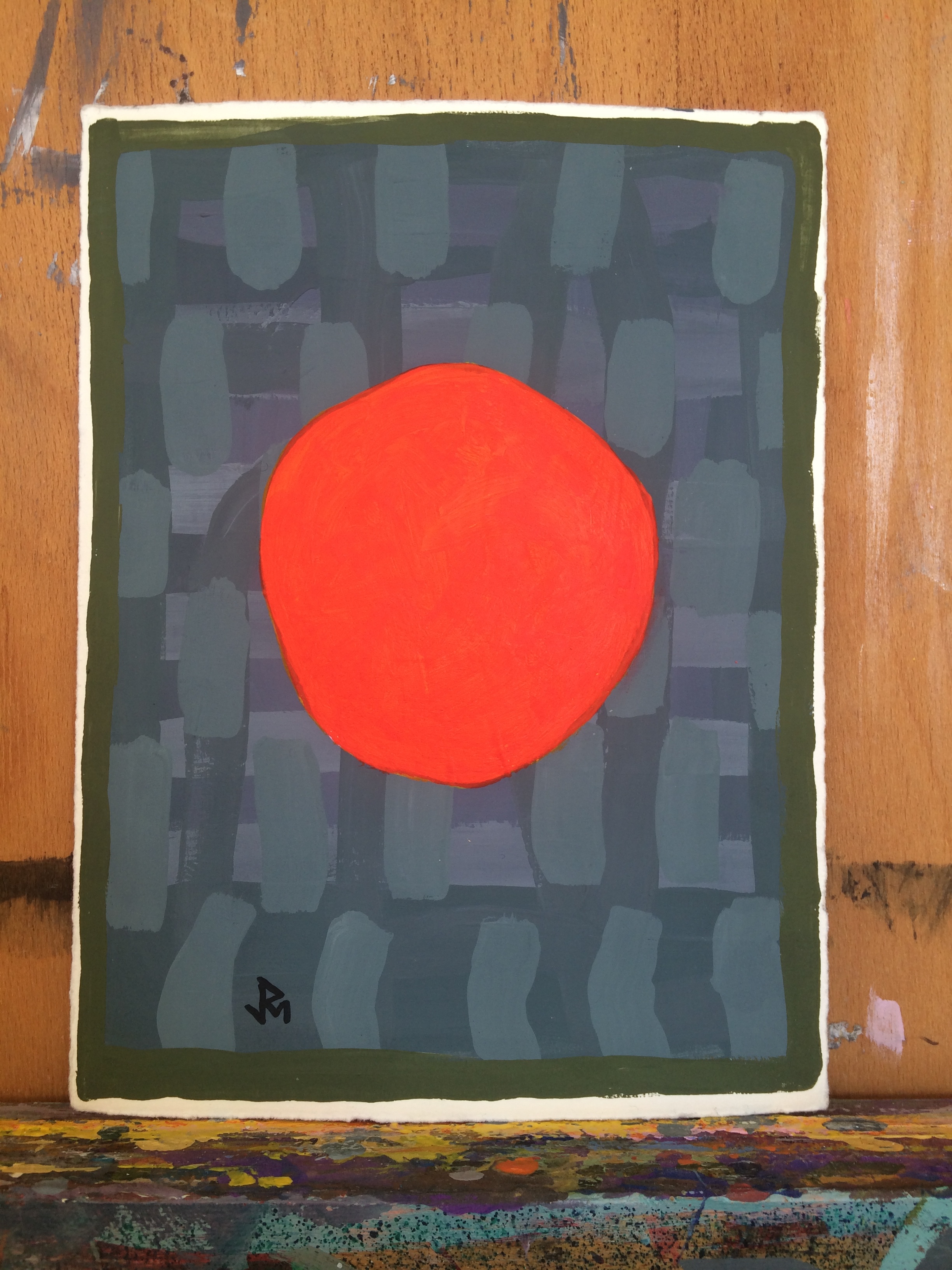

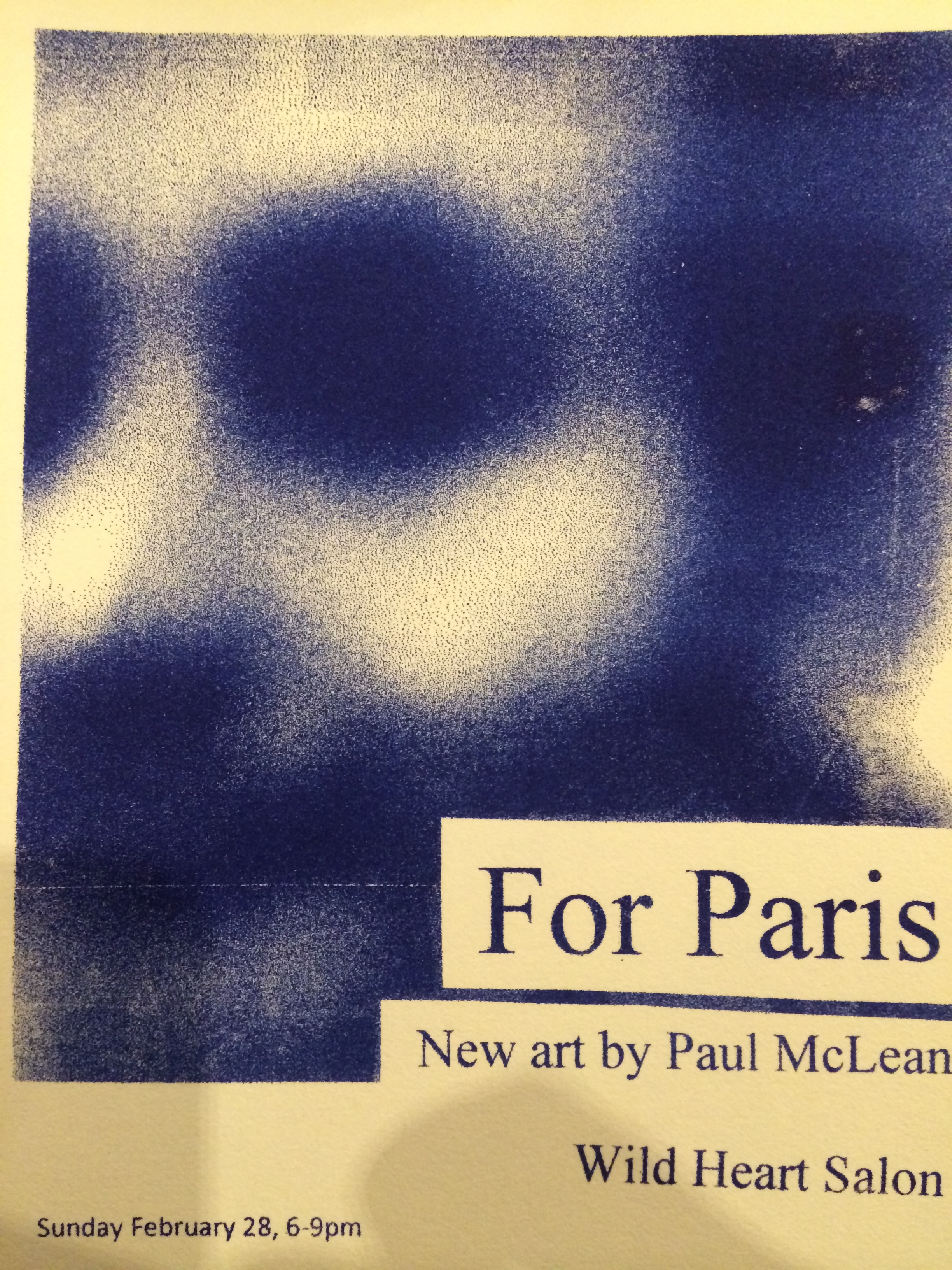
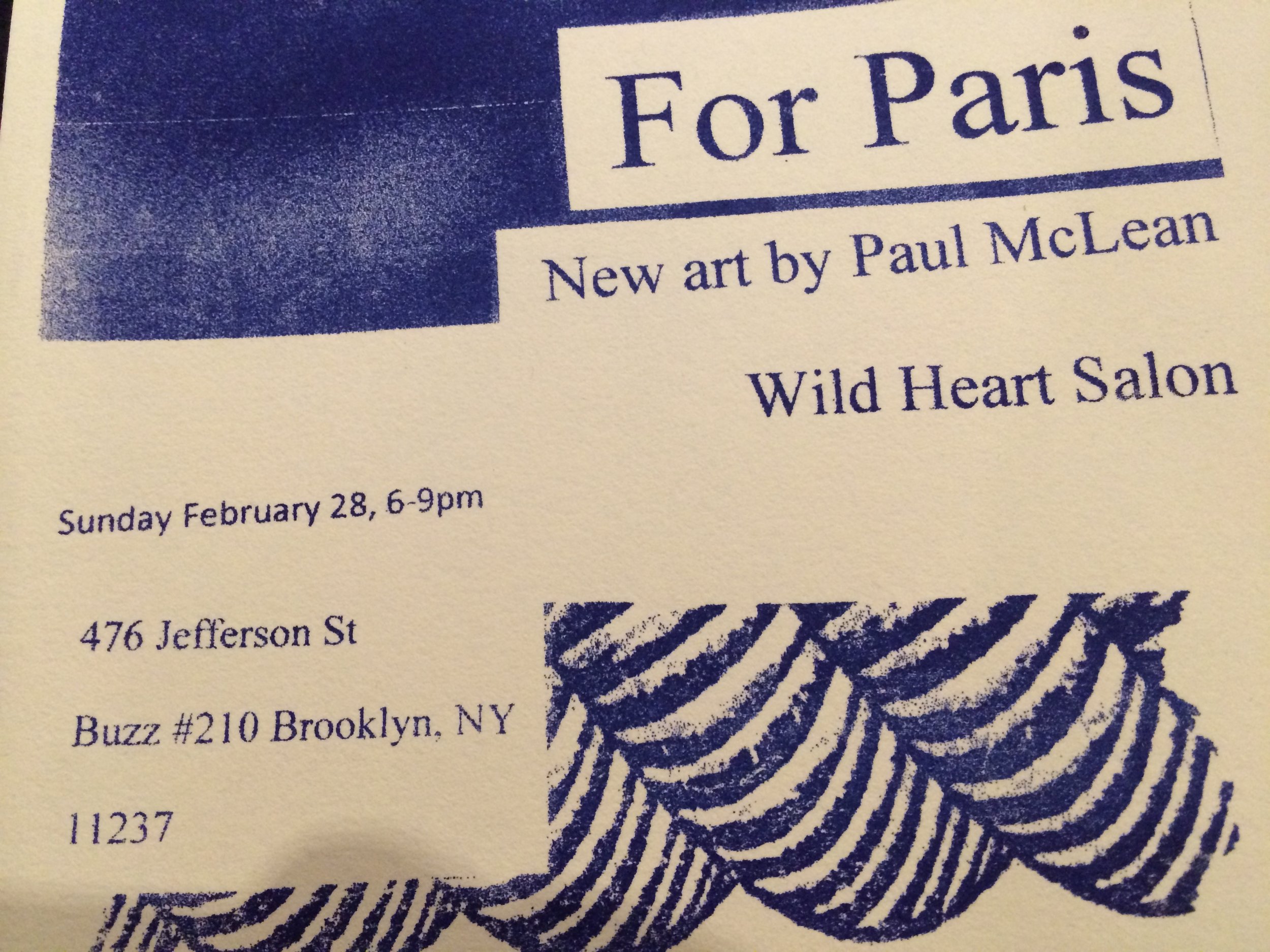
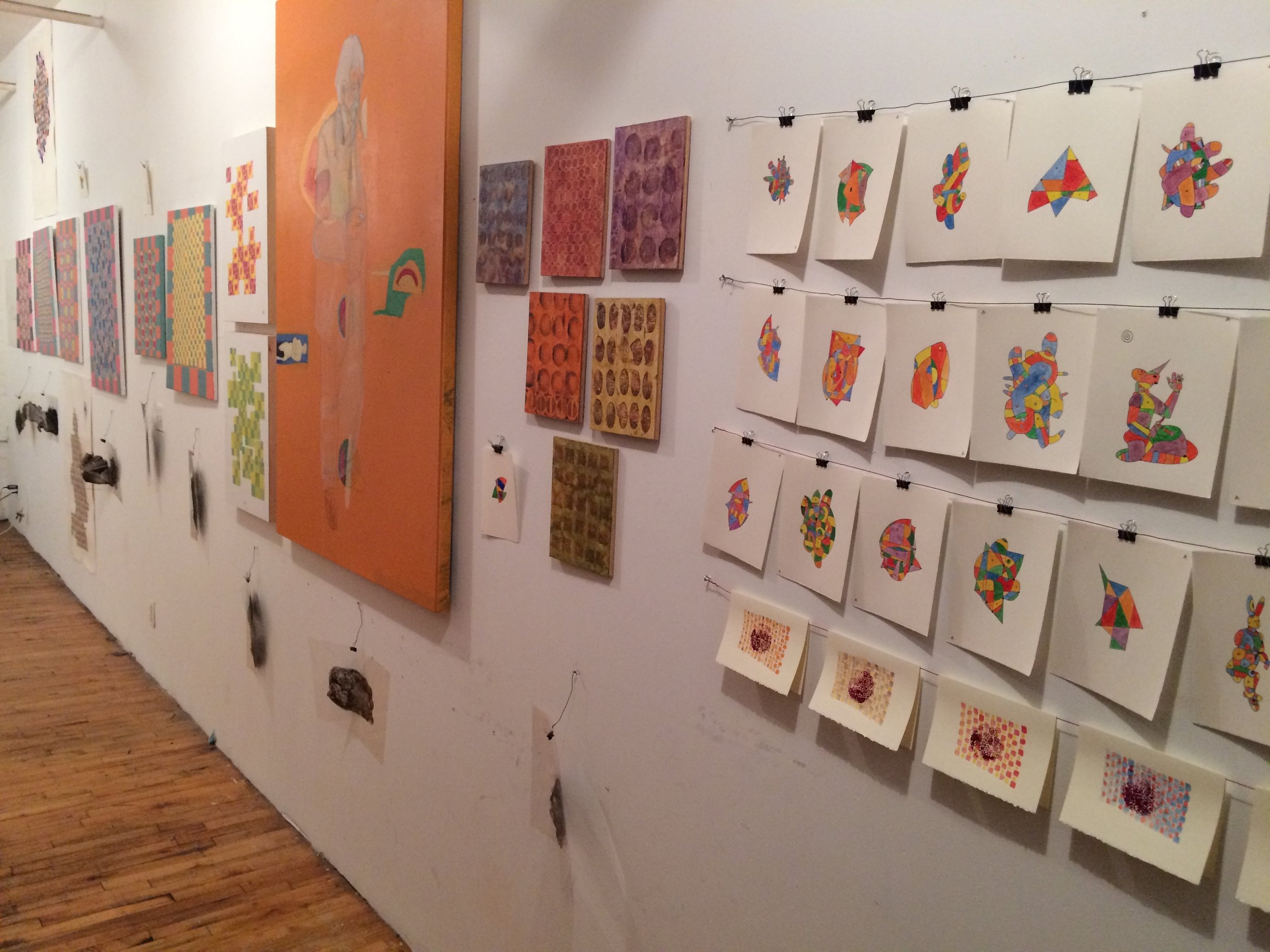
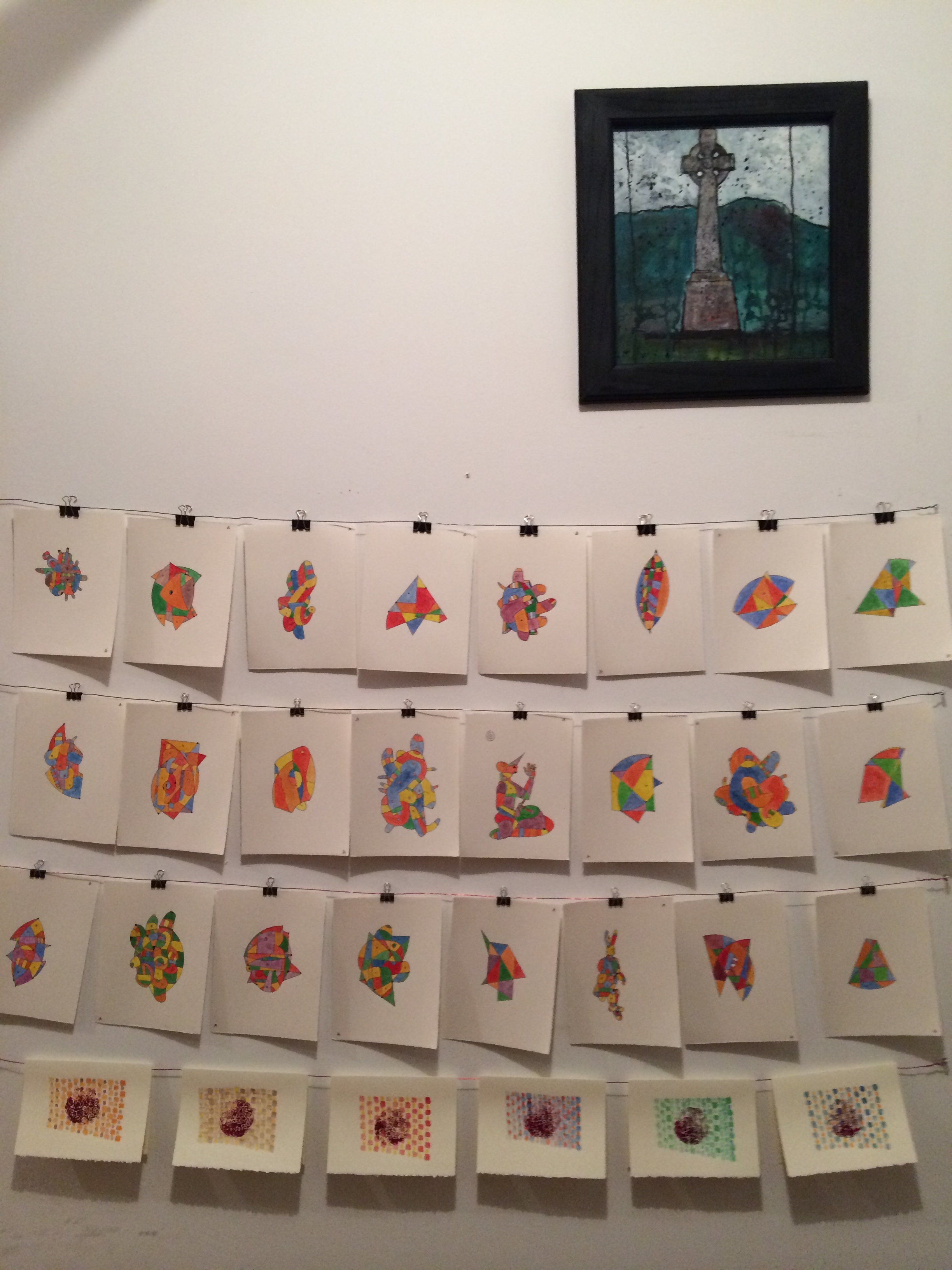

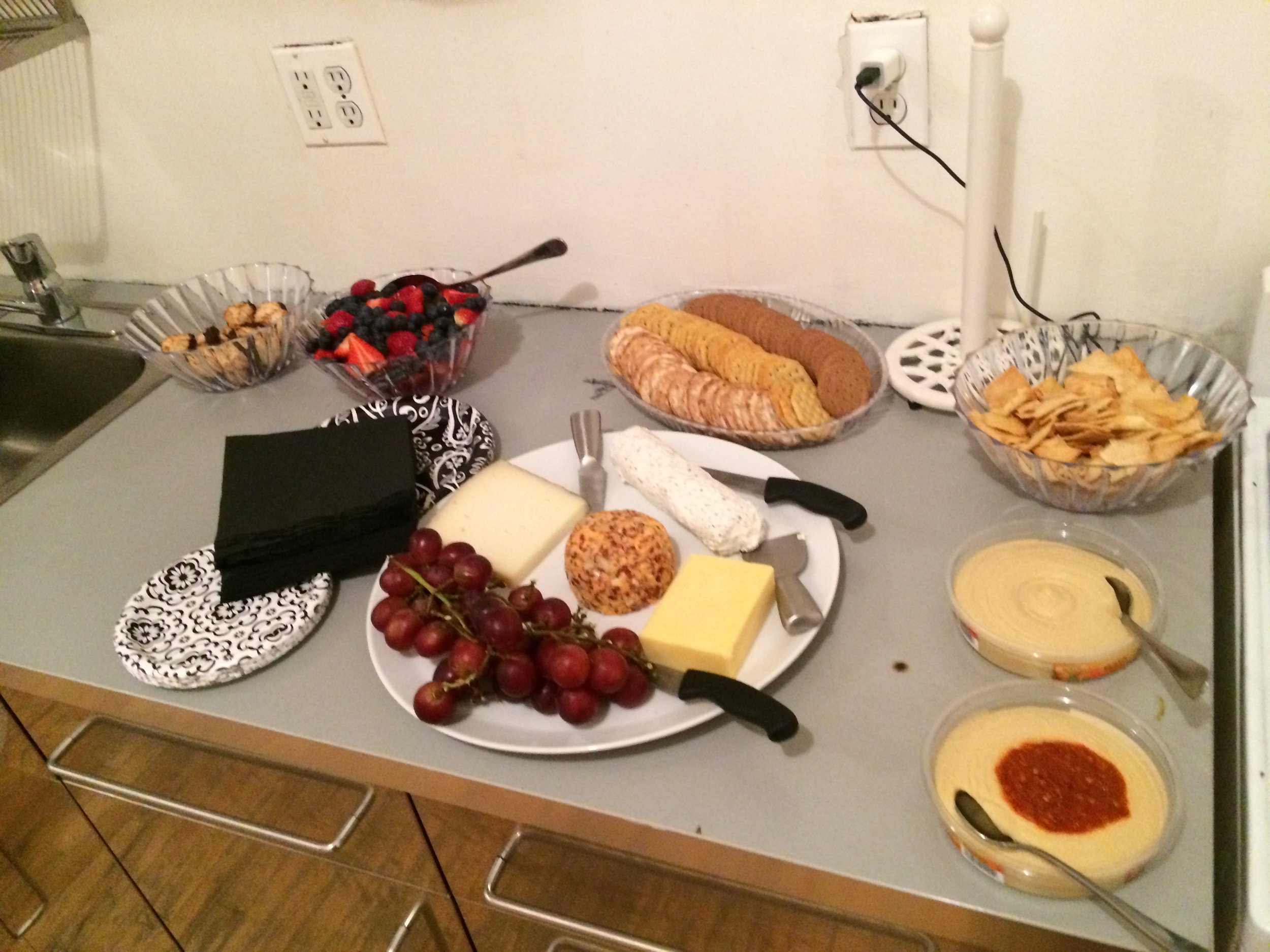
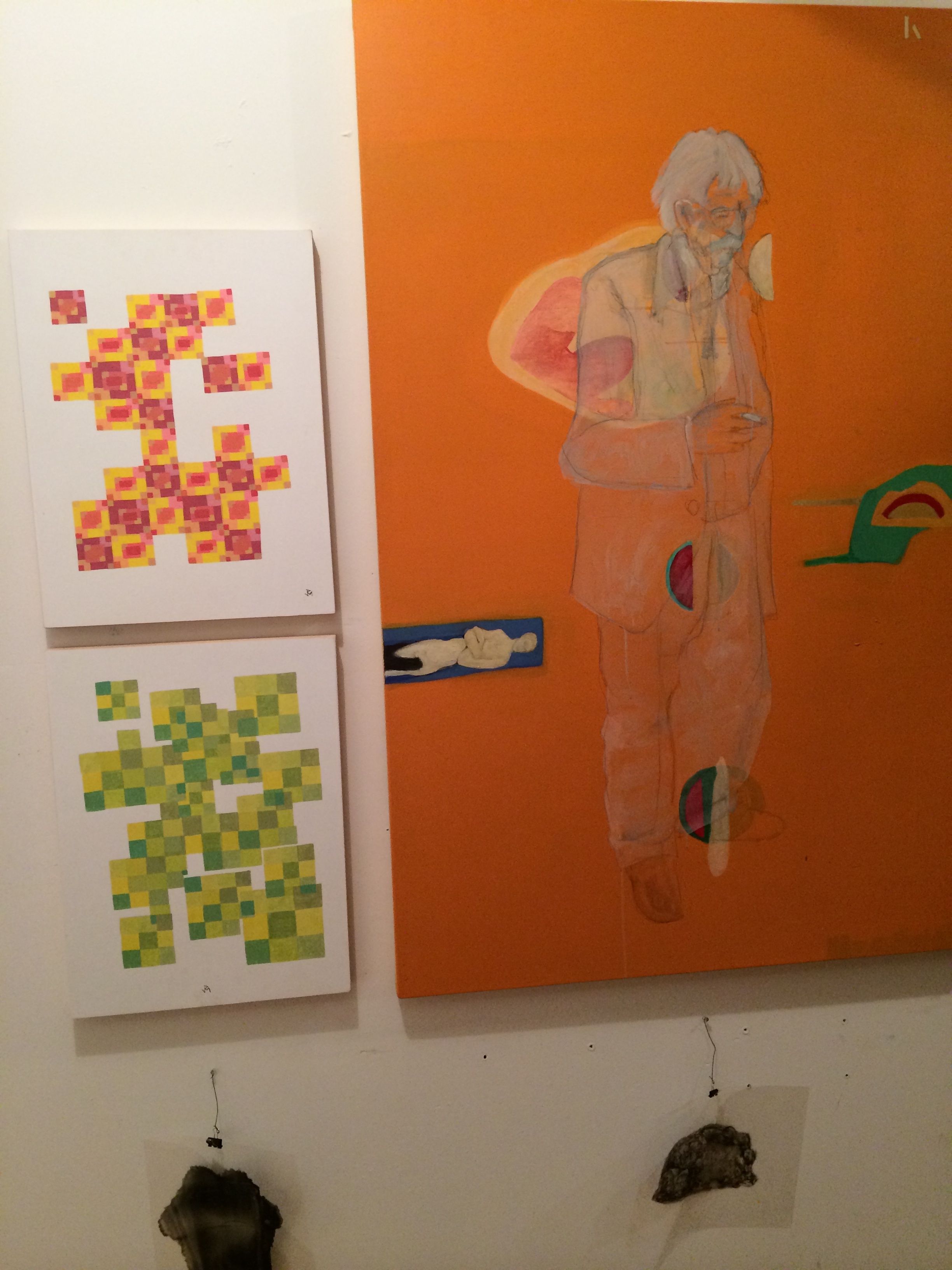
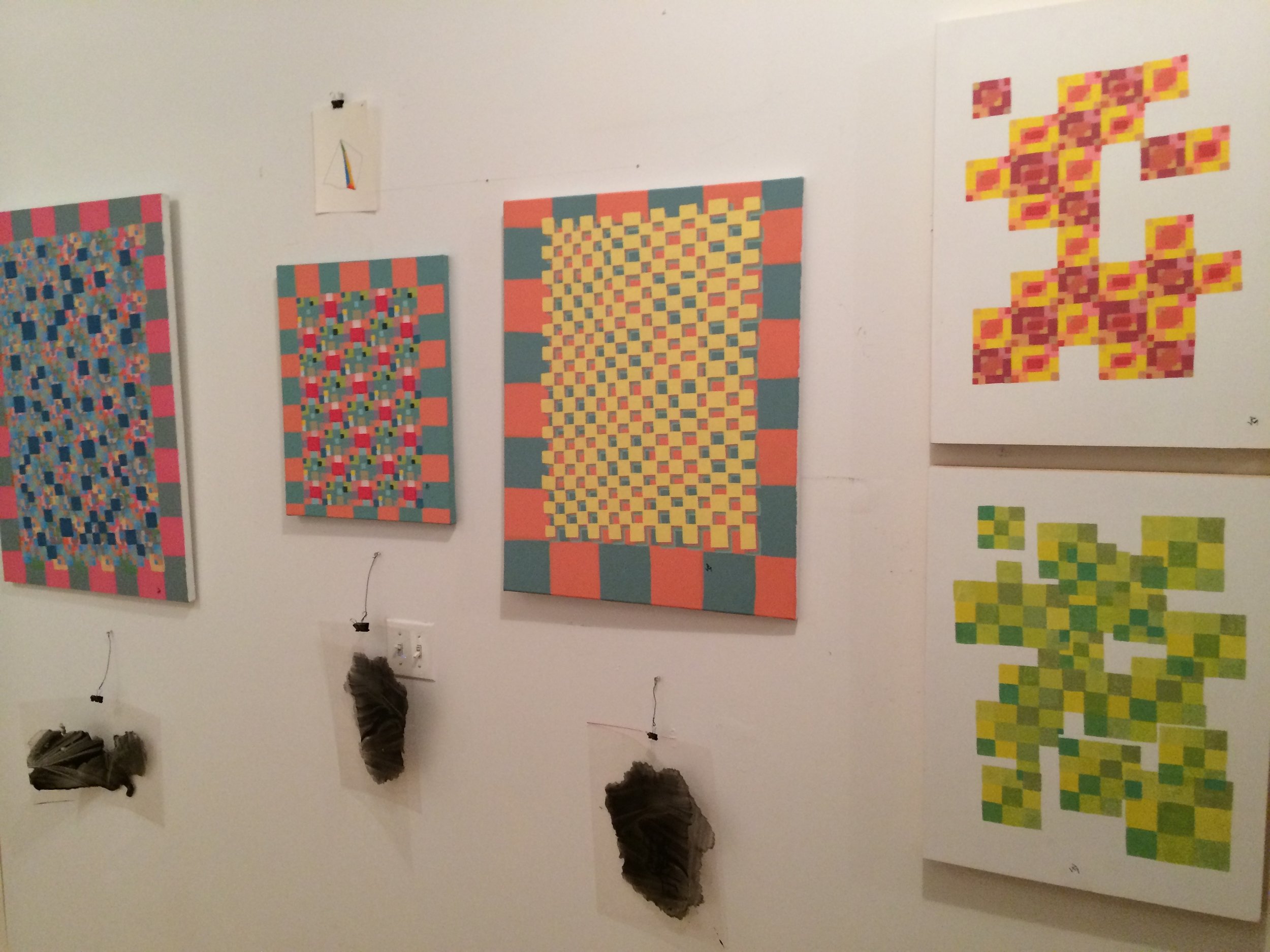

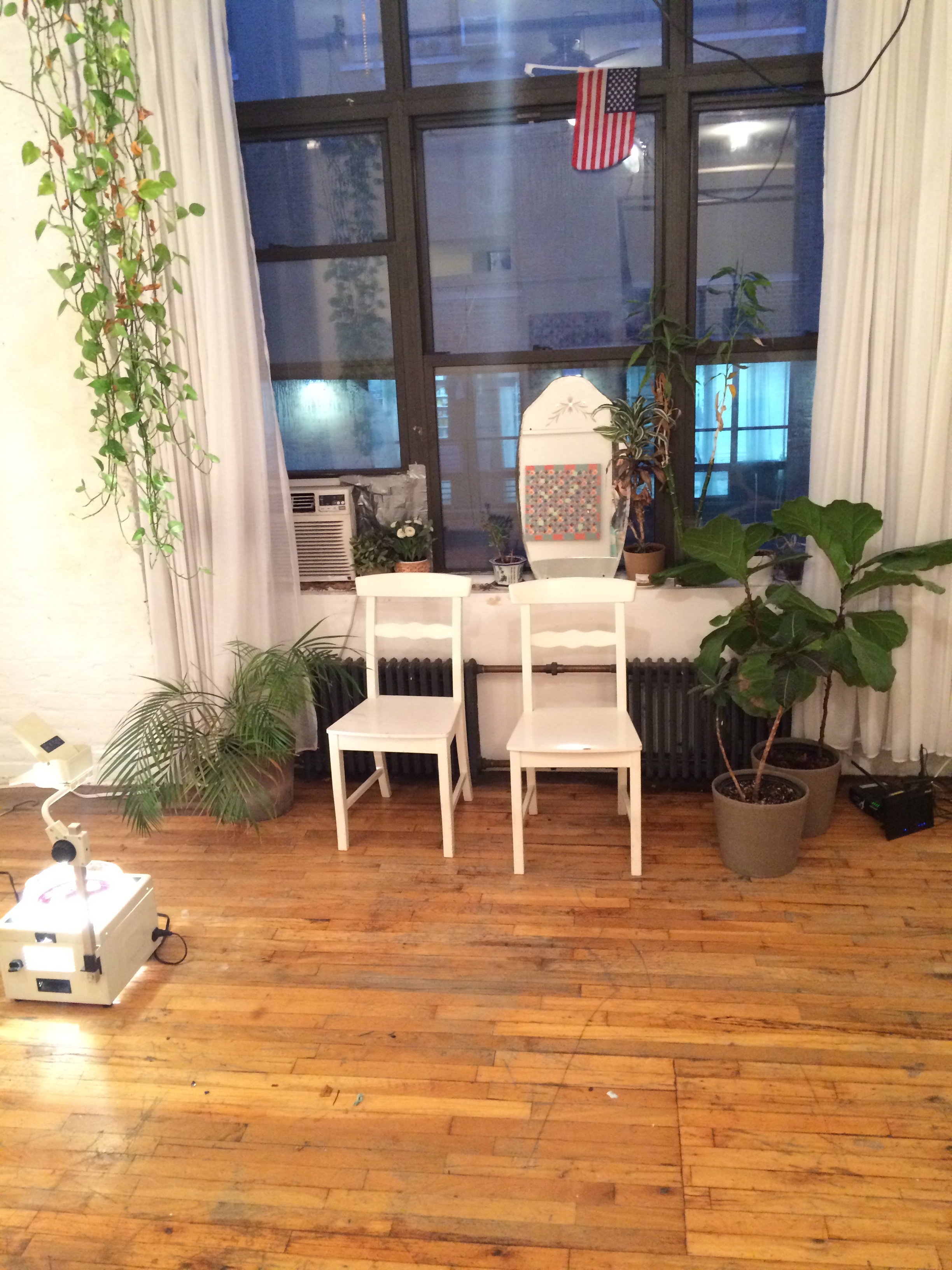


![[PJM]](https://images.squarespace-cdn.com/content/v1/501abbd4c4aaab20160f16af/1410722717178-1SHLBY8C6H6ADV97MVRA/image-asset.jpeg)

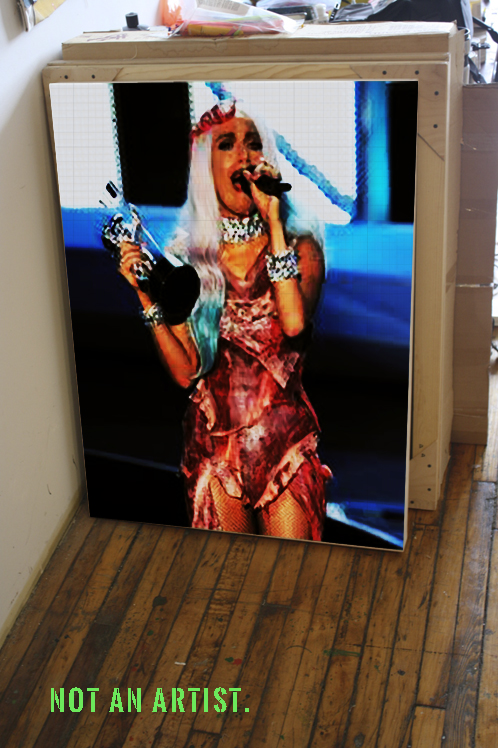

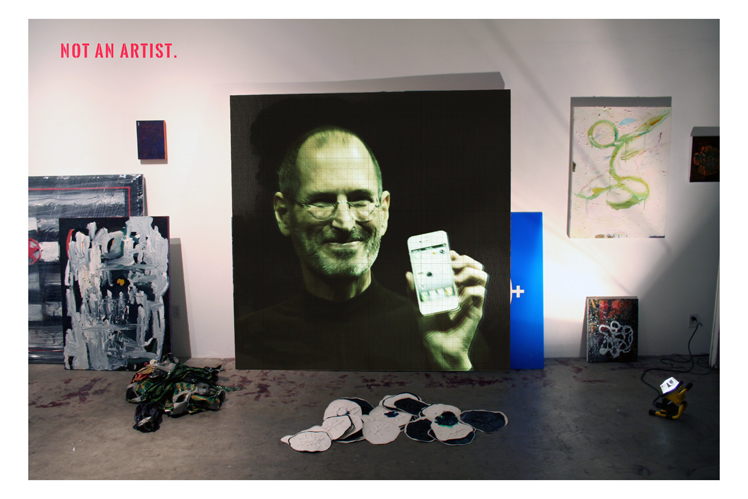
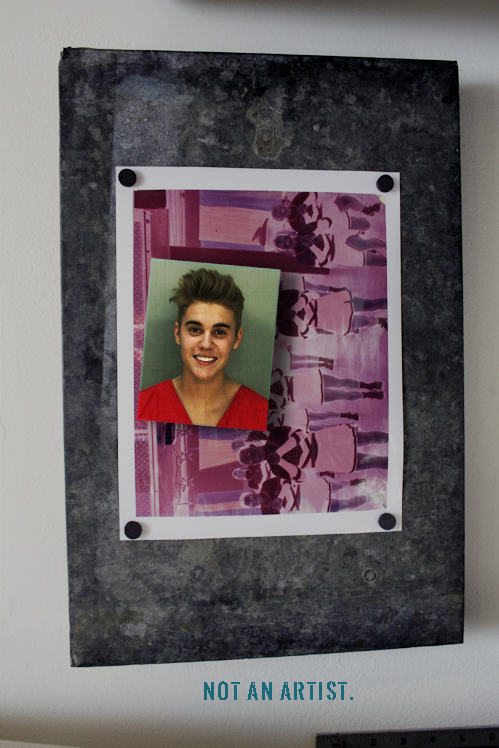


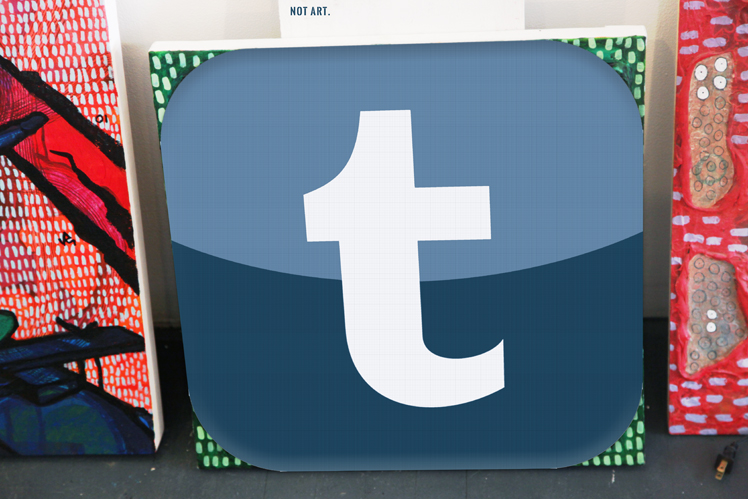



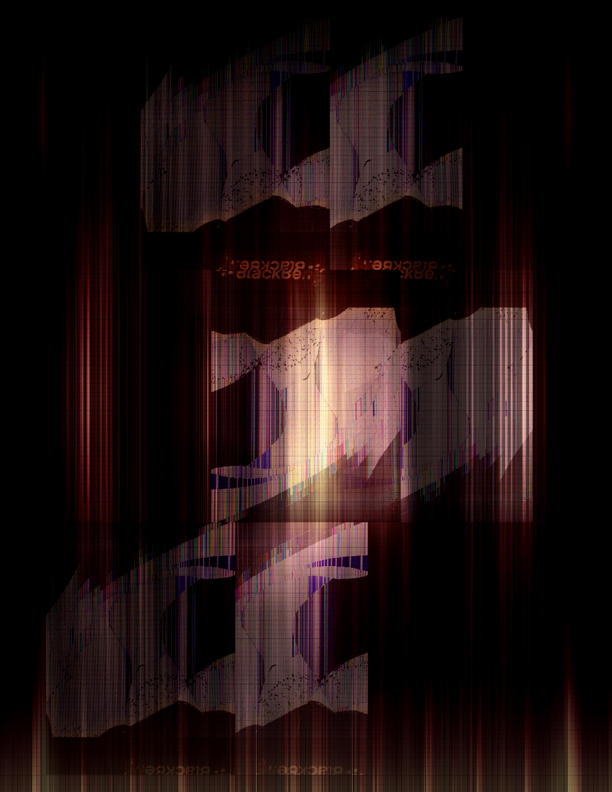

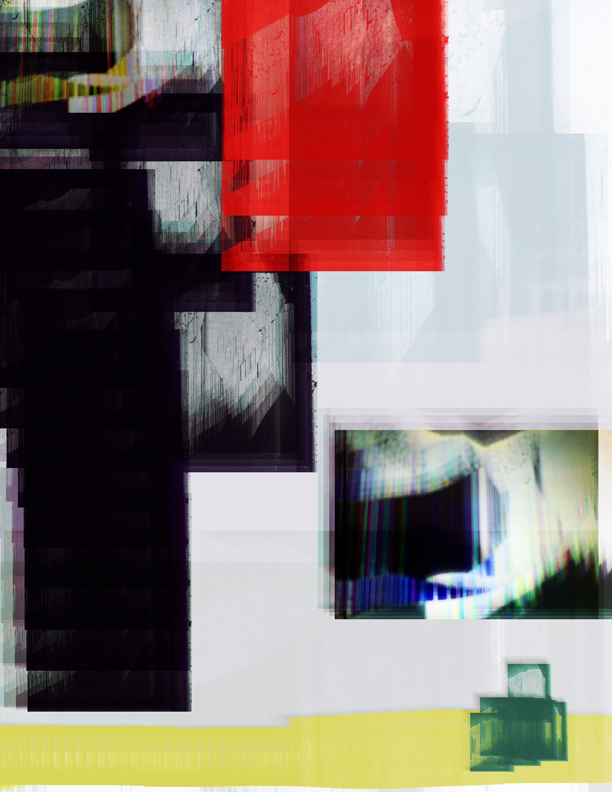
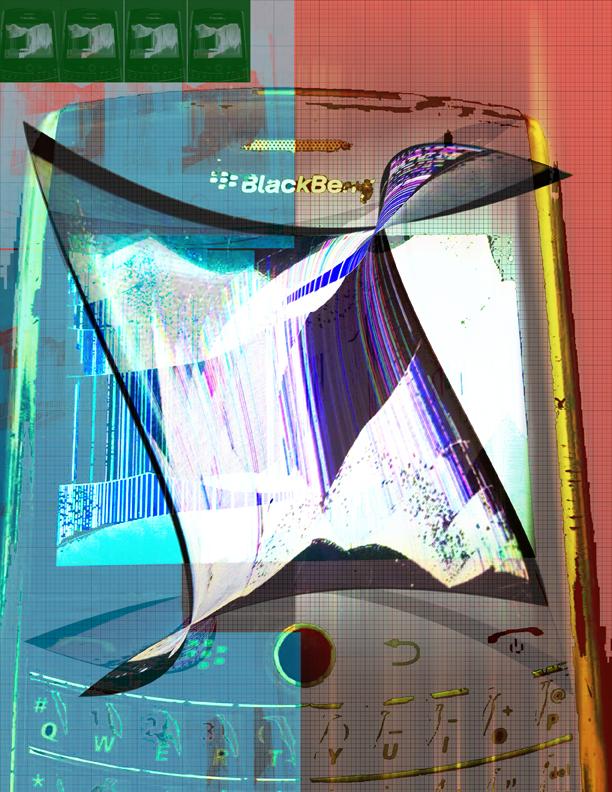

![Drawing of a bear by Leonardo da Vinci [Metropolitan Museum]](https://images.squarespace-cdn.com/content/v1/501abbd4c4aaab20160f16af/1396216781395-L1EN2MOU36LEY35BB5LC/image-asset.jpeg)
![Rochester Bestiary Folio [Wikipedia]](https://images.squarespace-cdn.com/content/v1/501abbd4c4aaab20160f16af/1396216961467-MO6EBXL0Q3Y7F96UIEC5/image-asset.jpeg)

![Actual phone, as described in the introductory prospectus for [KYSP] below (Photo: LULA](https://images.squarespace-cdn.com/content/v1/501abbd4c4aaab20160f16af/1395271126994-71AWC46MLILI2UJEJ0C4/image-asset.jpeg)




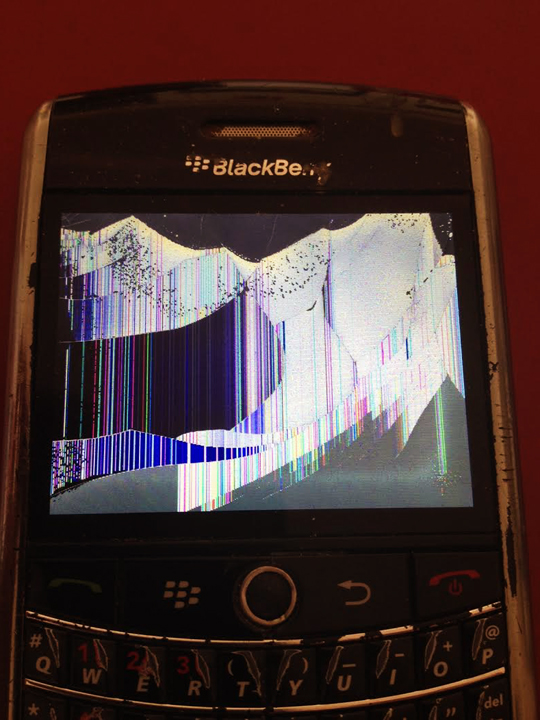


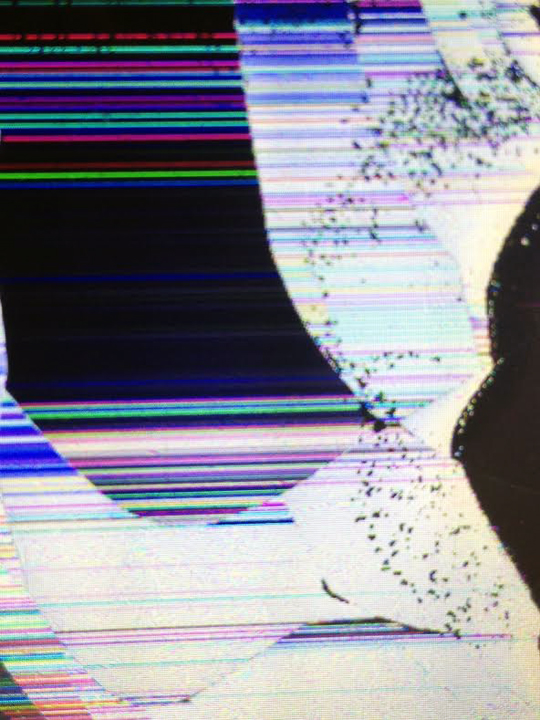
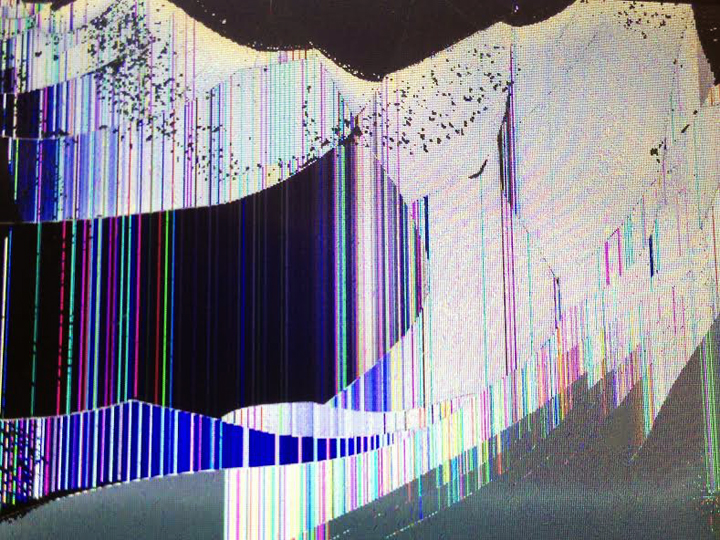
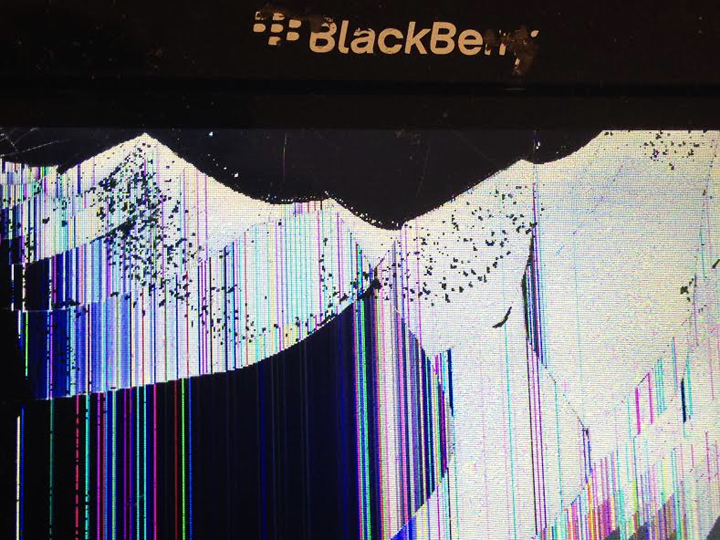
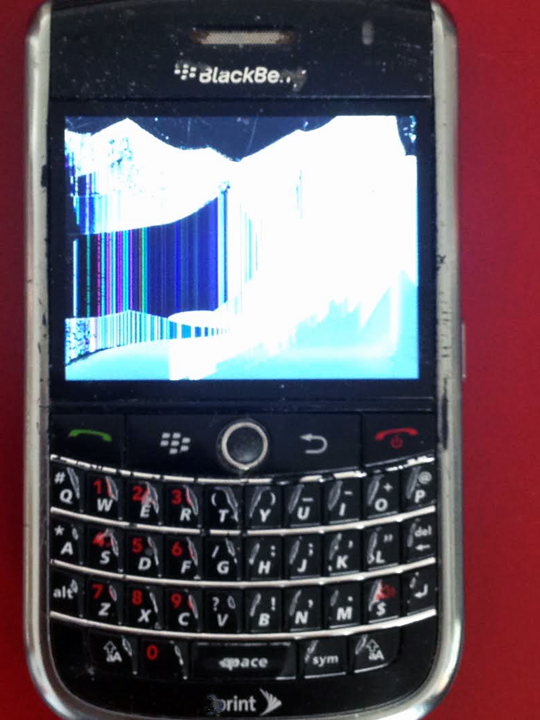



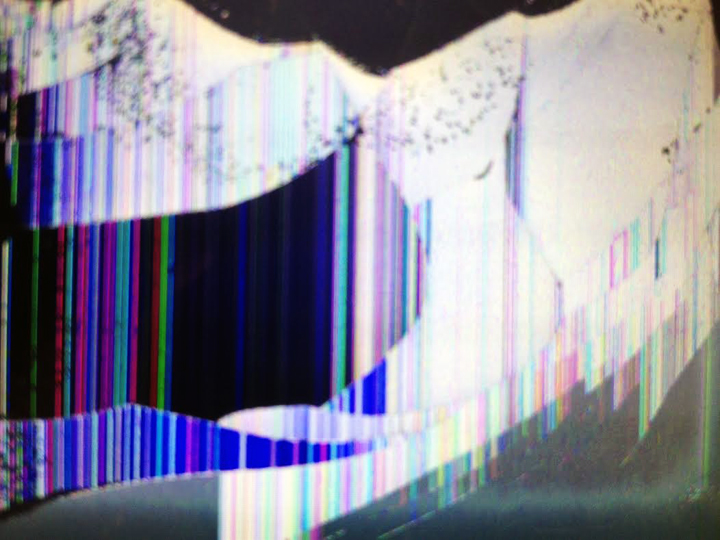

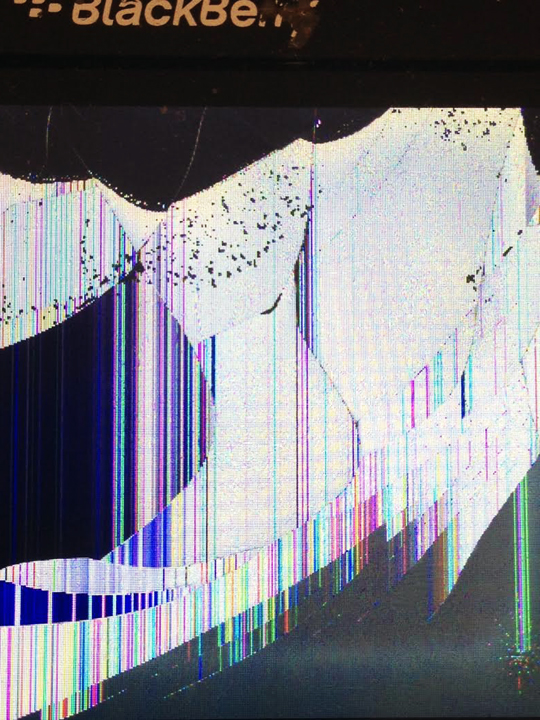
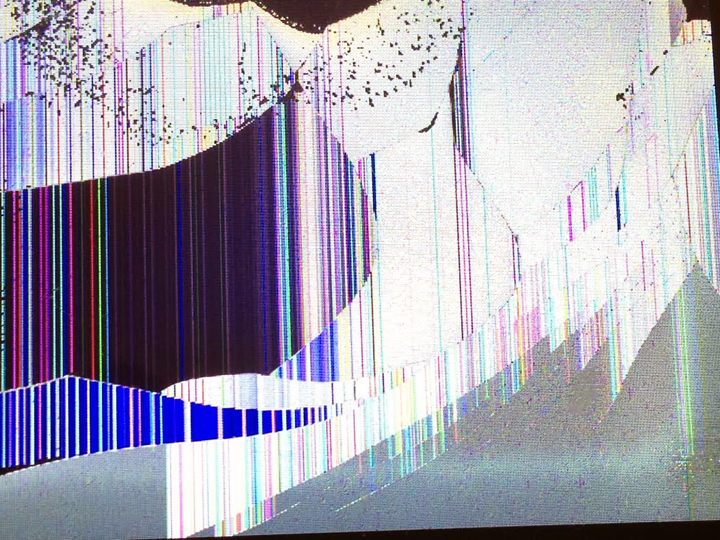
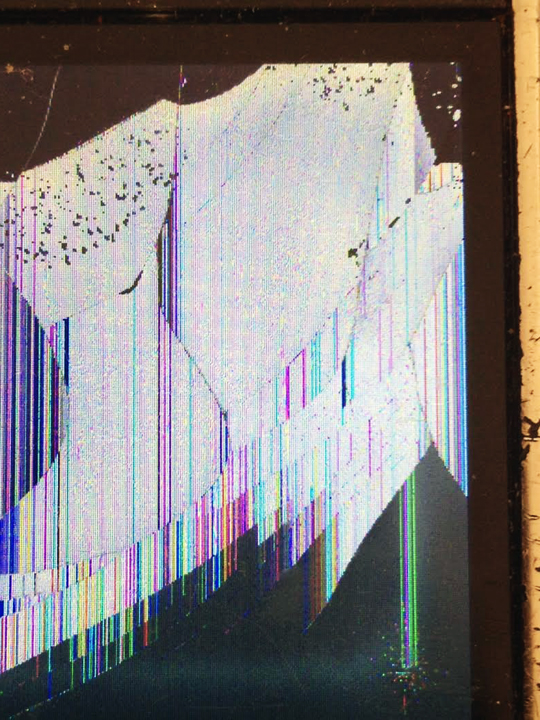
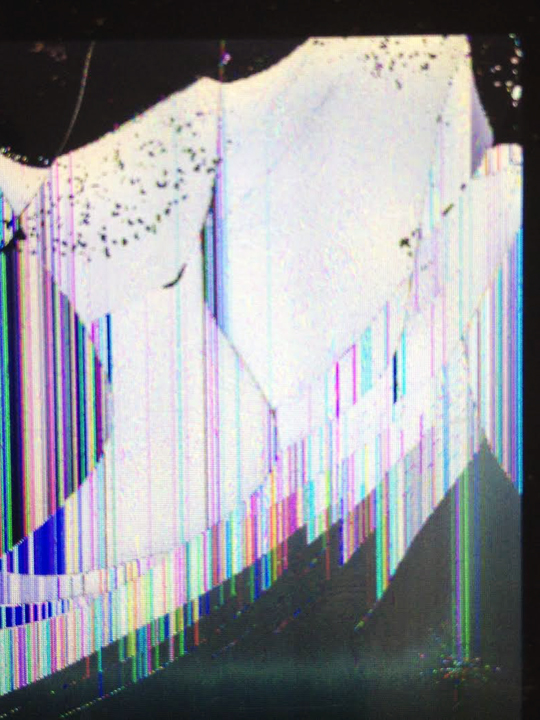
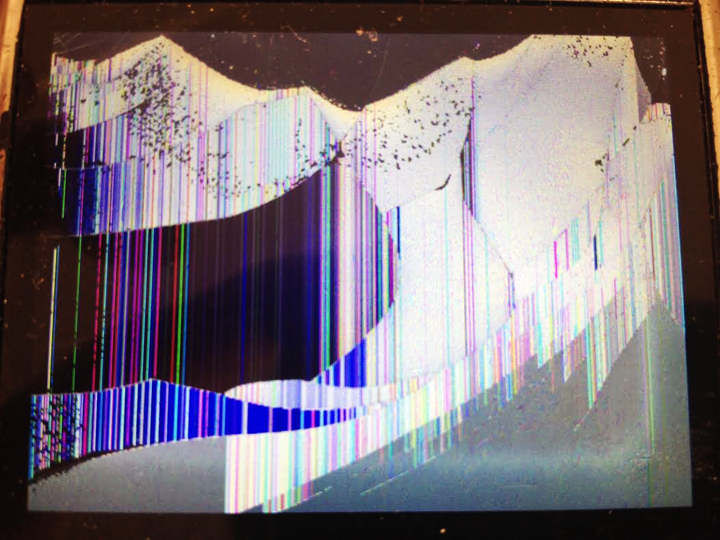






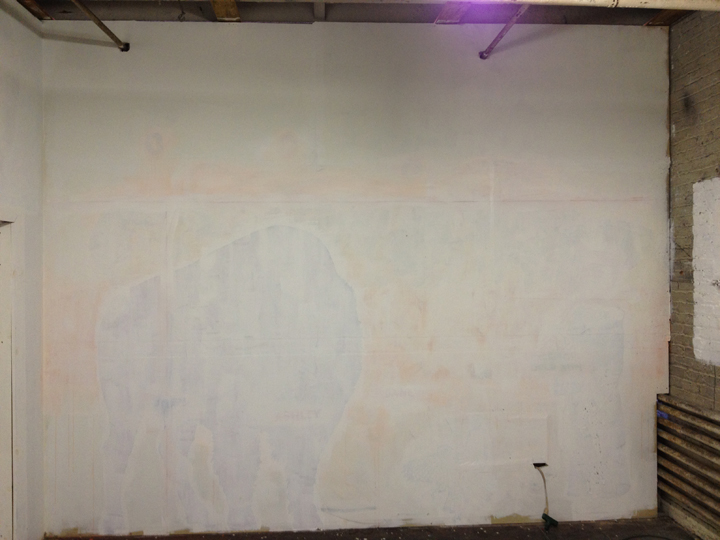

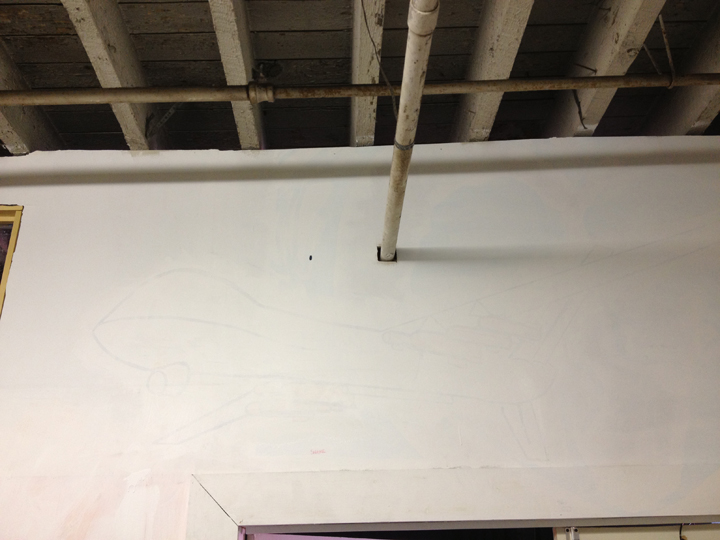
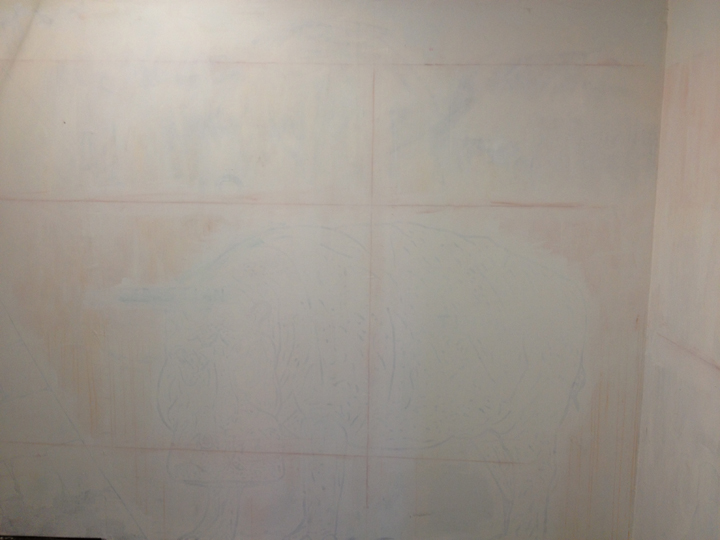
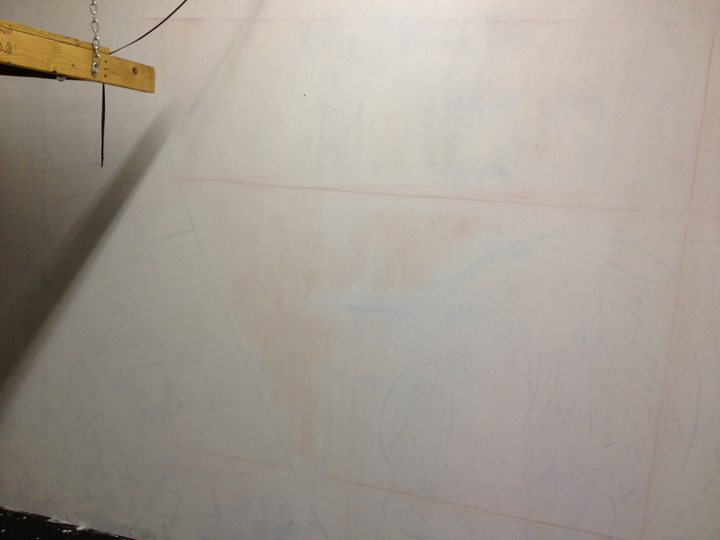
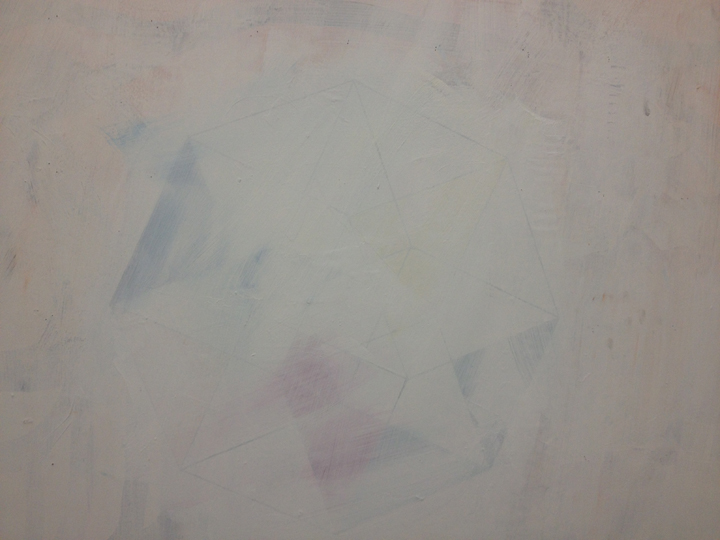

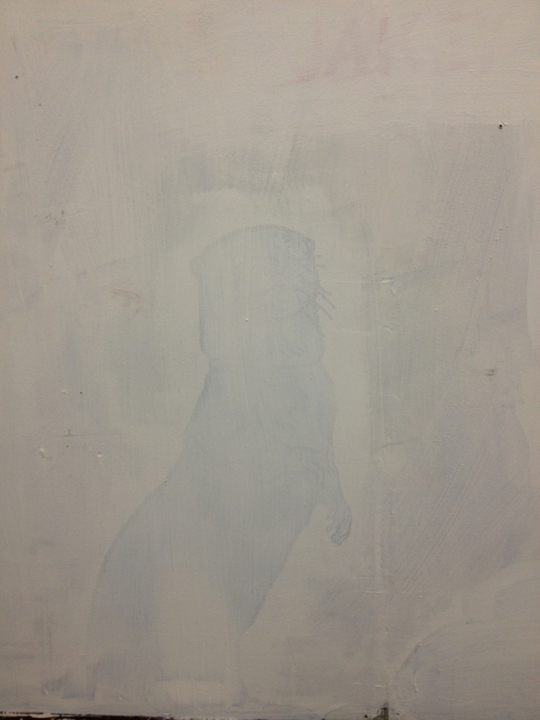
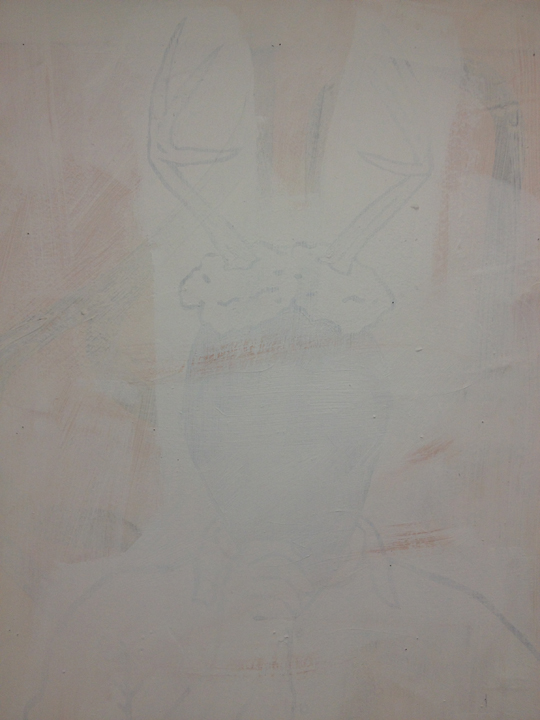
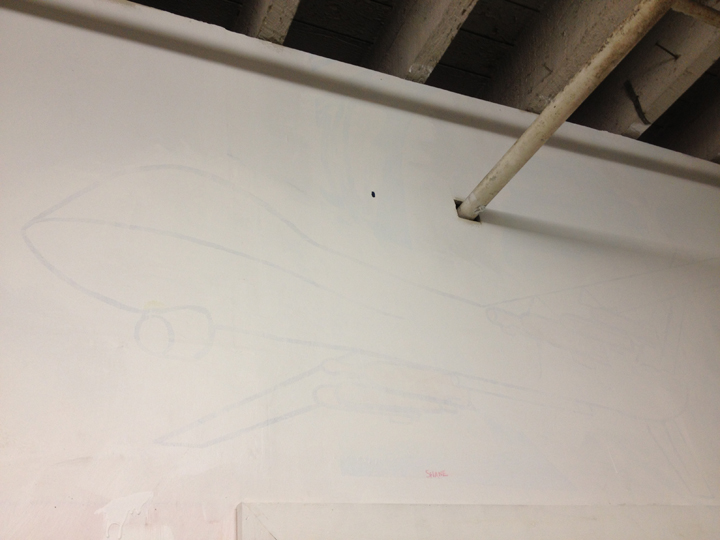
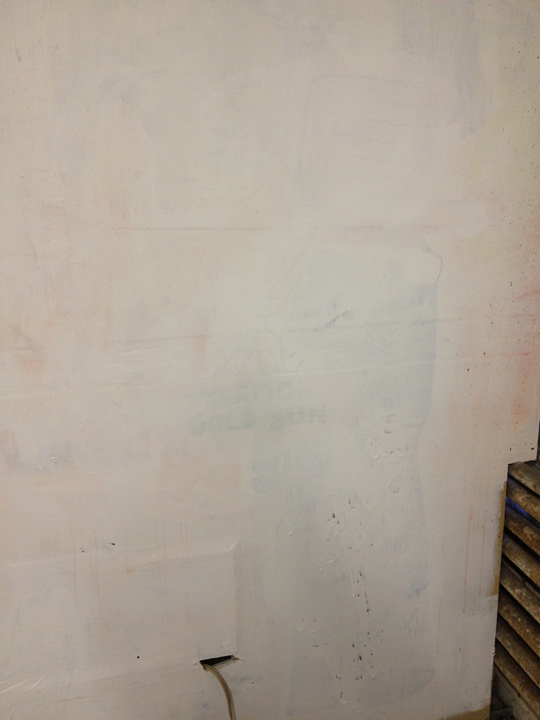
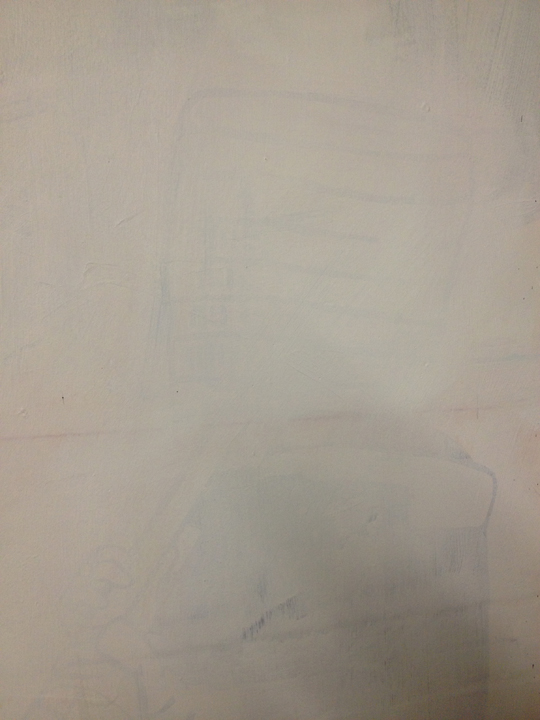

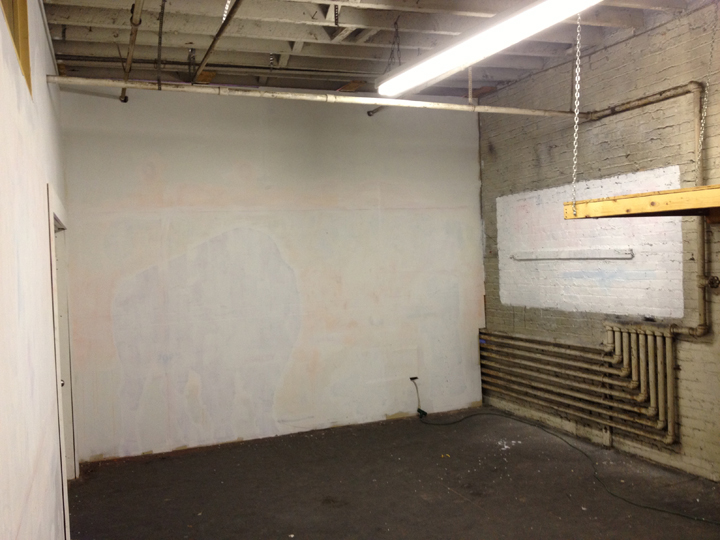
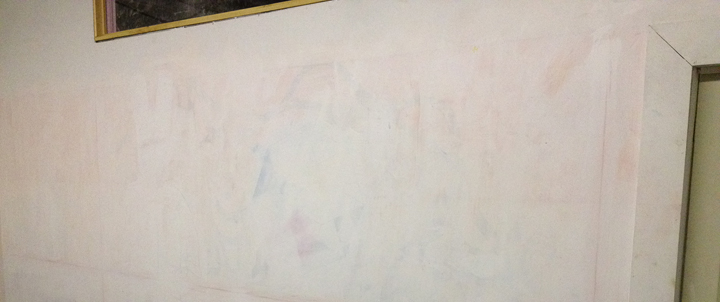

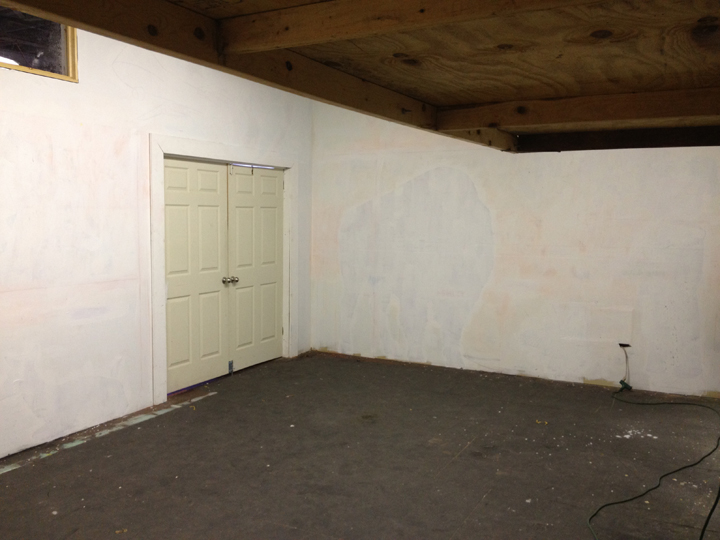
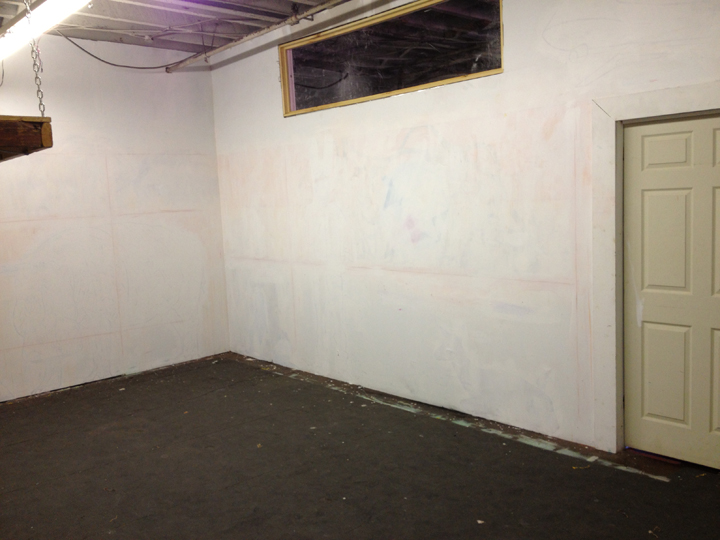
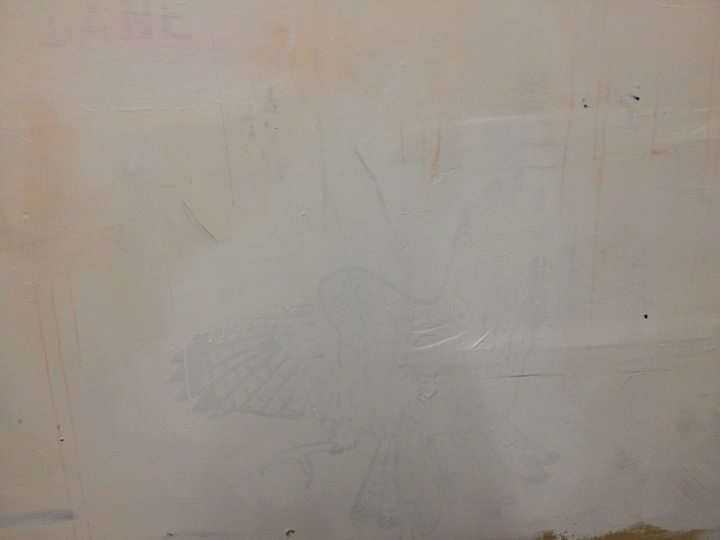

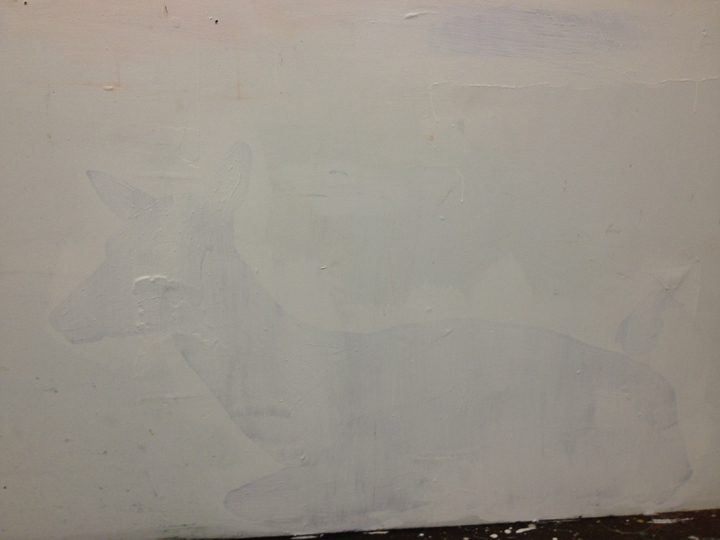
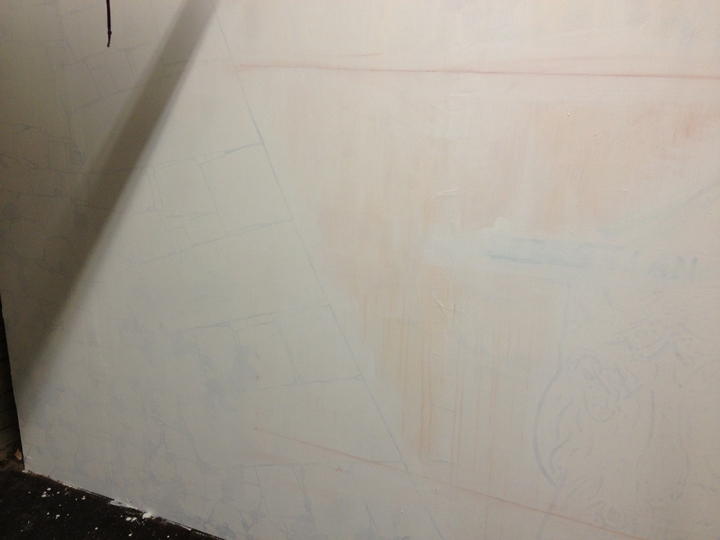
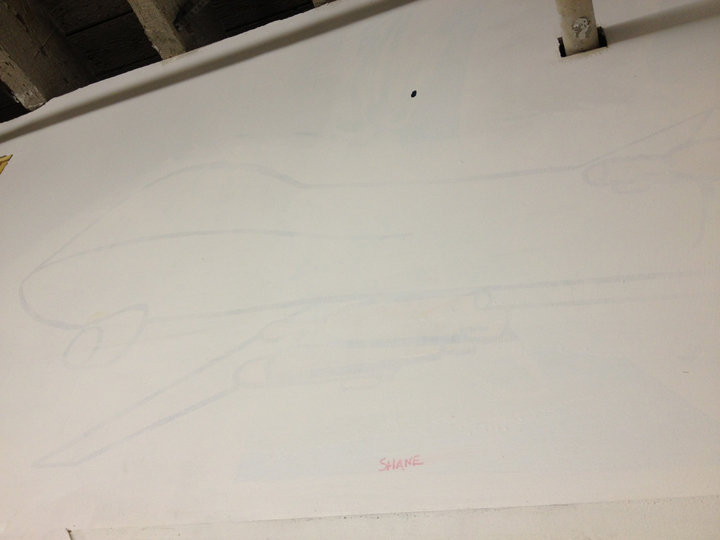
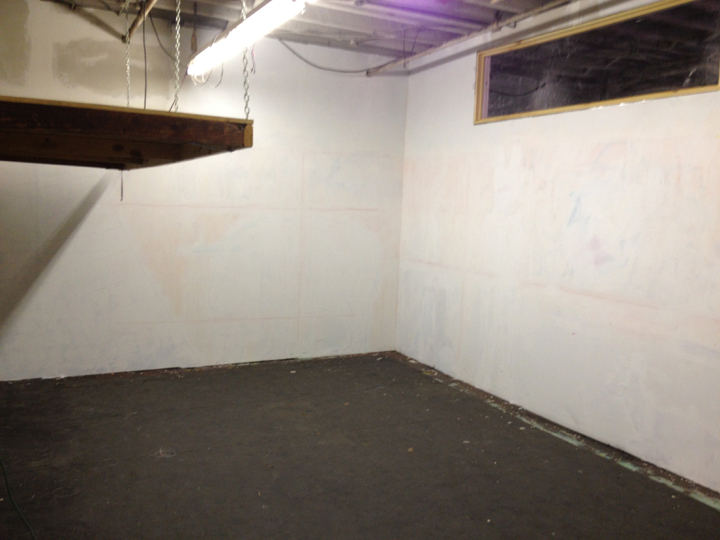

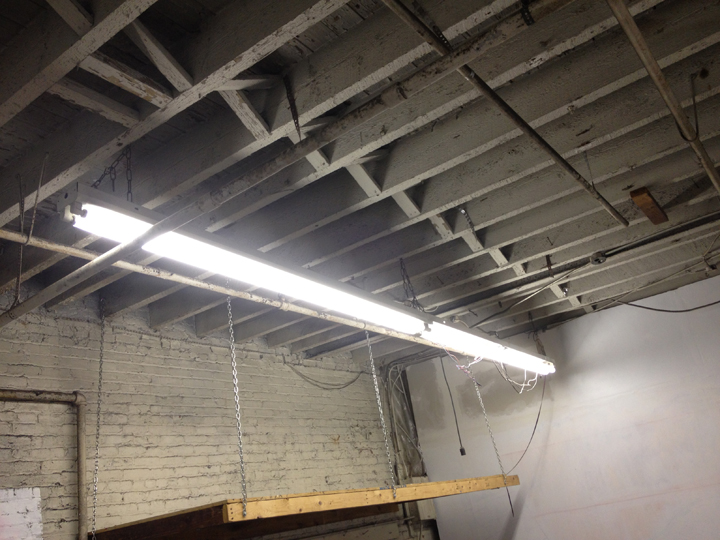
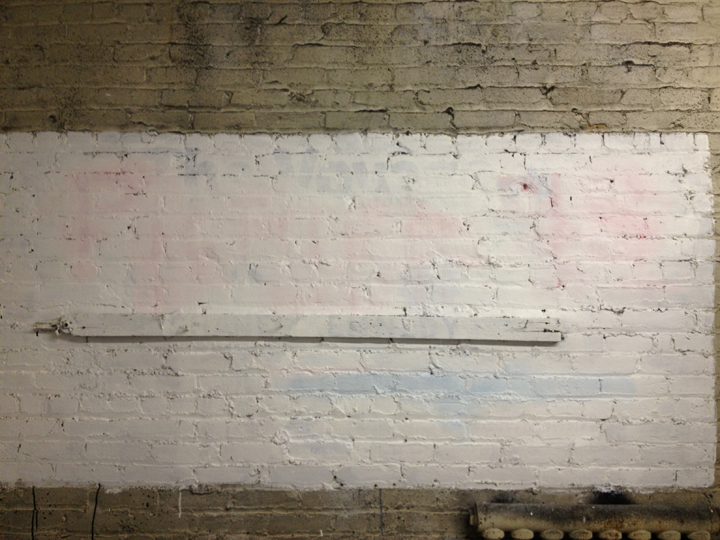
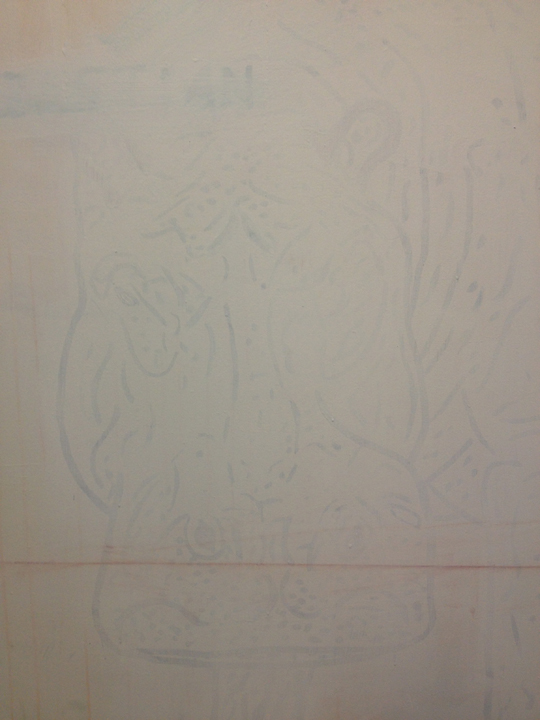
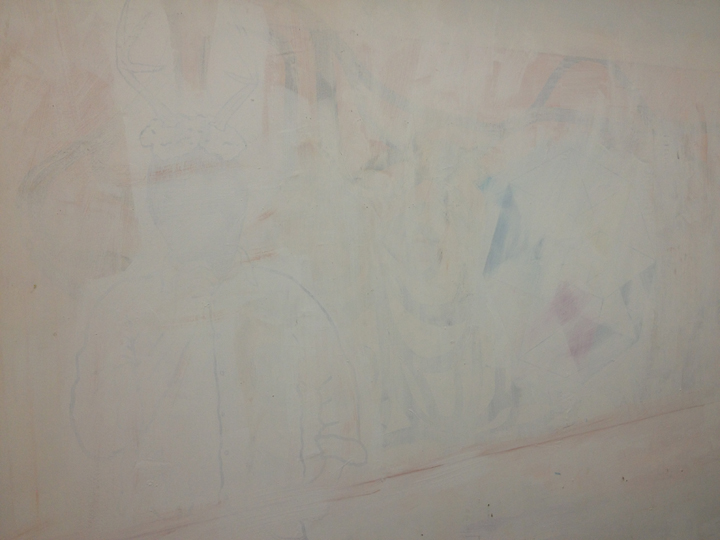
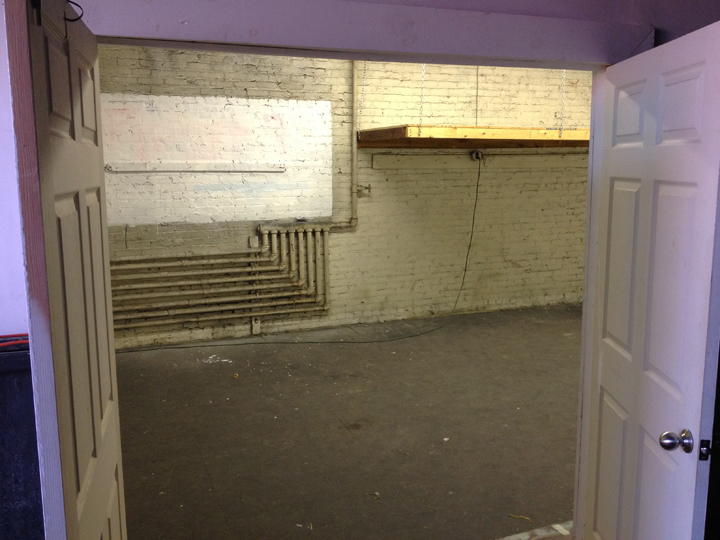
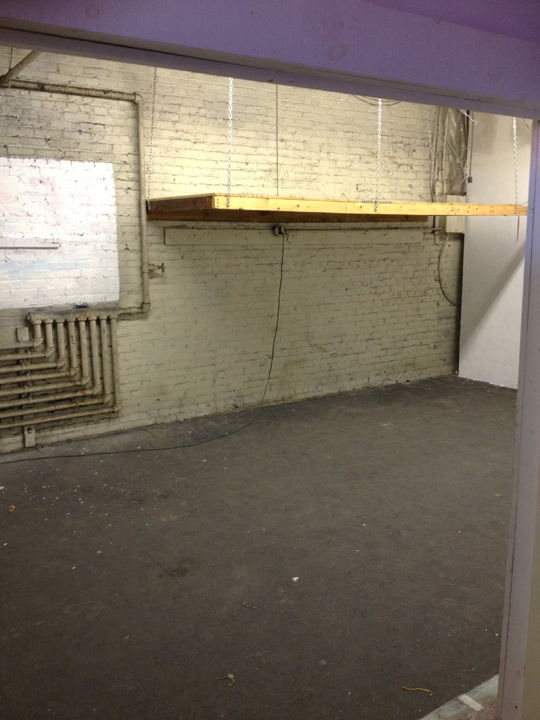
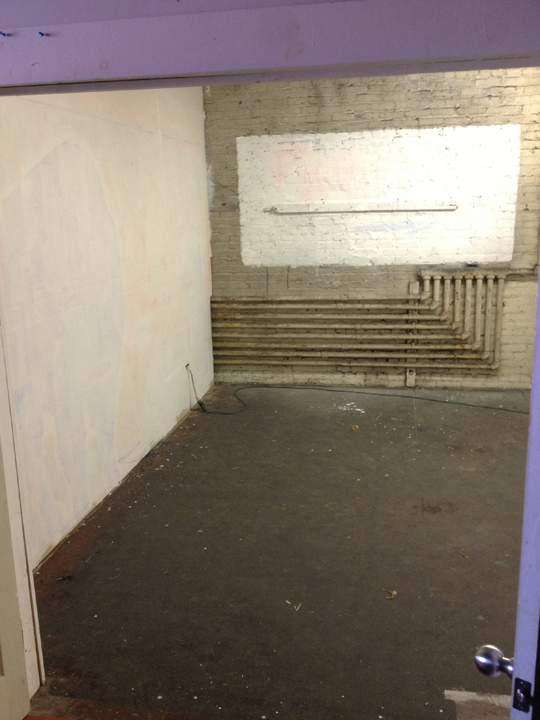









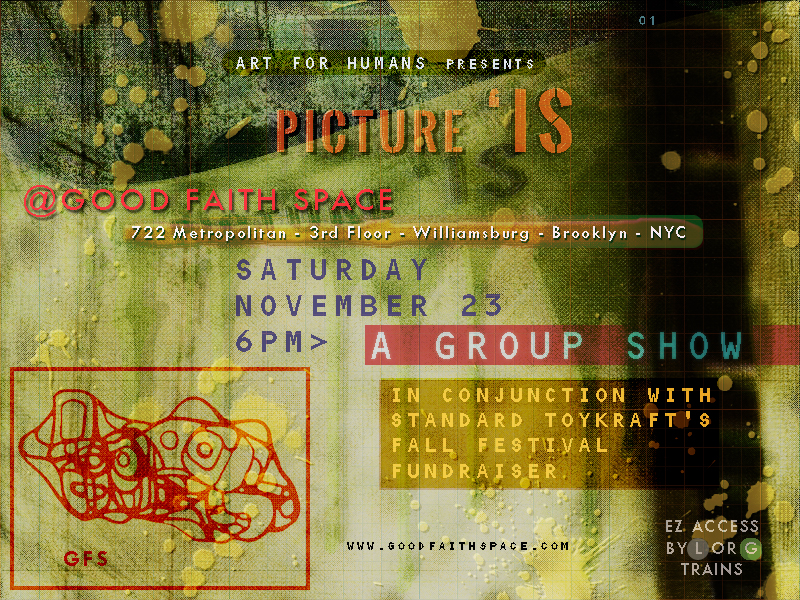
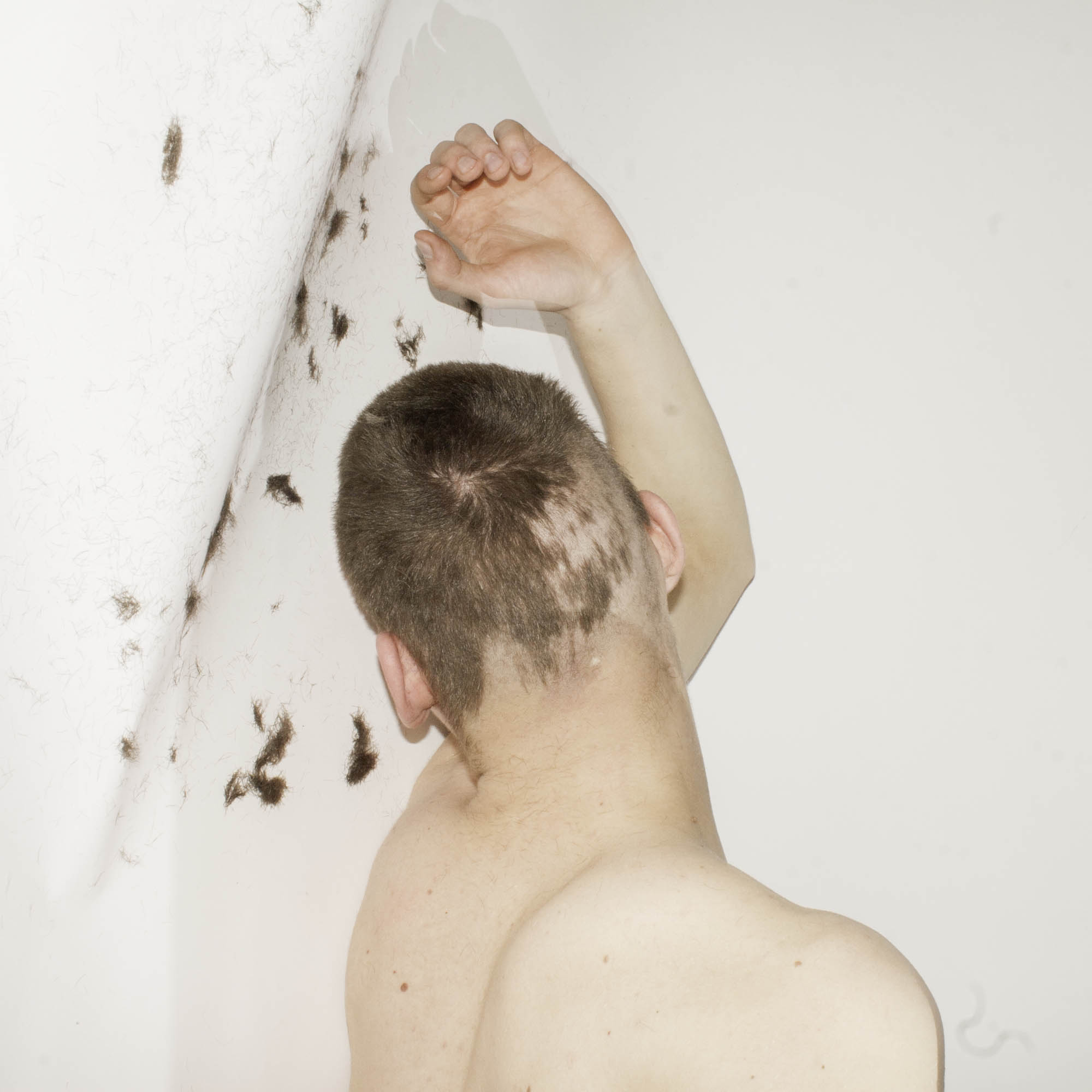
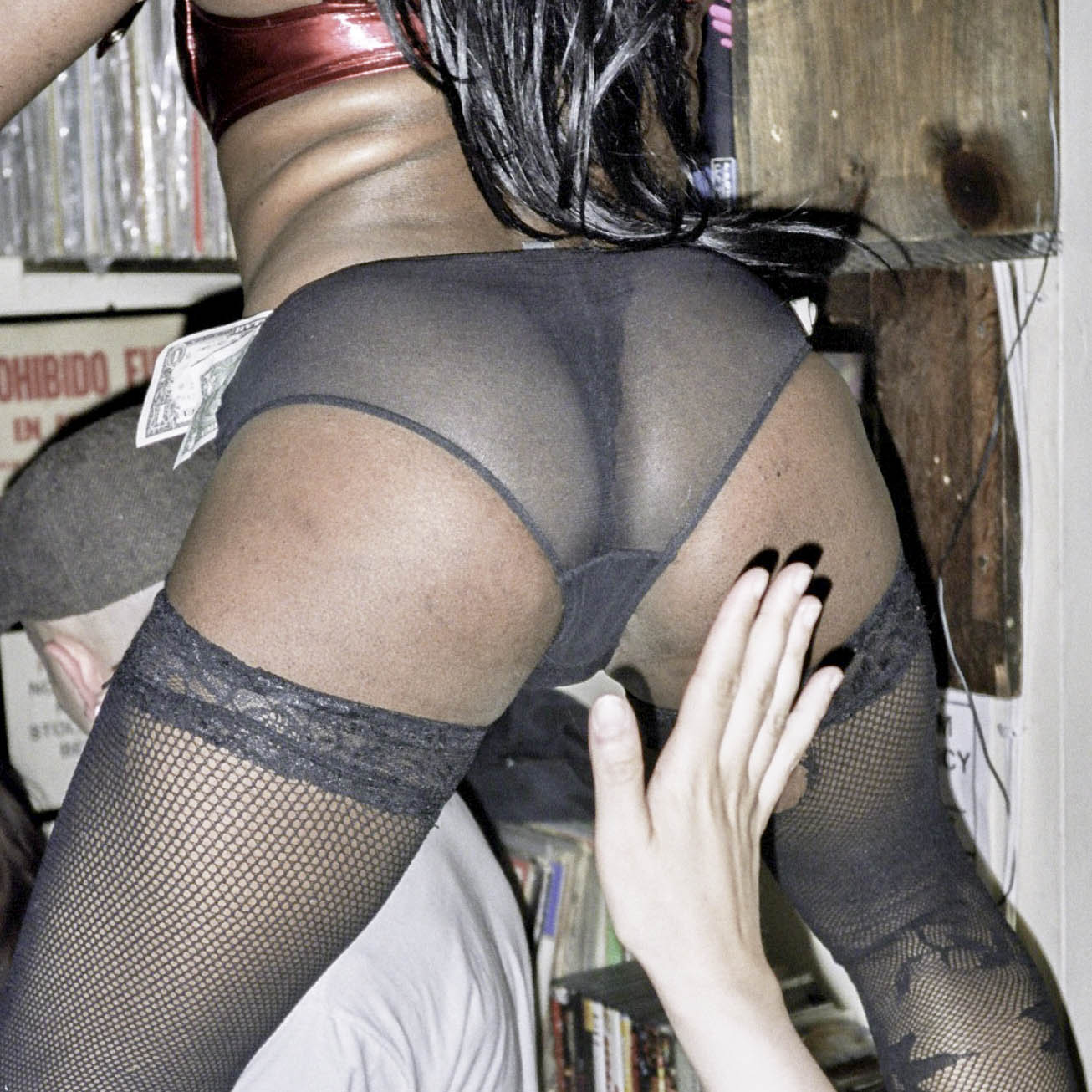
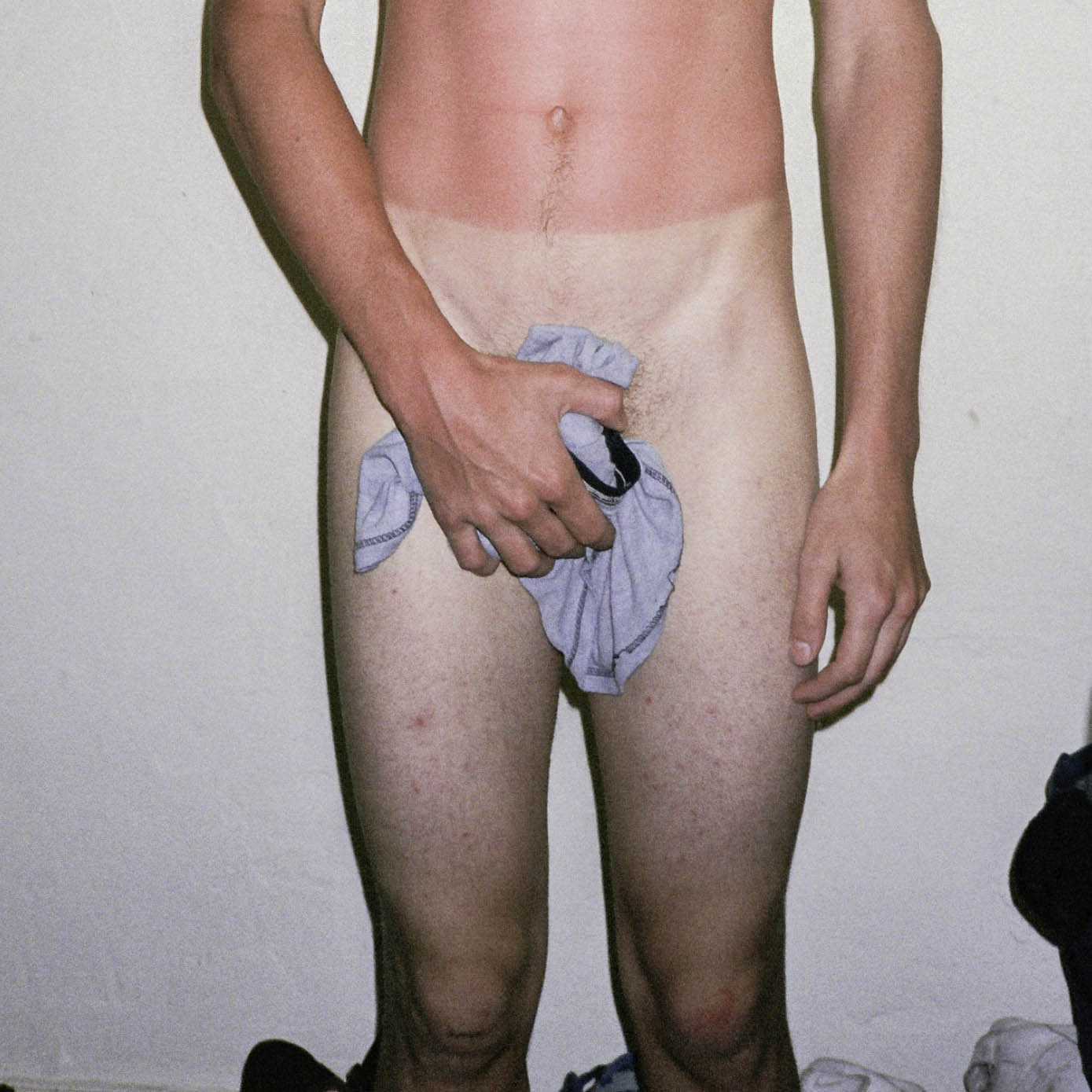

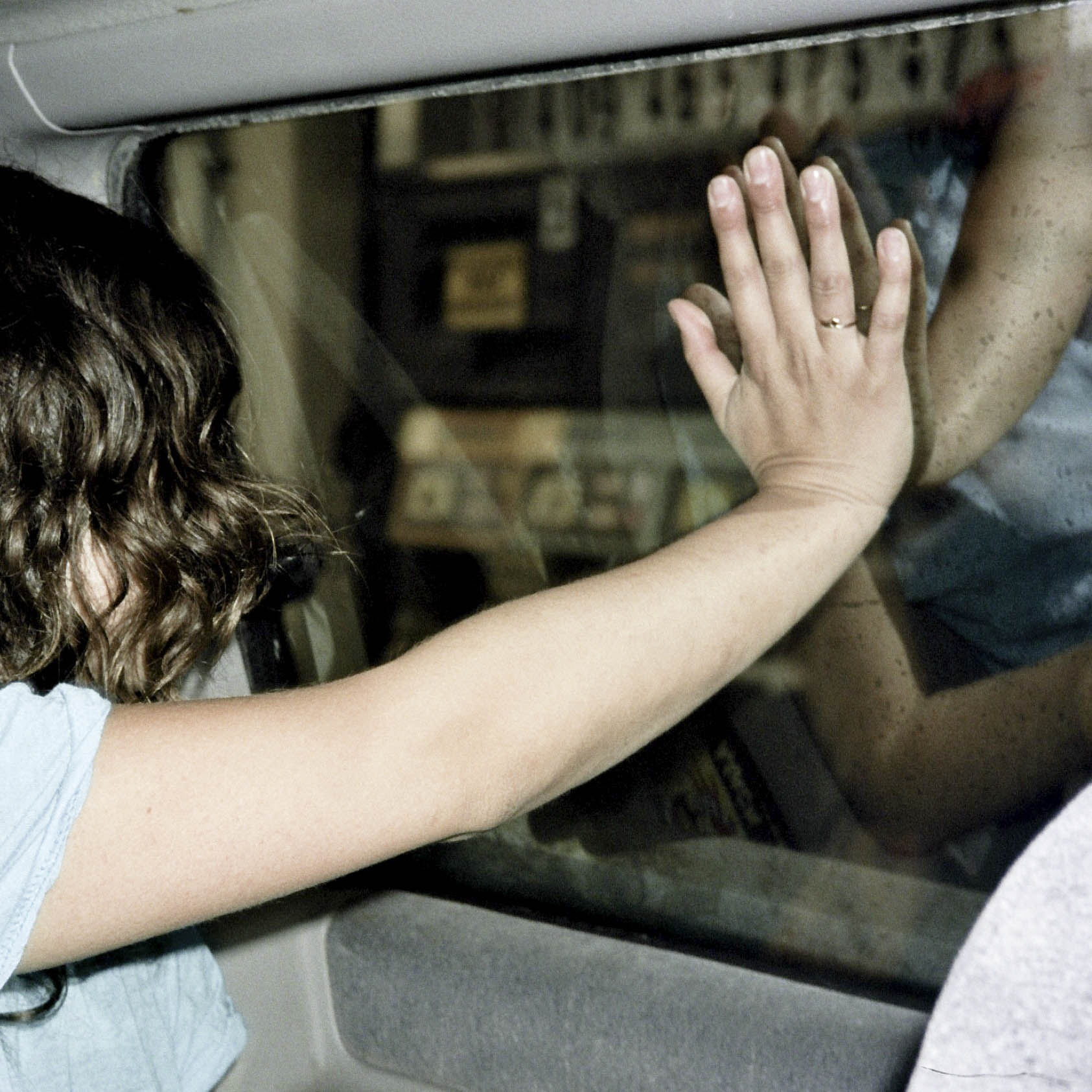

!["Something about Encryption..." [iPano by SK]](https://images.squarespace-cdn.com/content/v1/501abbd4c4aaab20160f16af/1383730657323-R26ECF2CLKX55WHOY7NZ/photo.JPG)


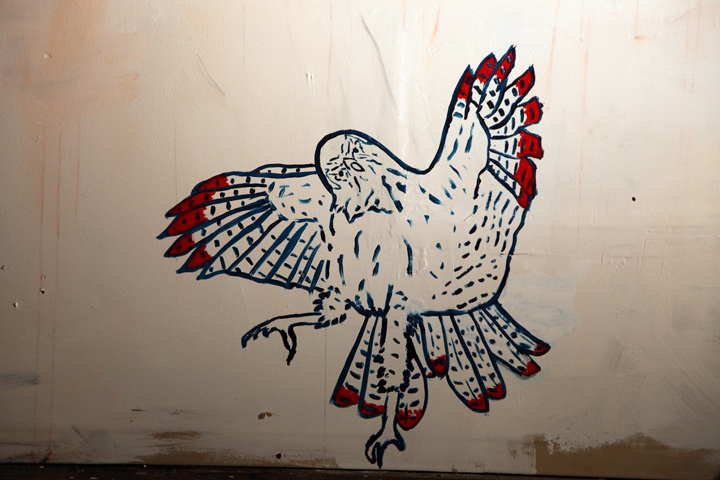


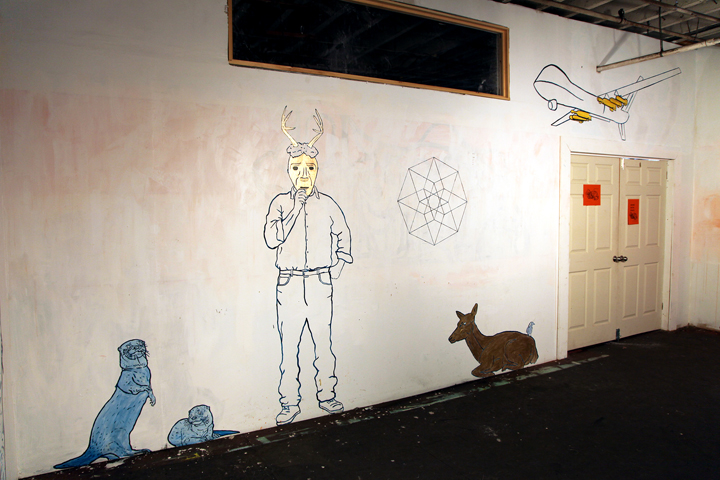
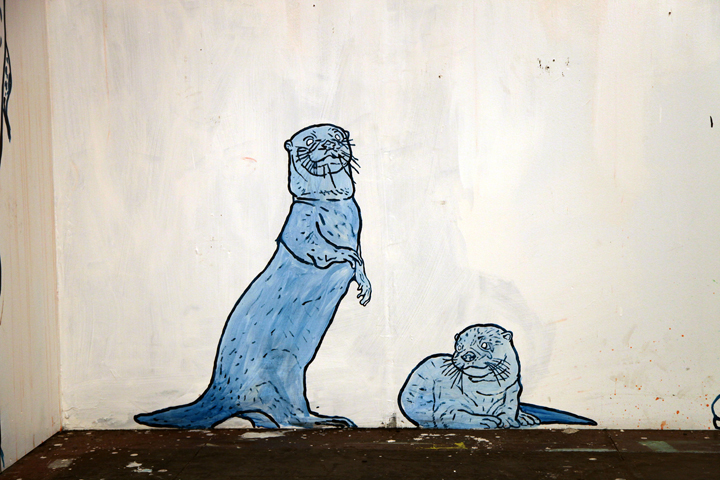
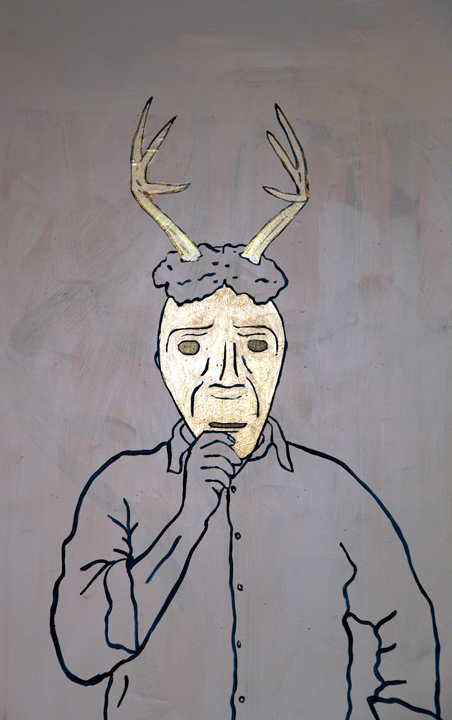

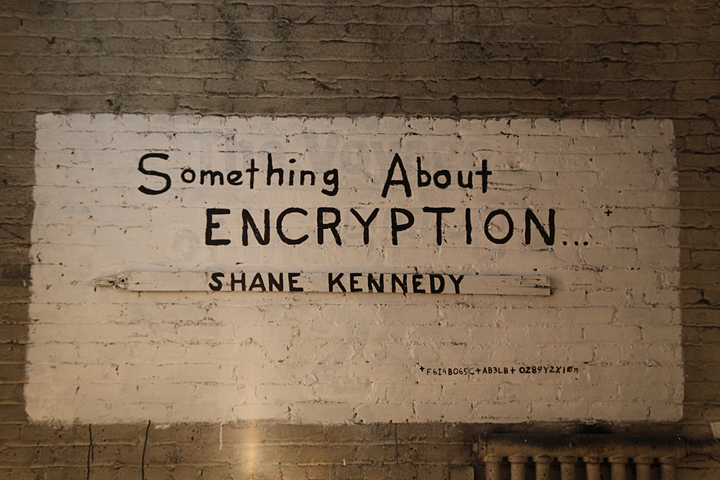
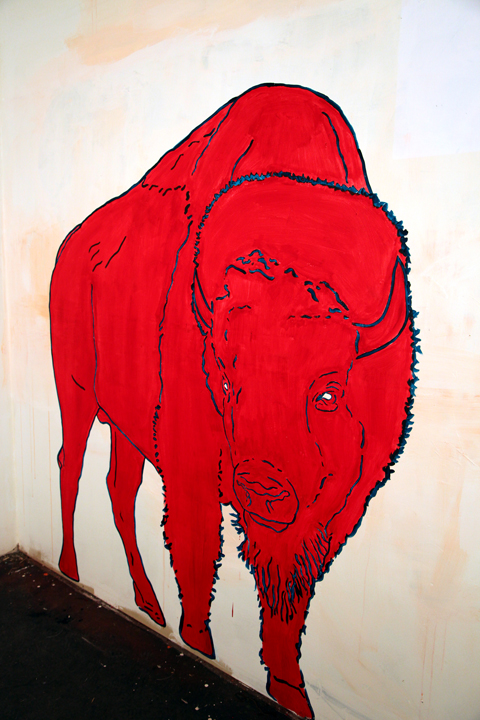
![The Maintenance Series [#1]](https://images.squarespace-cdn.com/content/v1/501abbd4c4aaab20160f16af/1383731239519-RKOAESJPOLS1UG7YRZSF/photo.JPG)